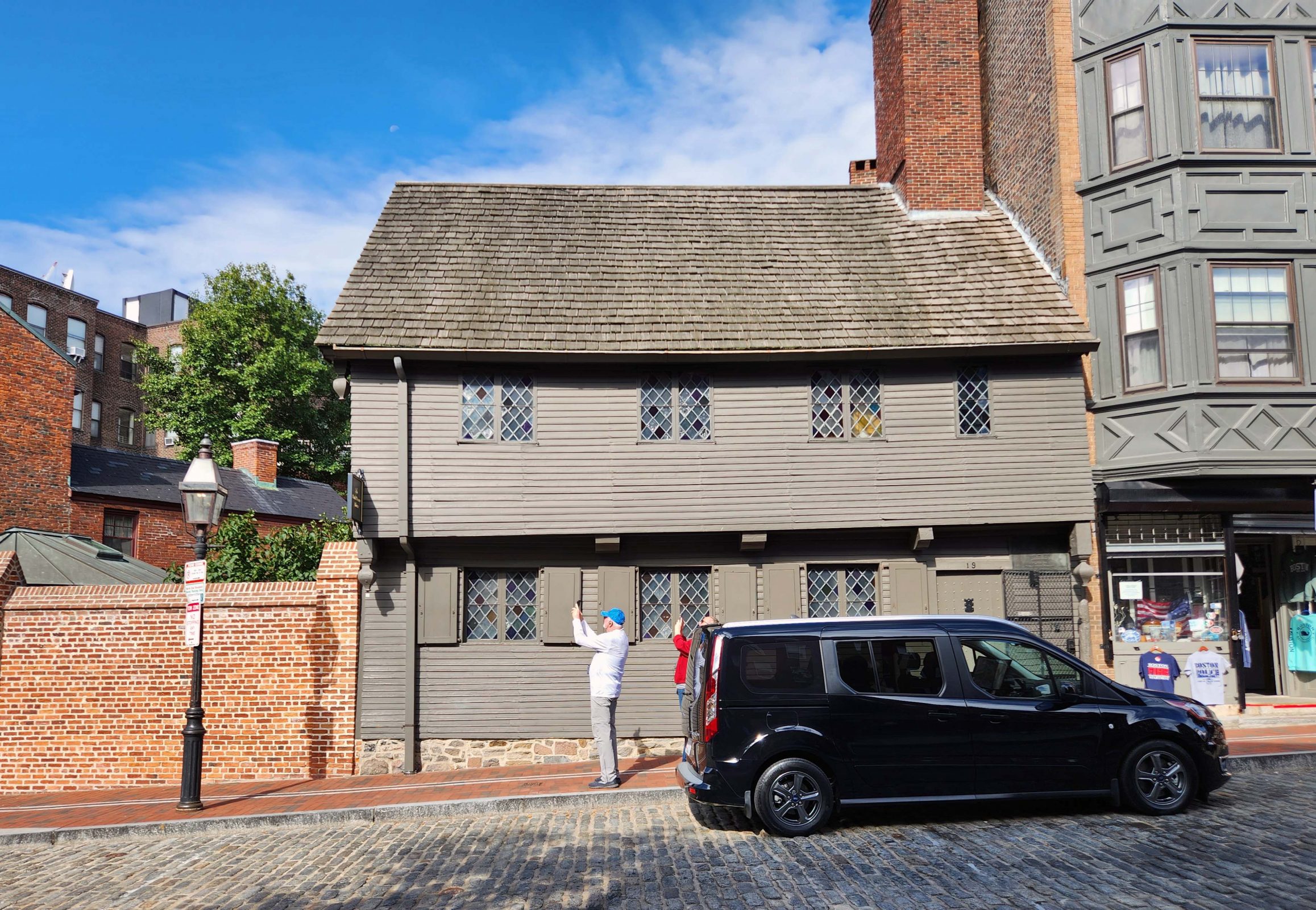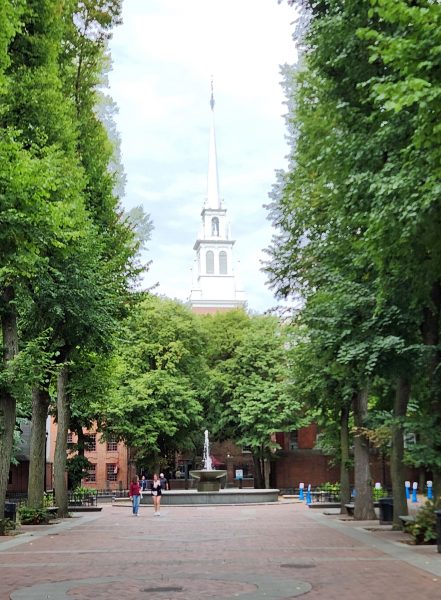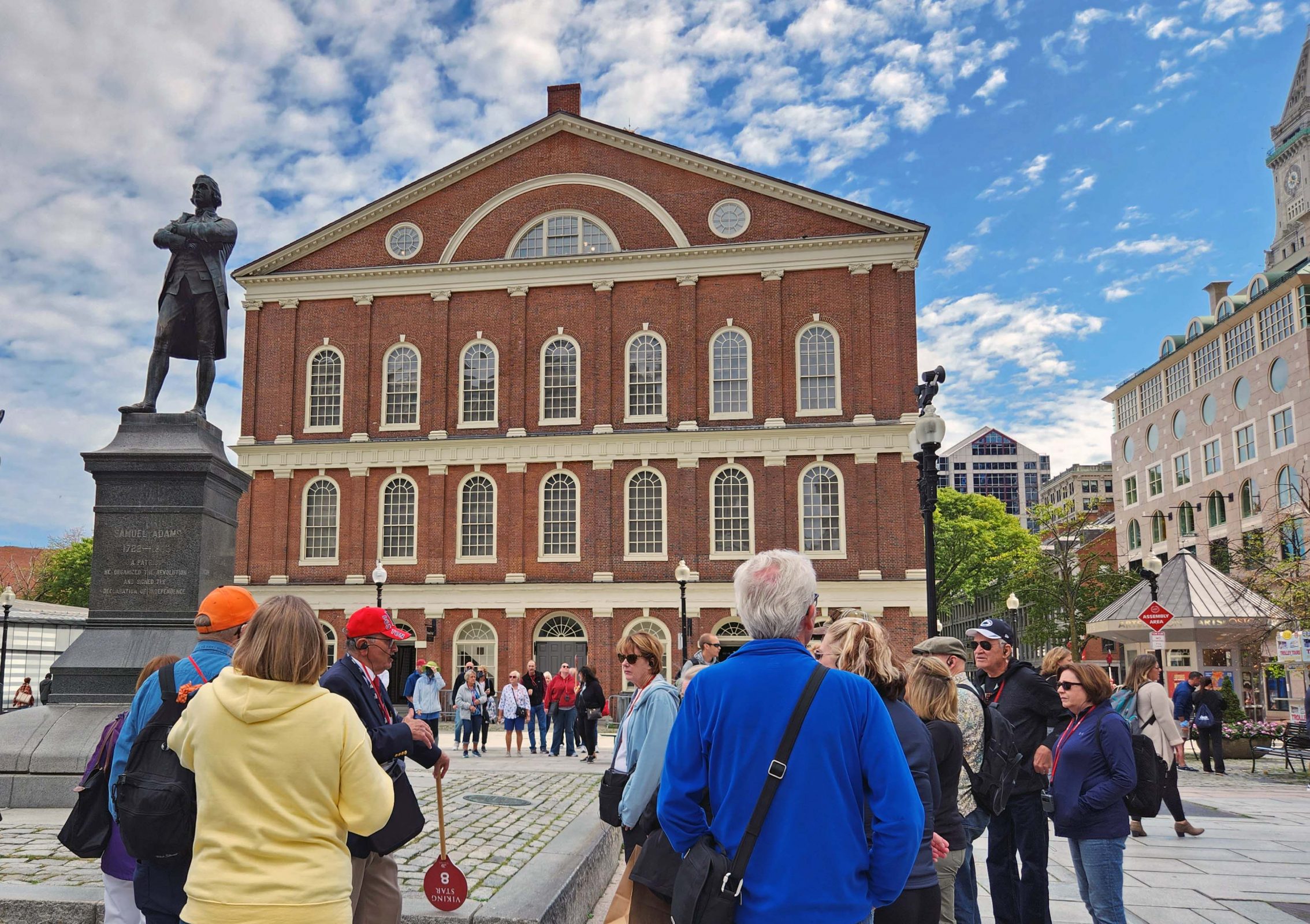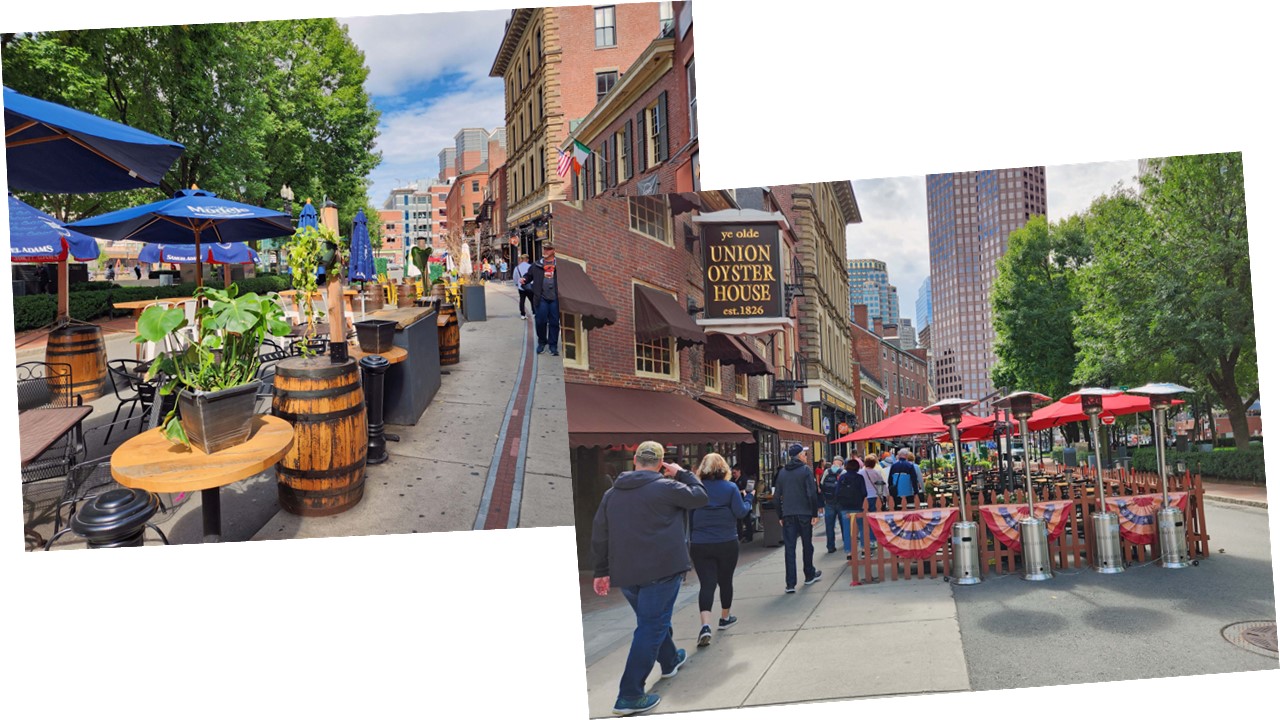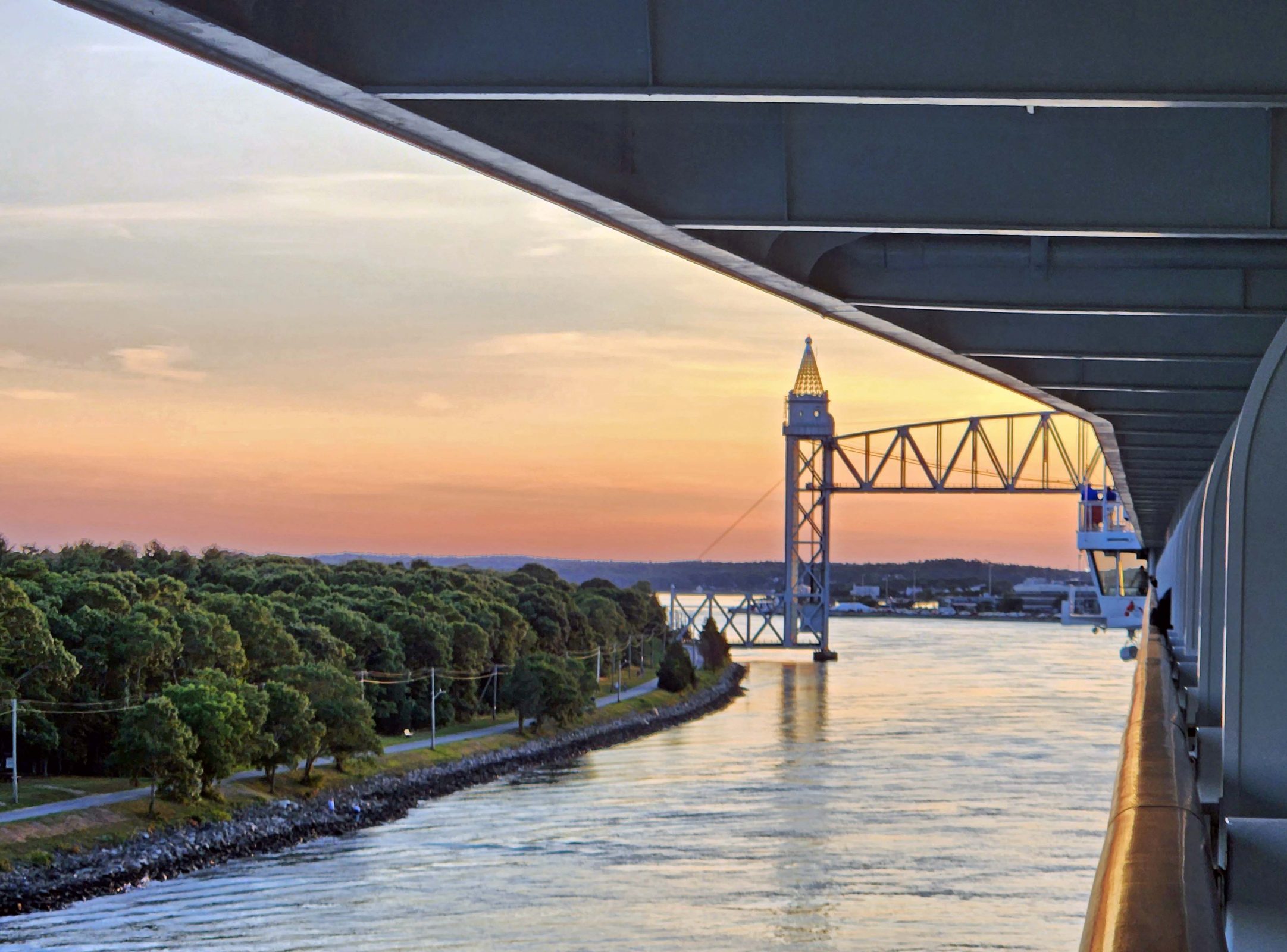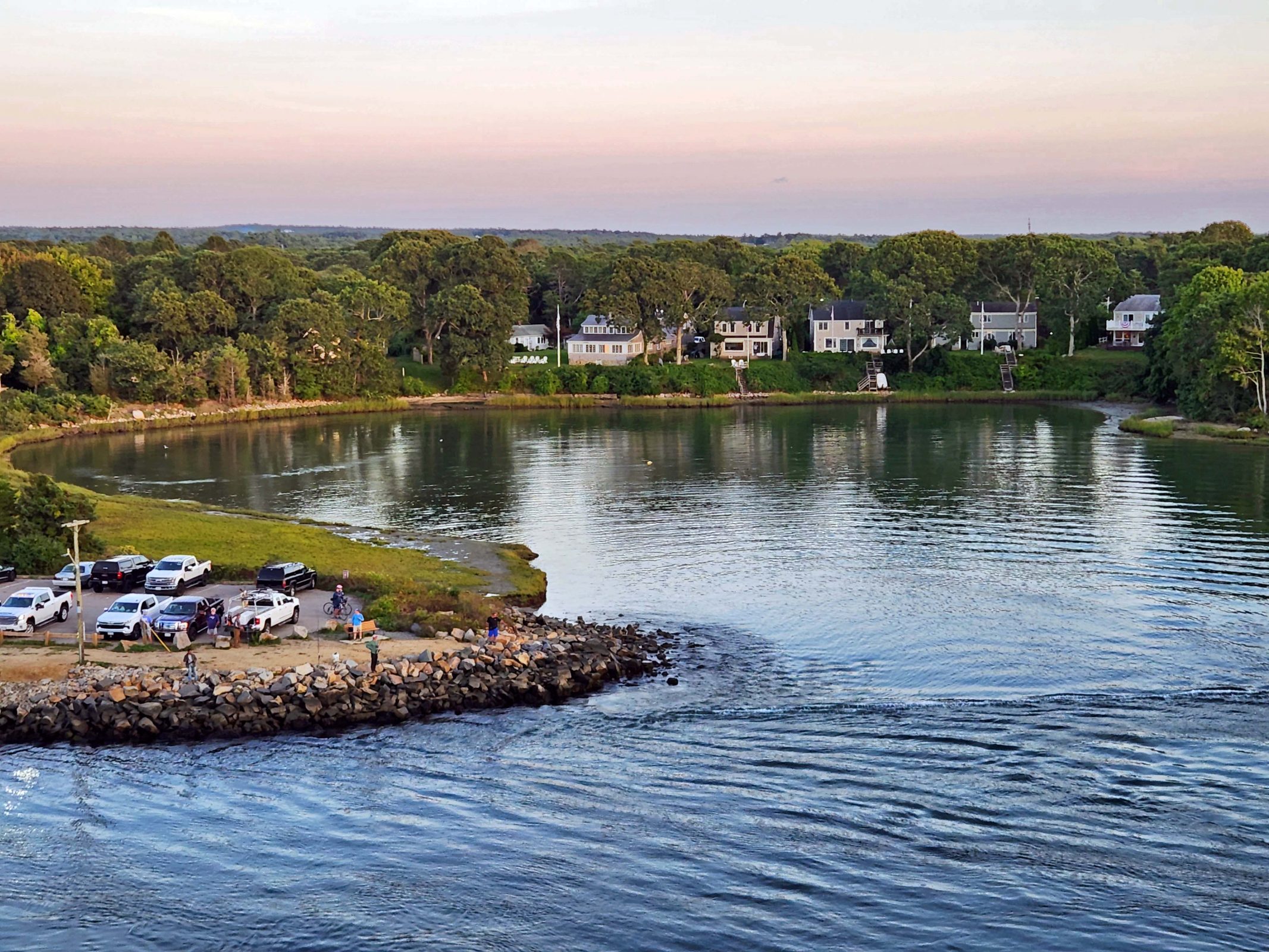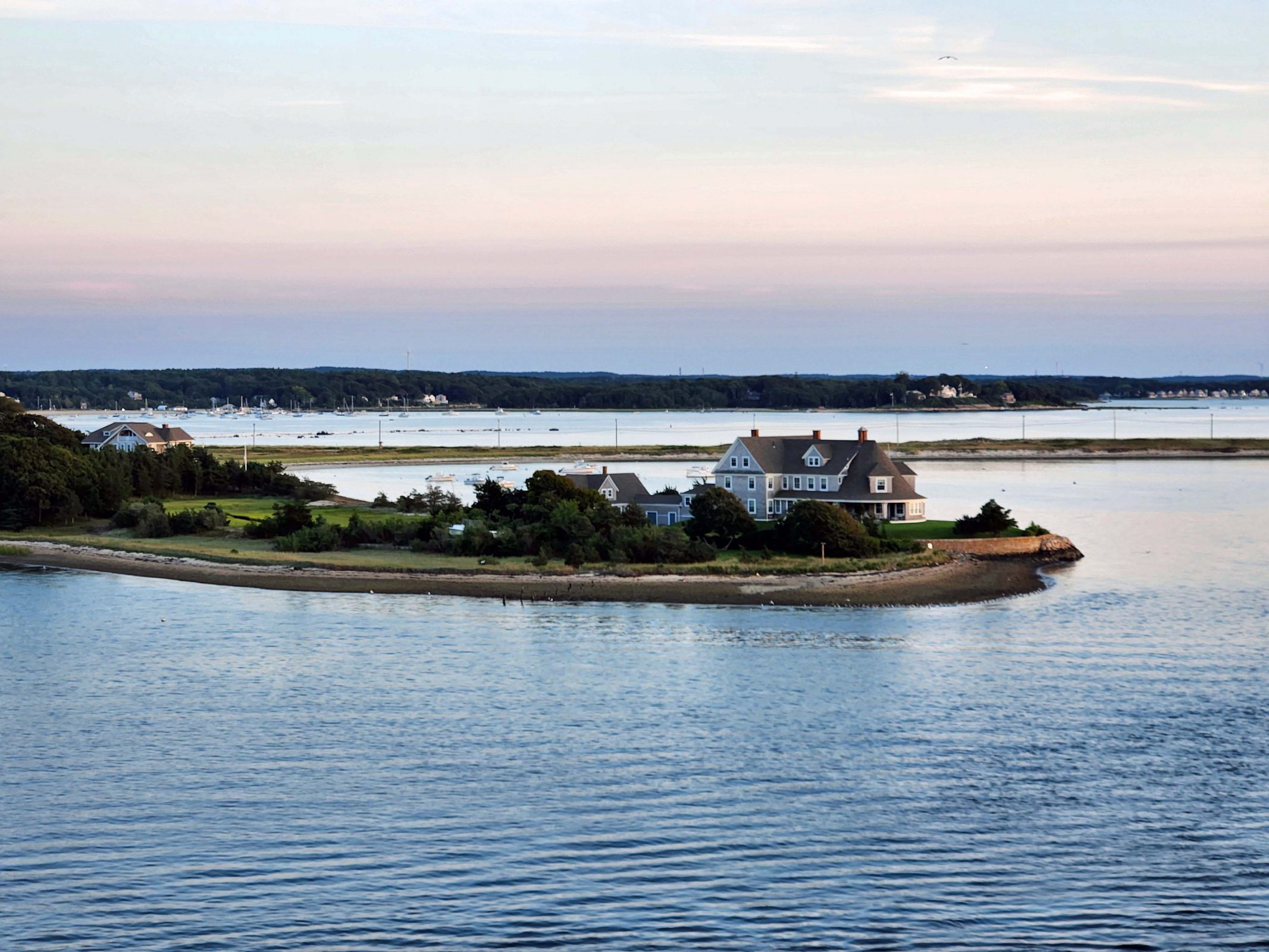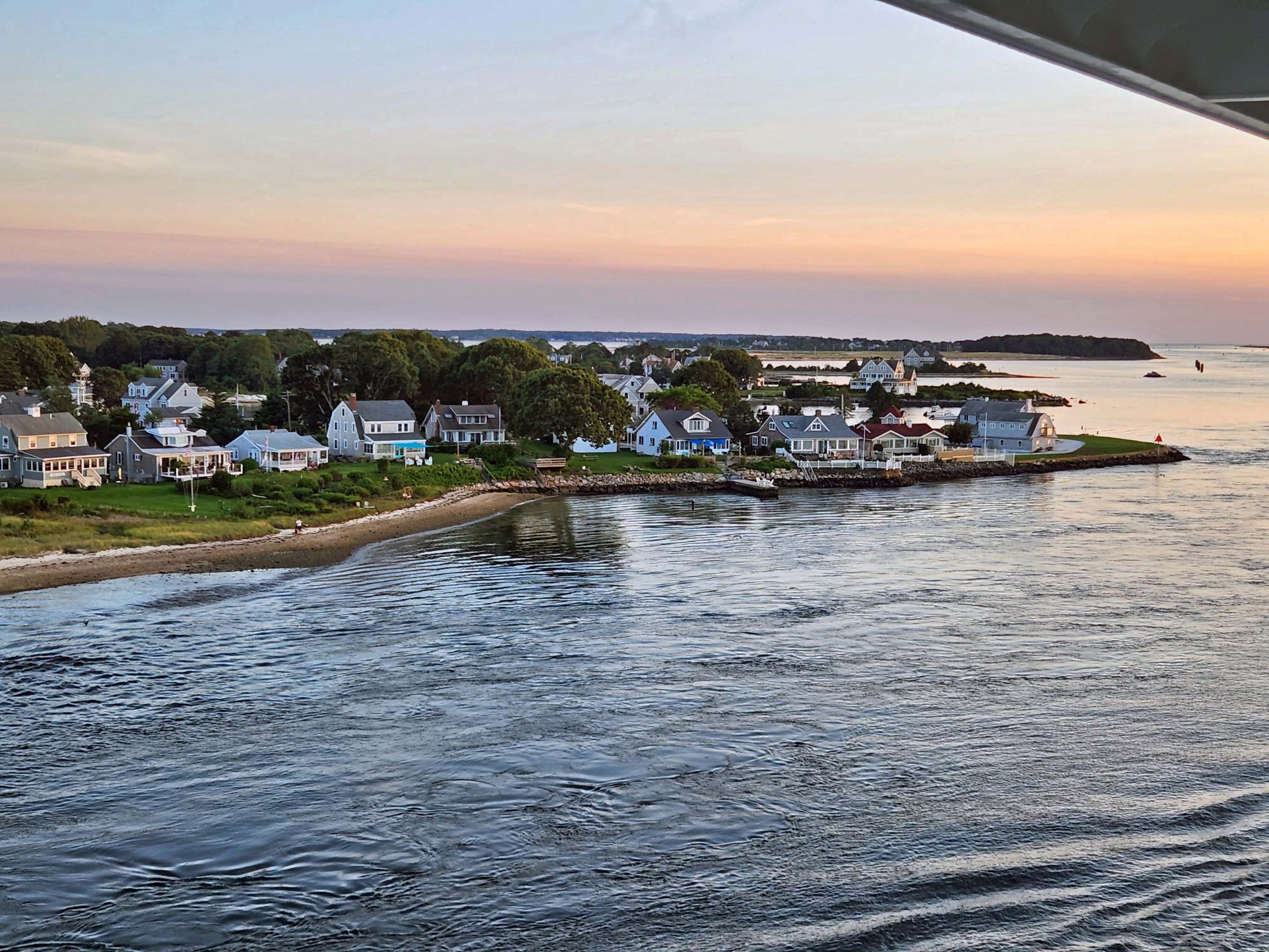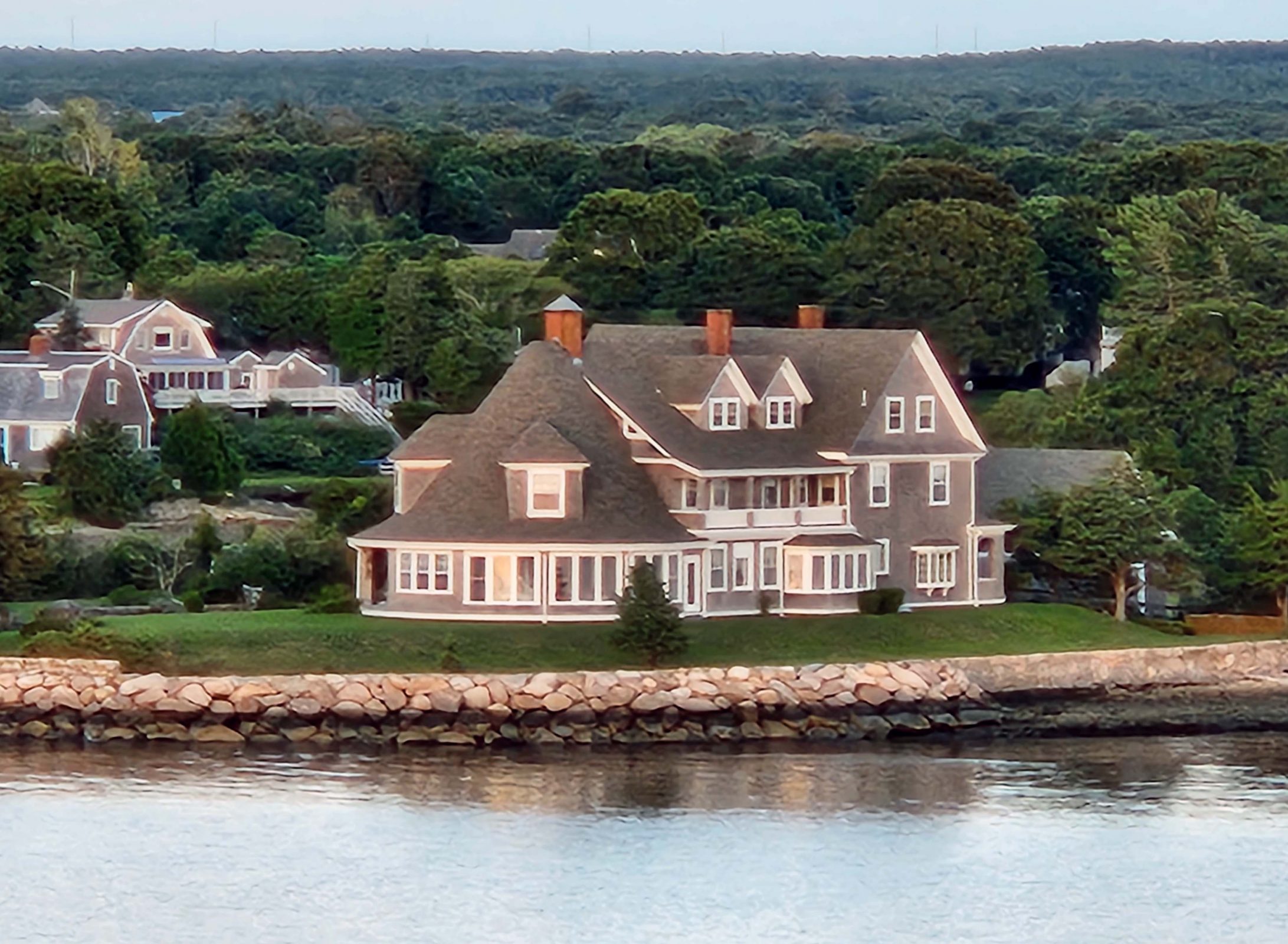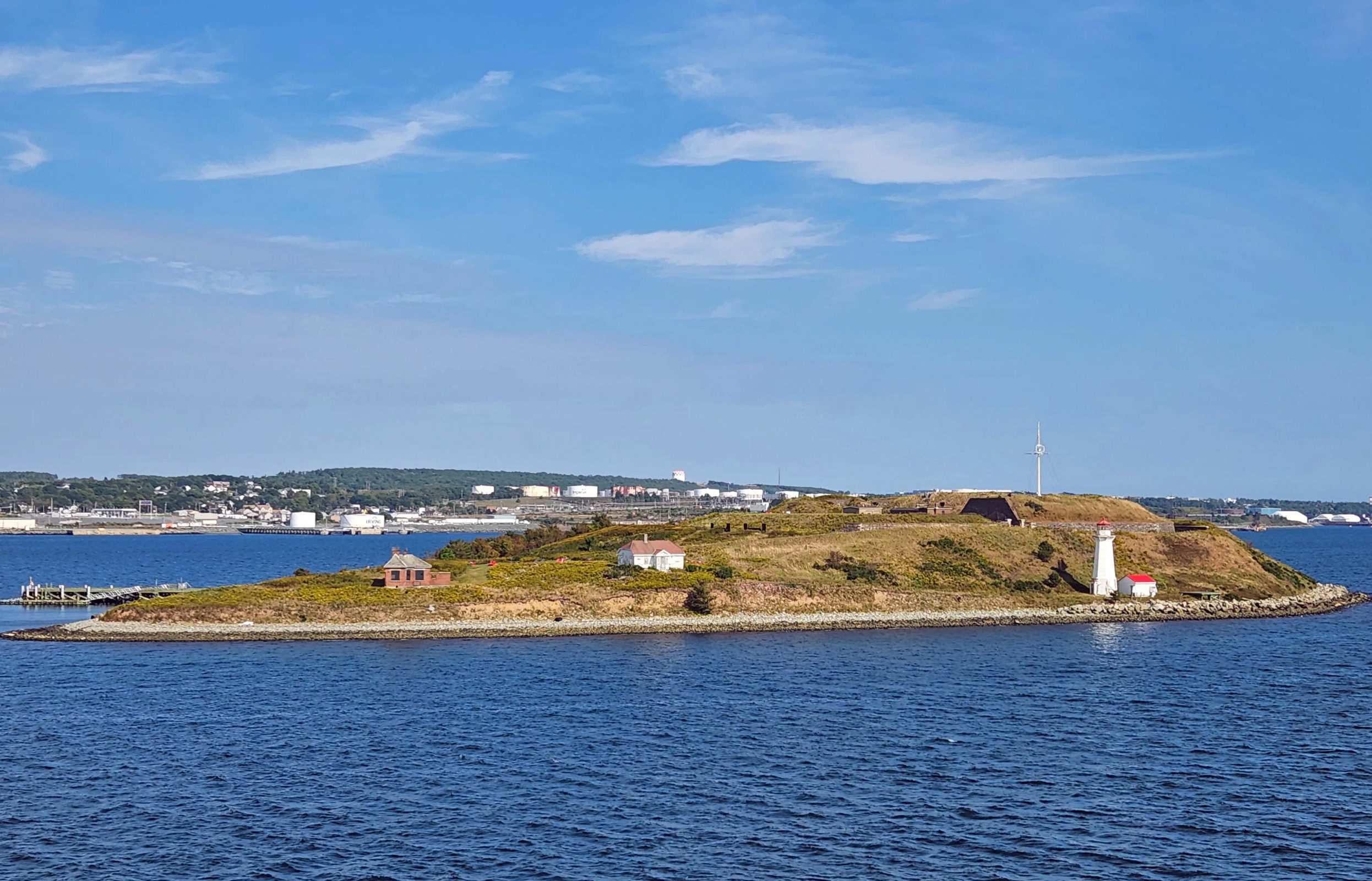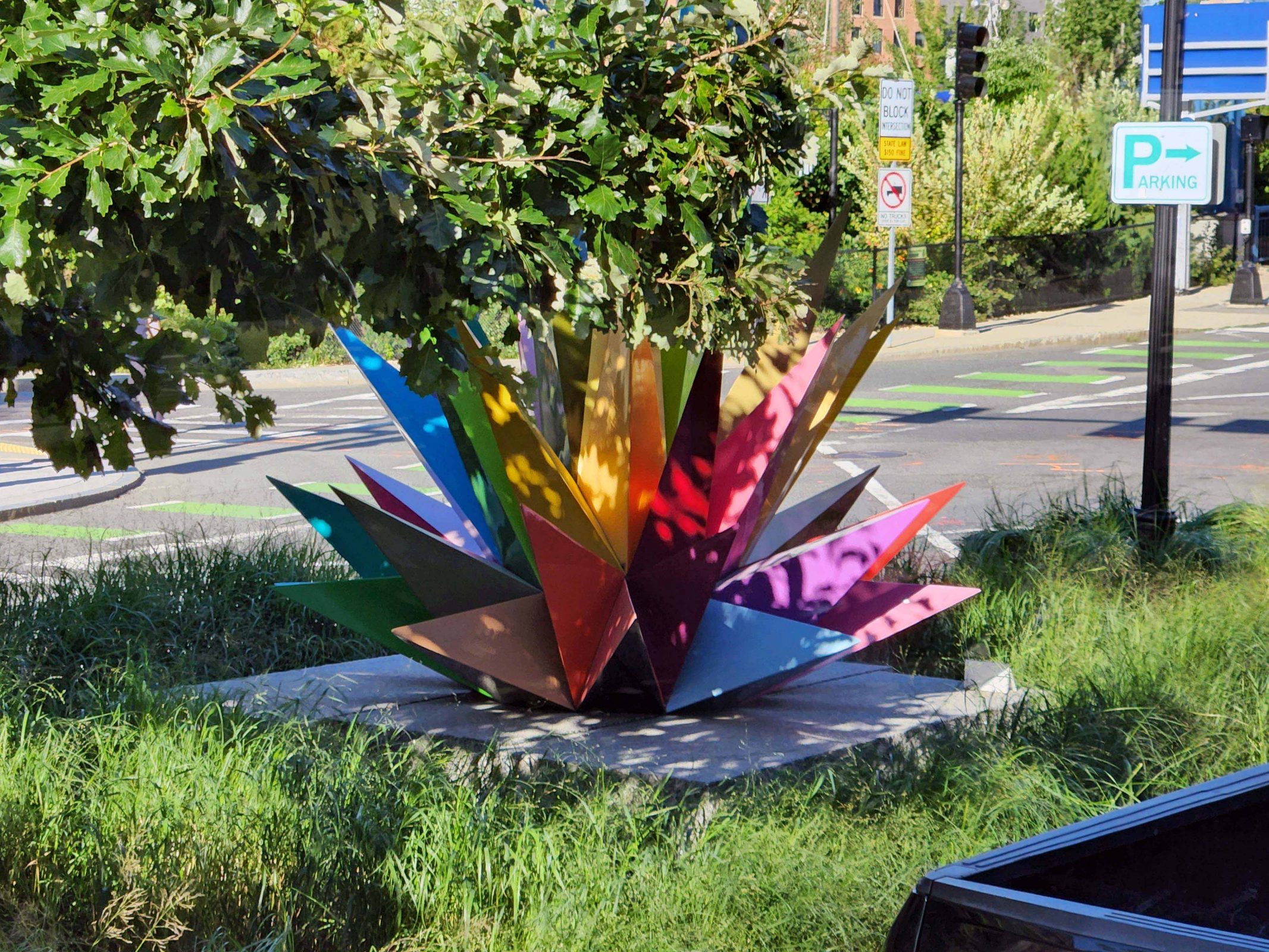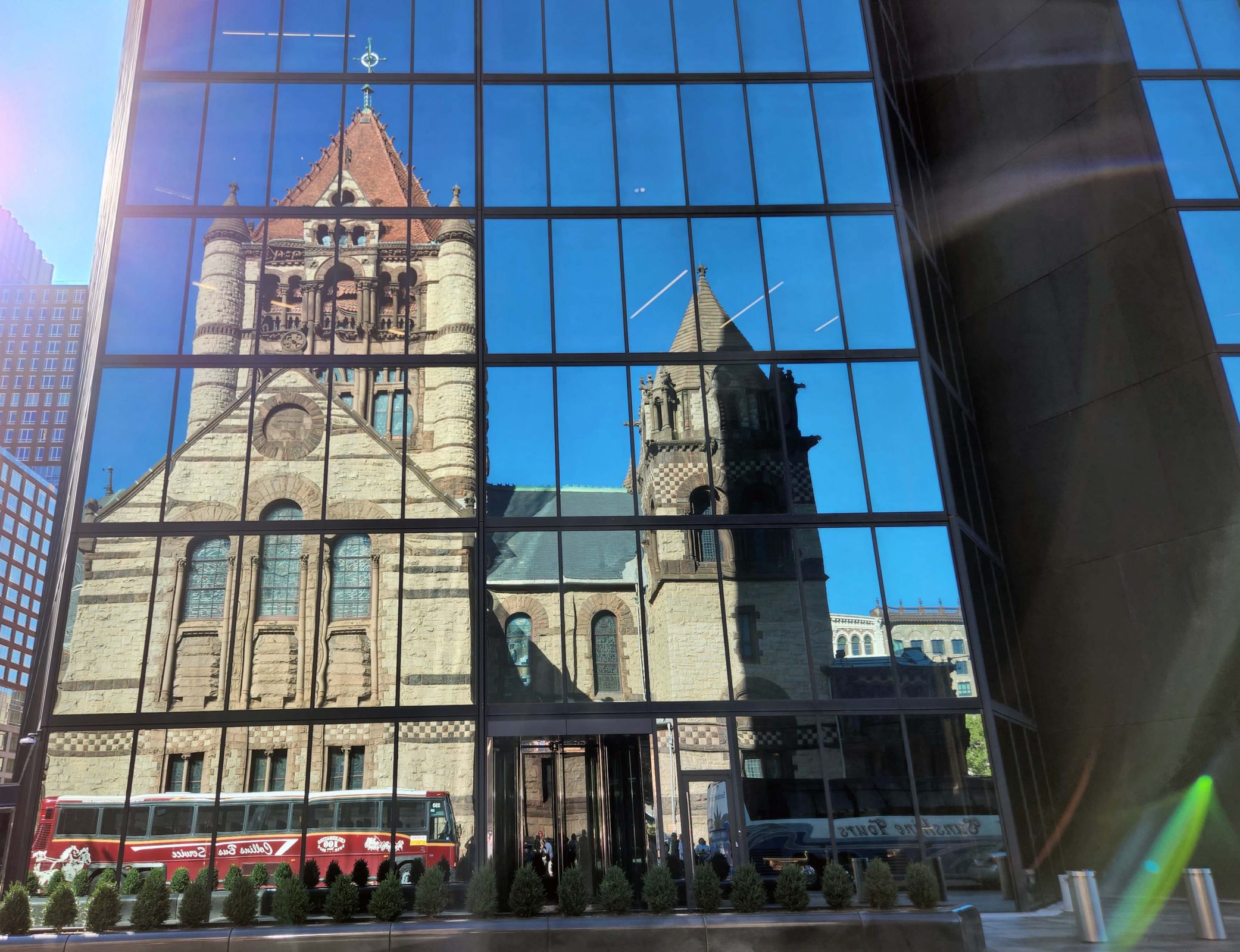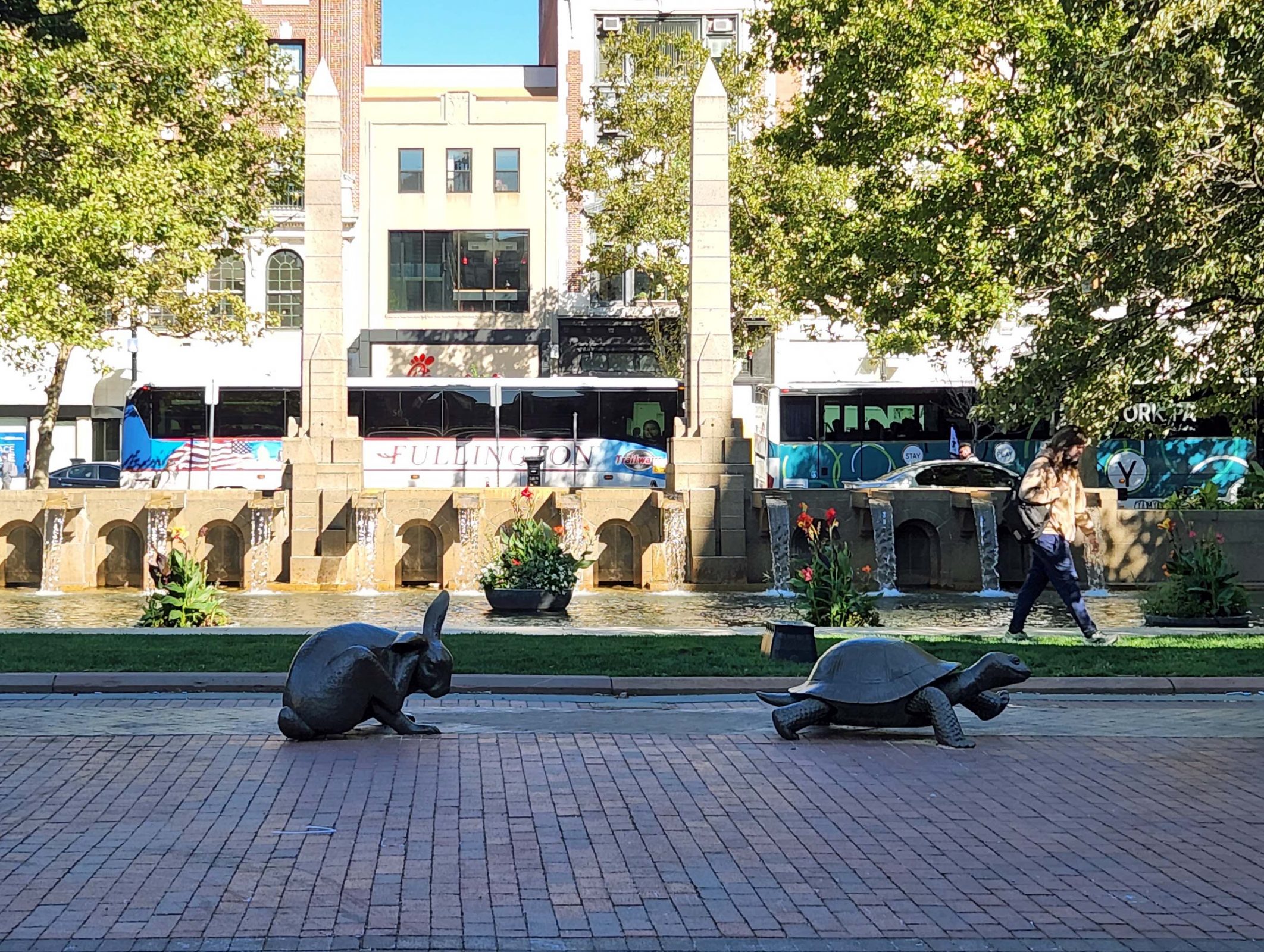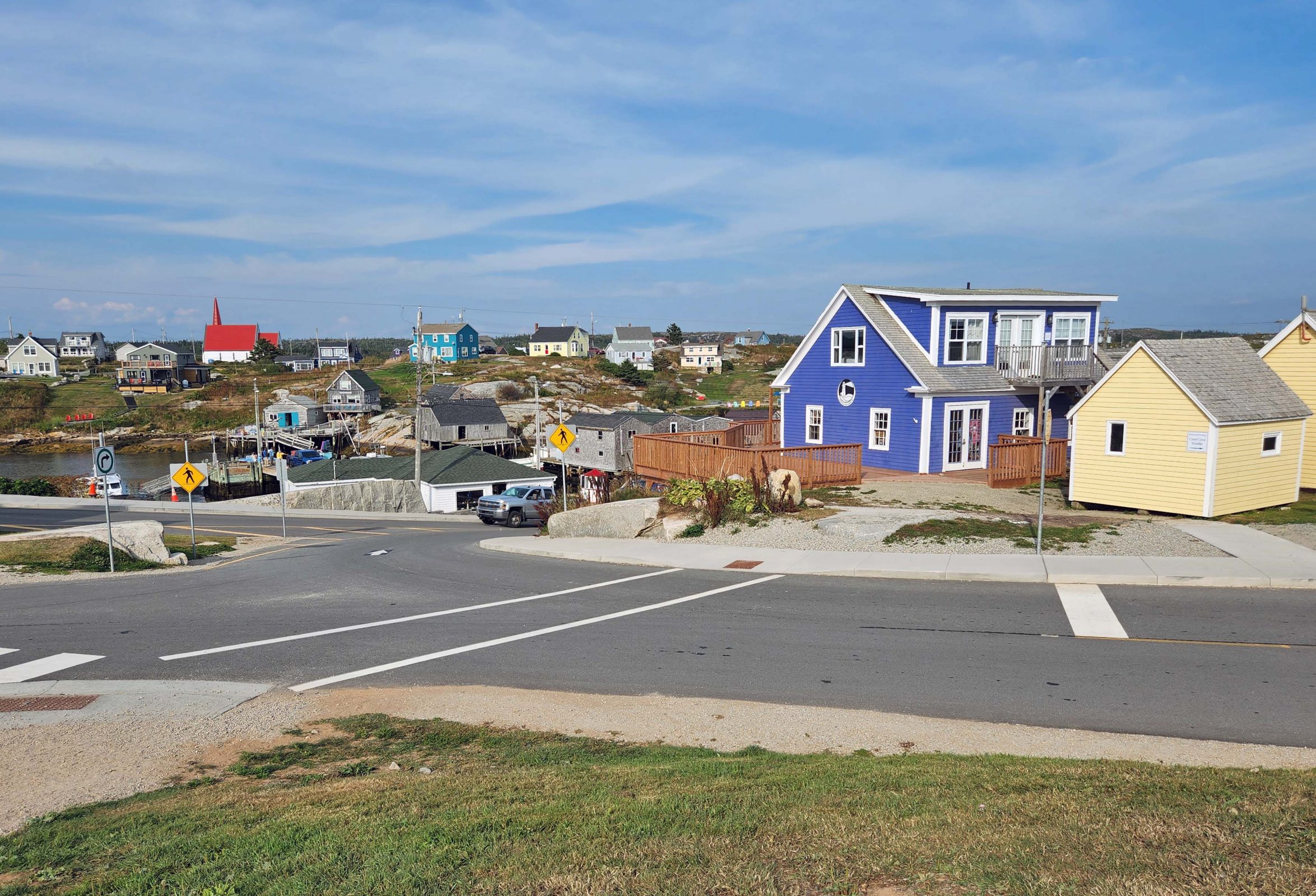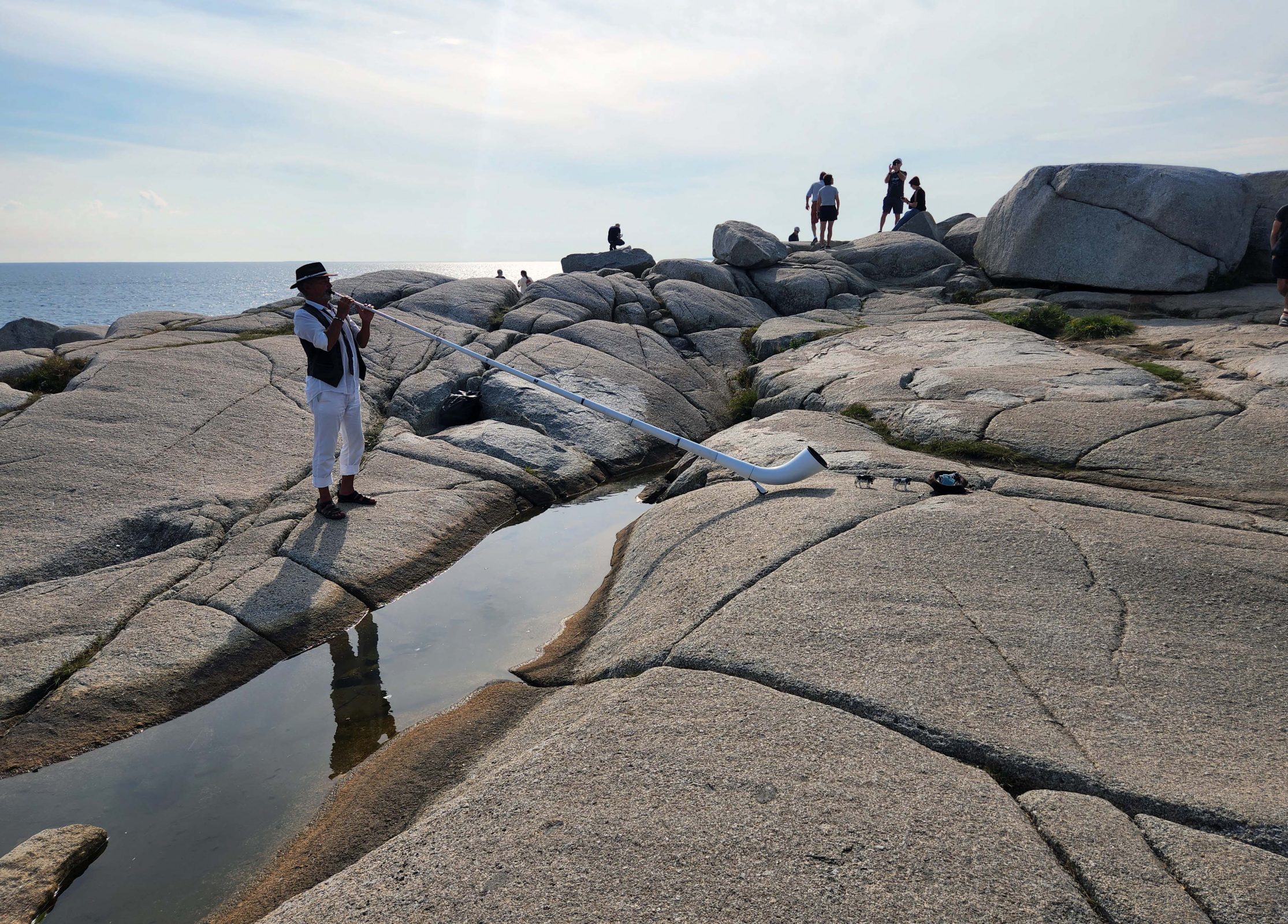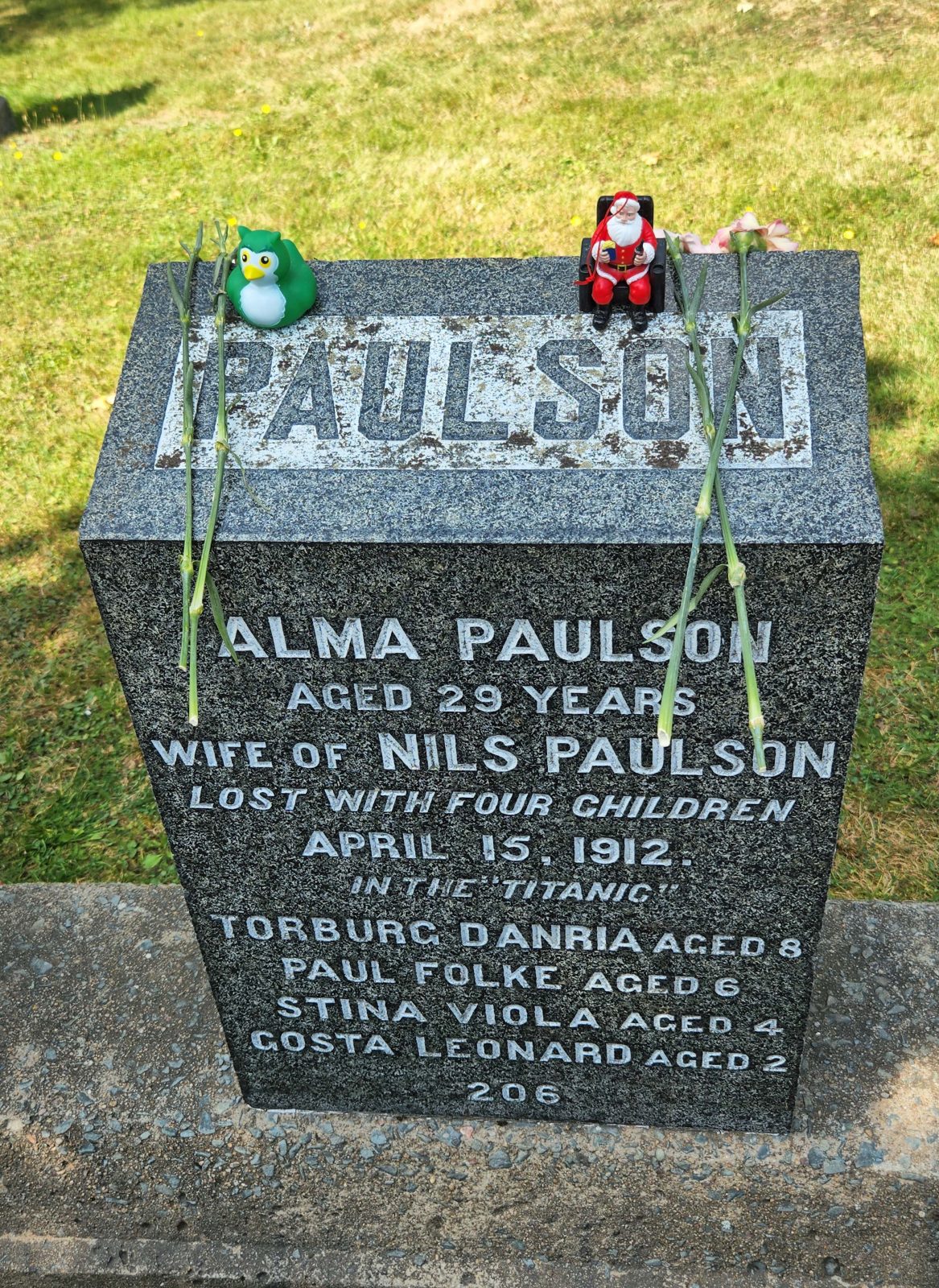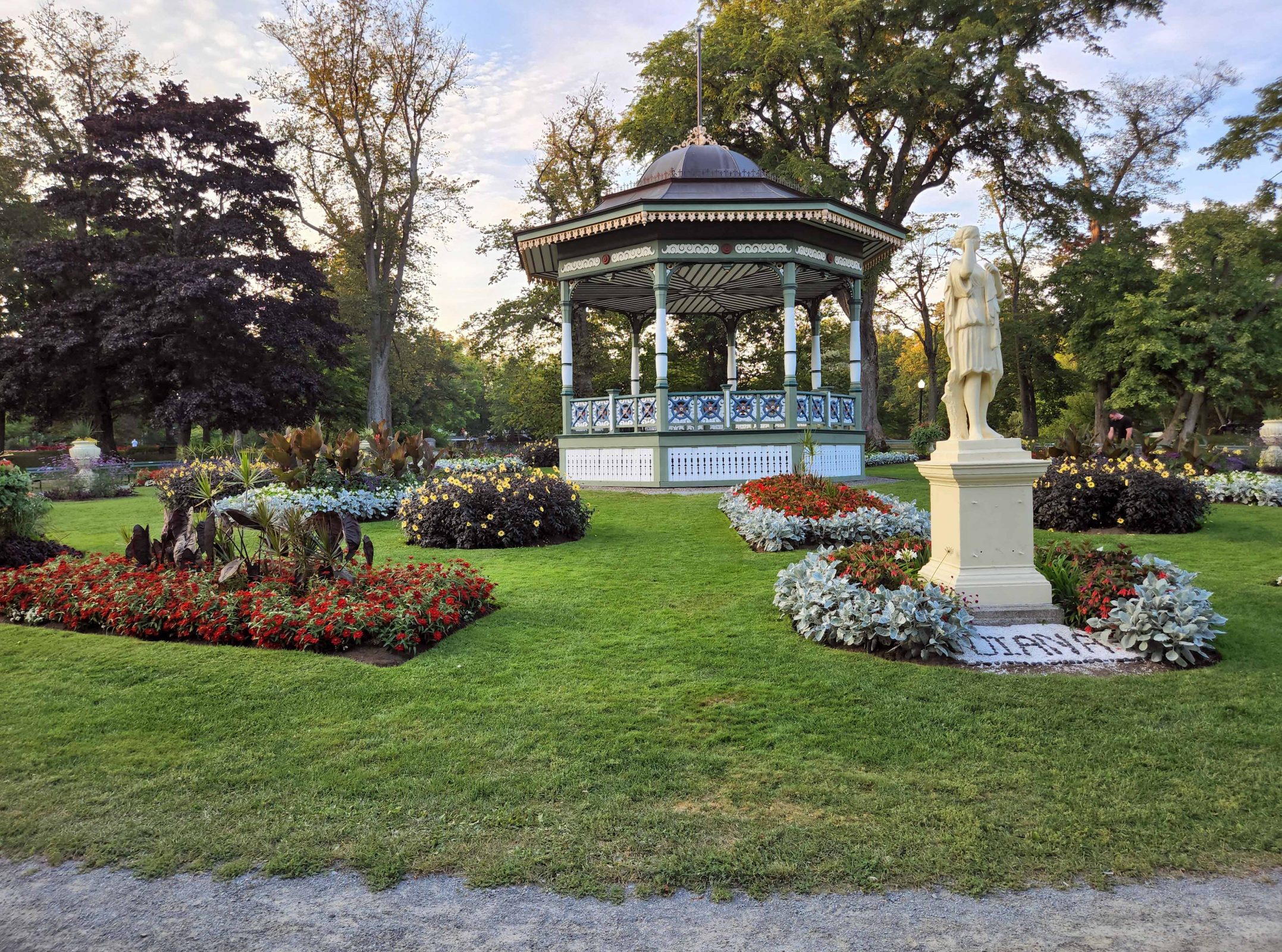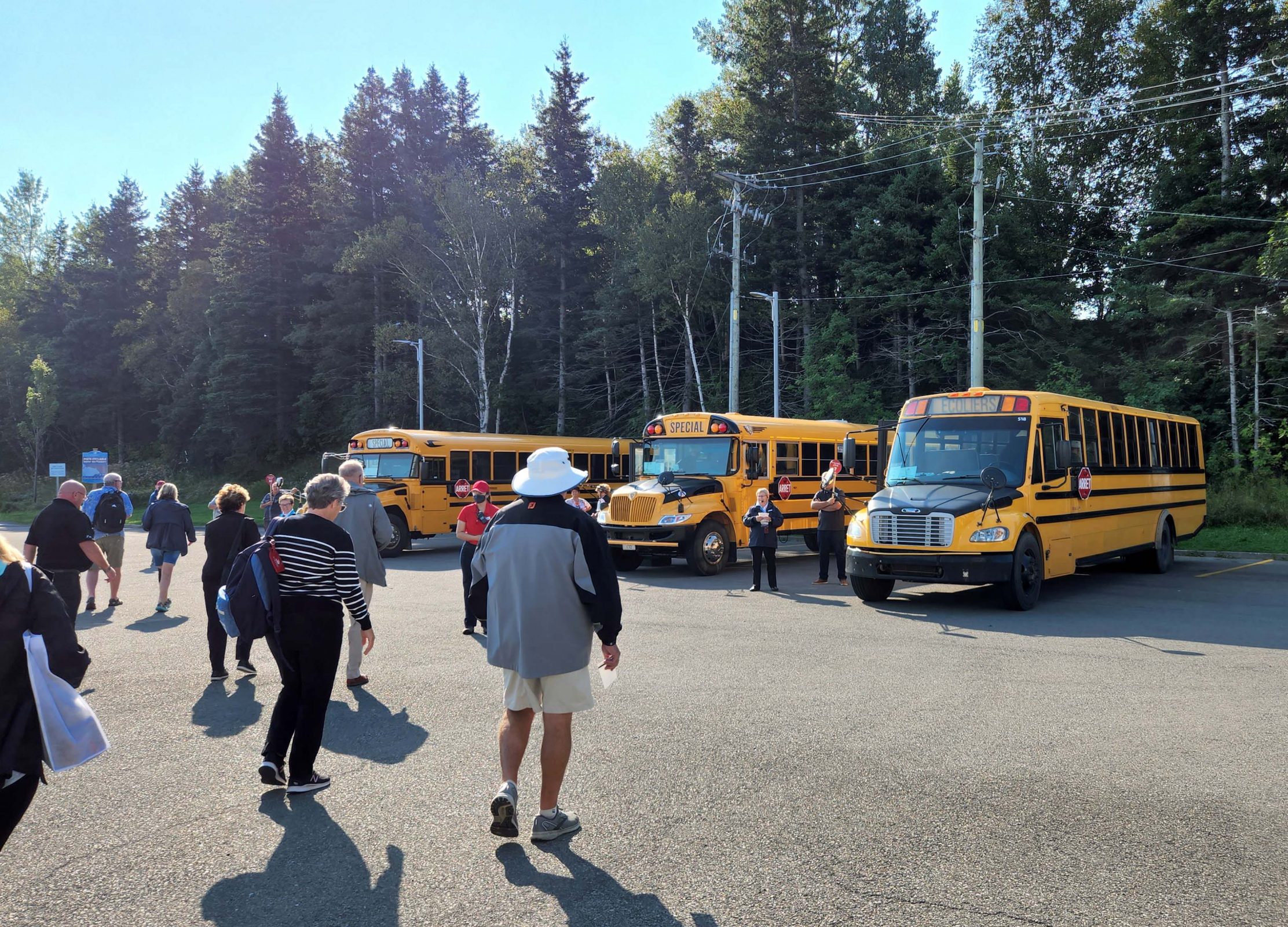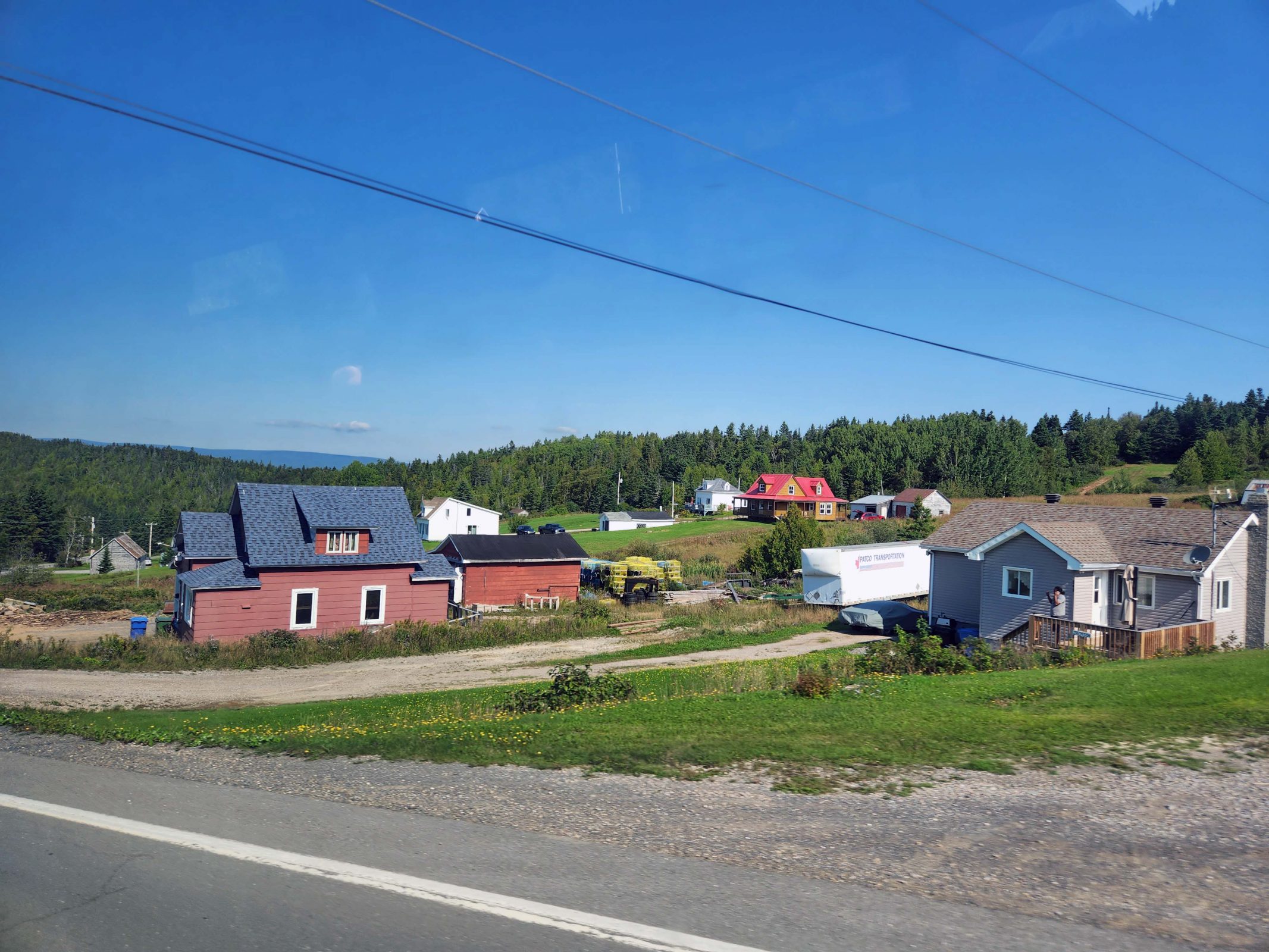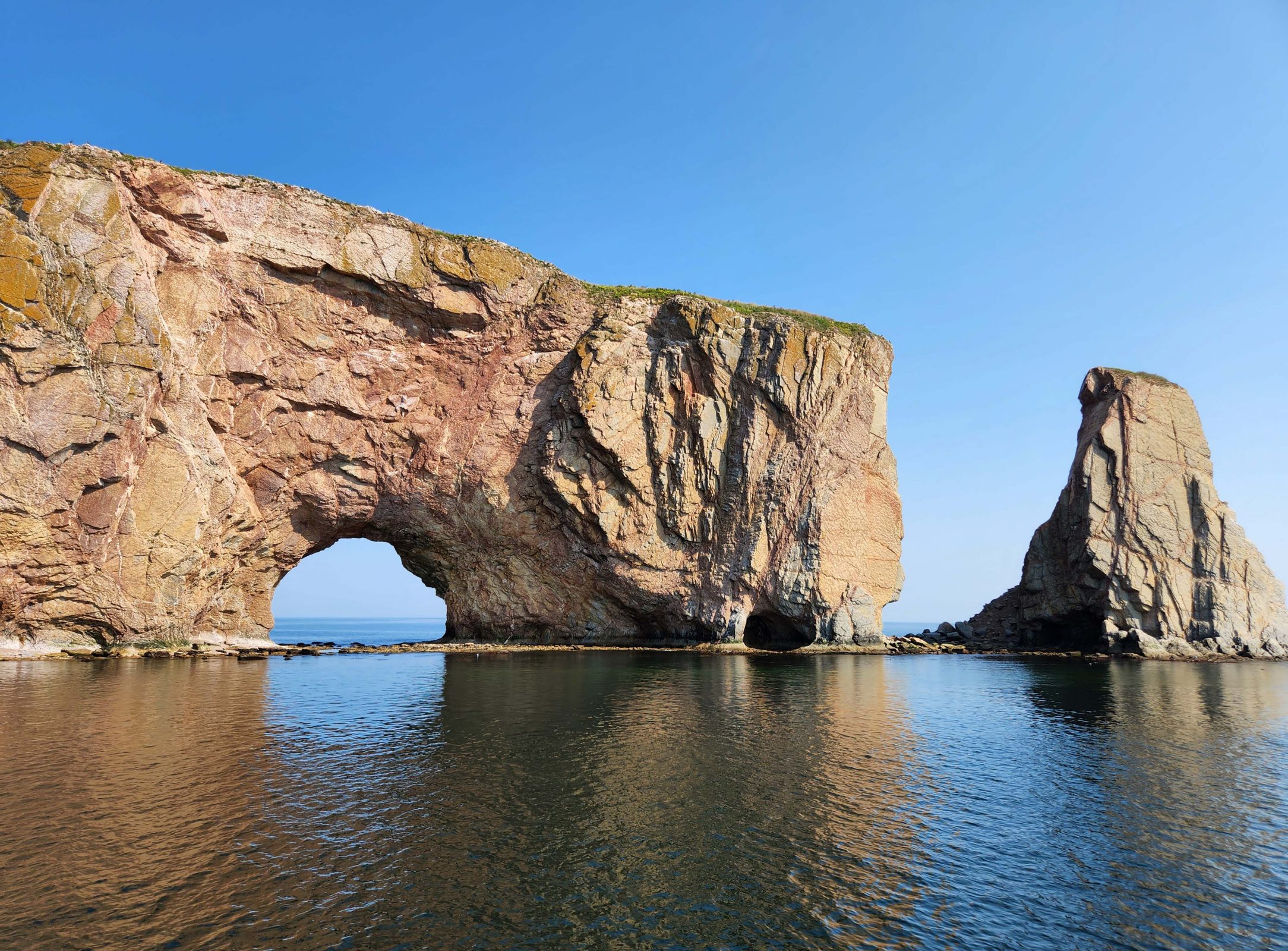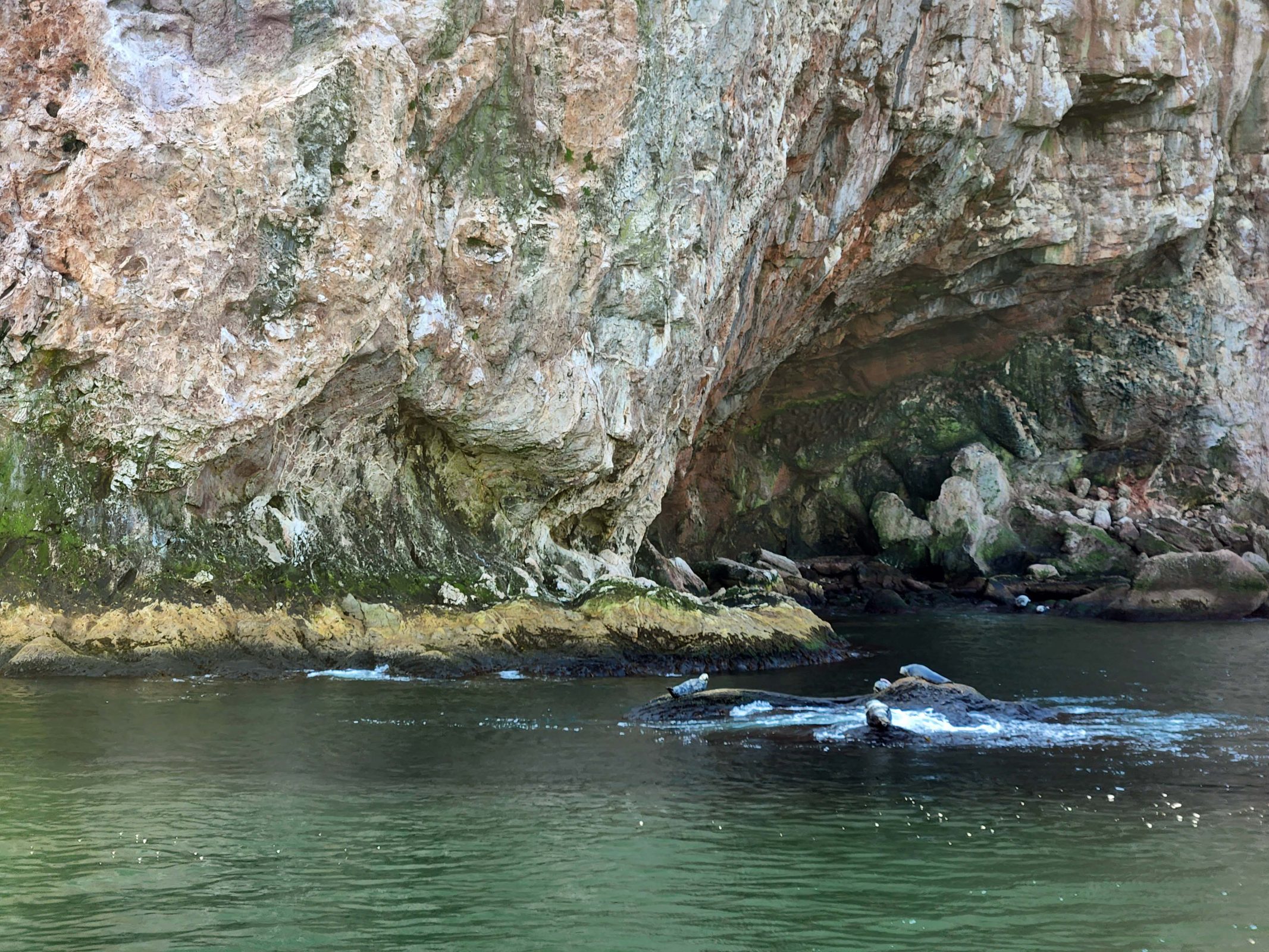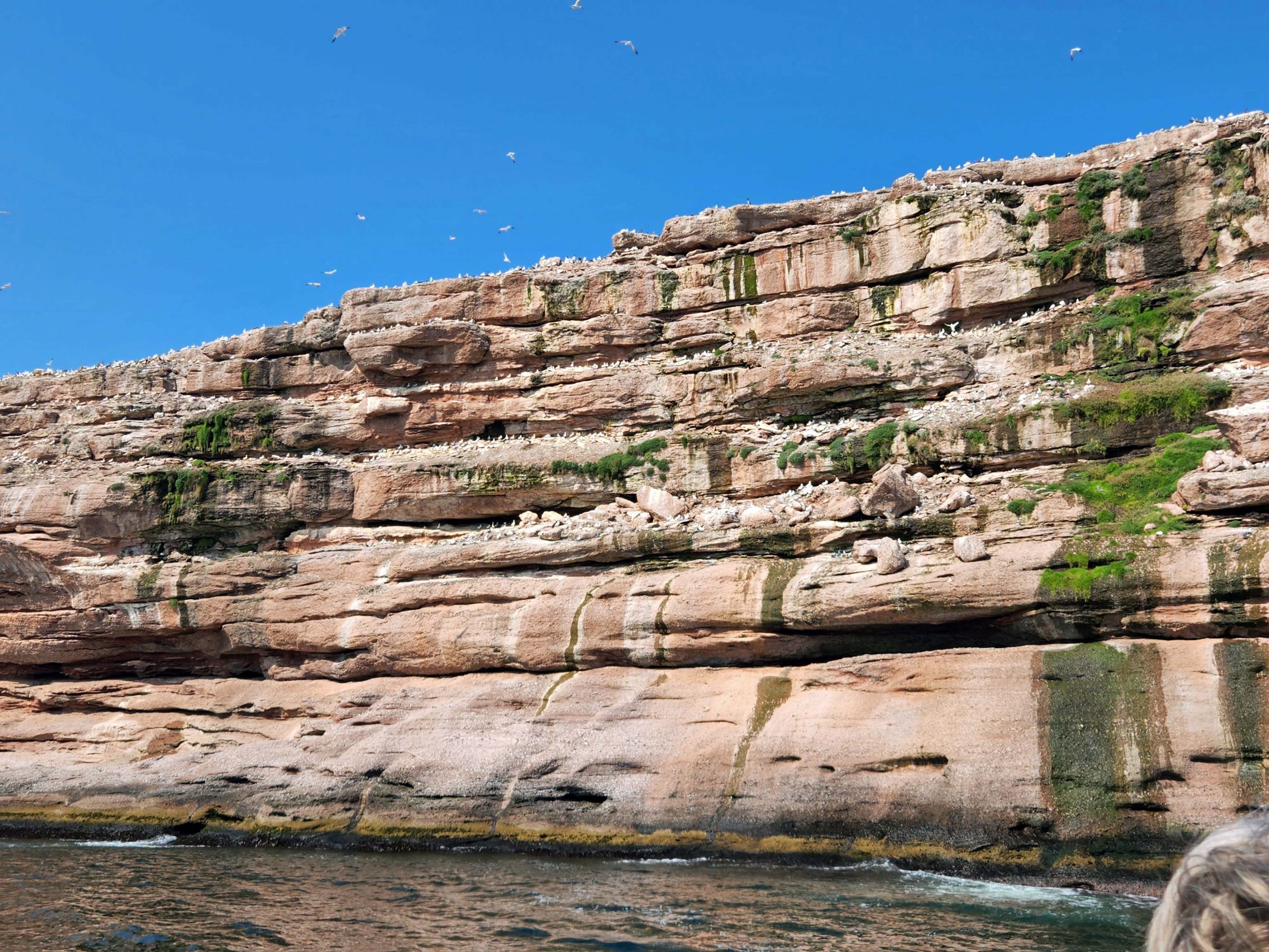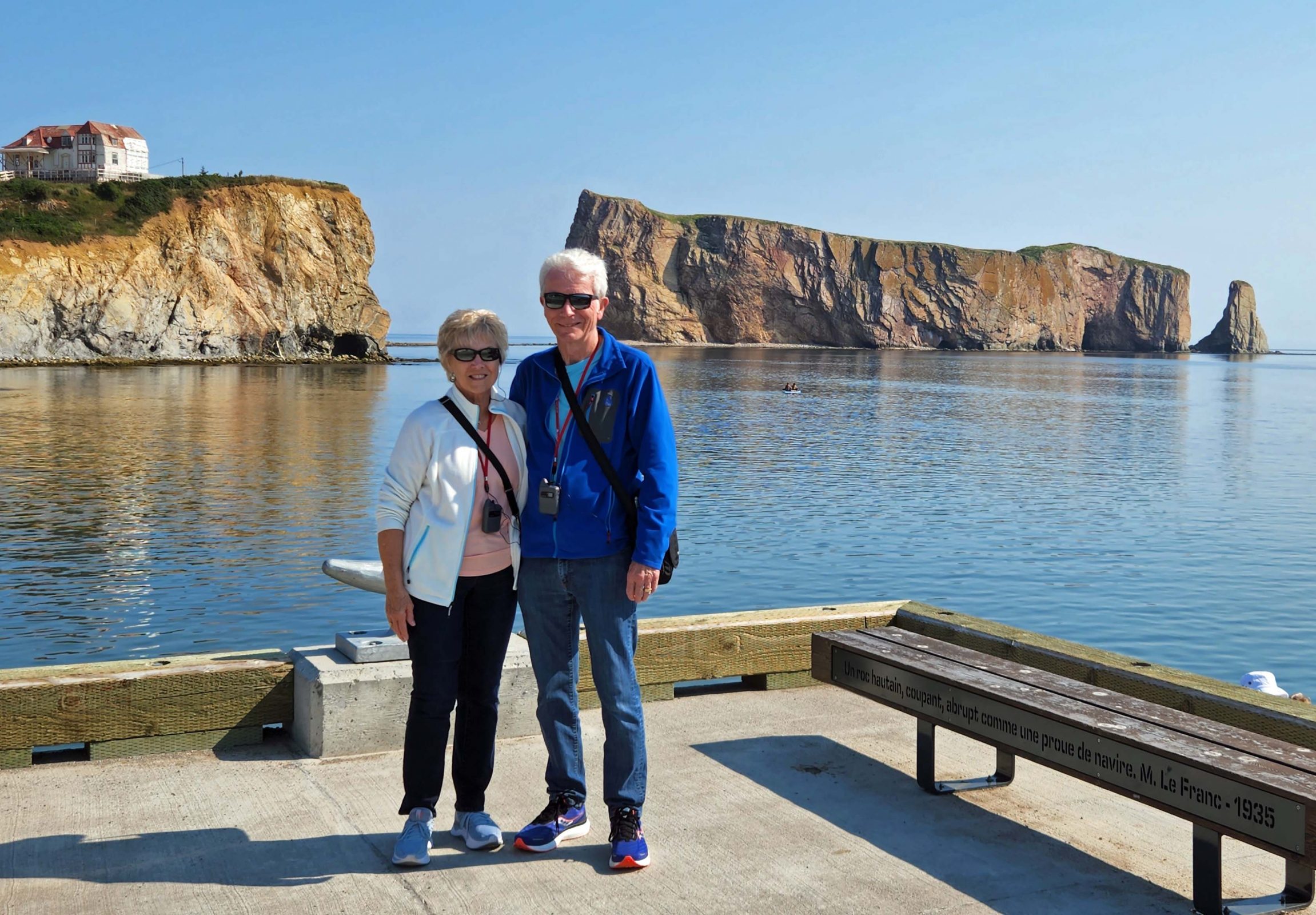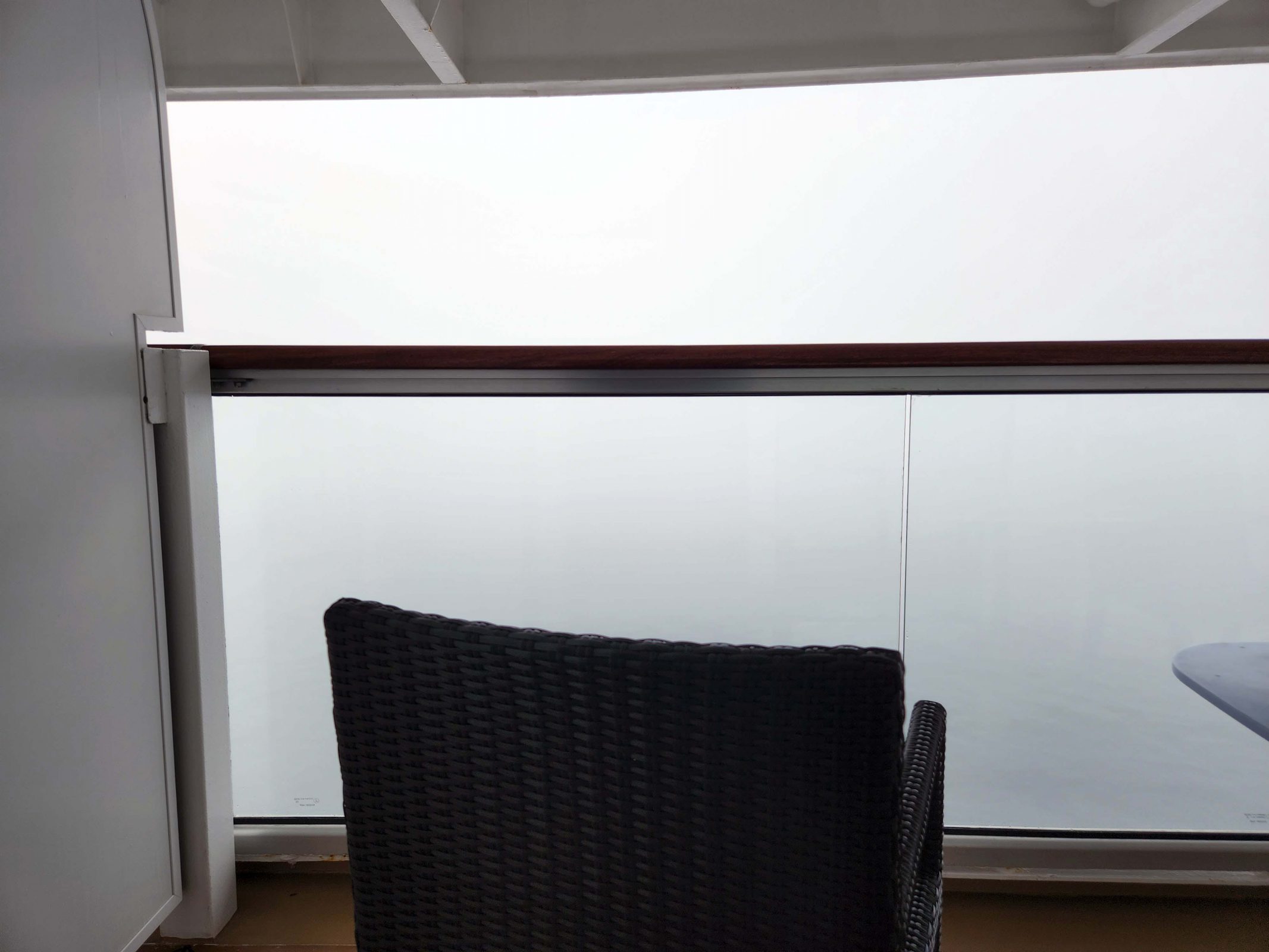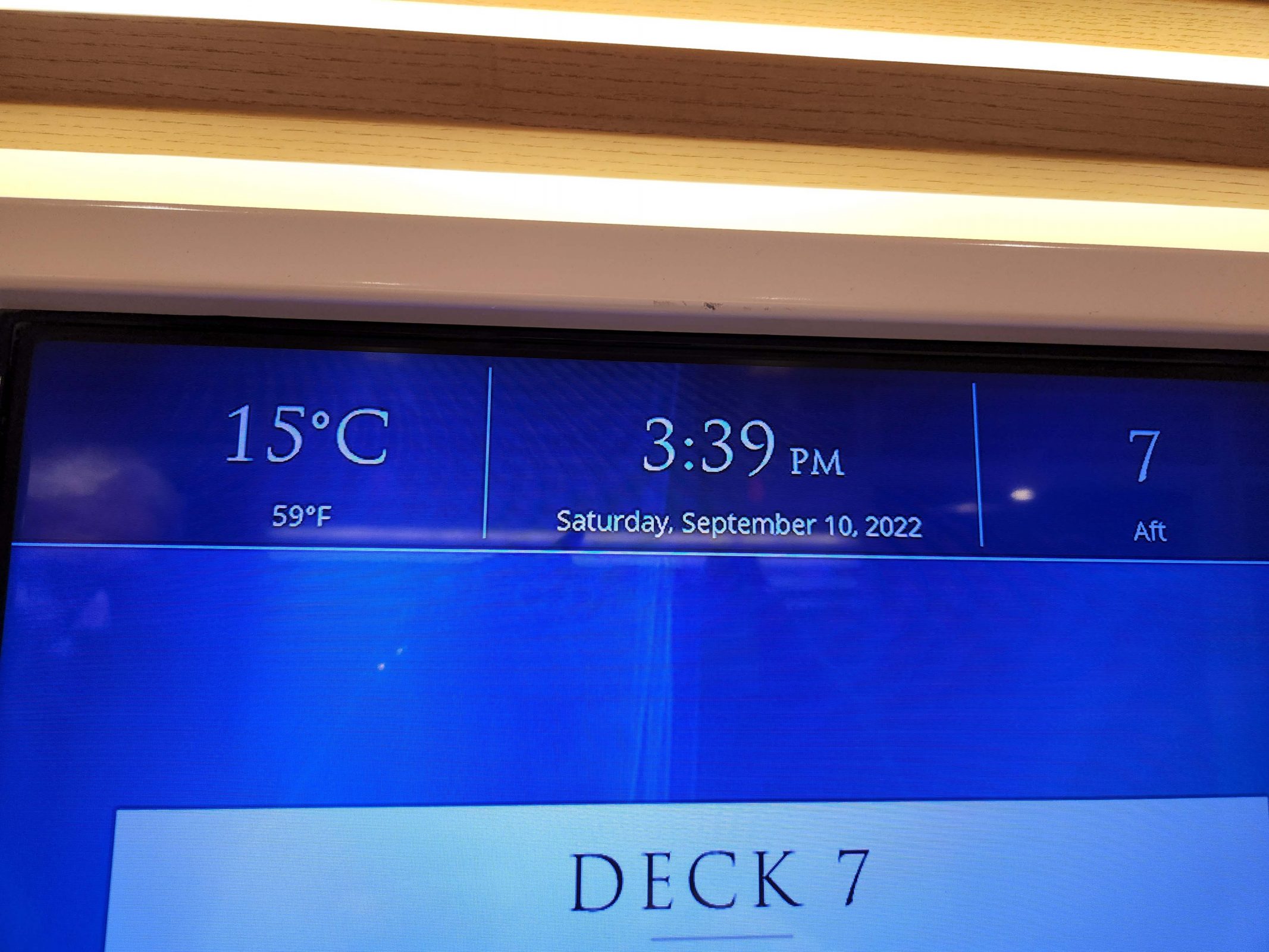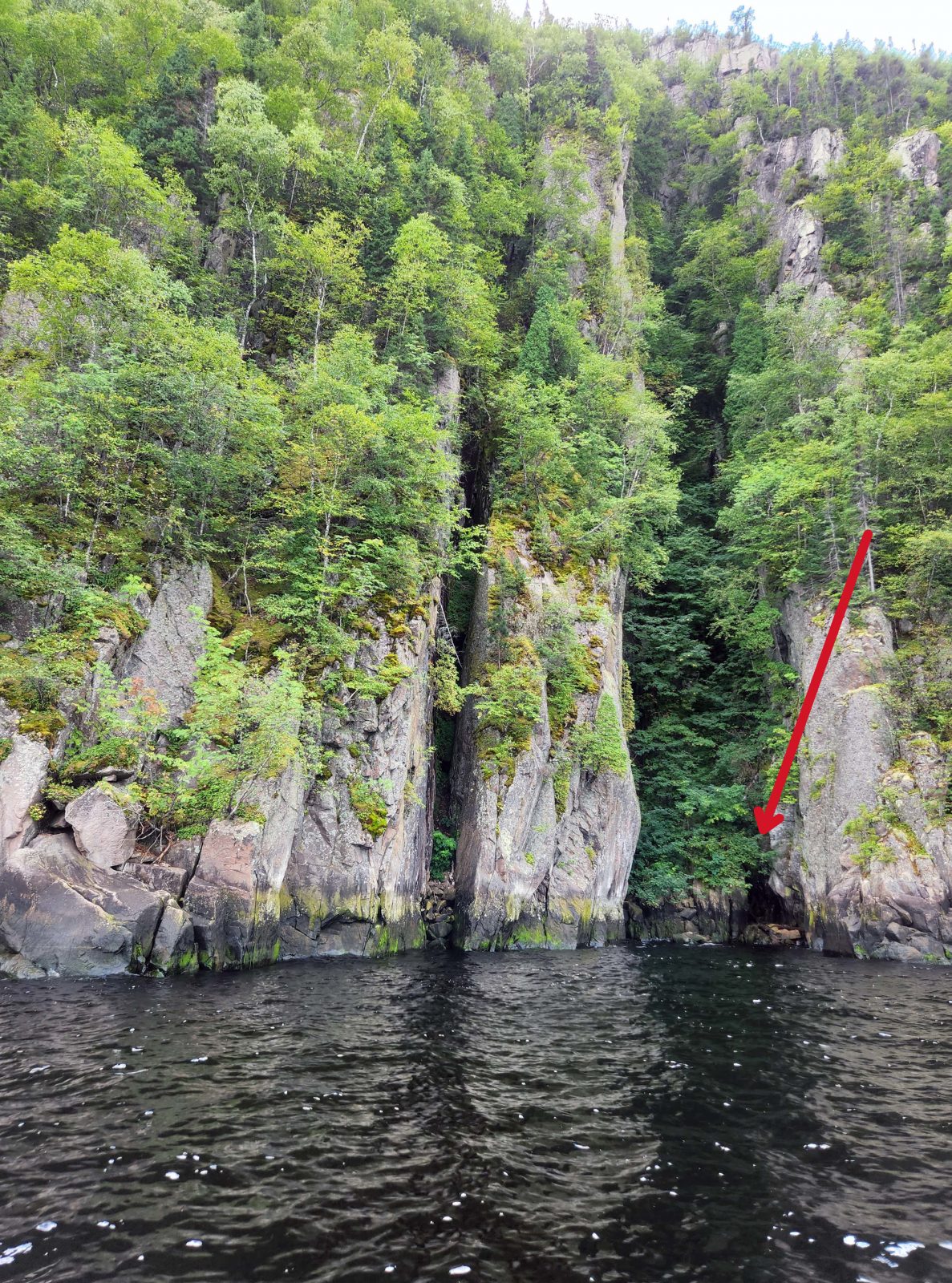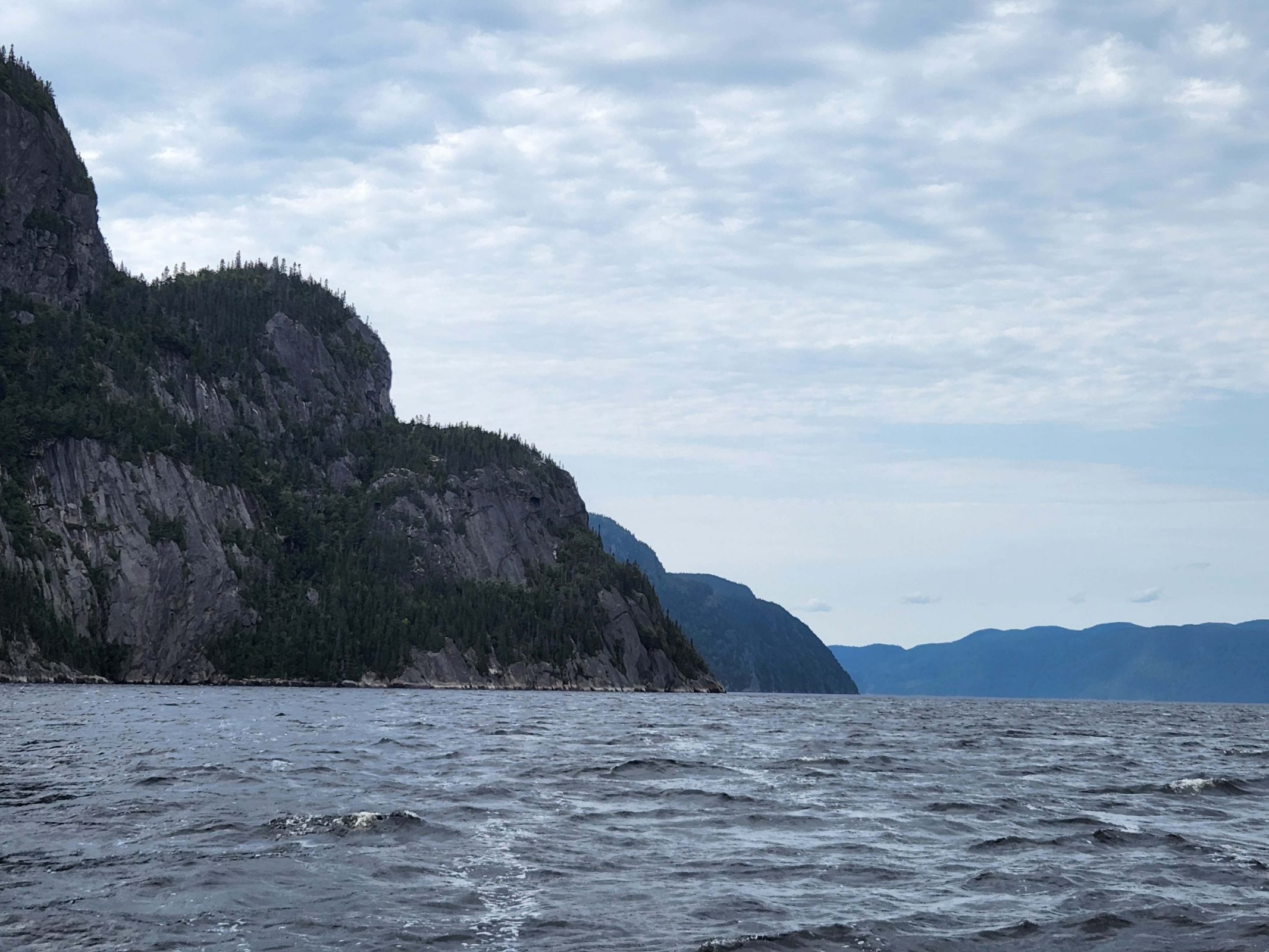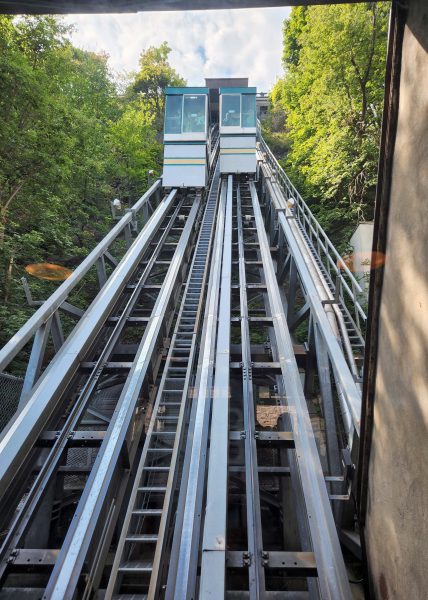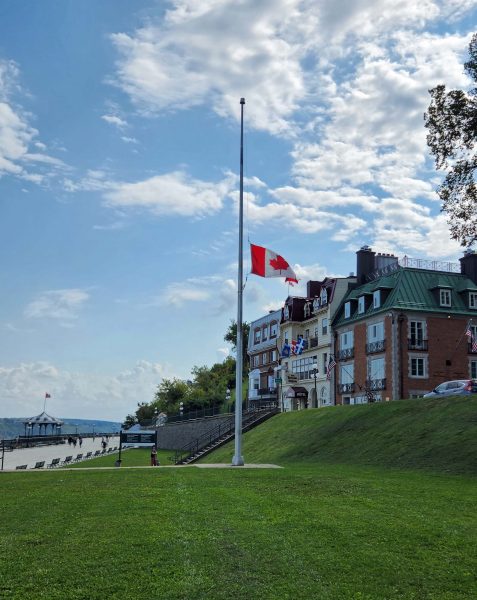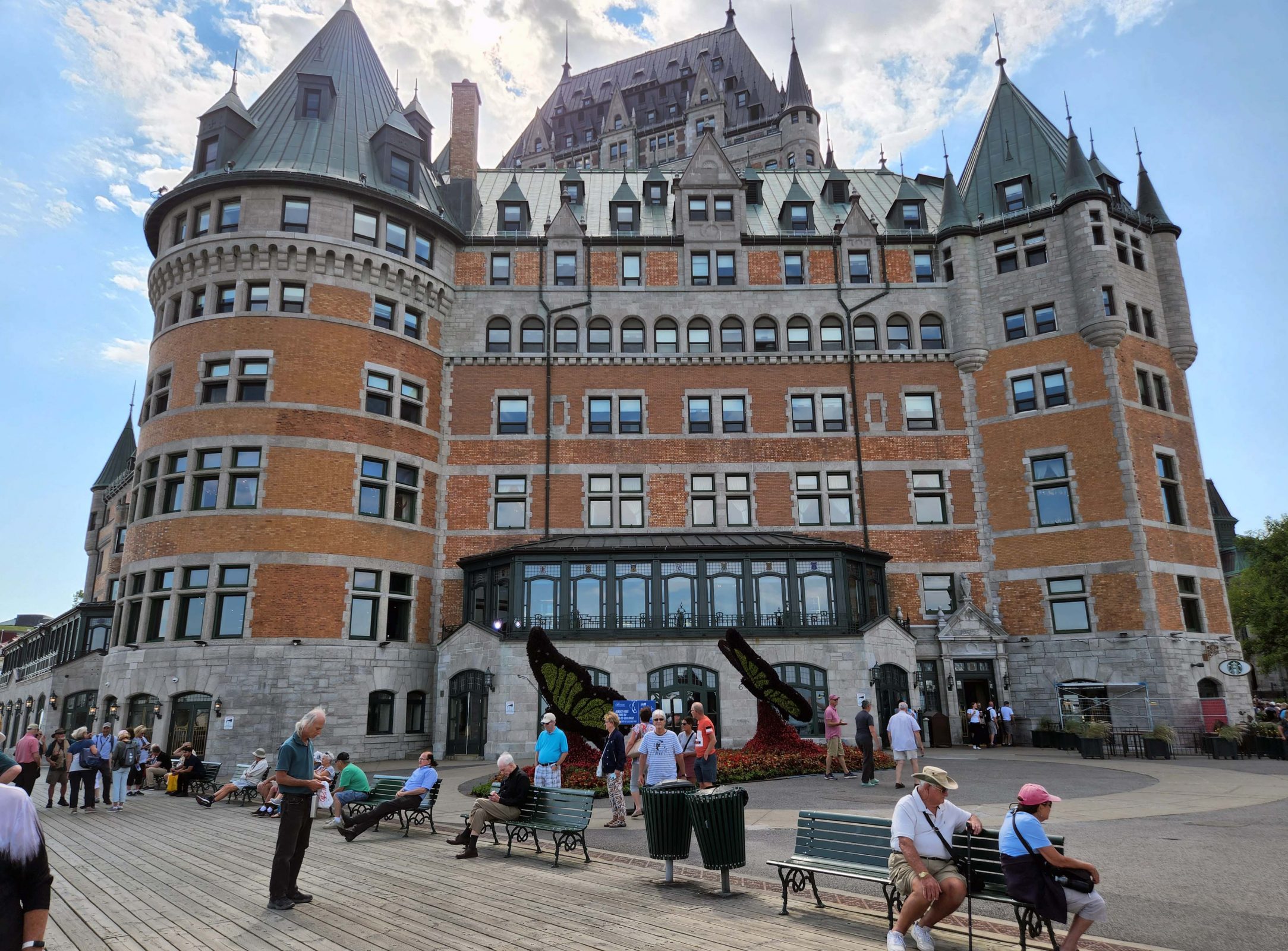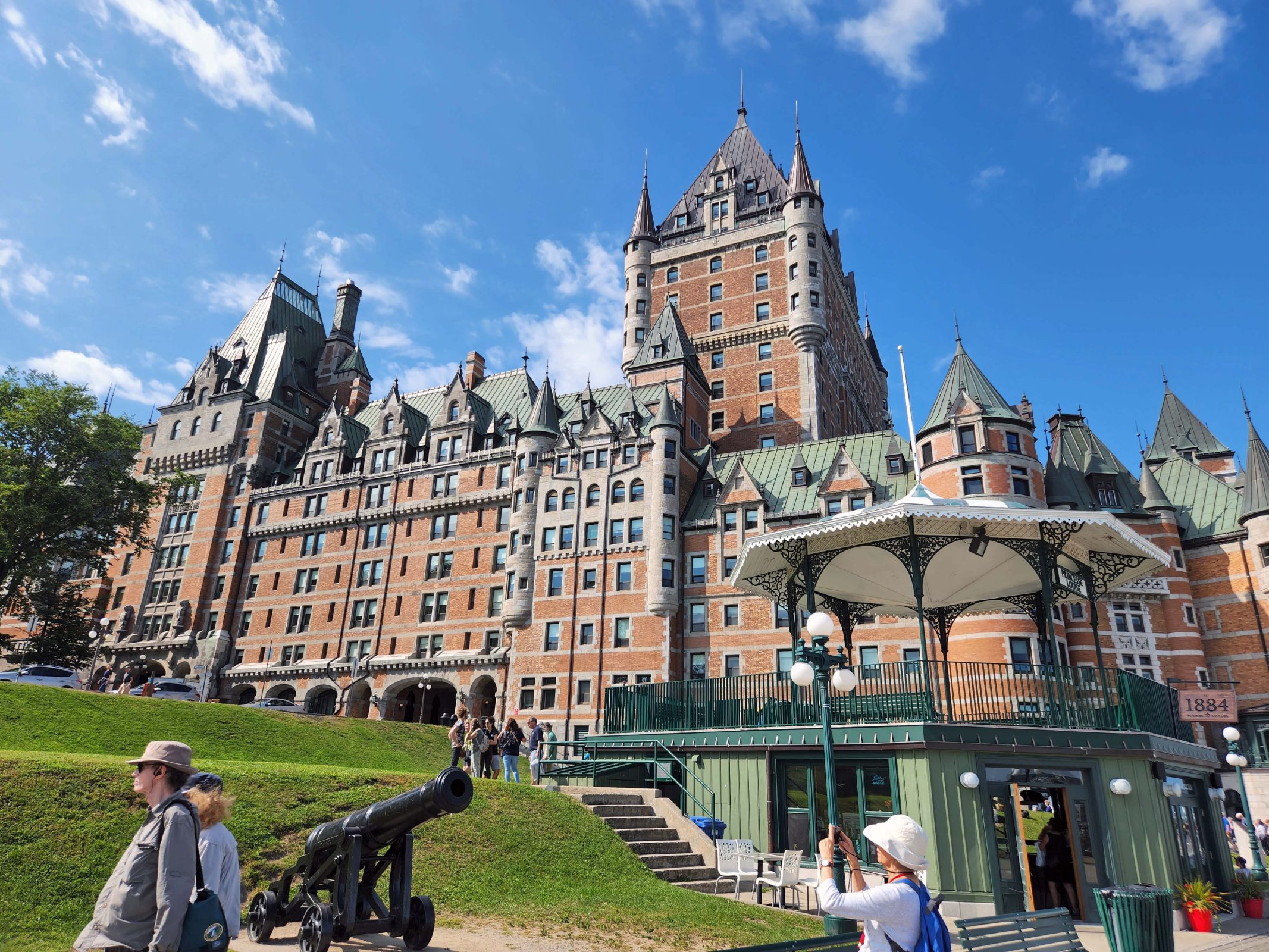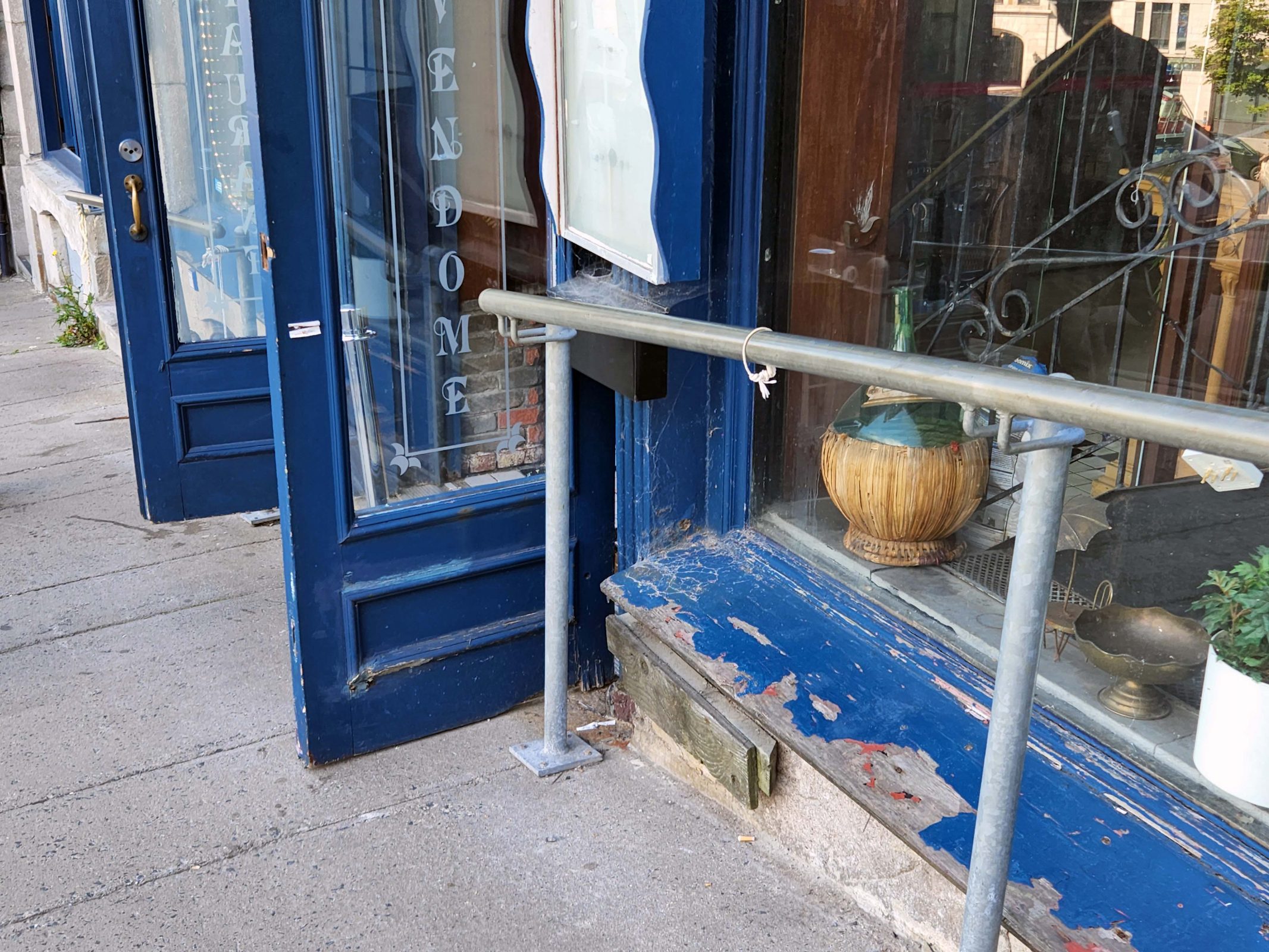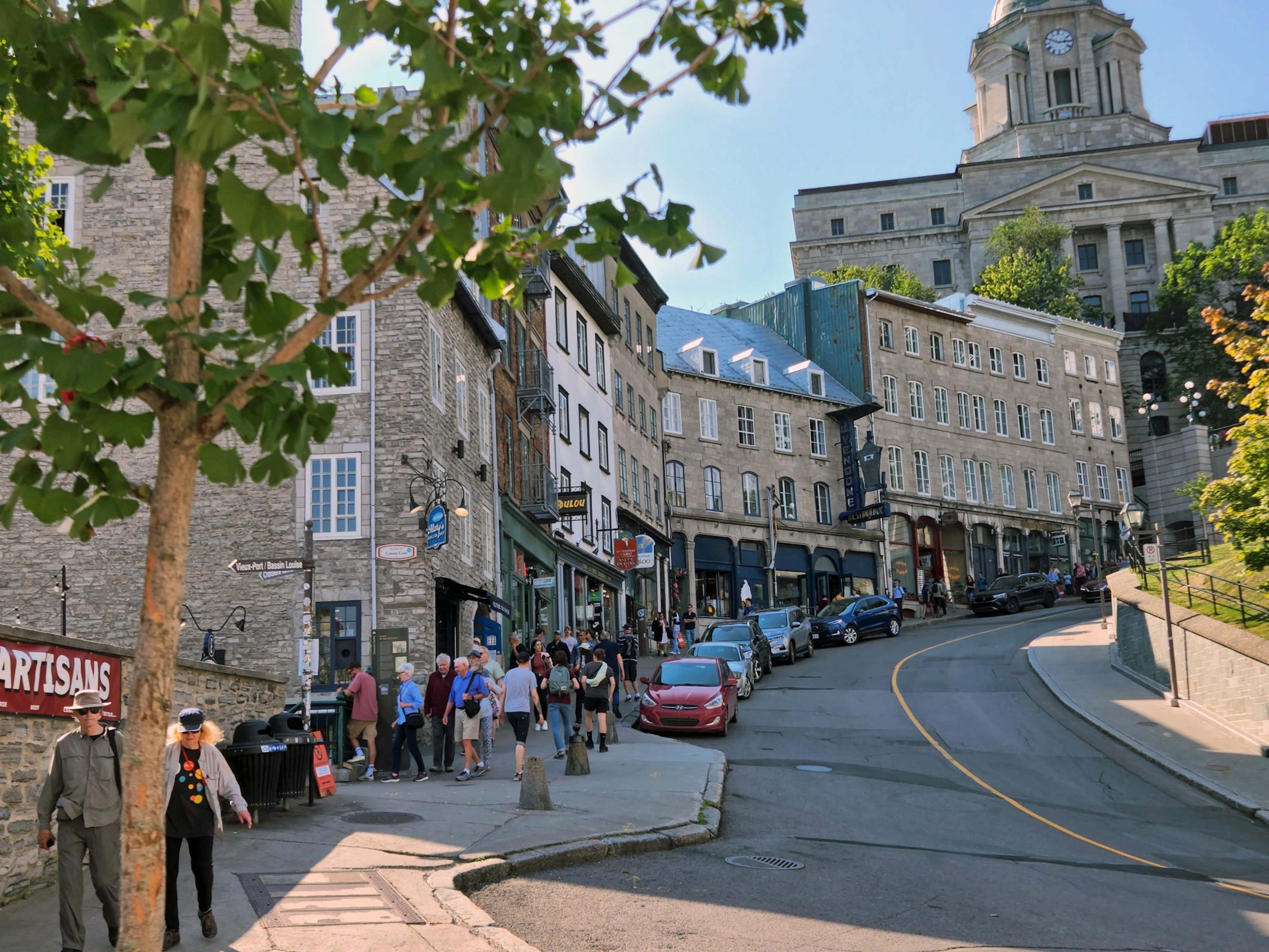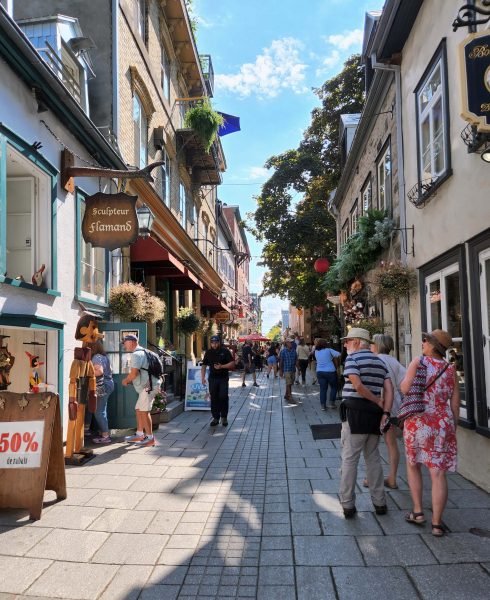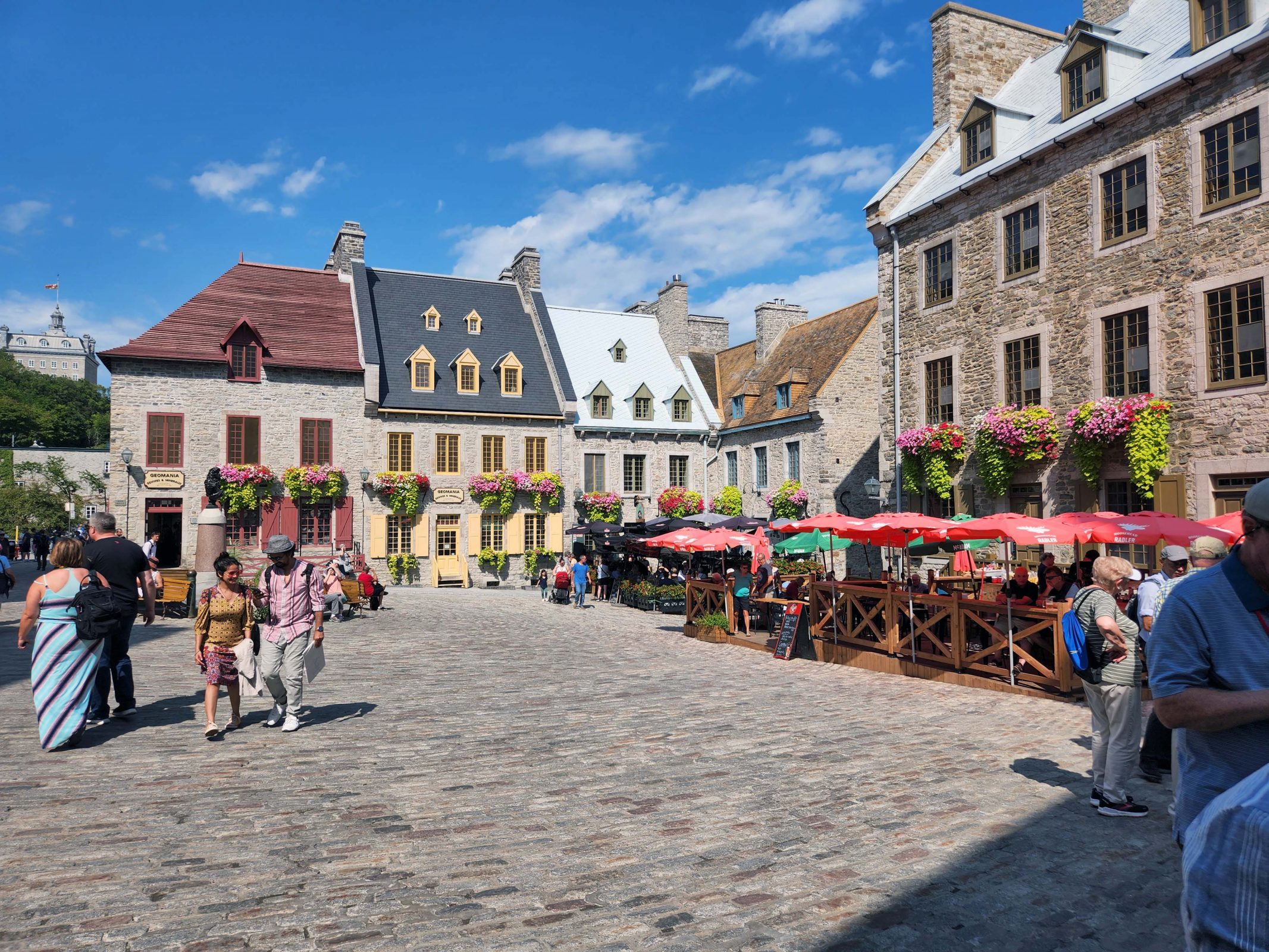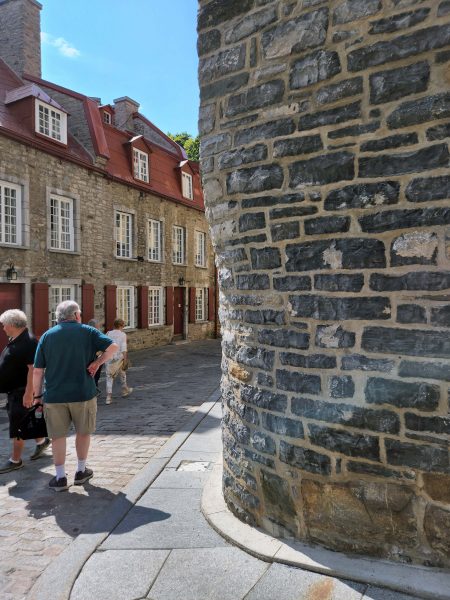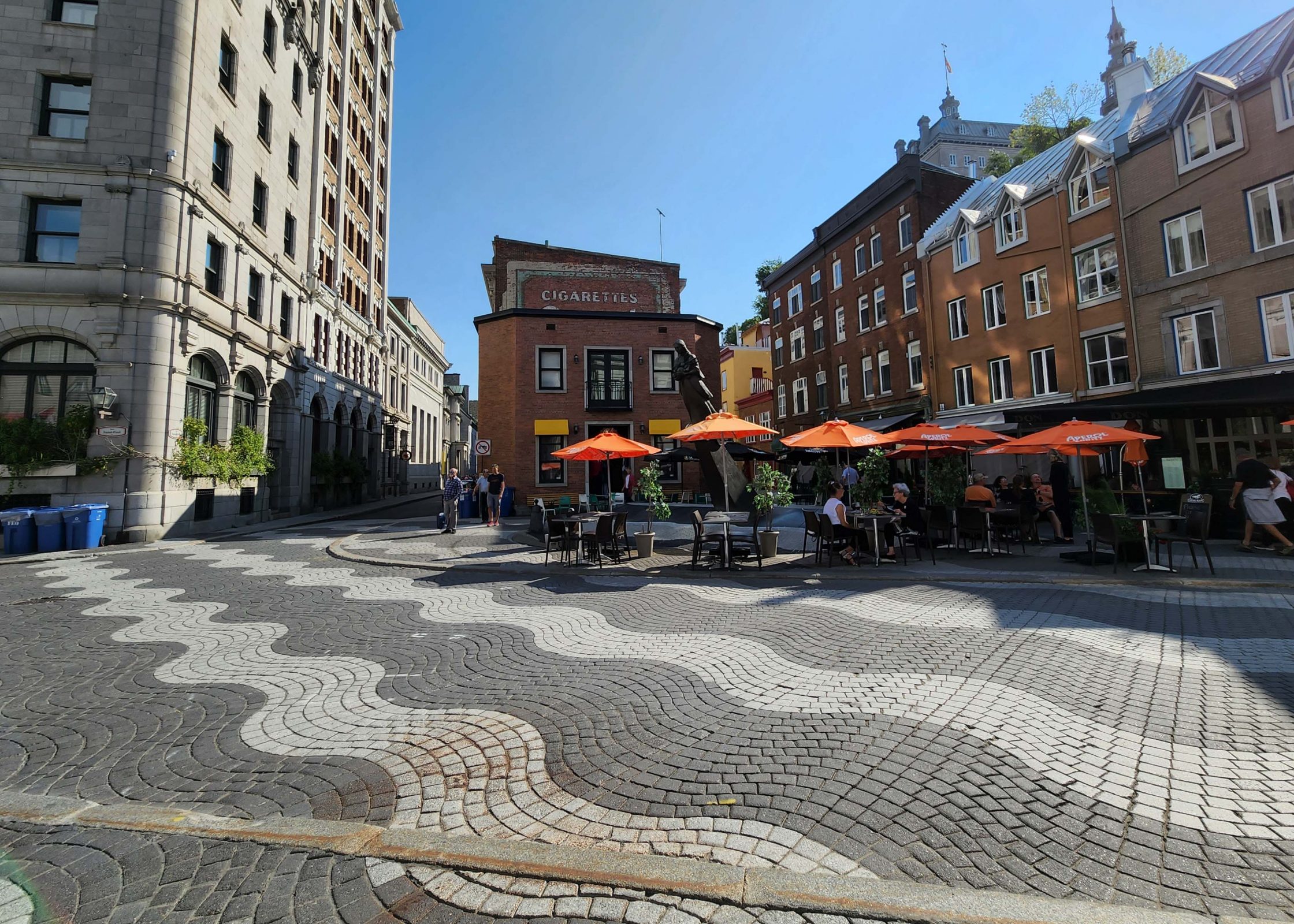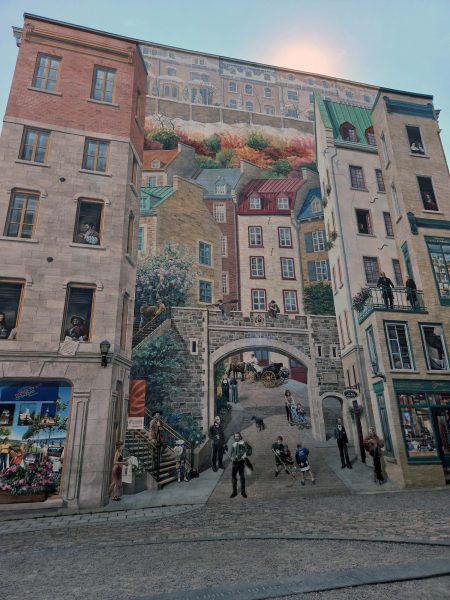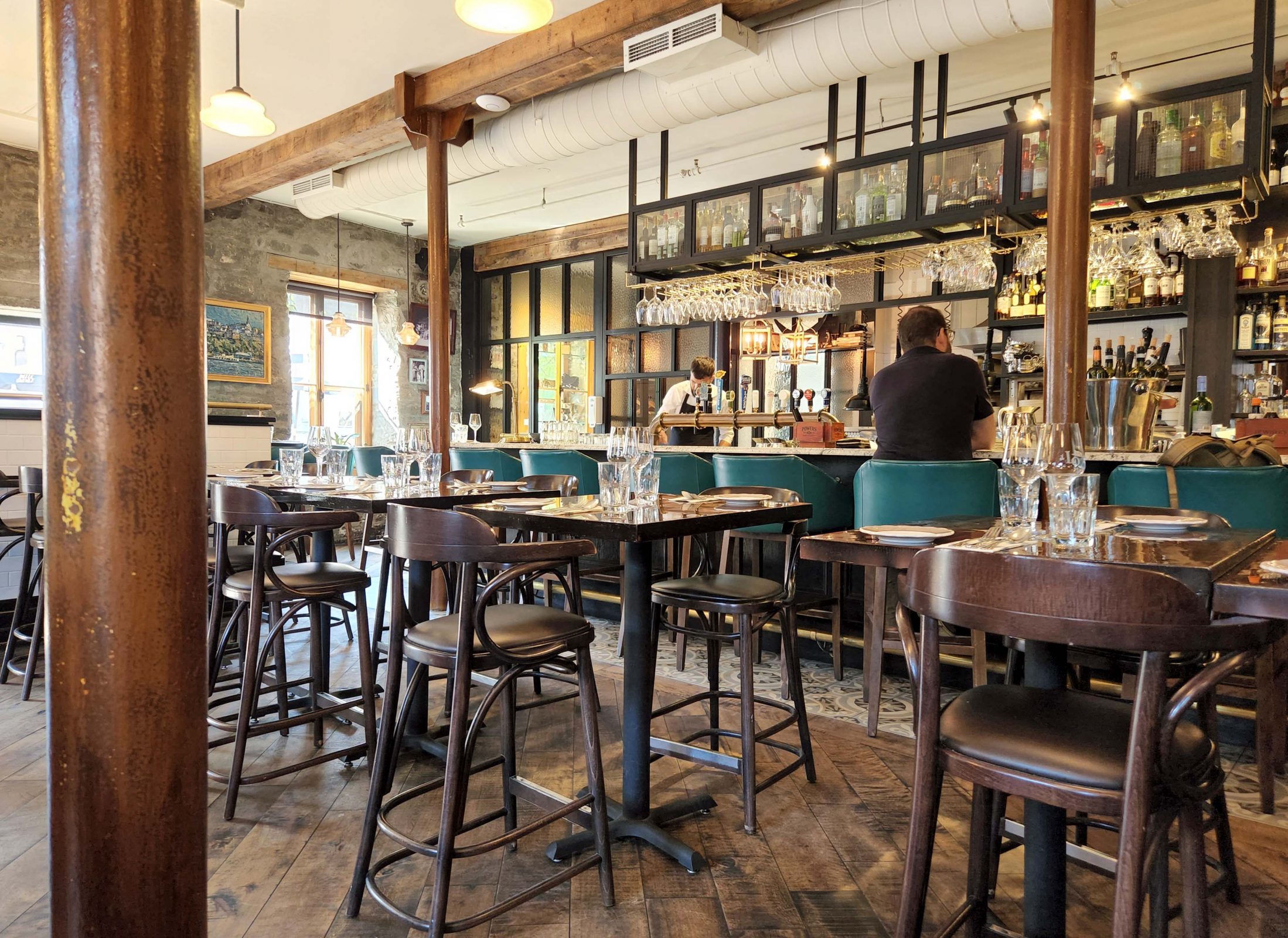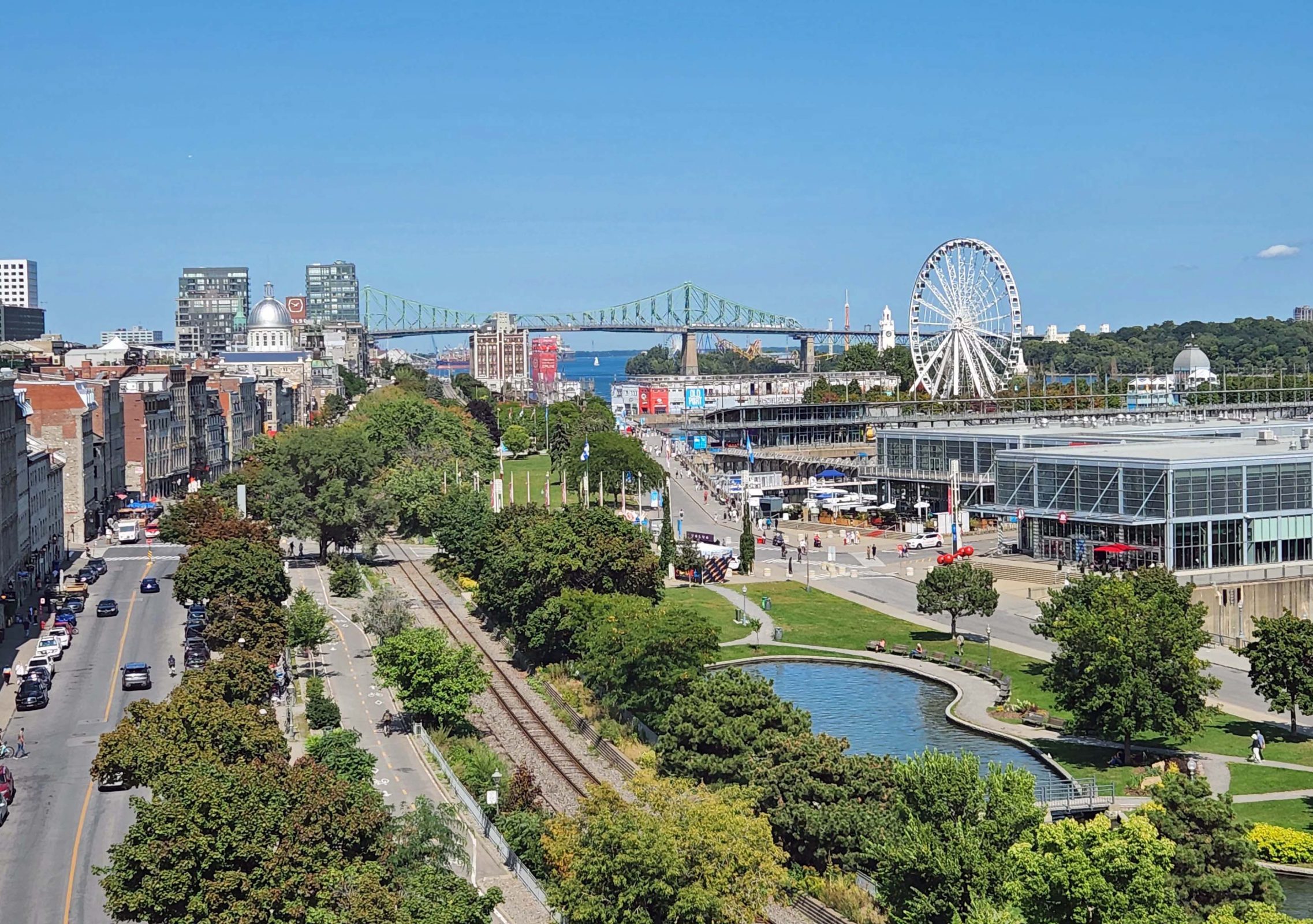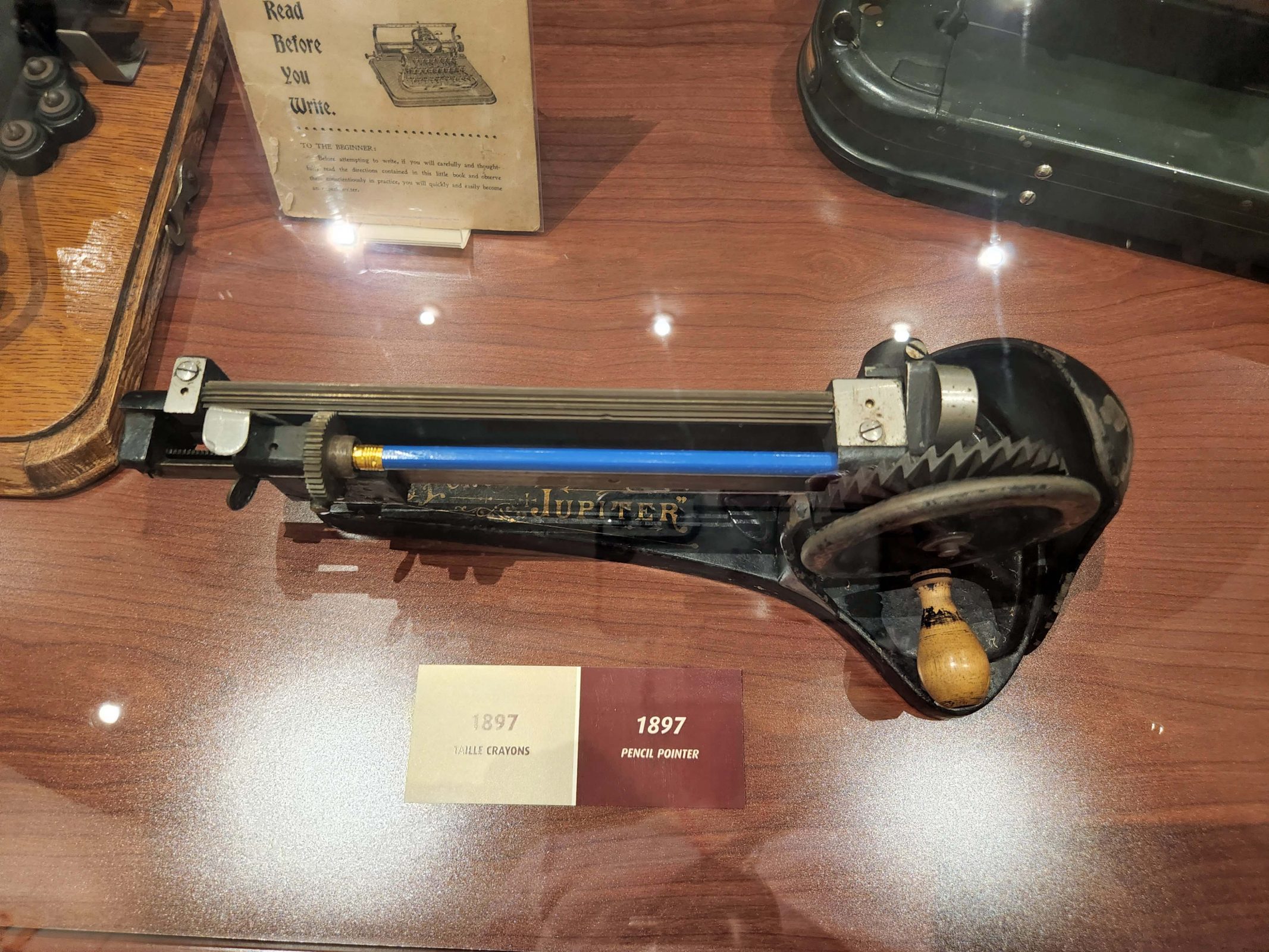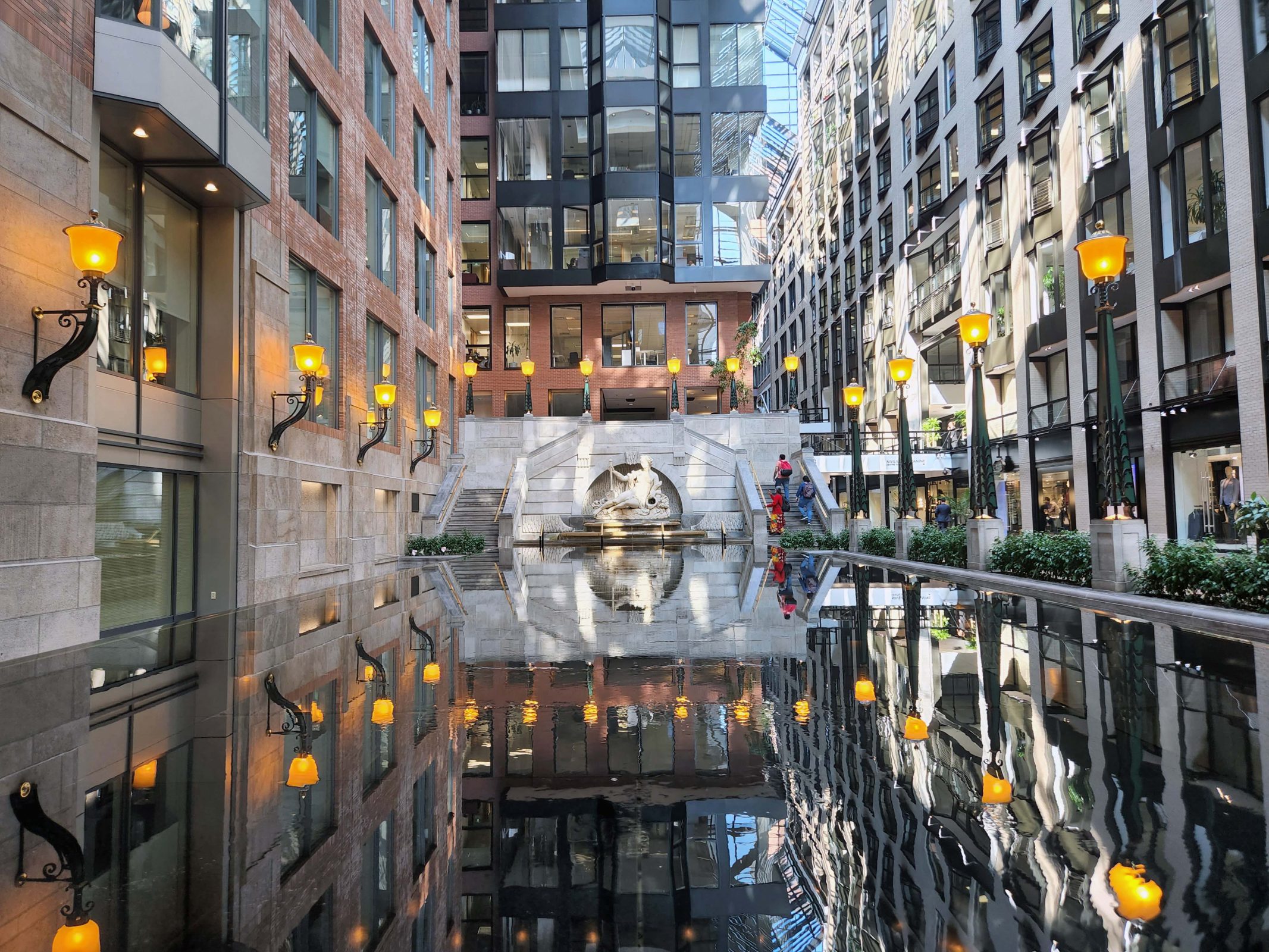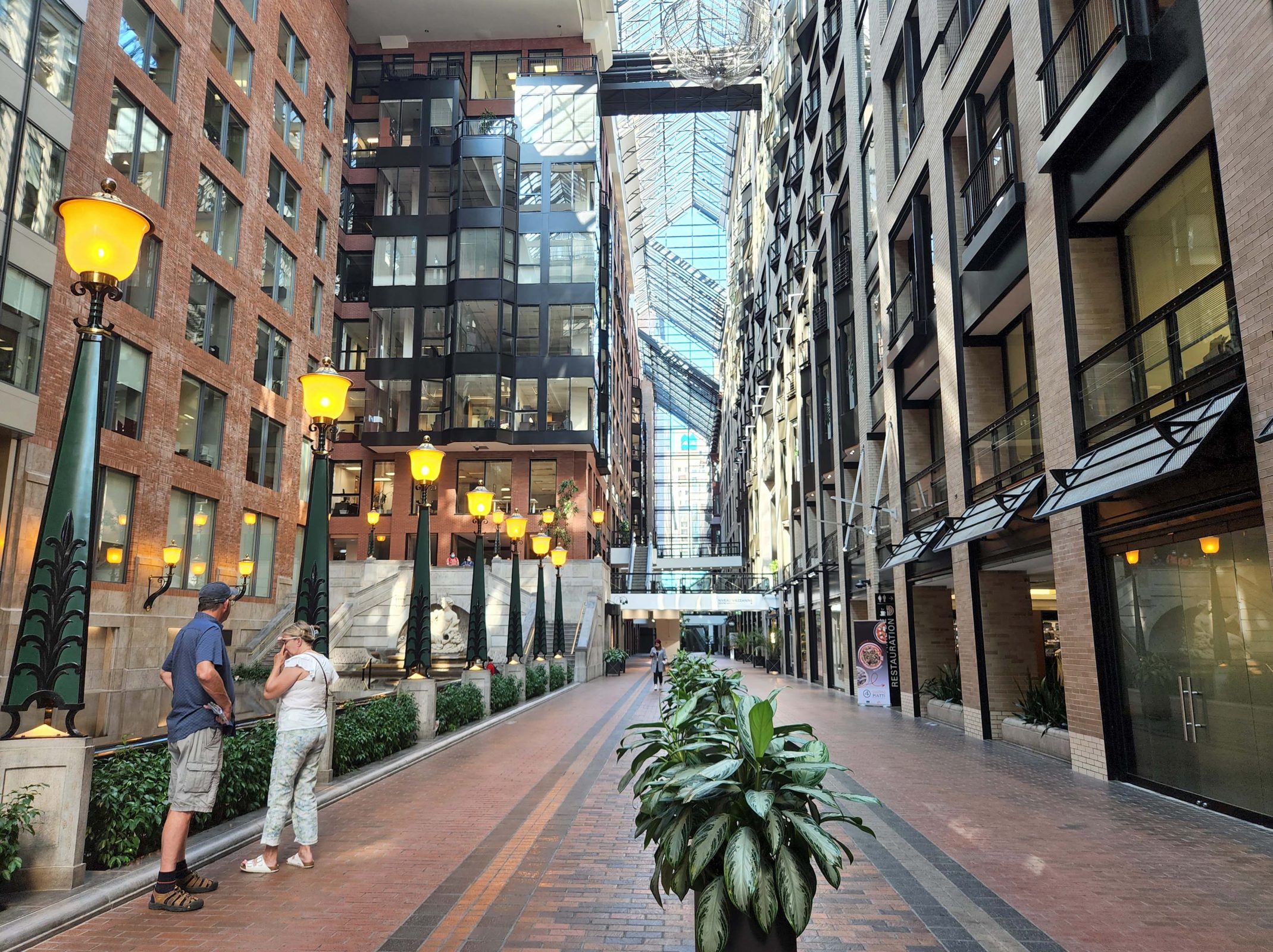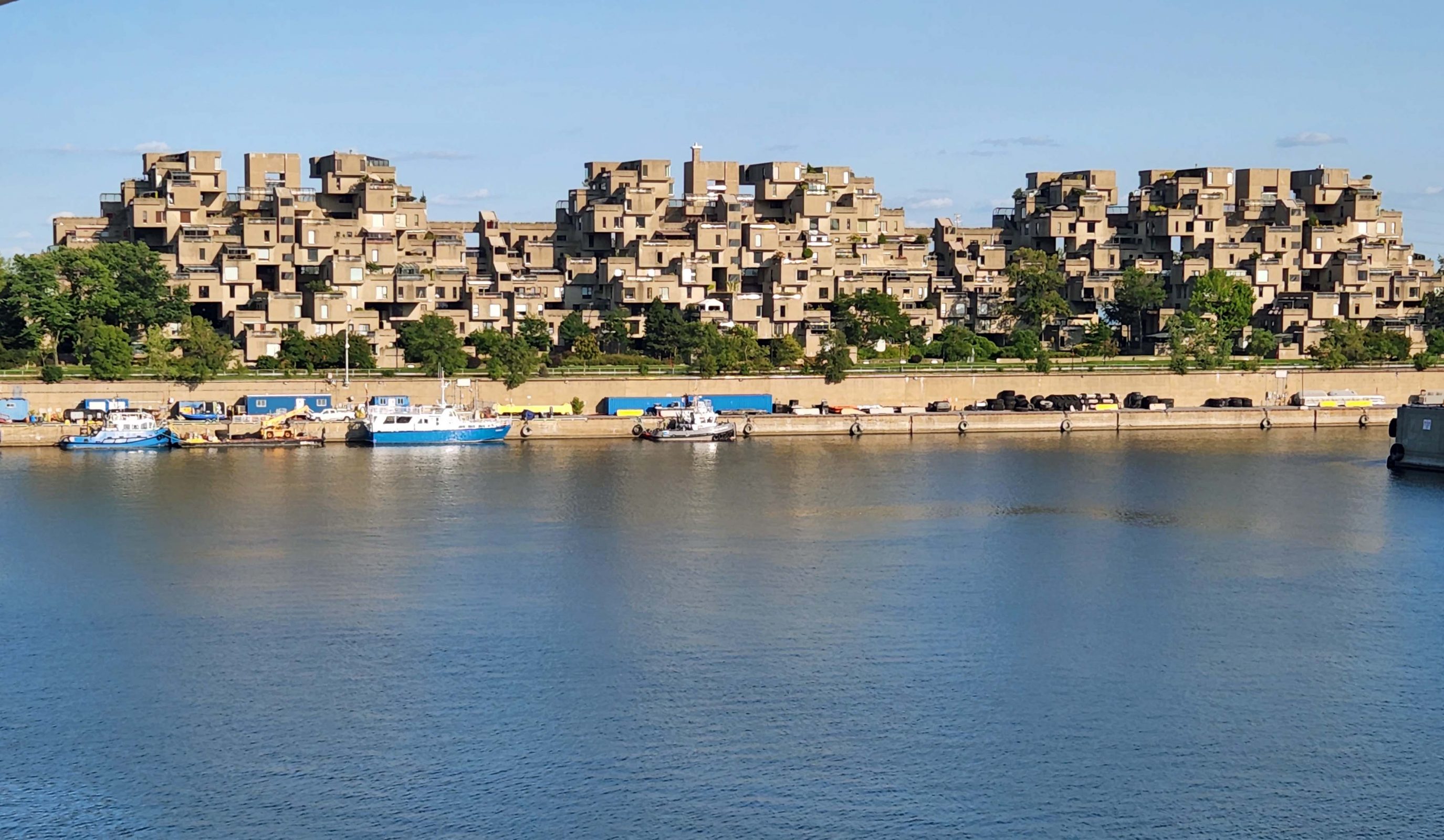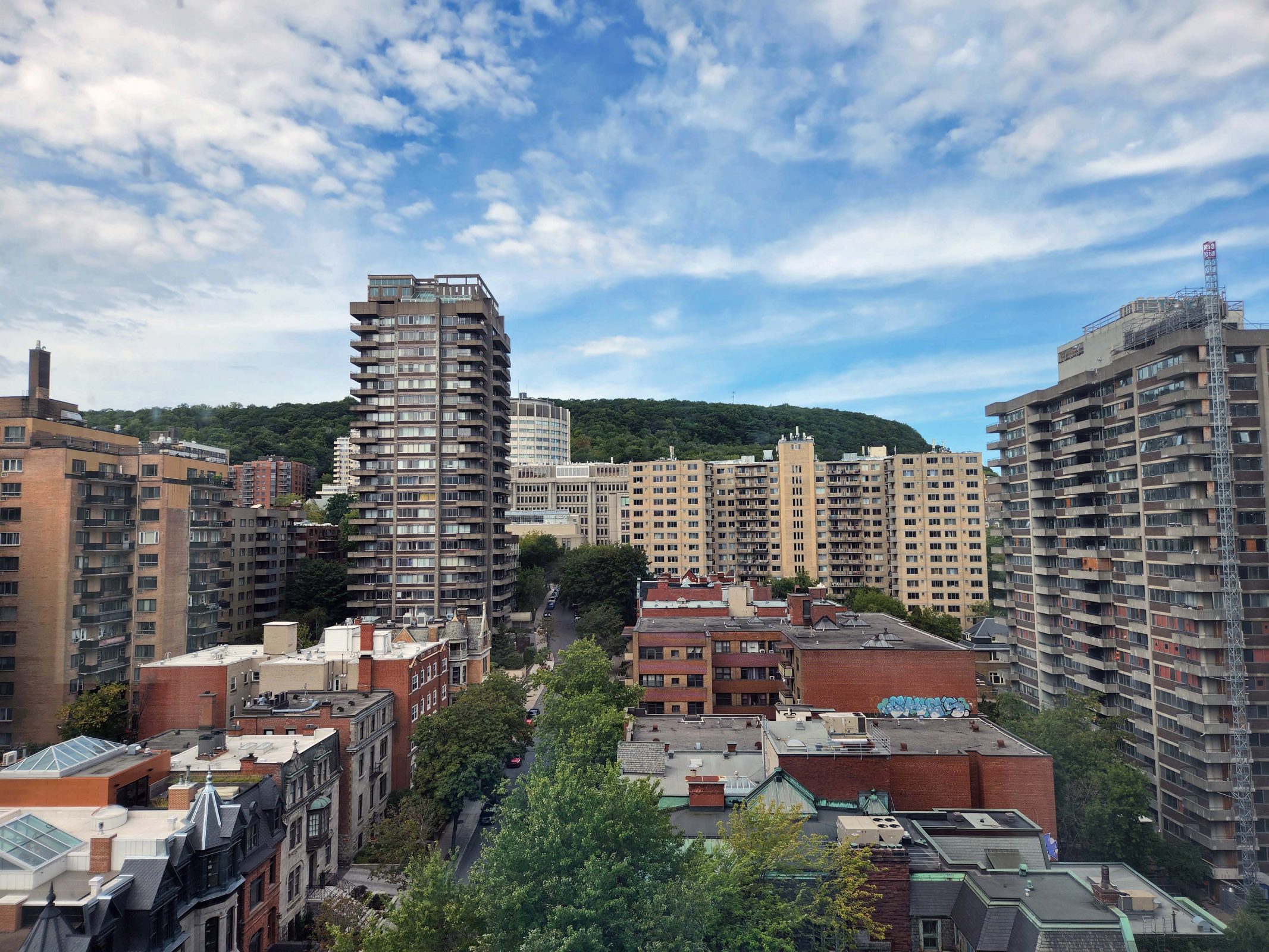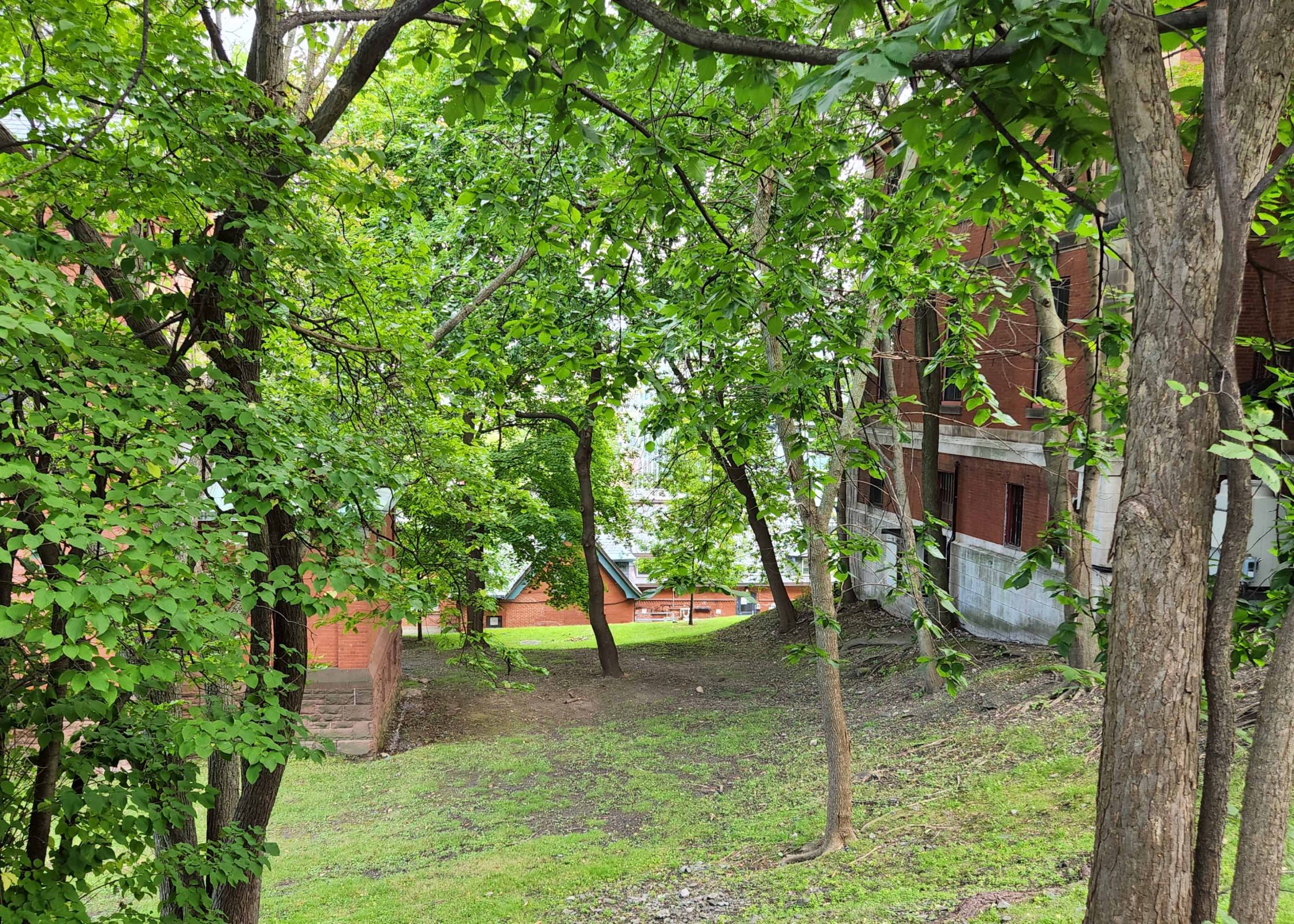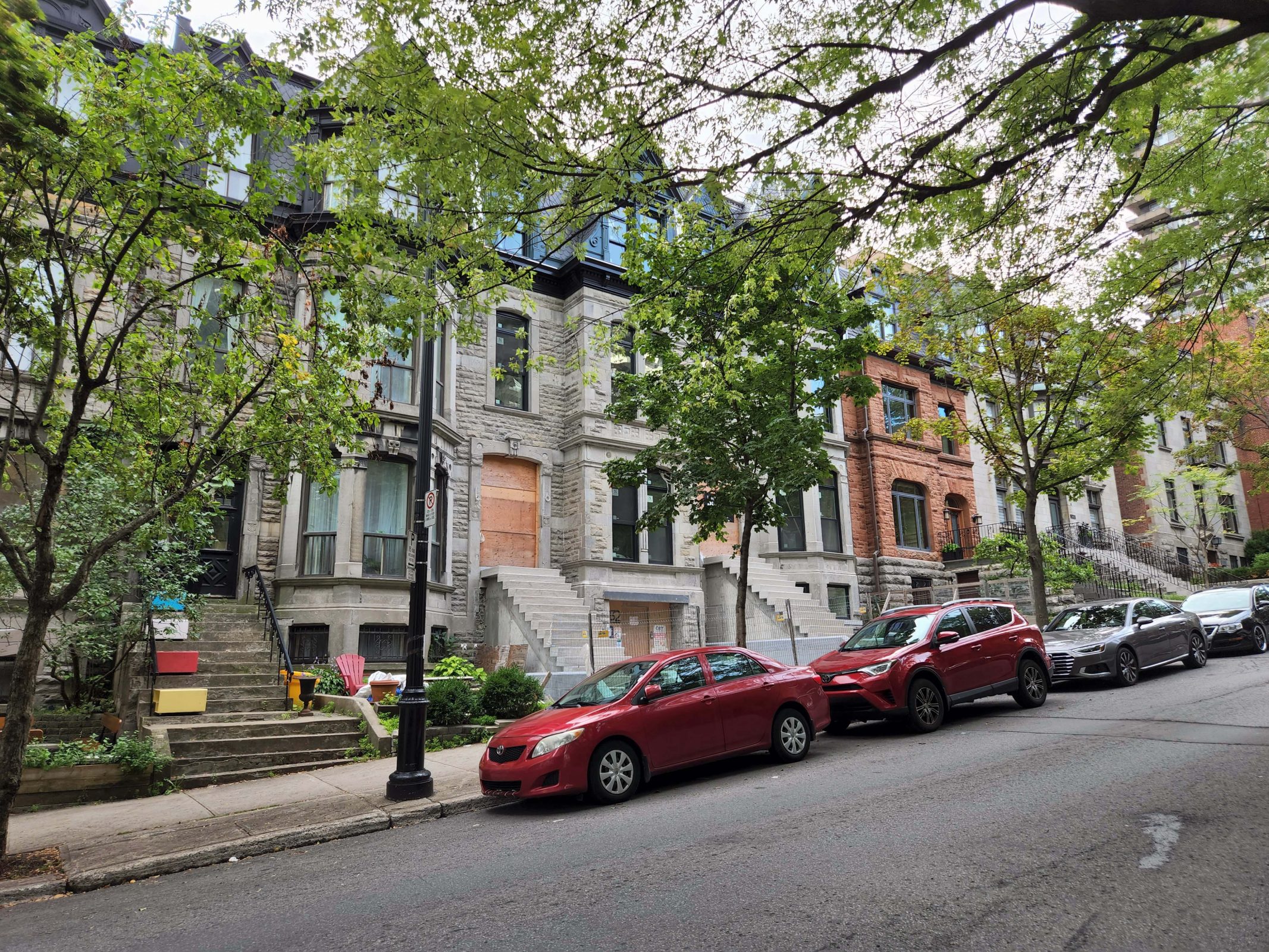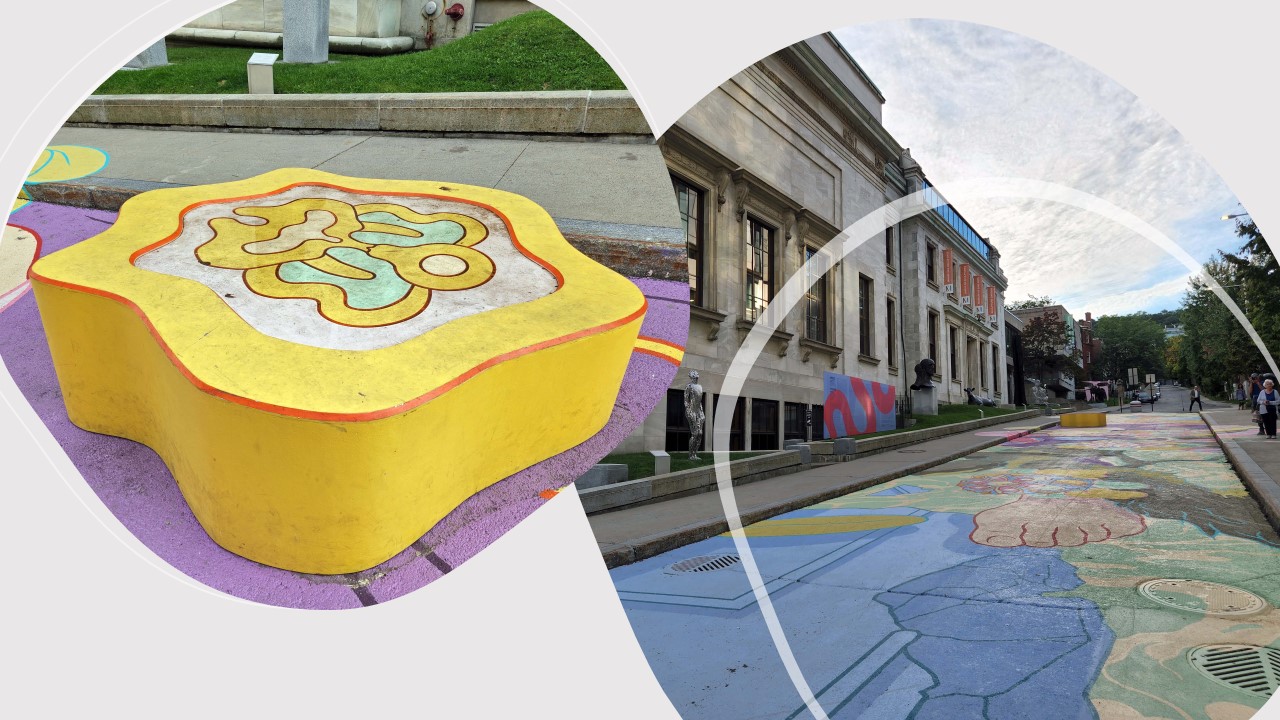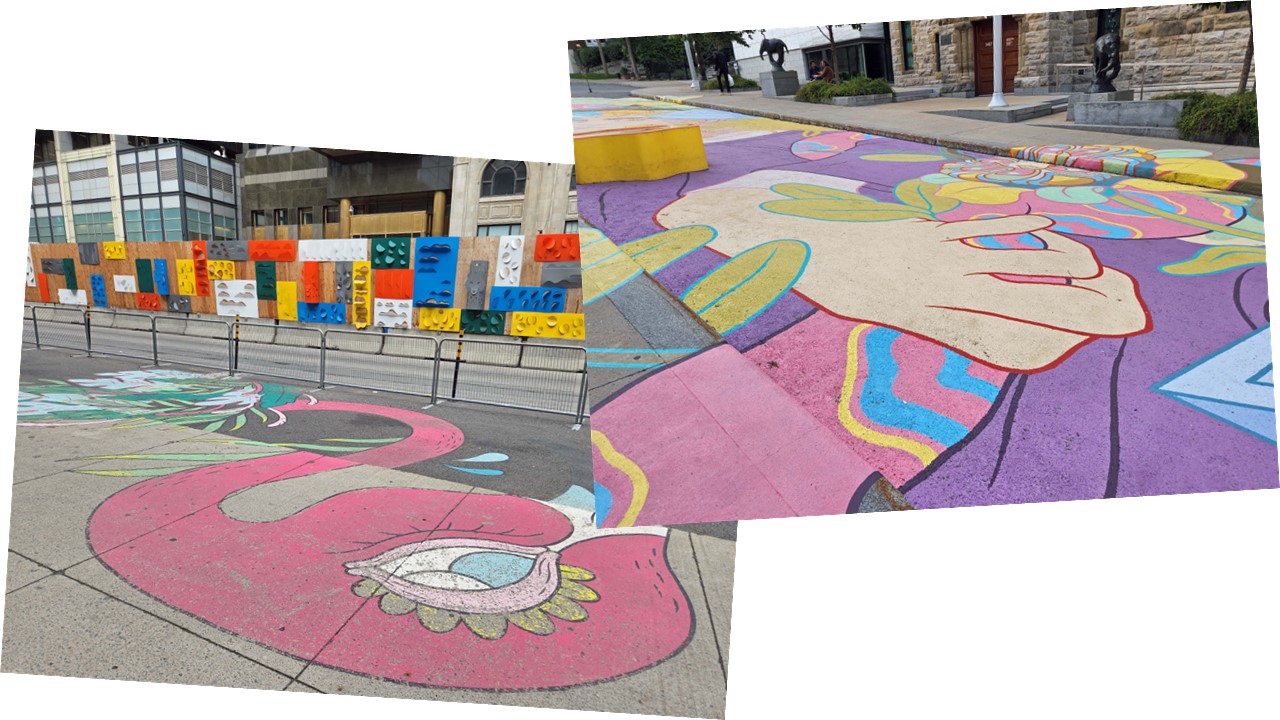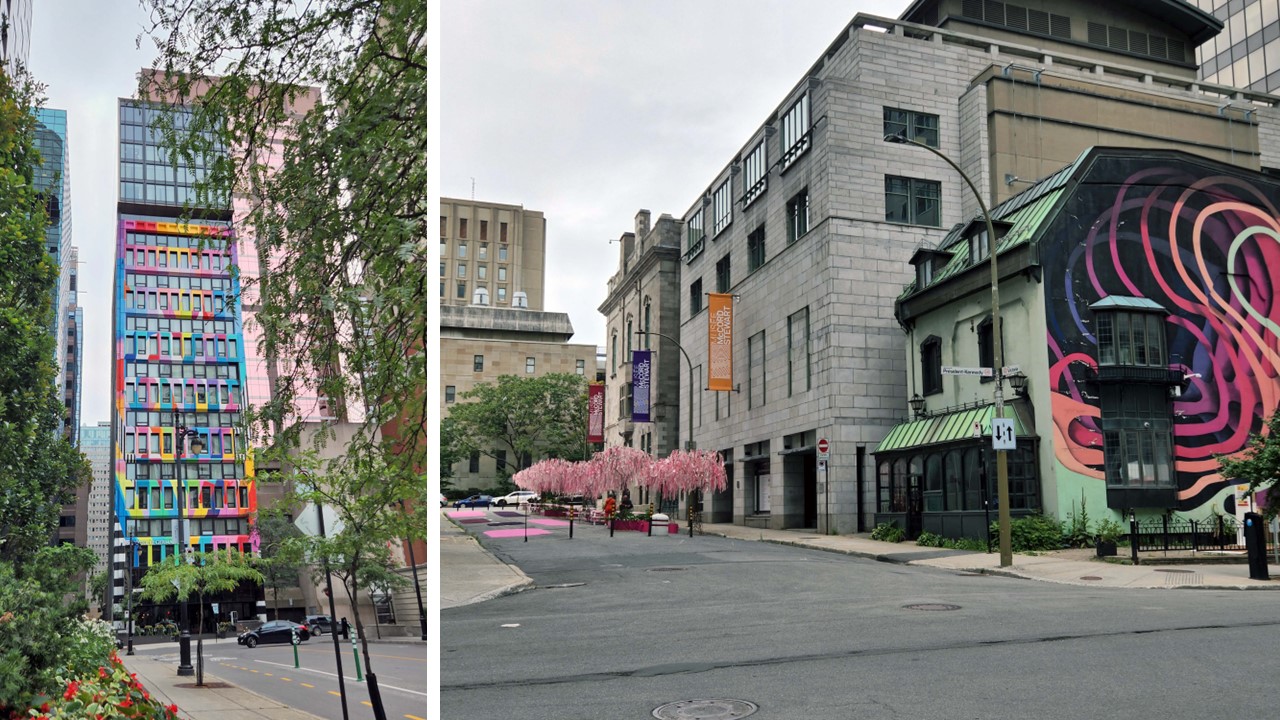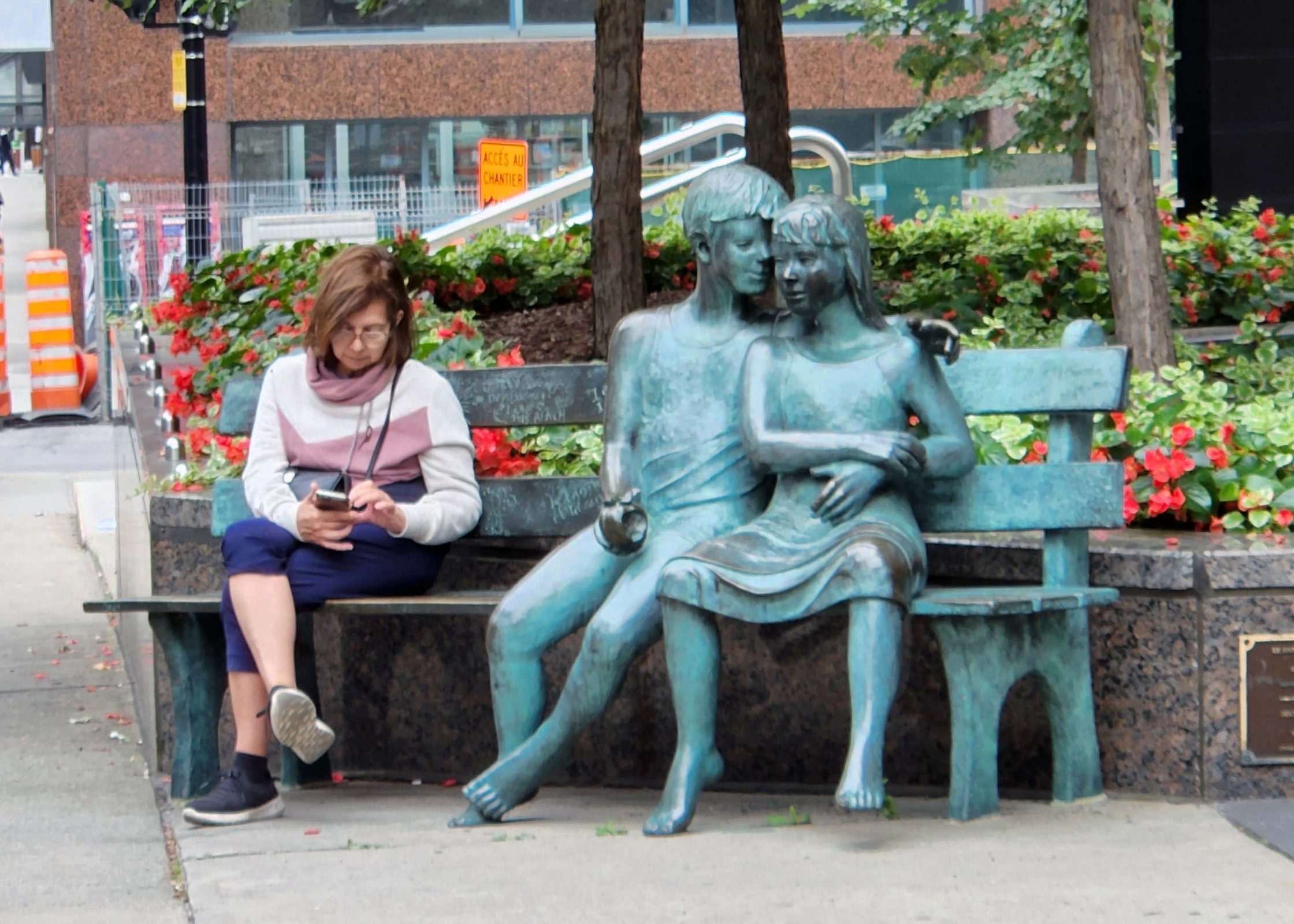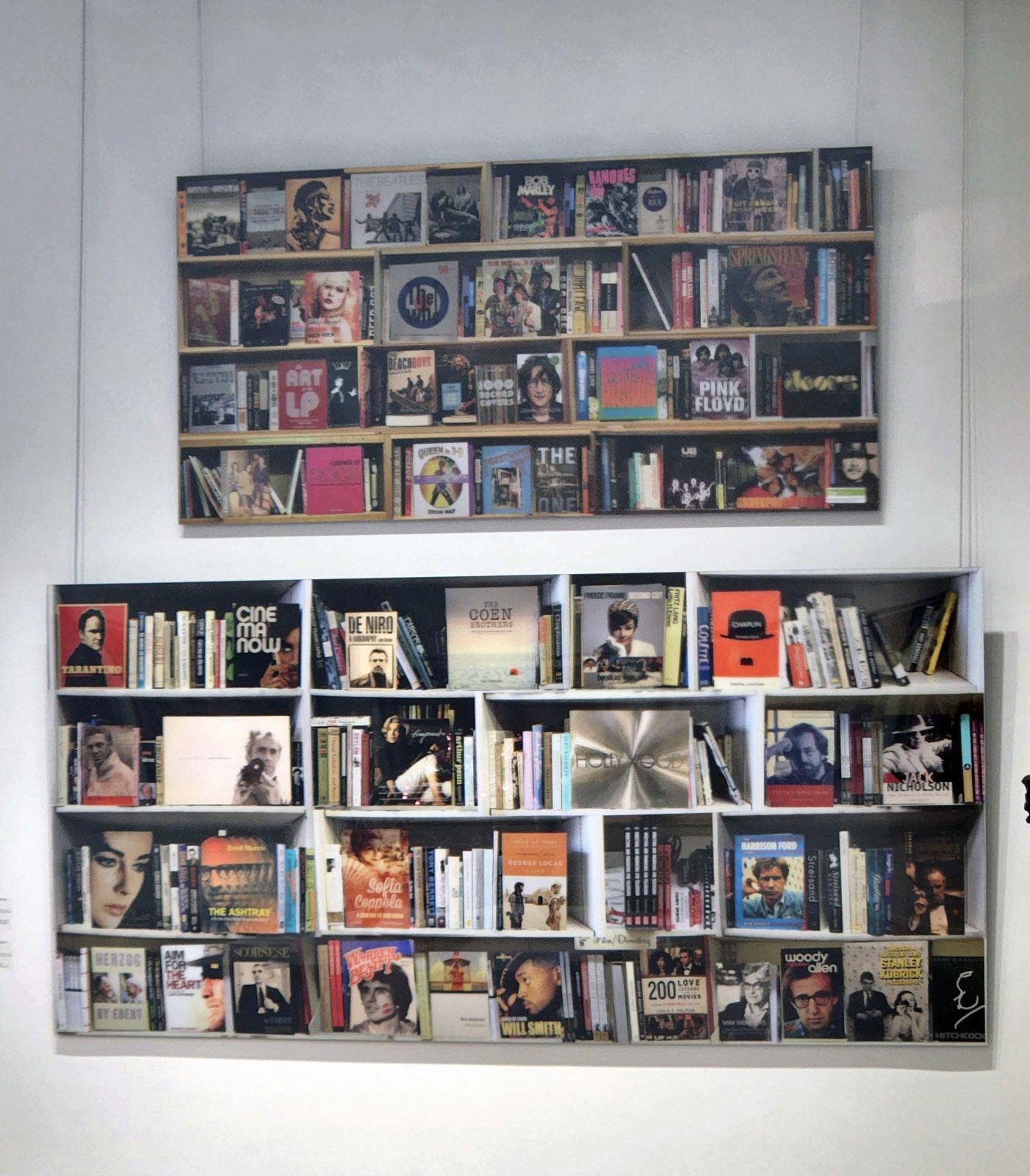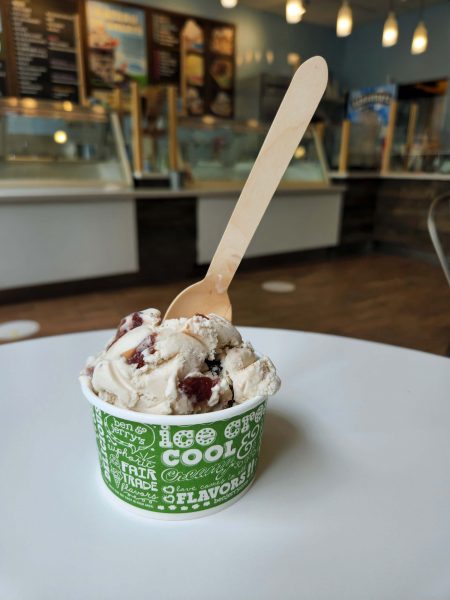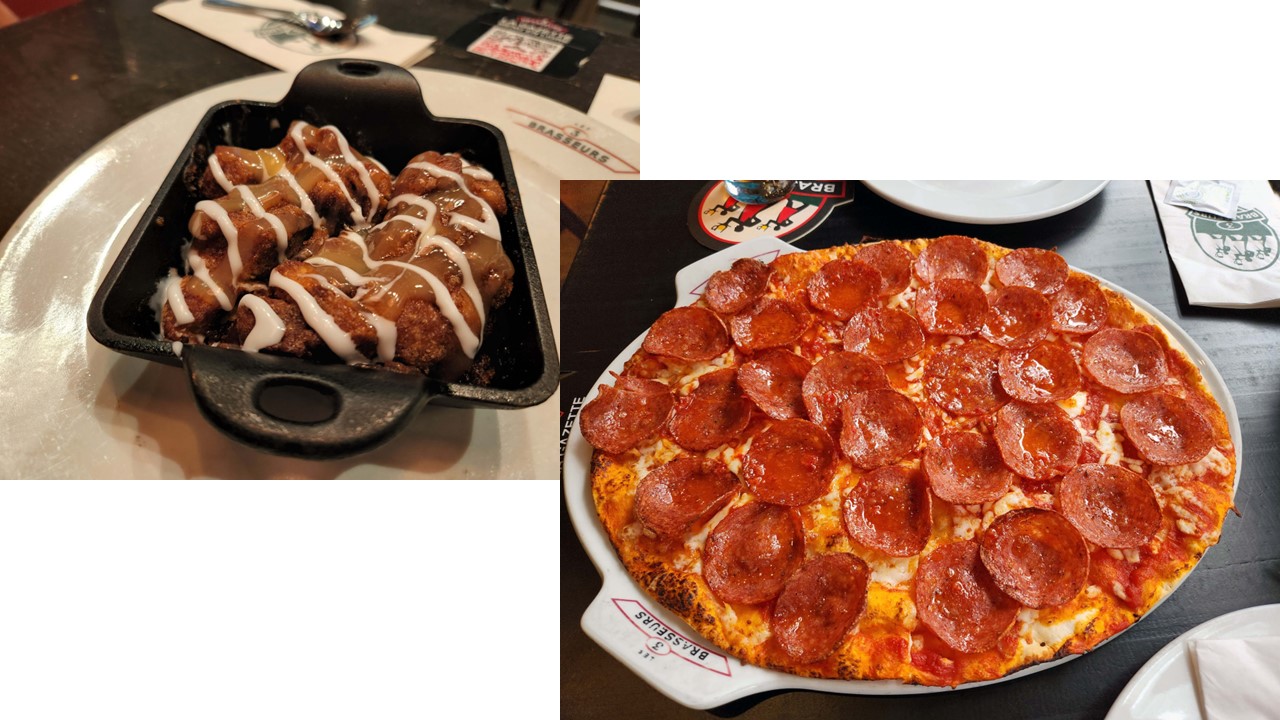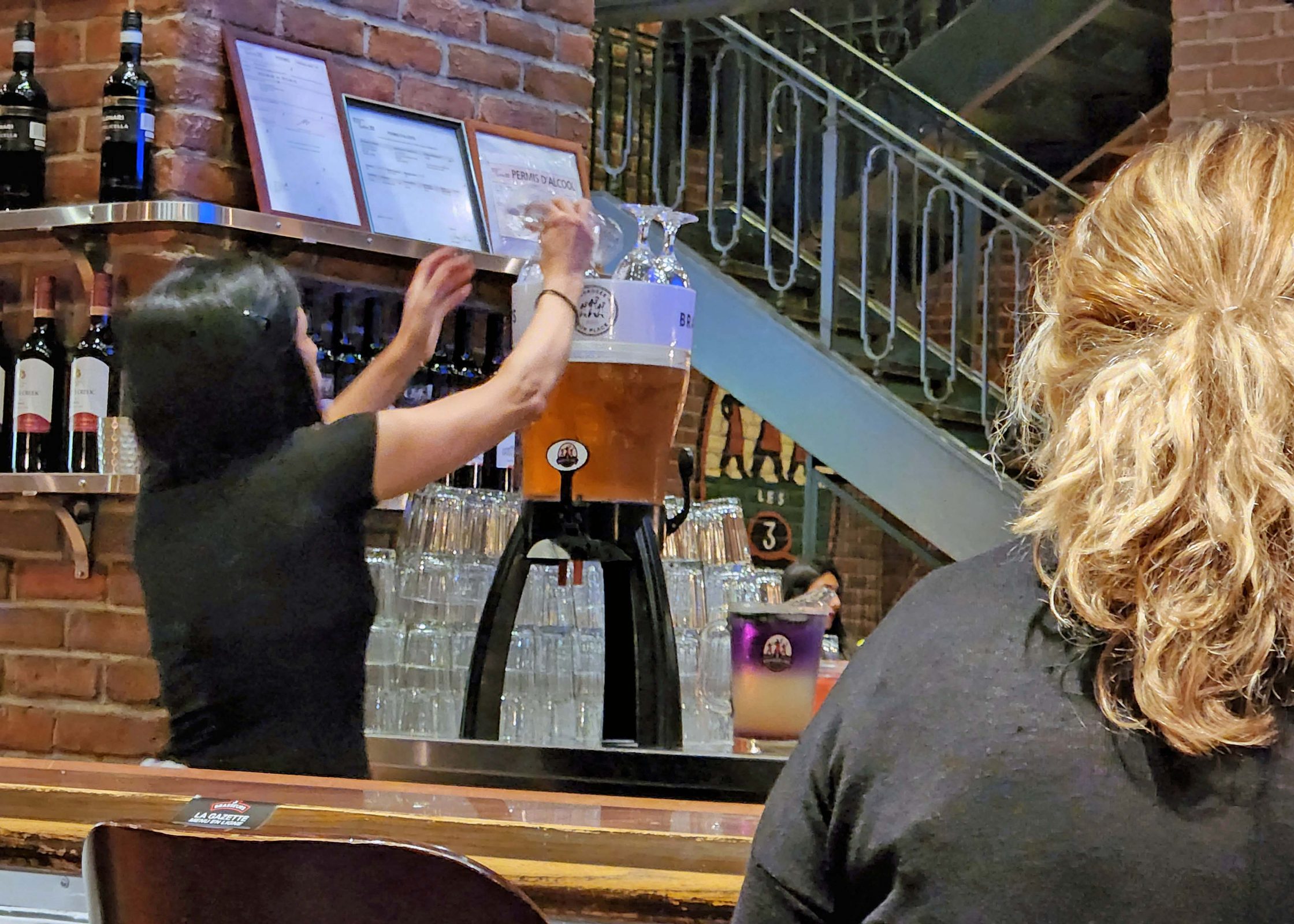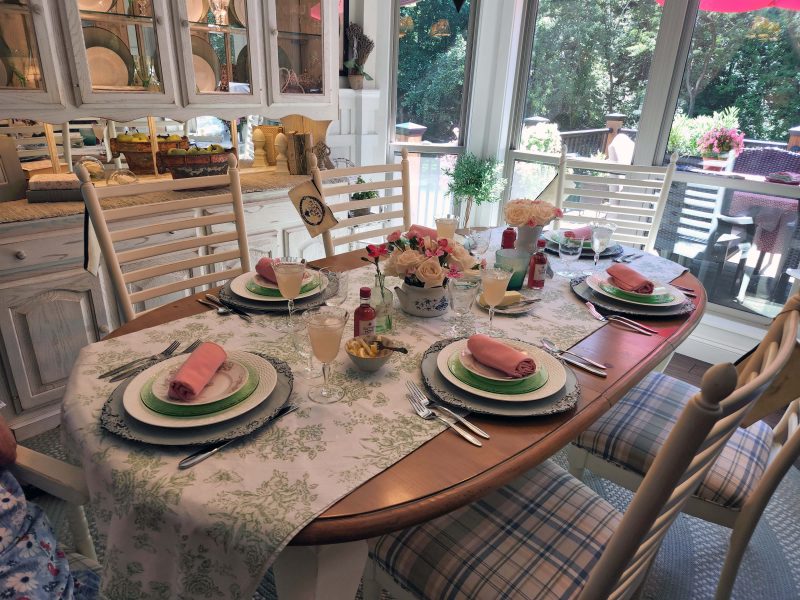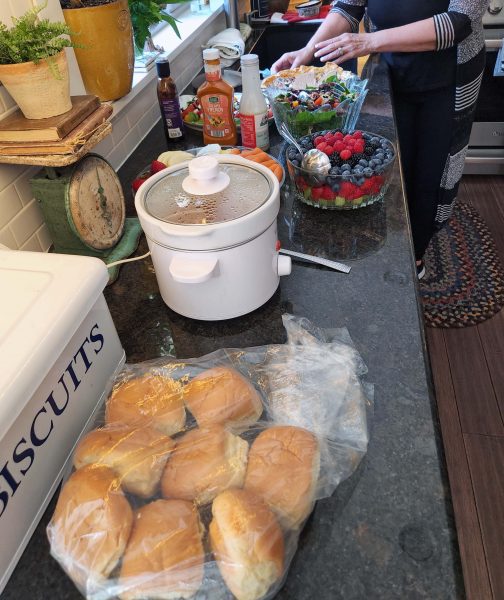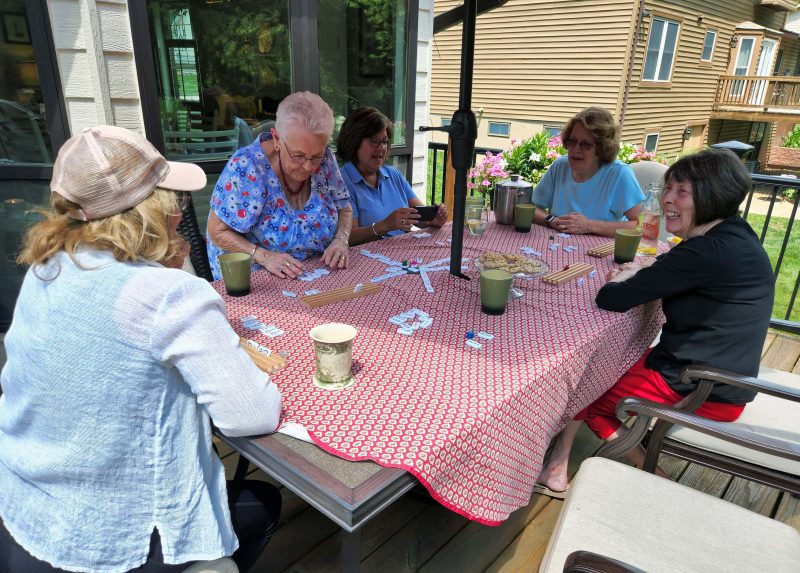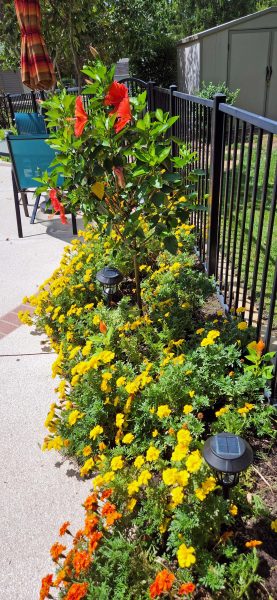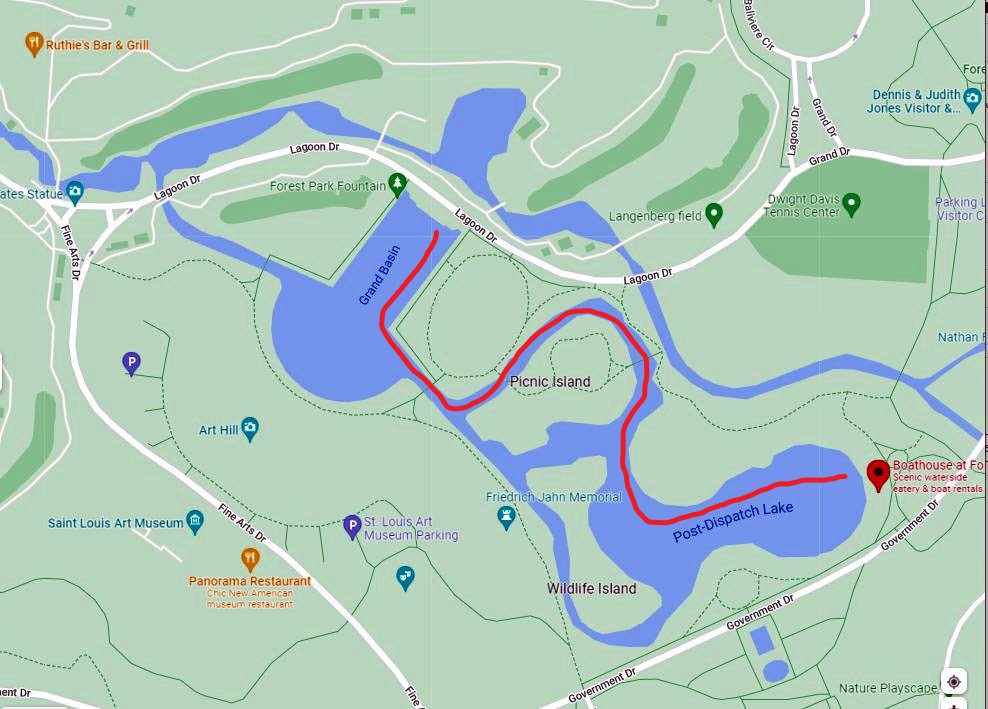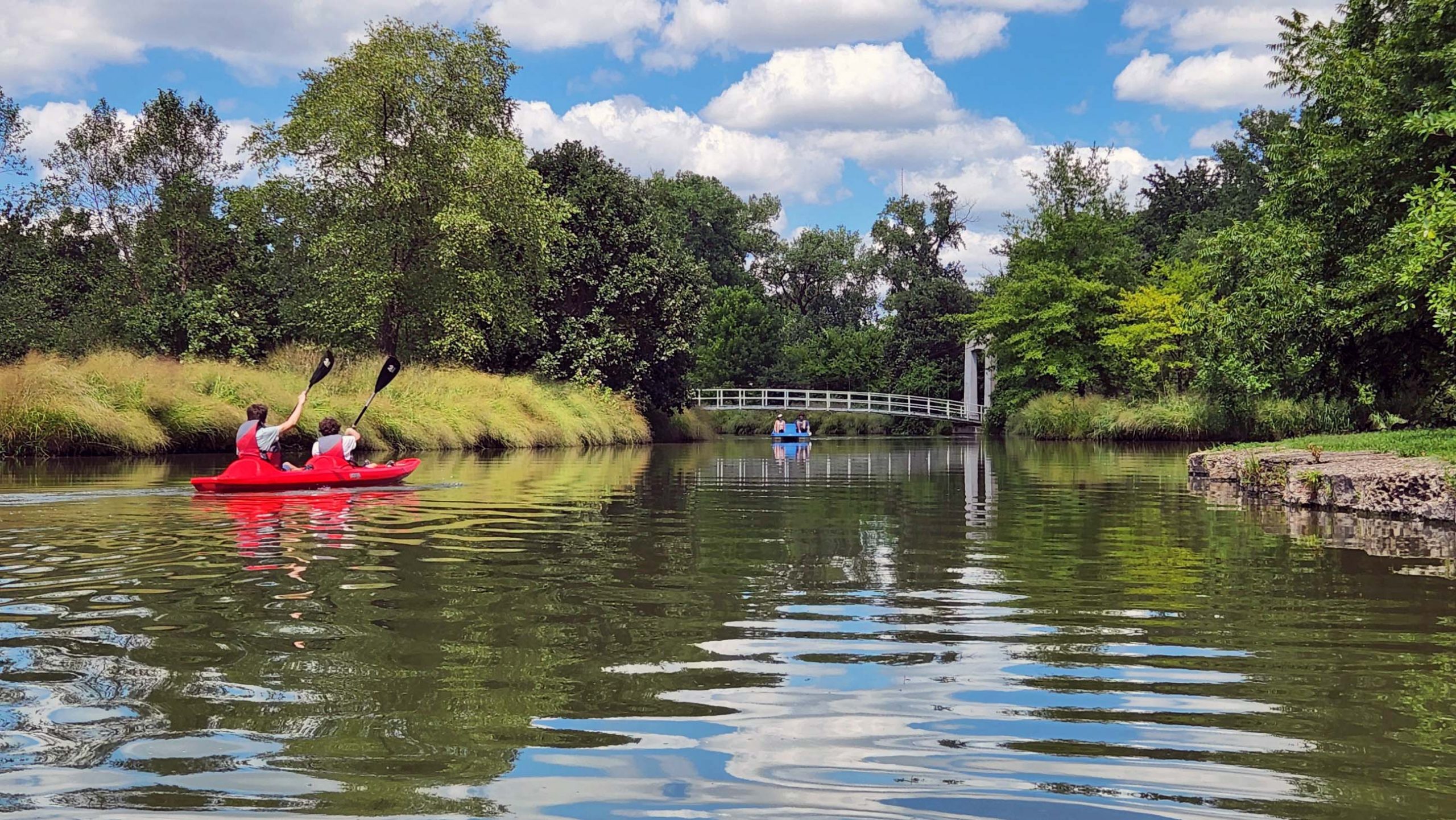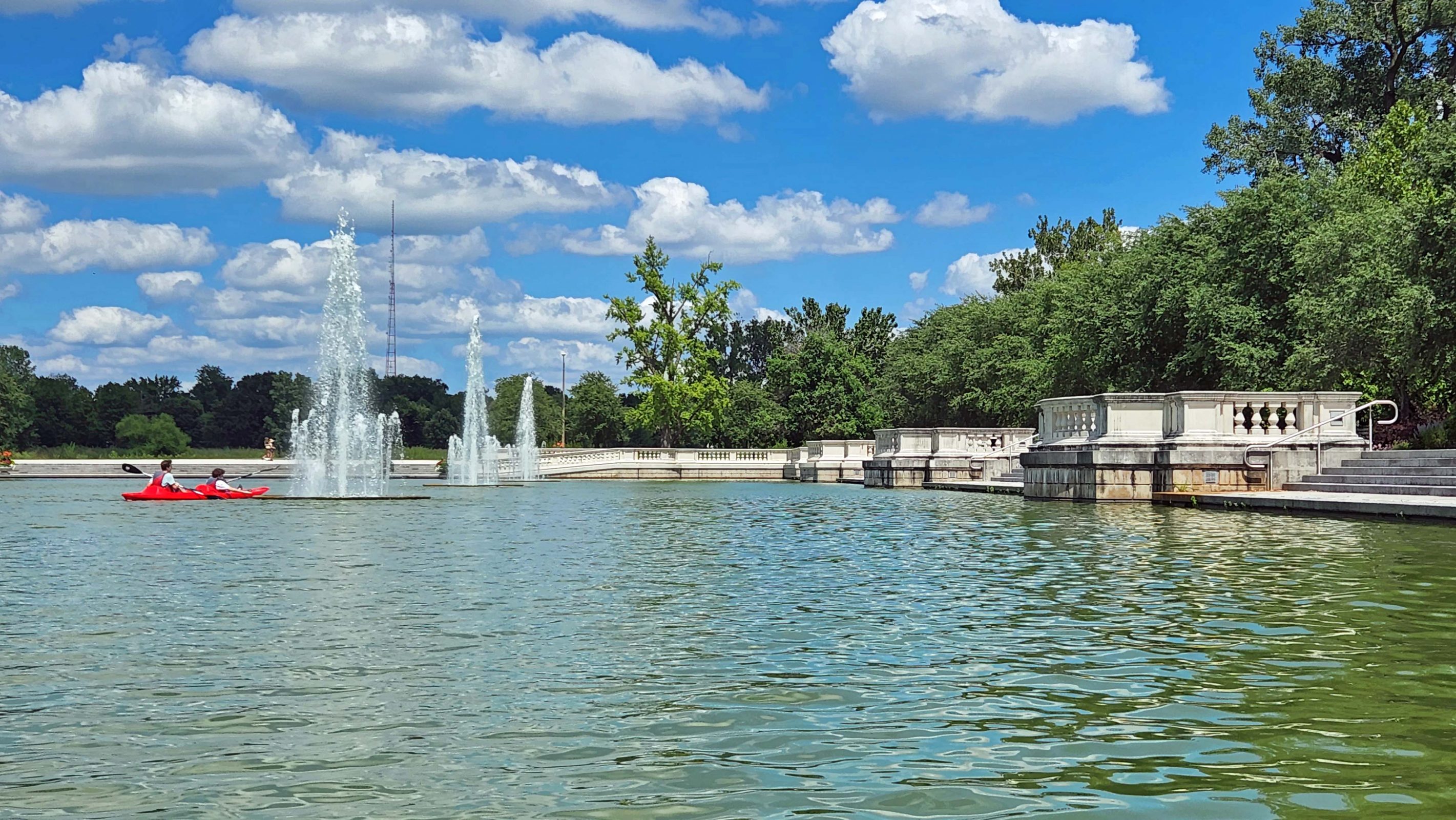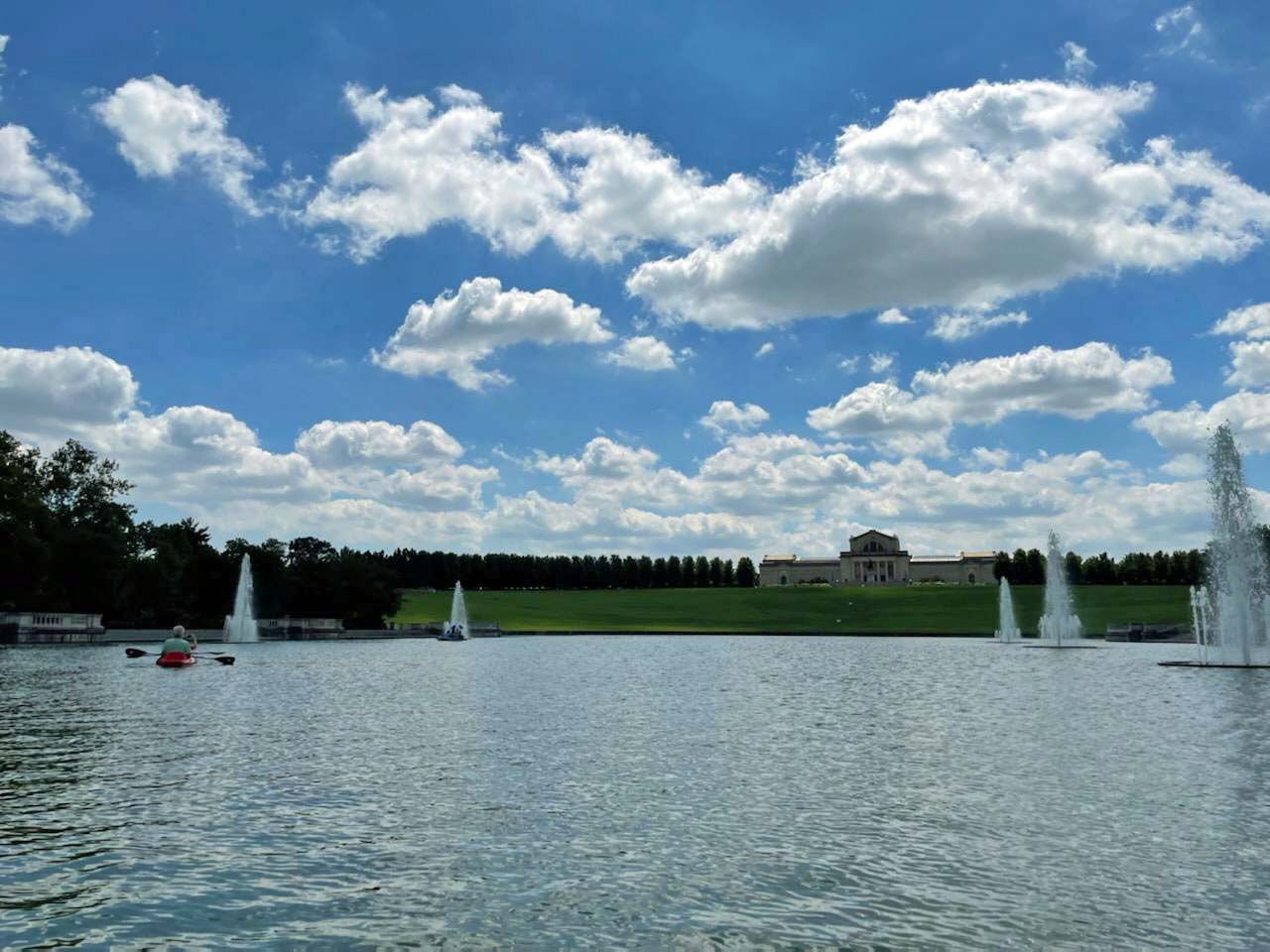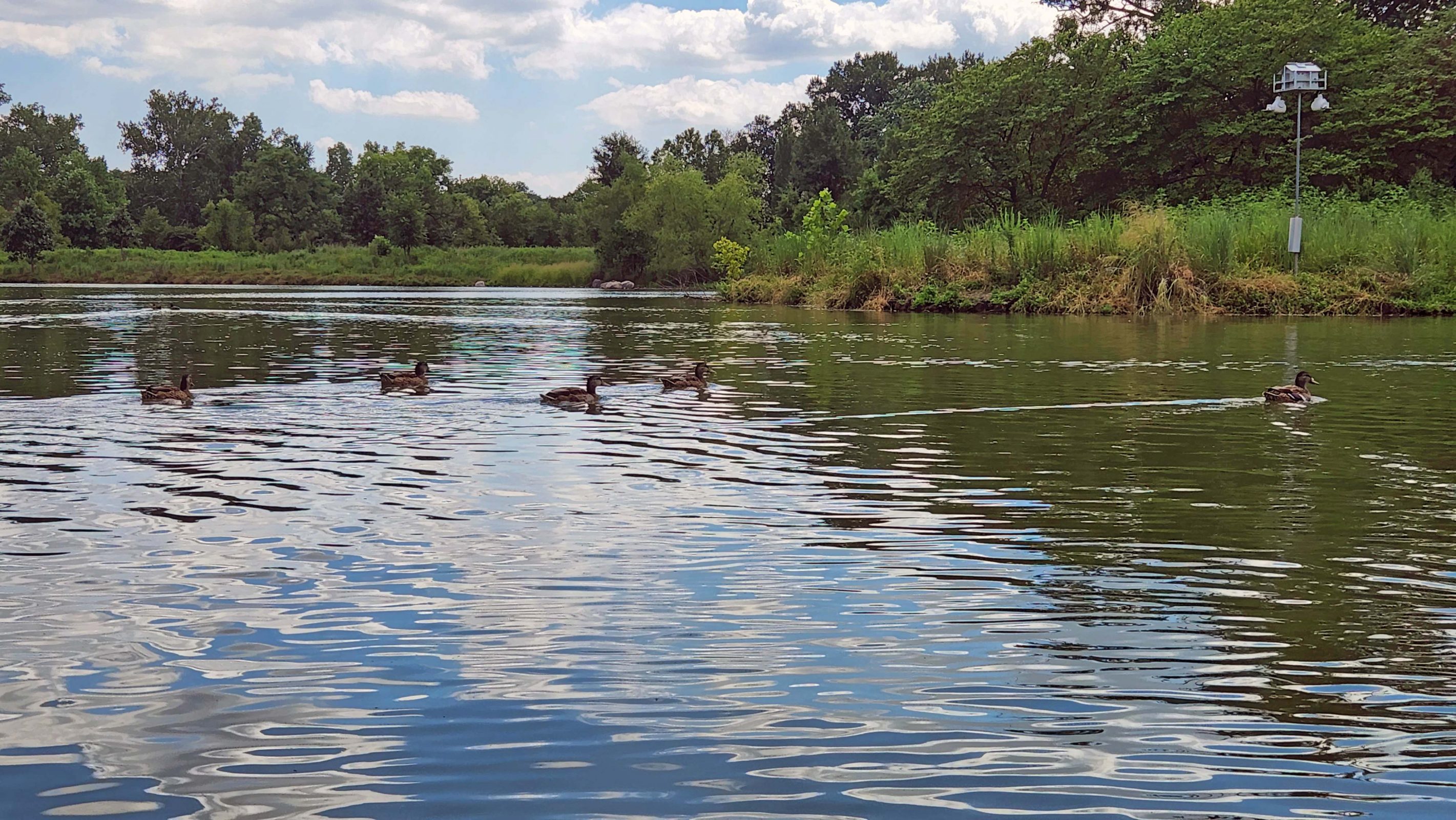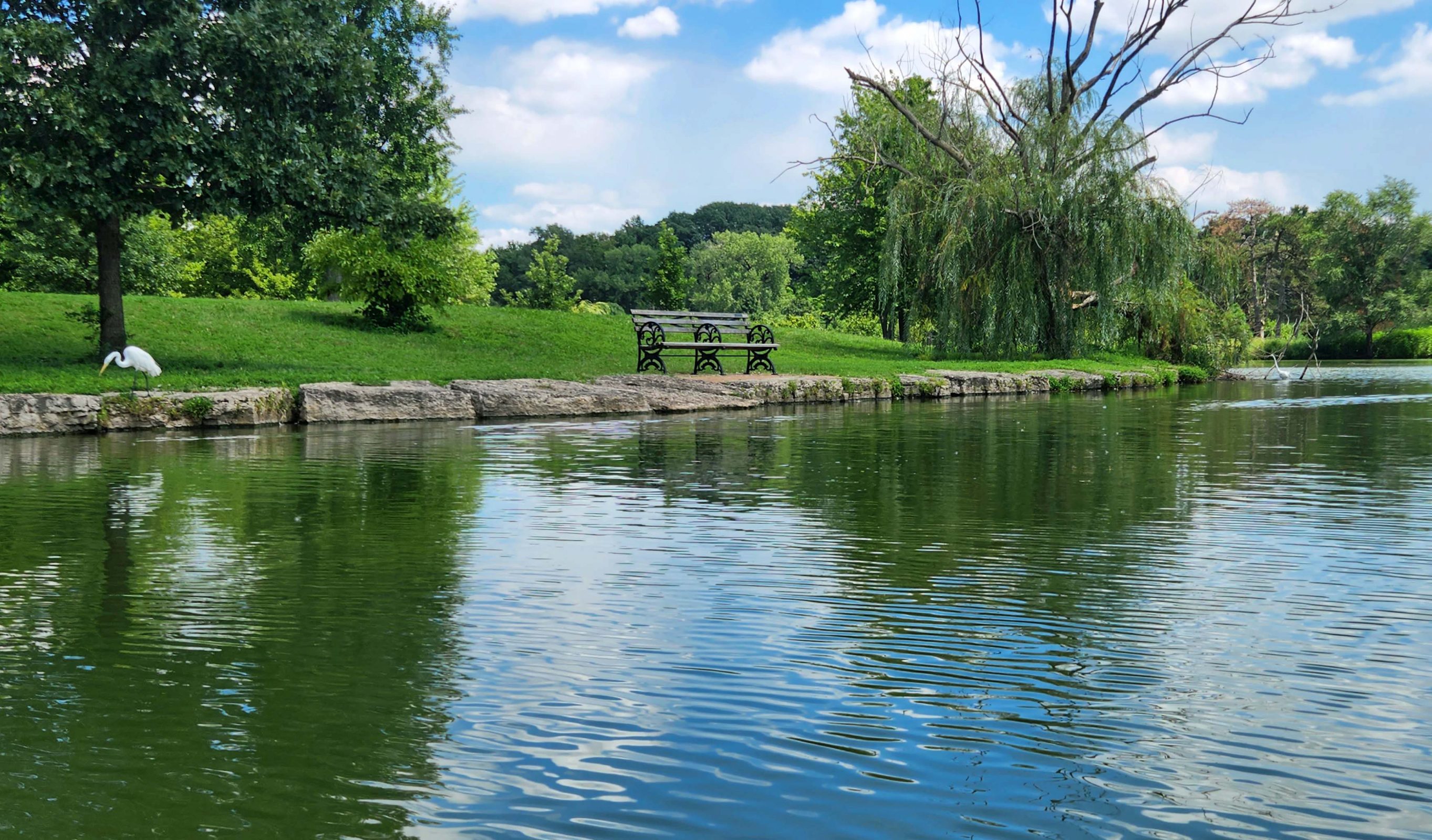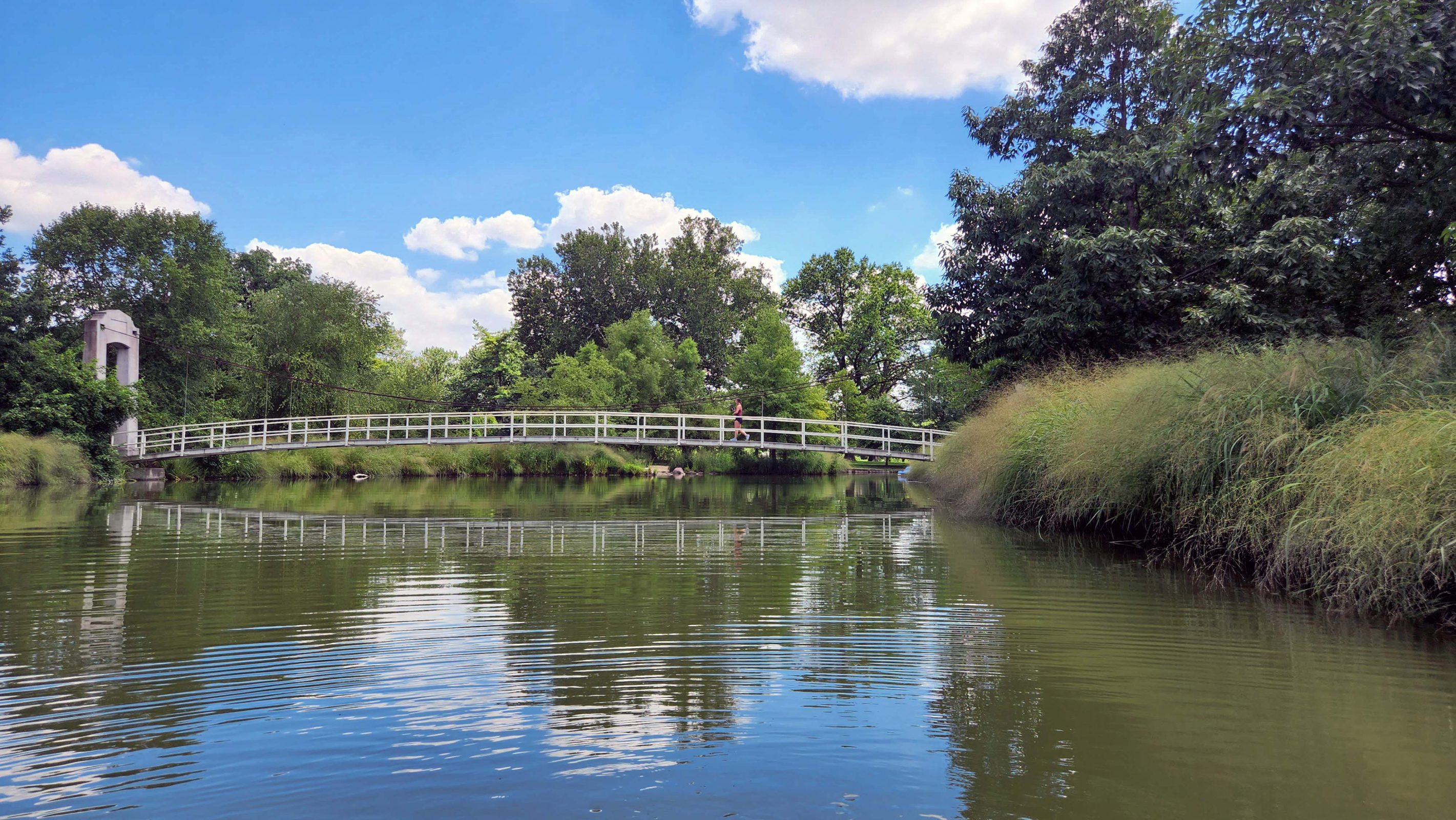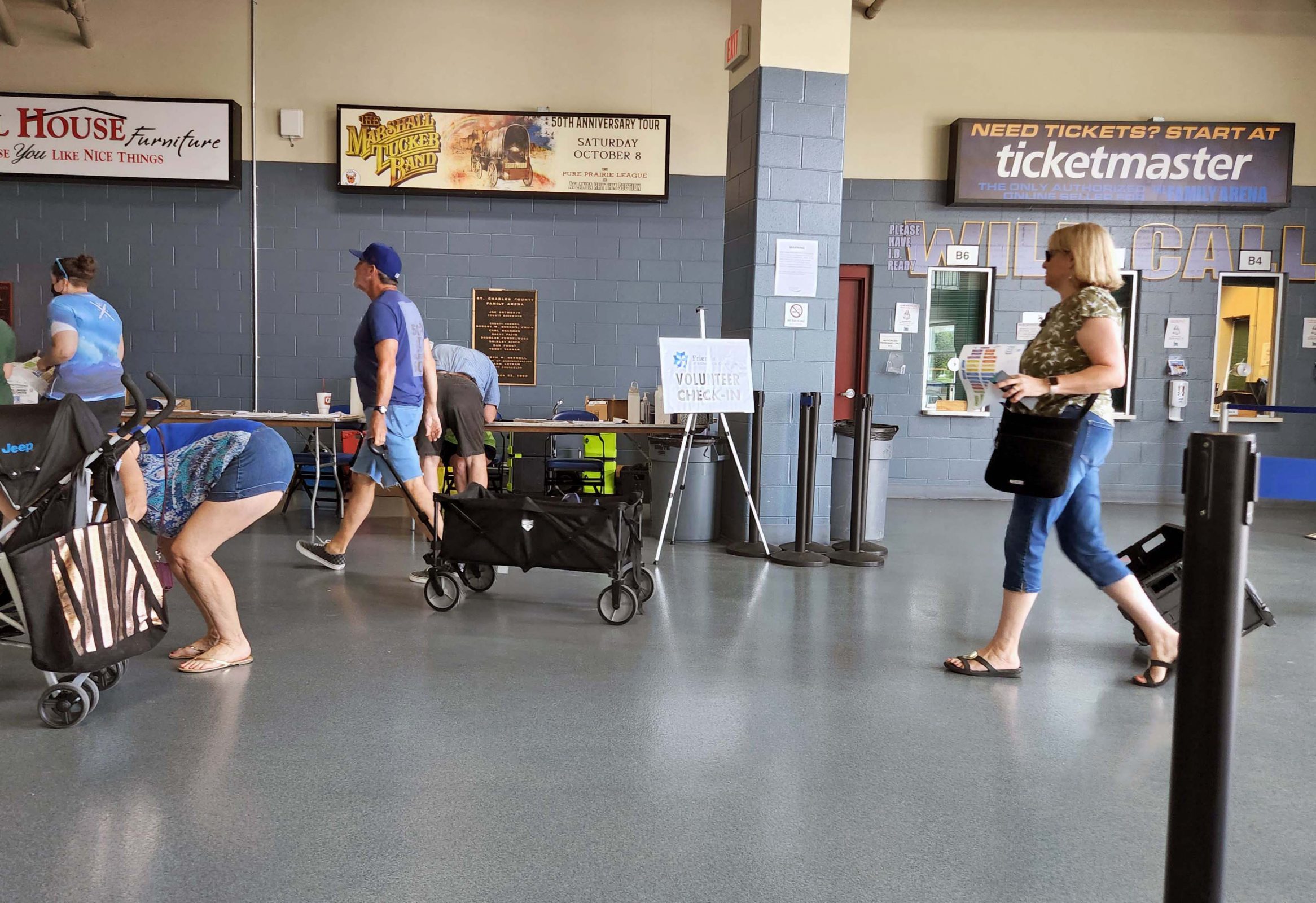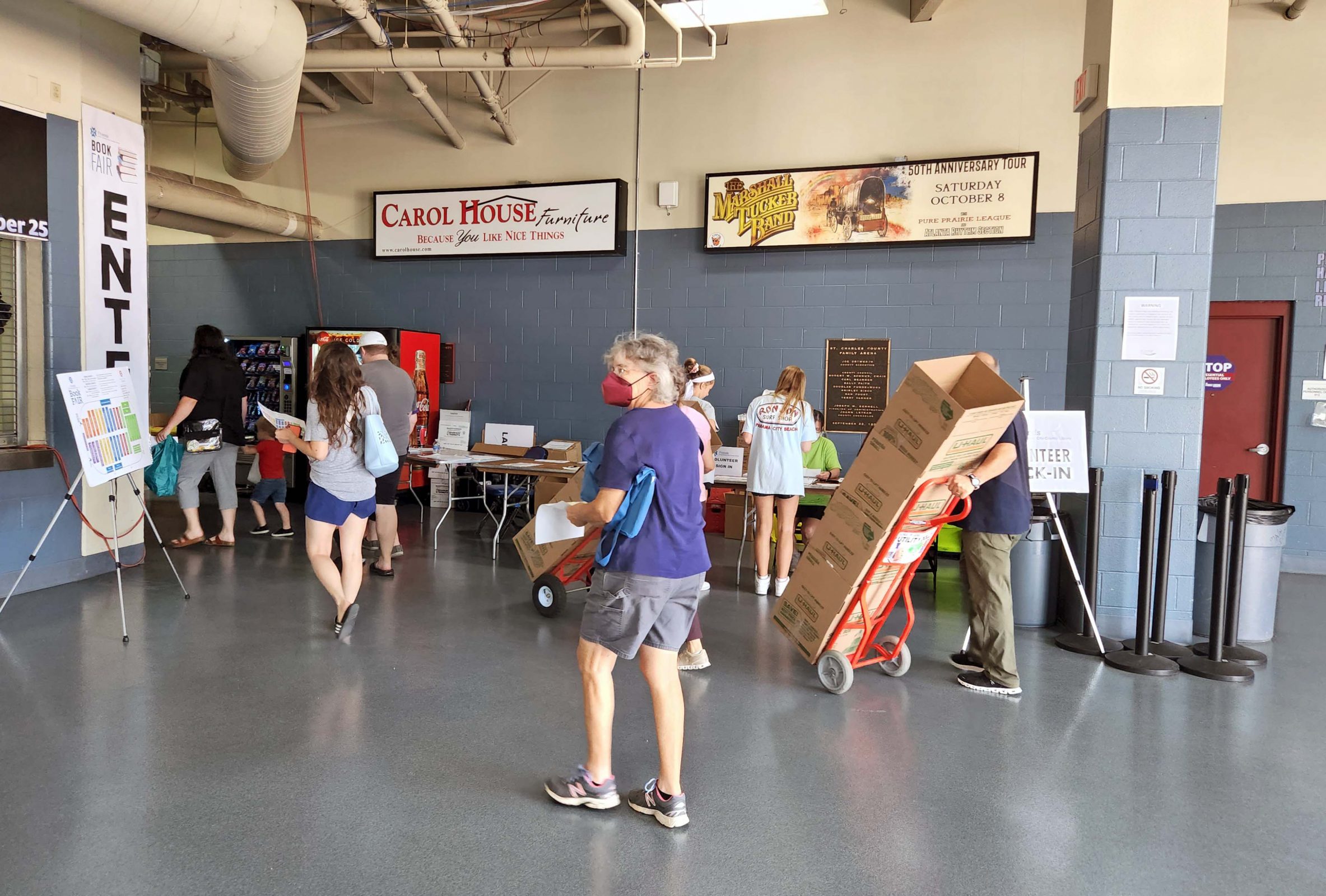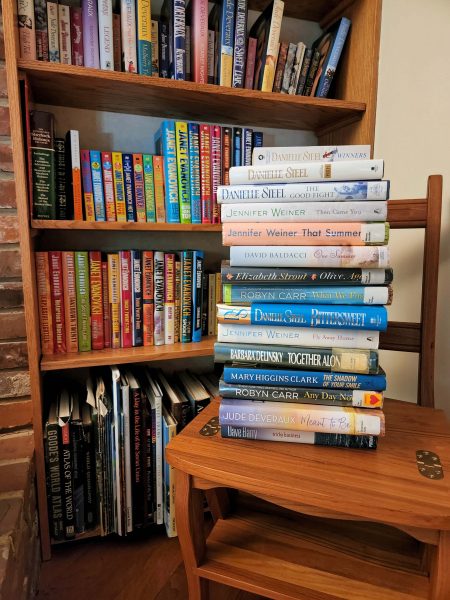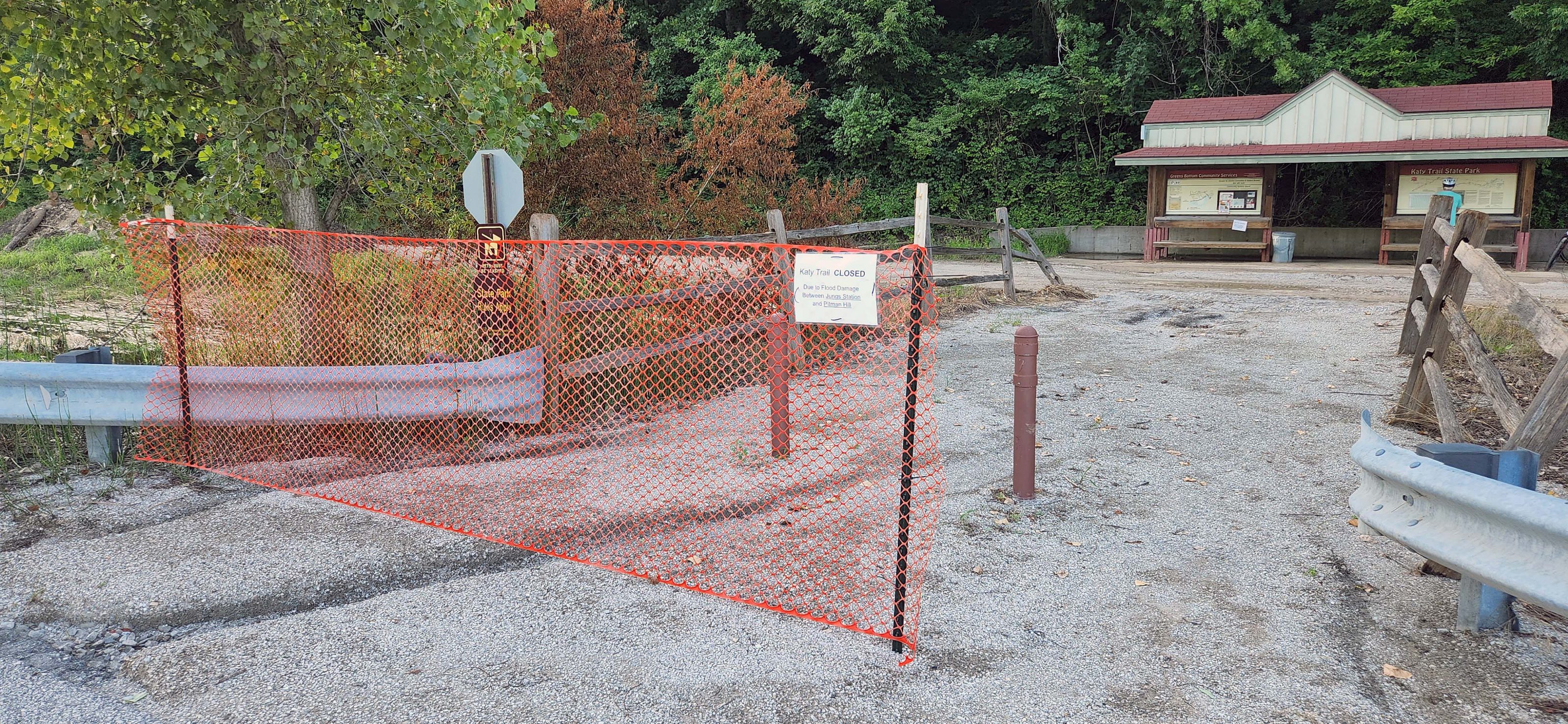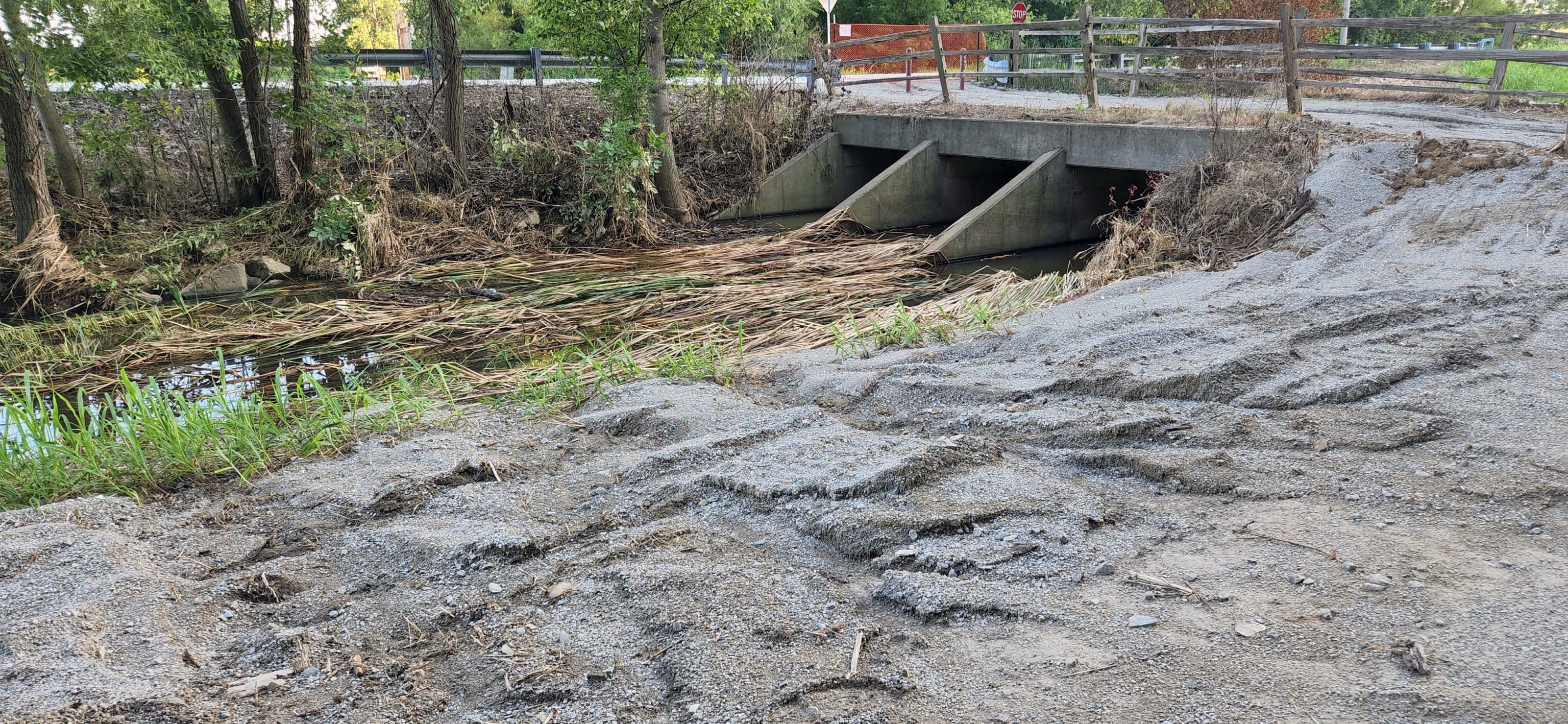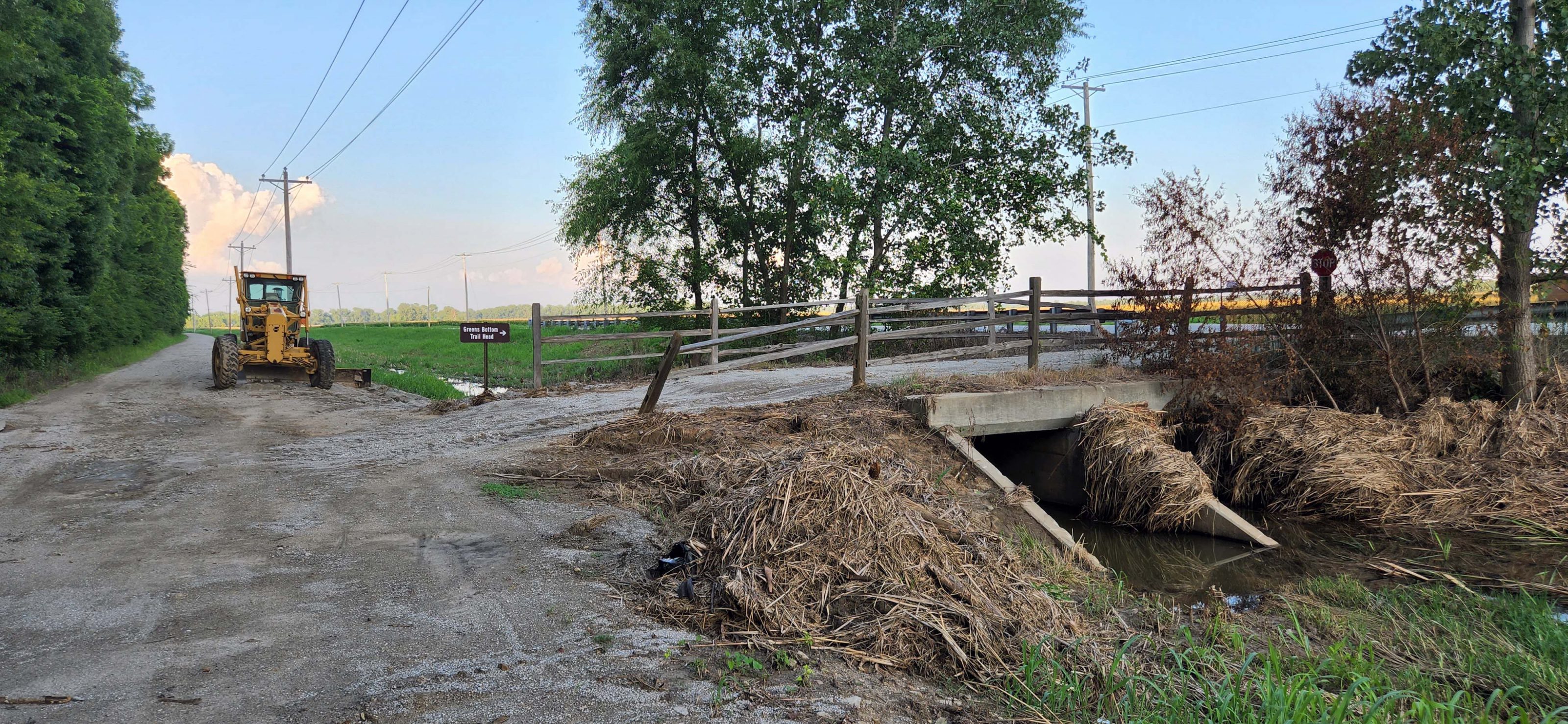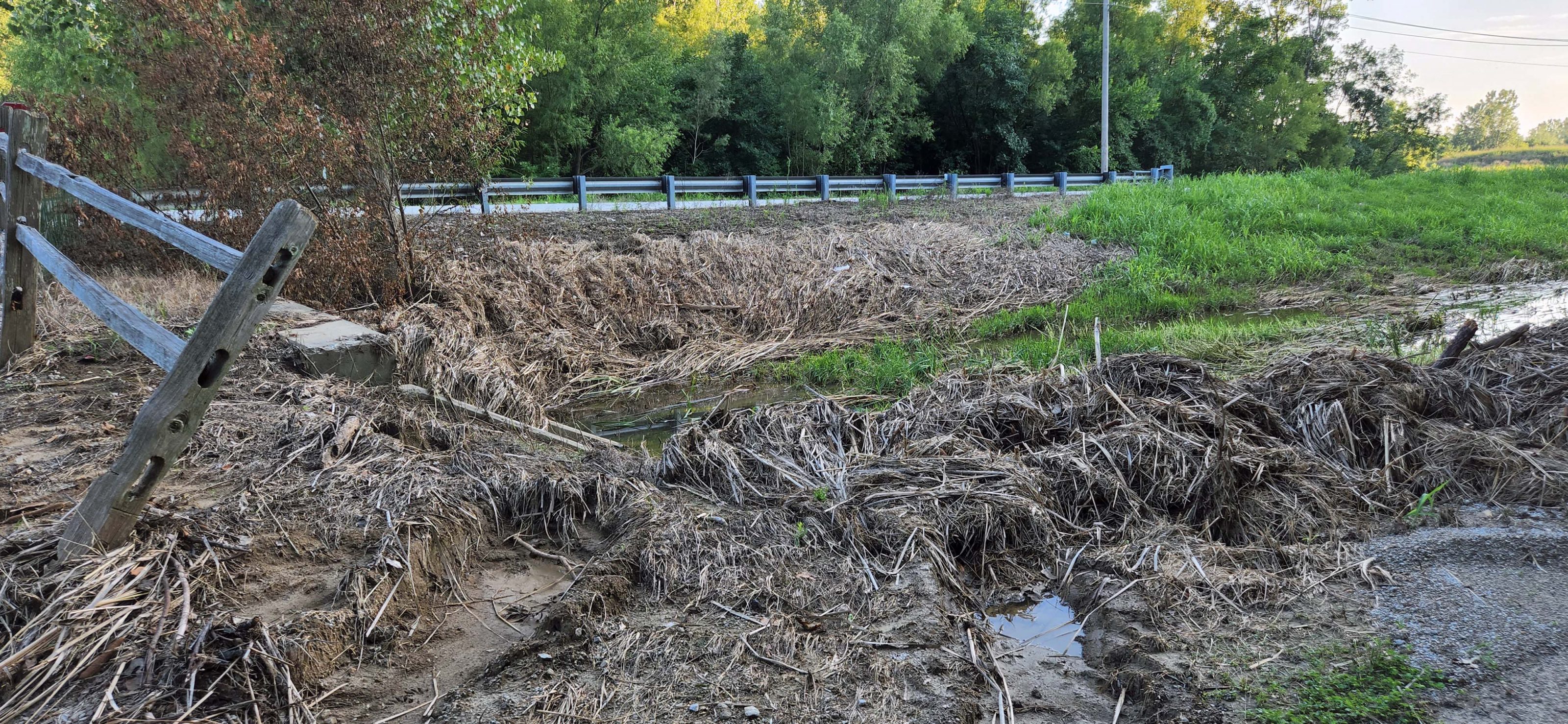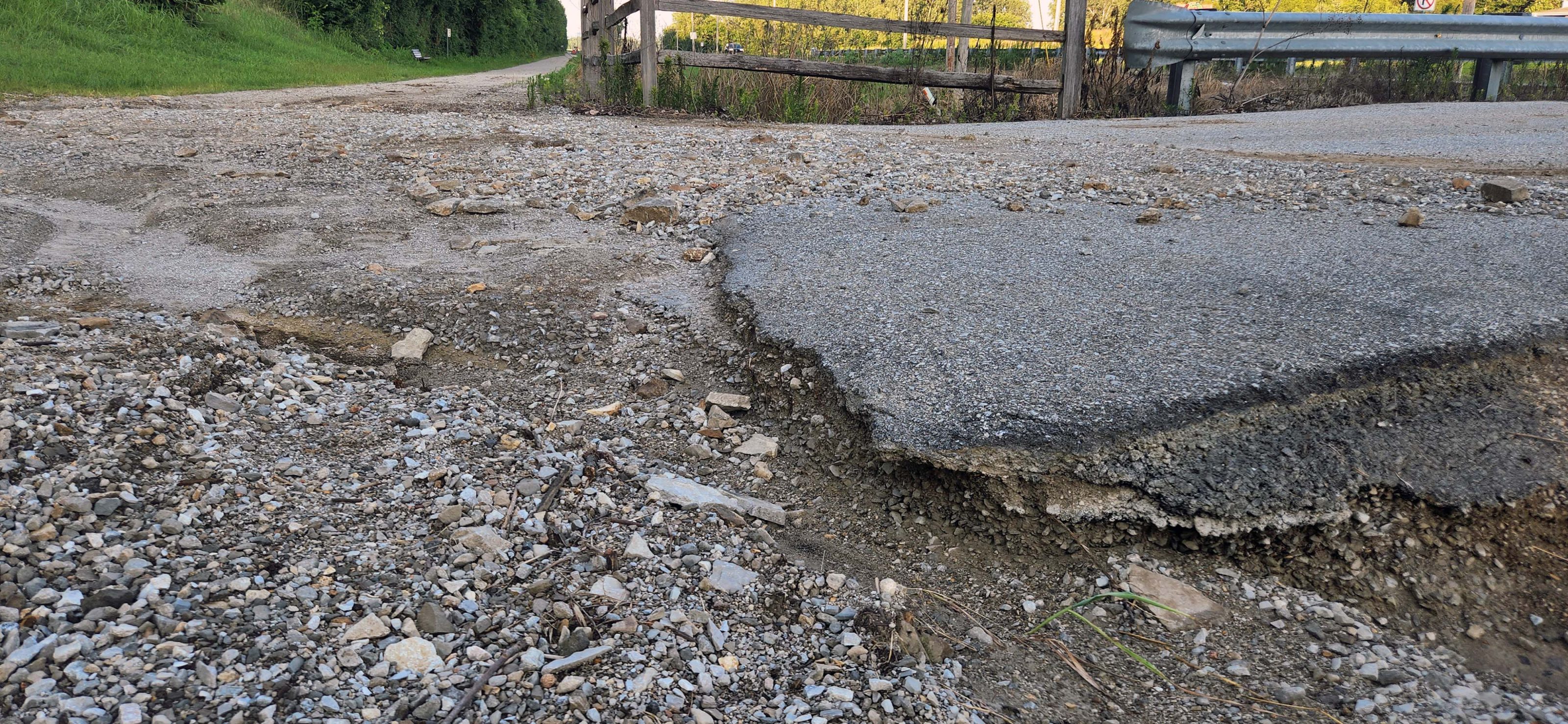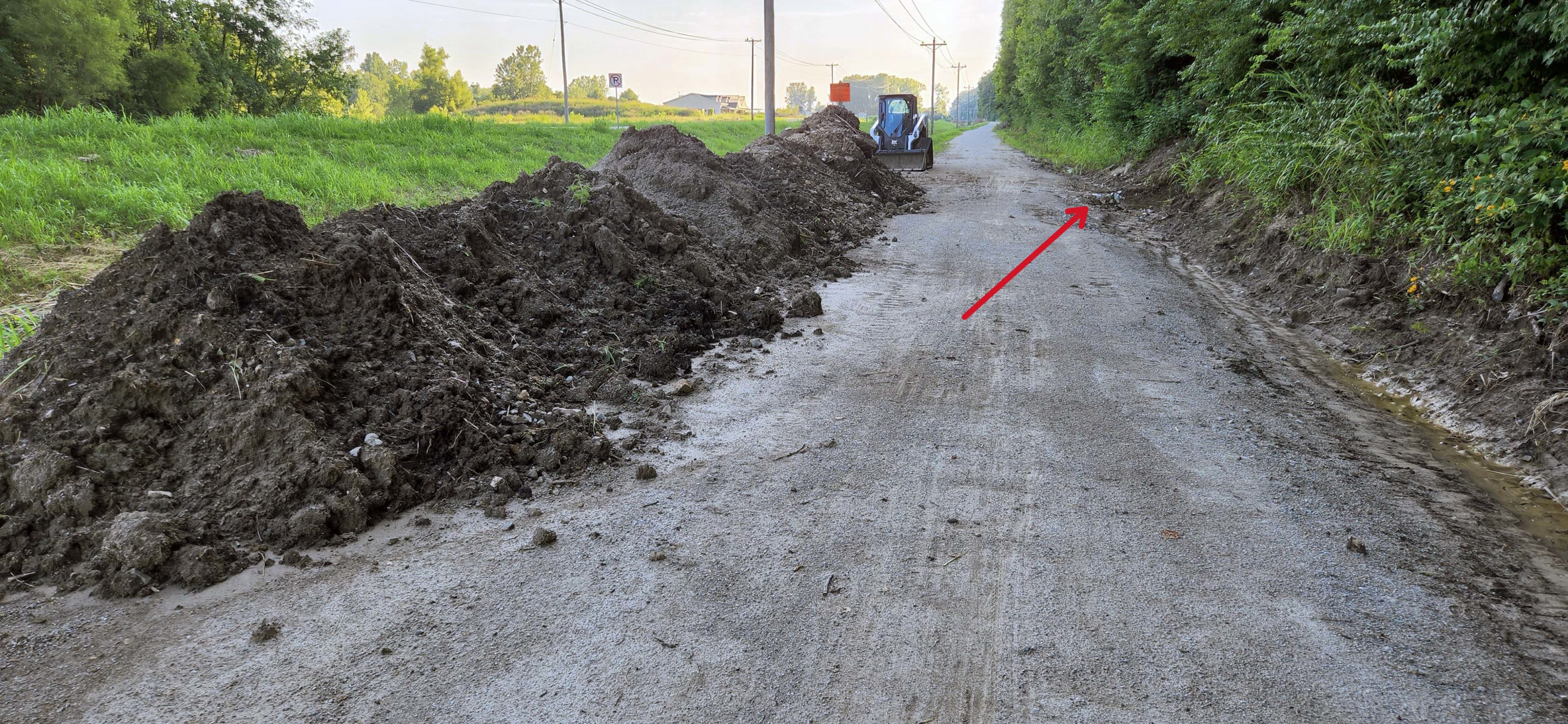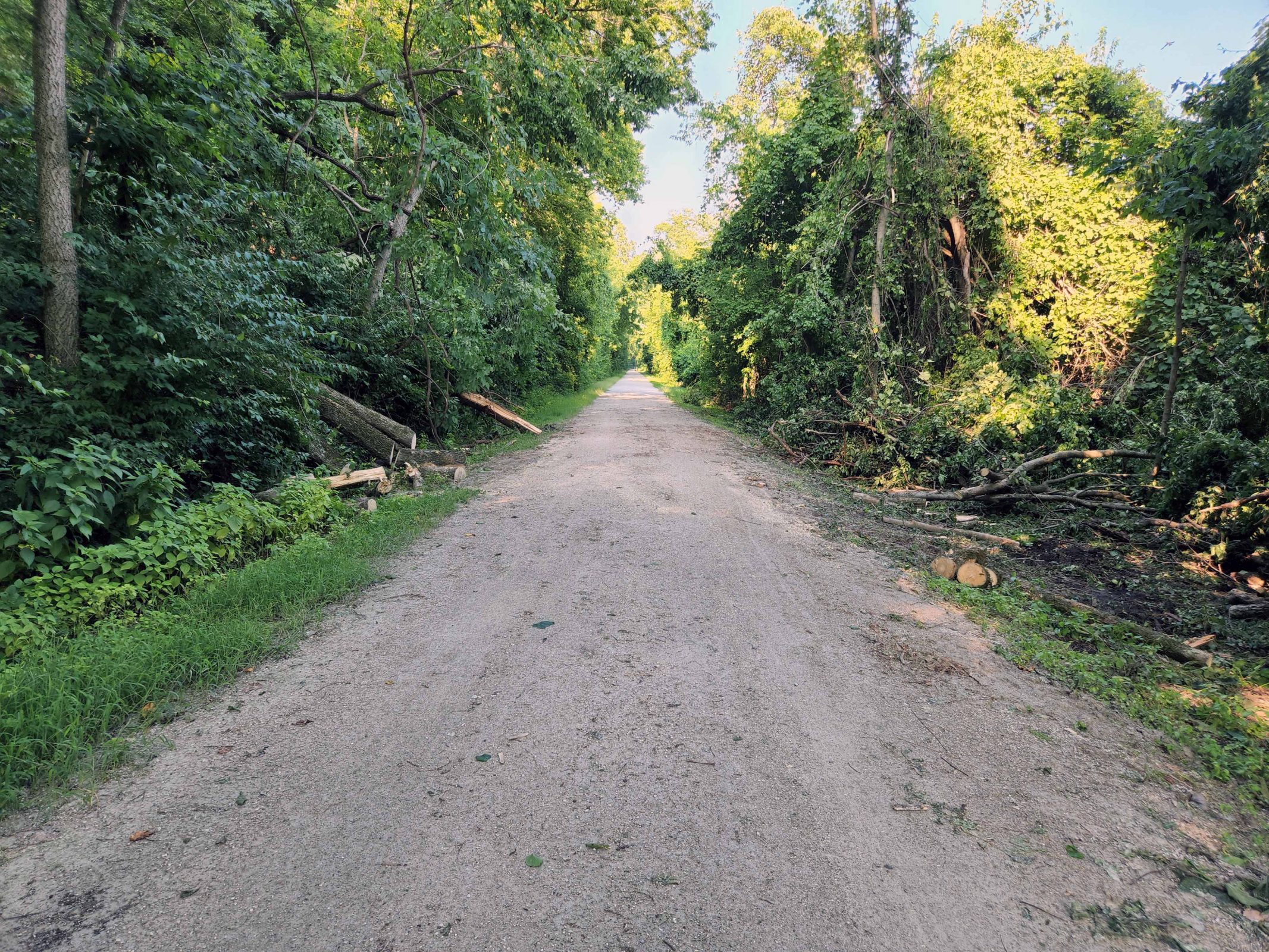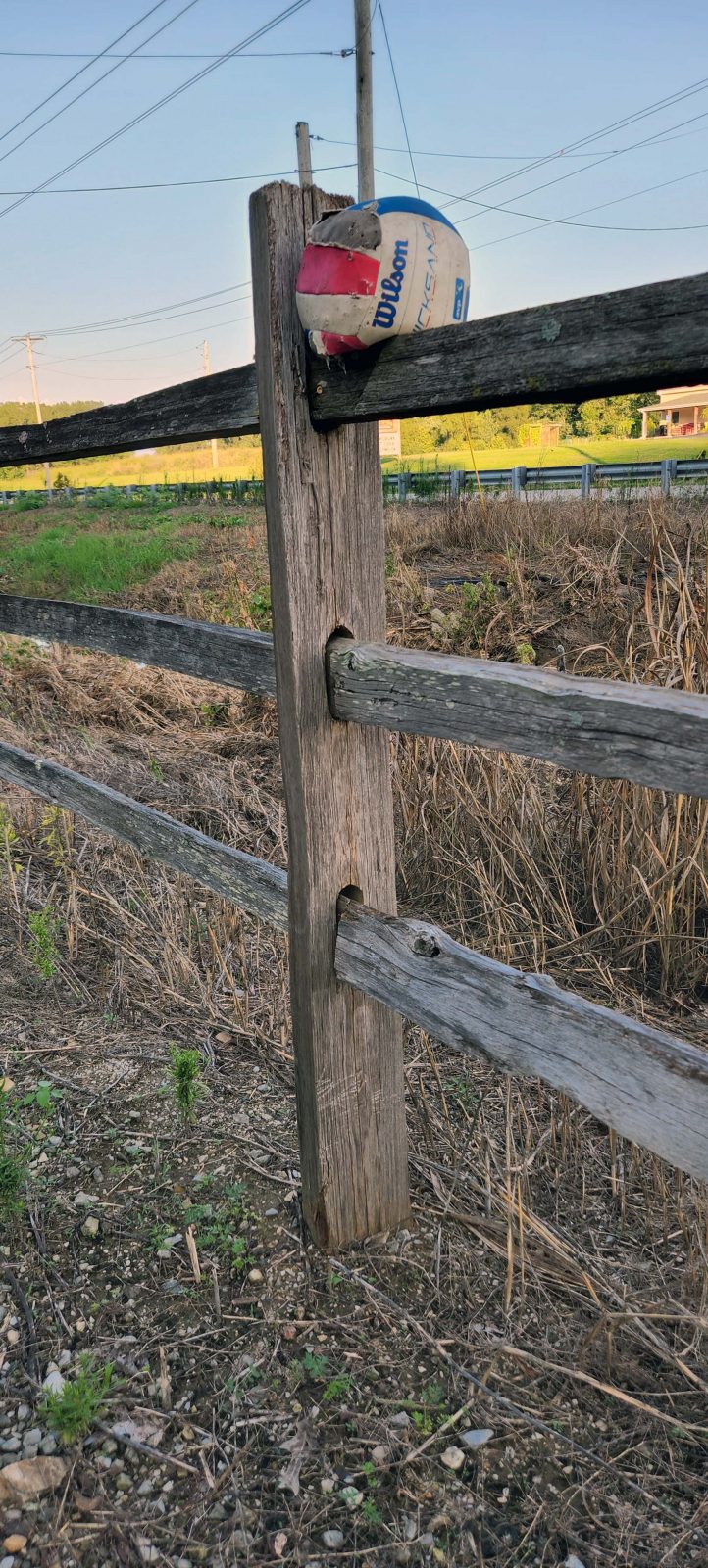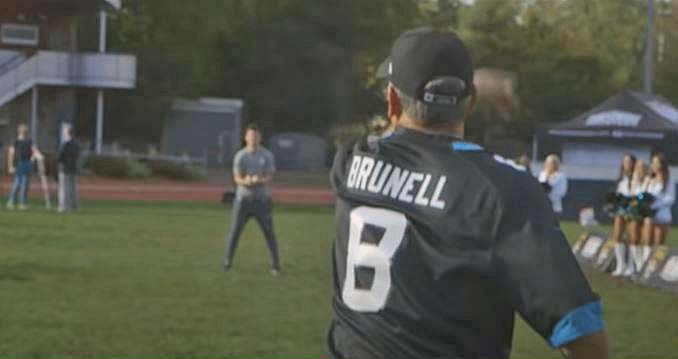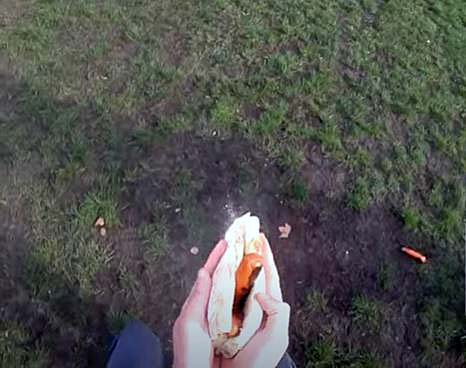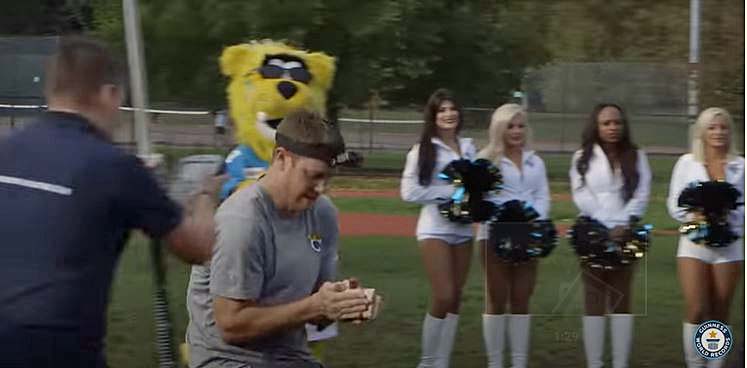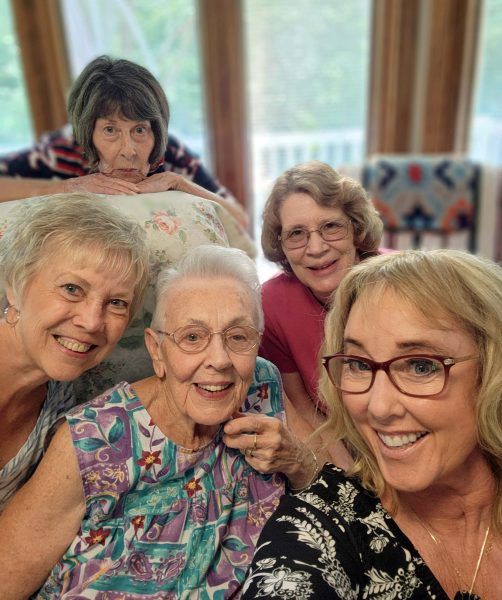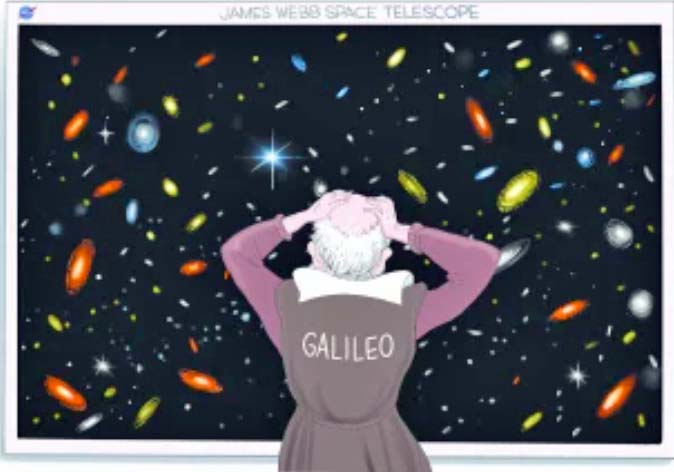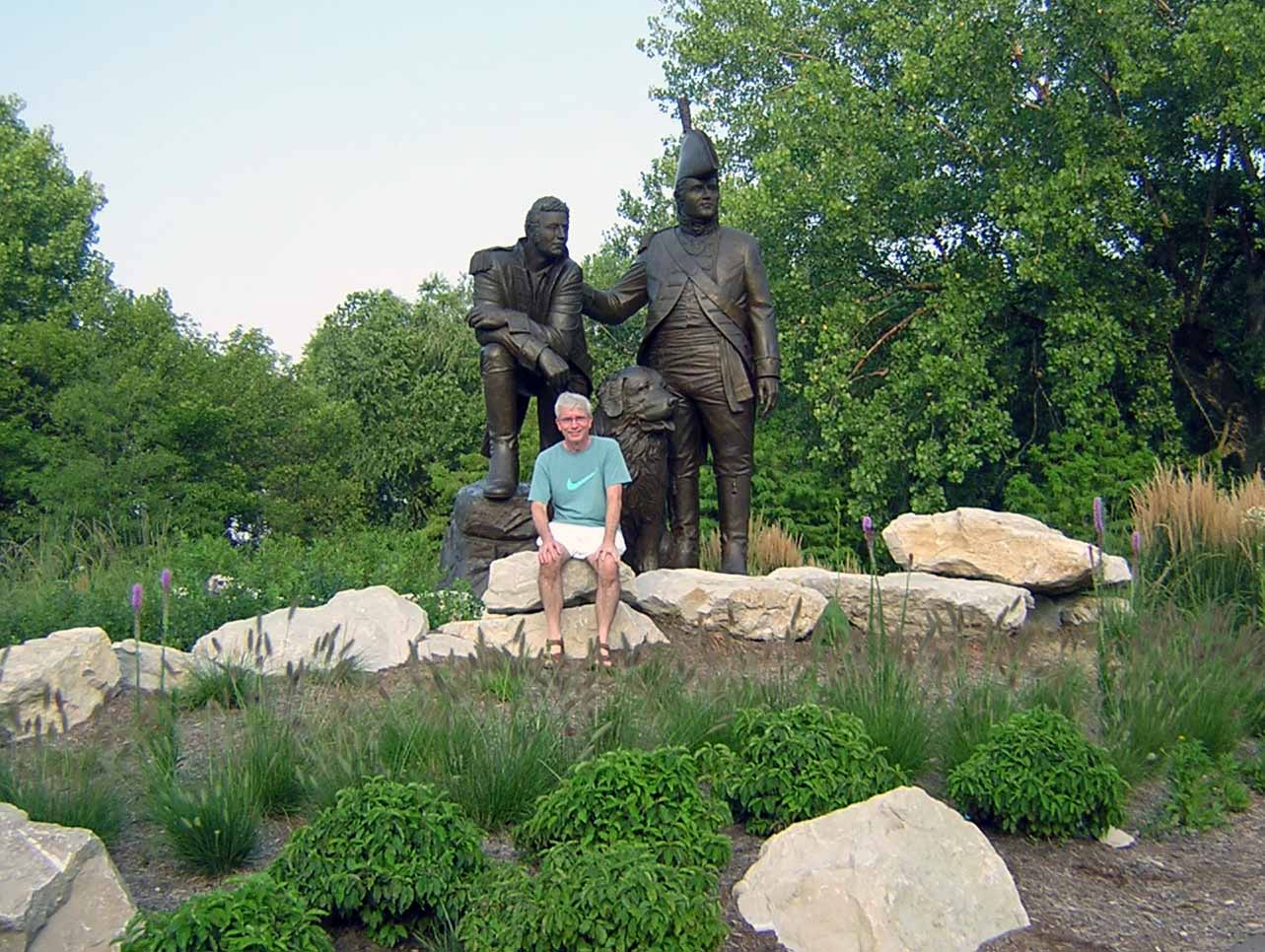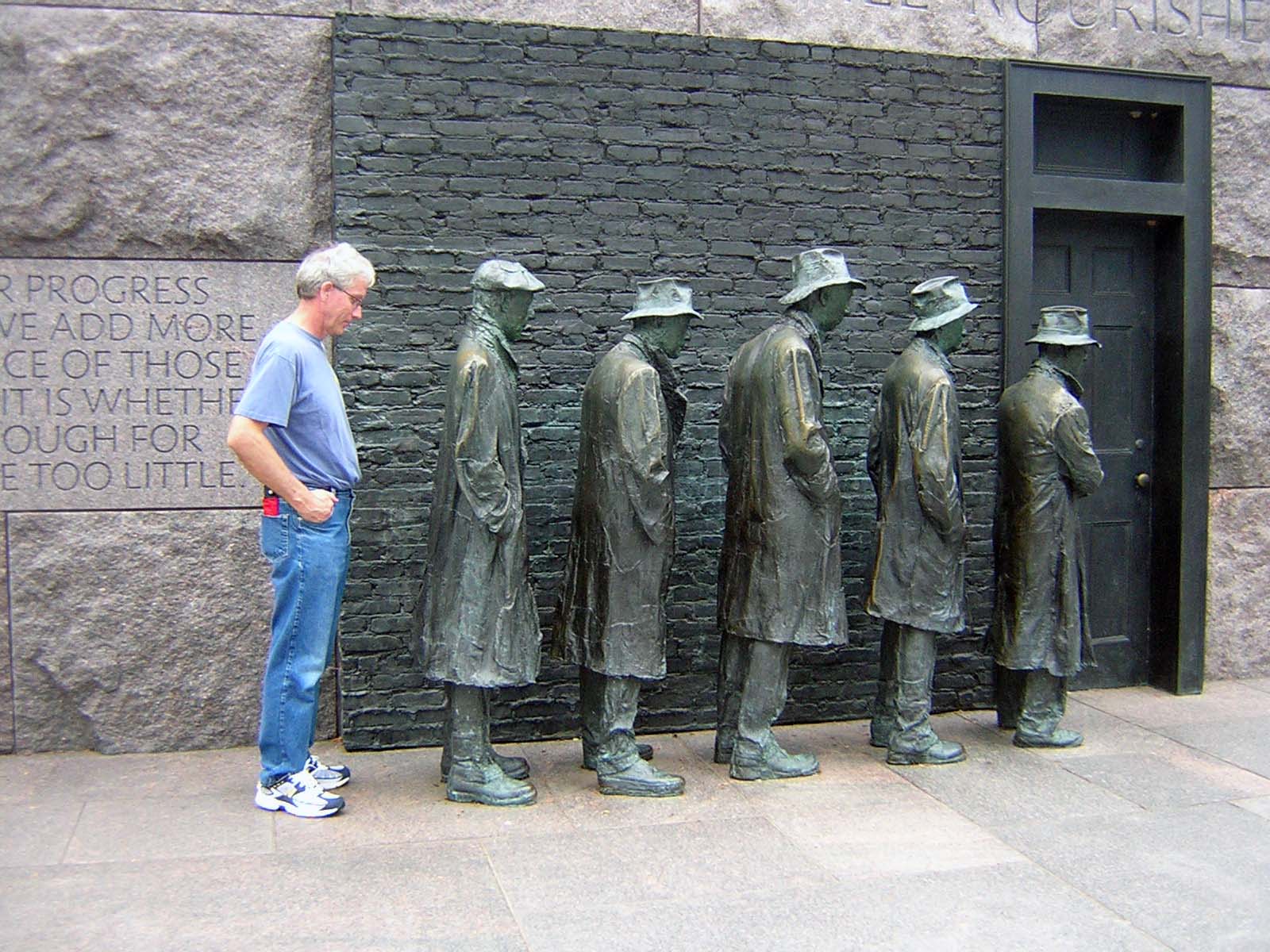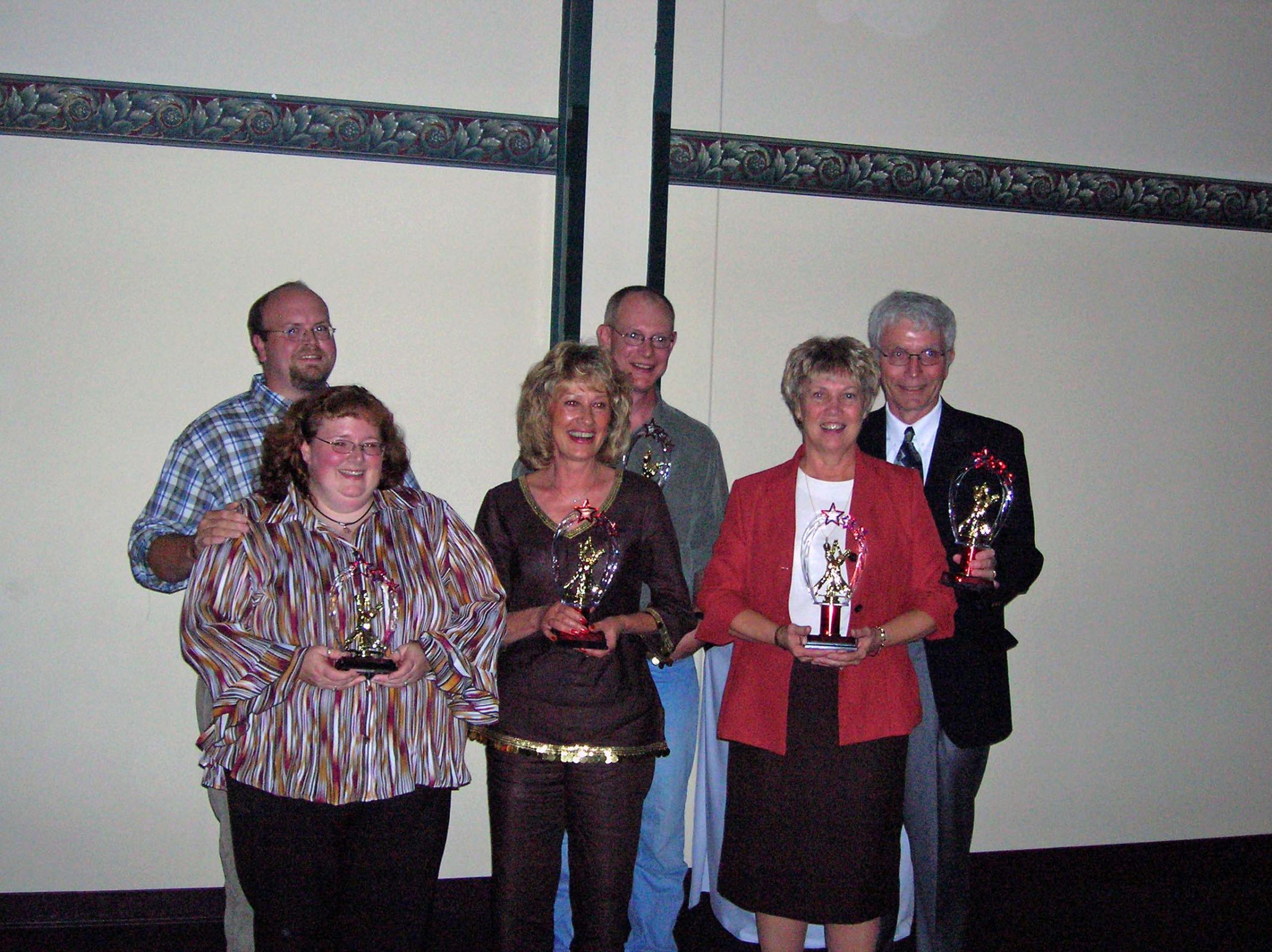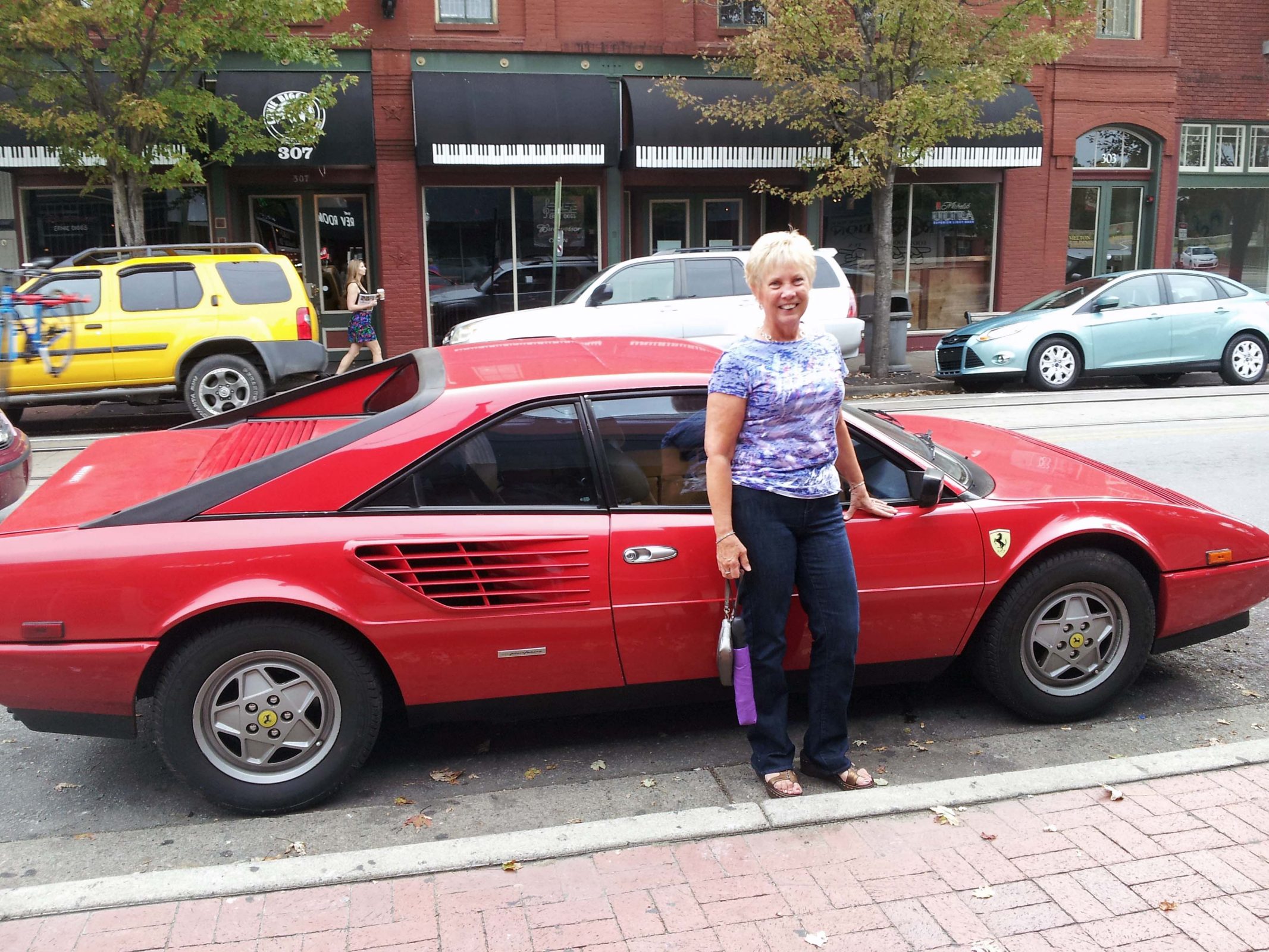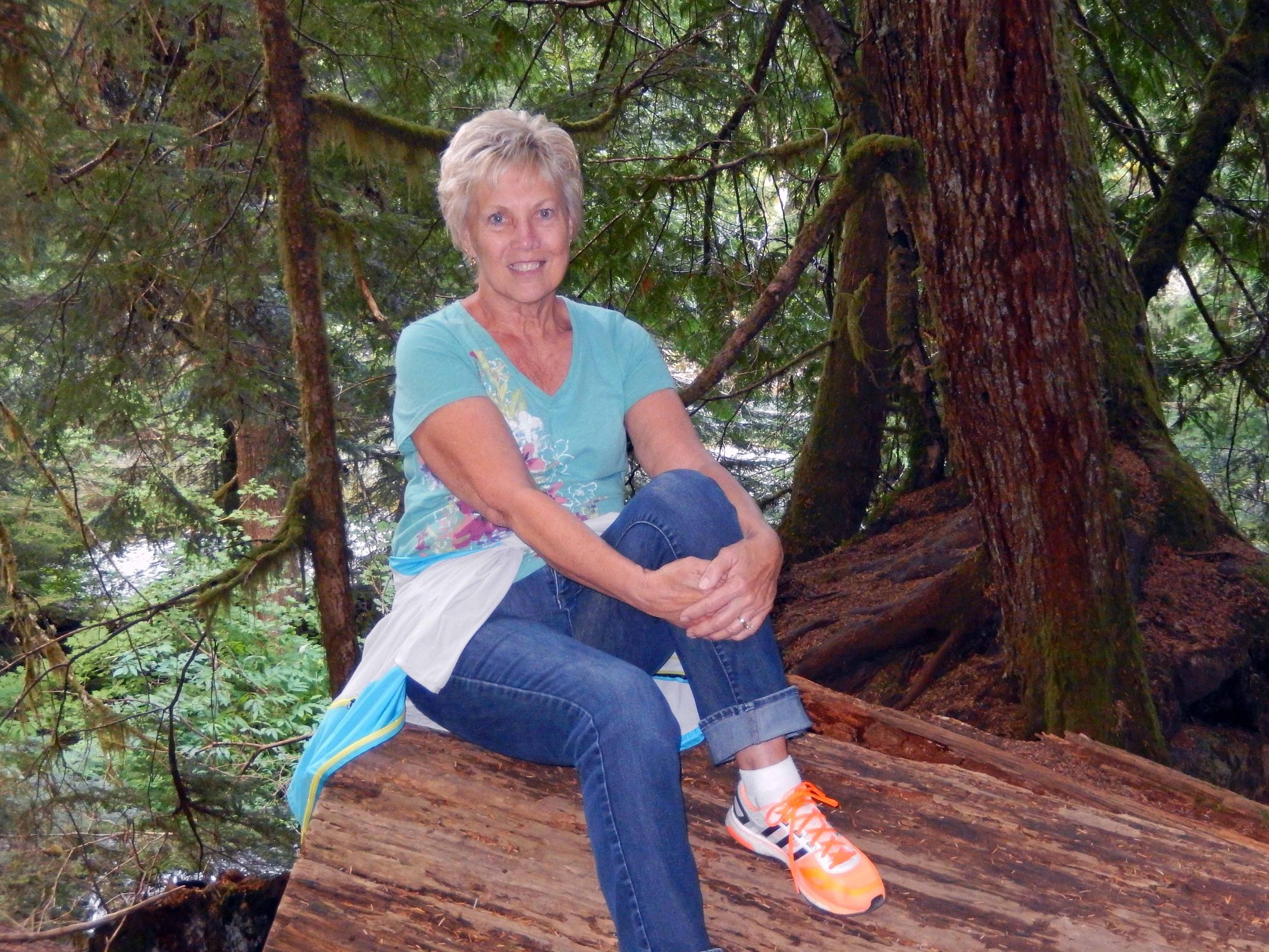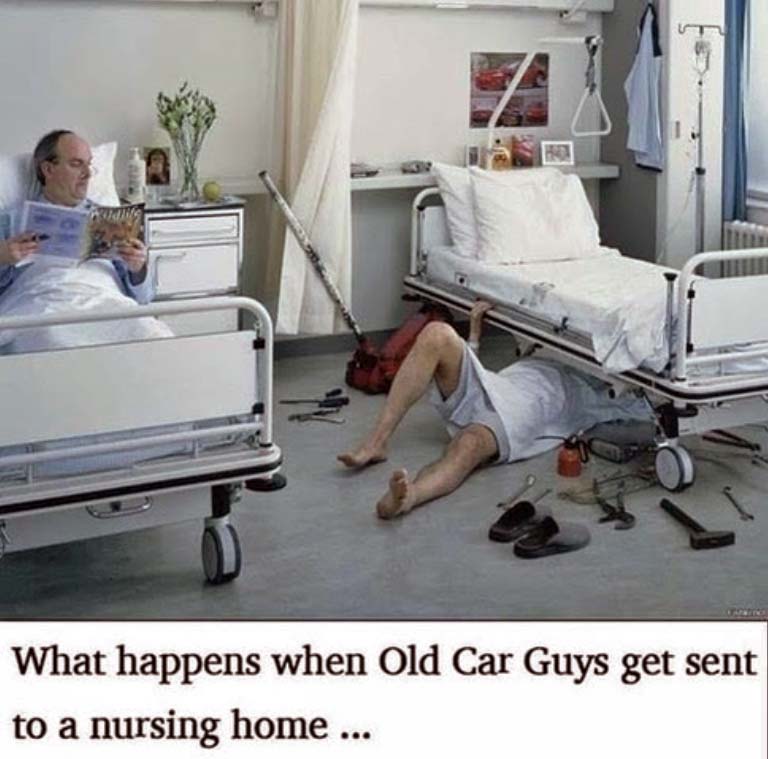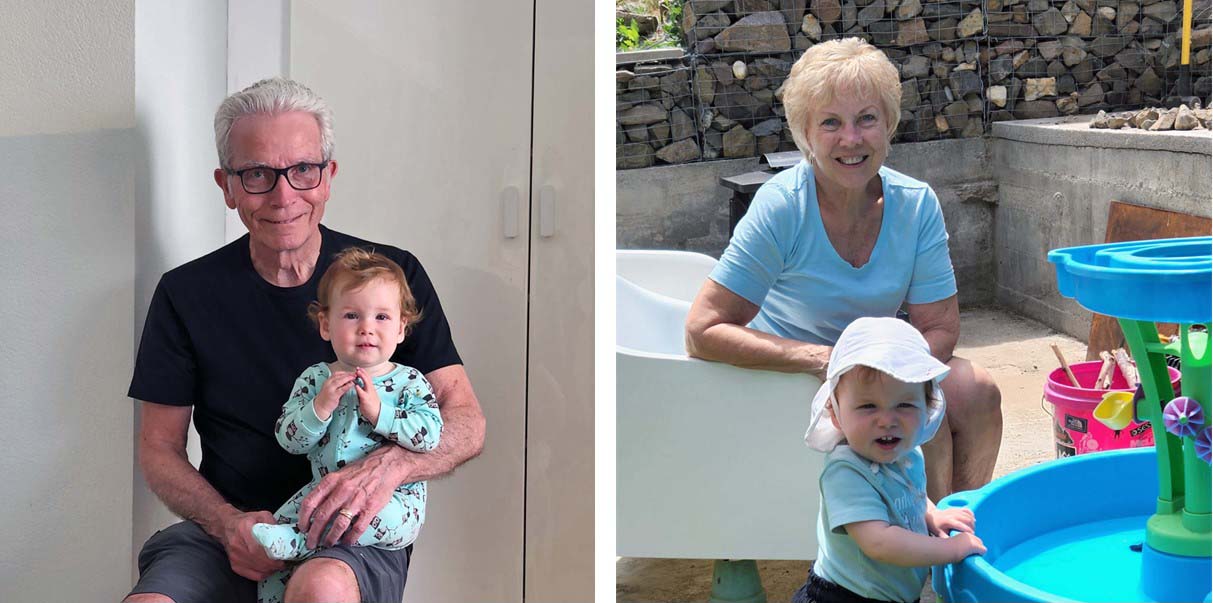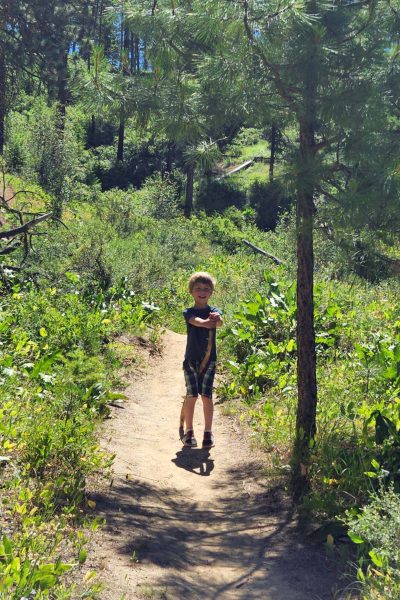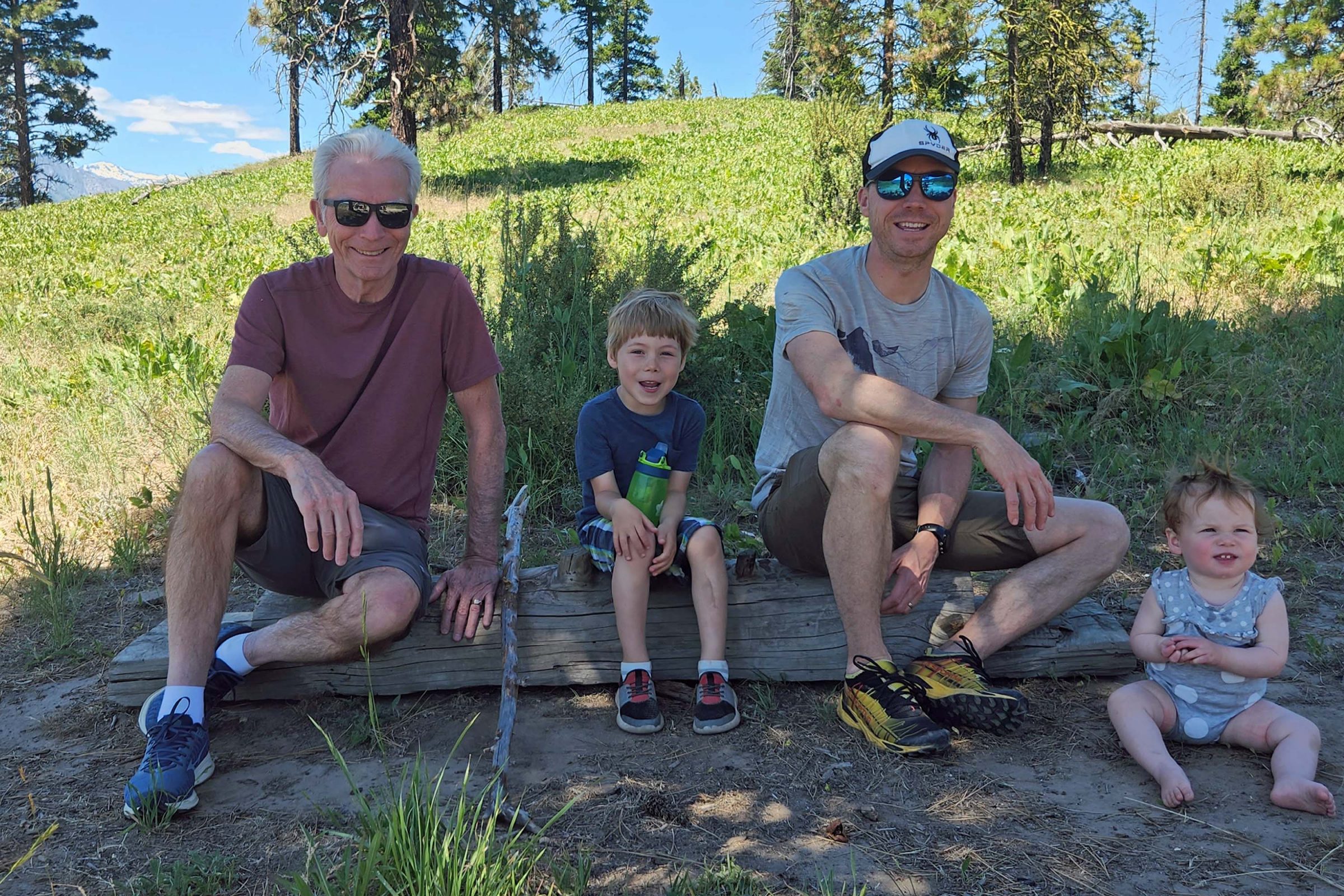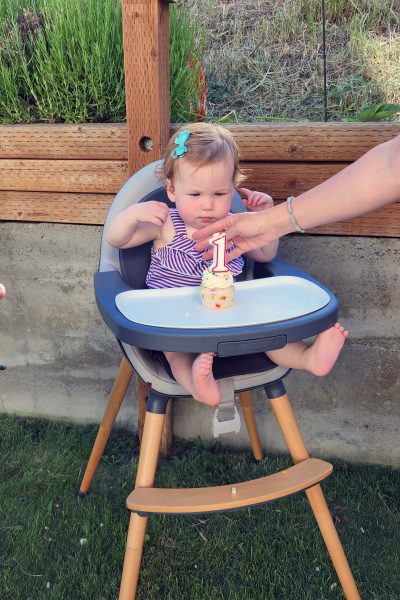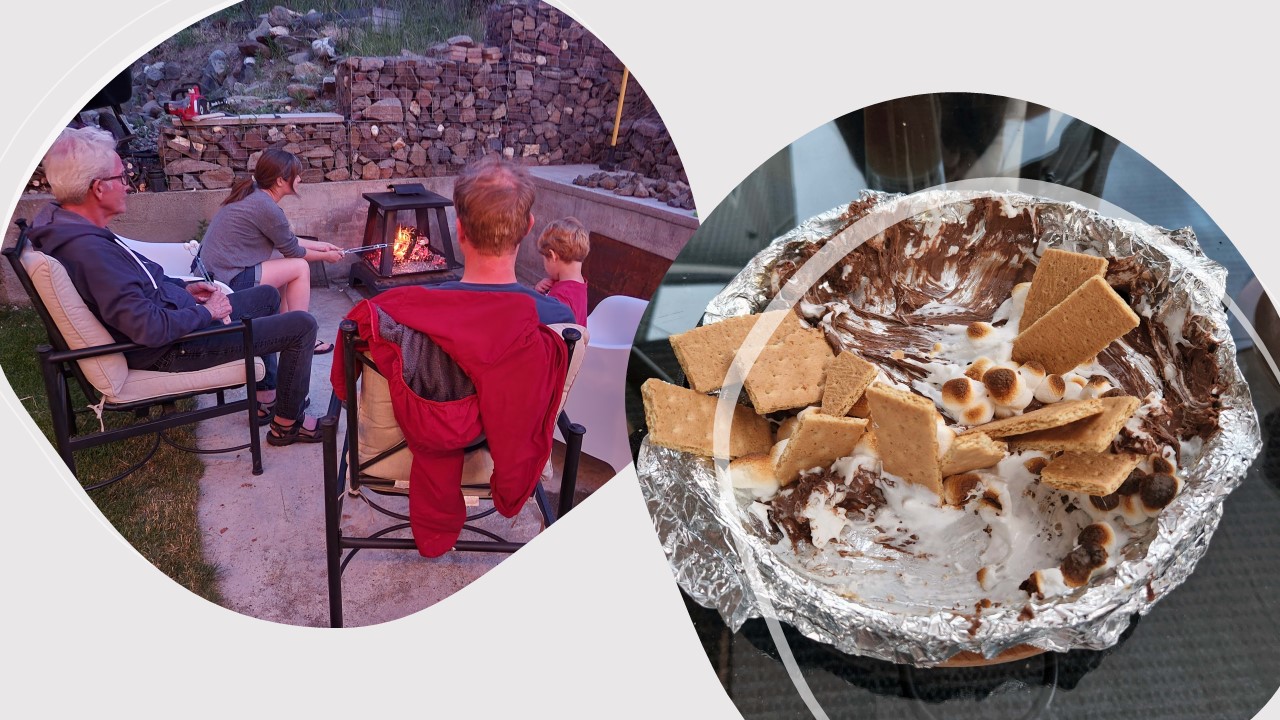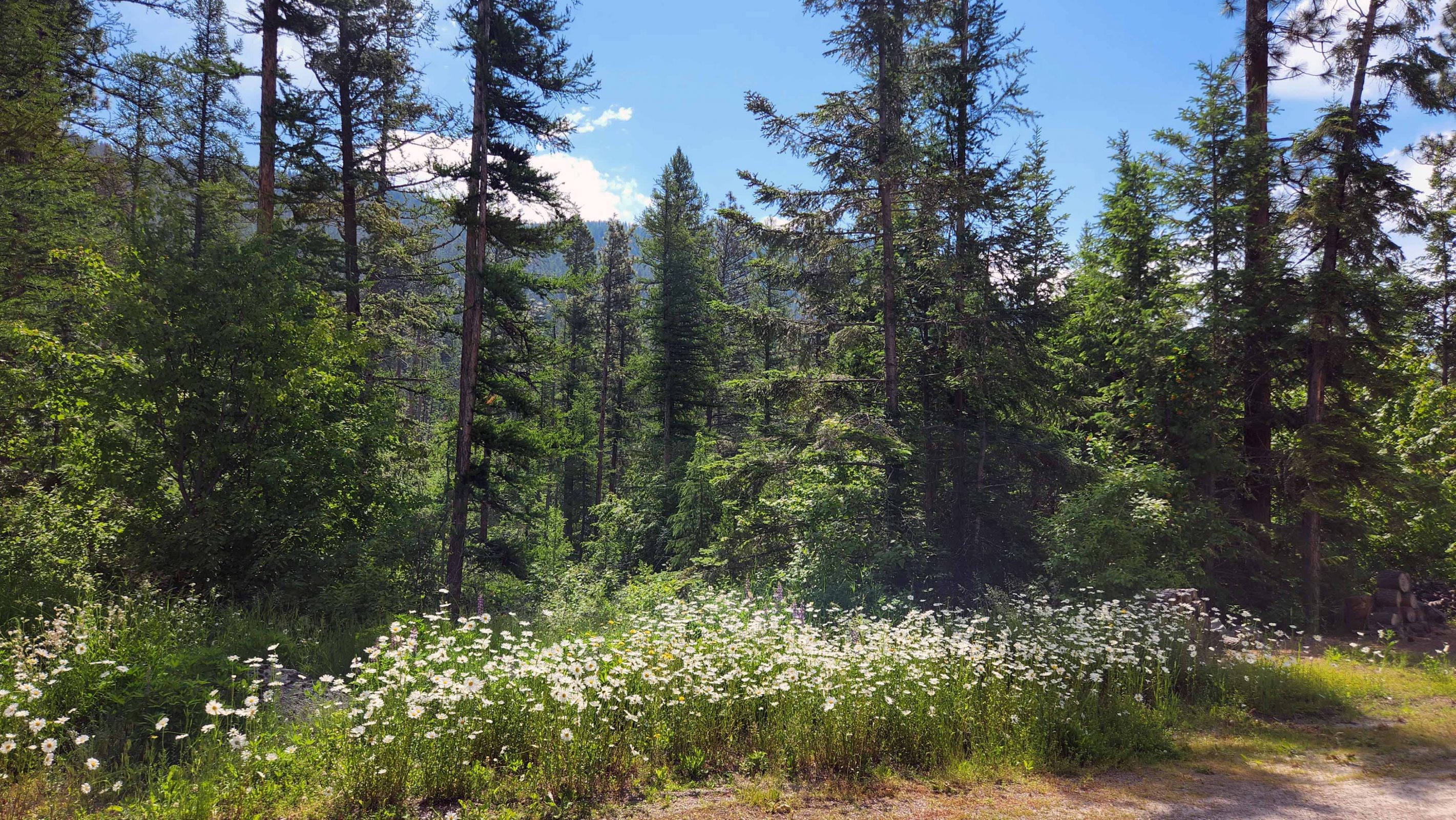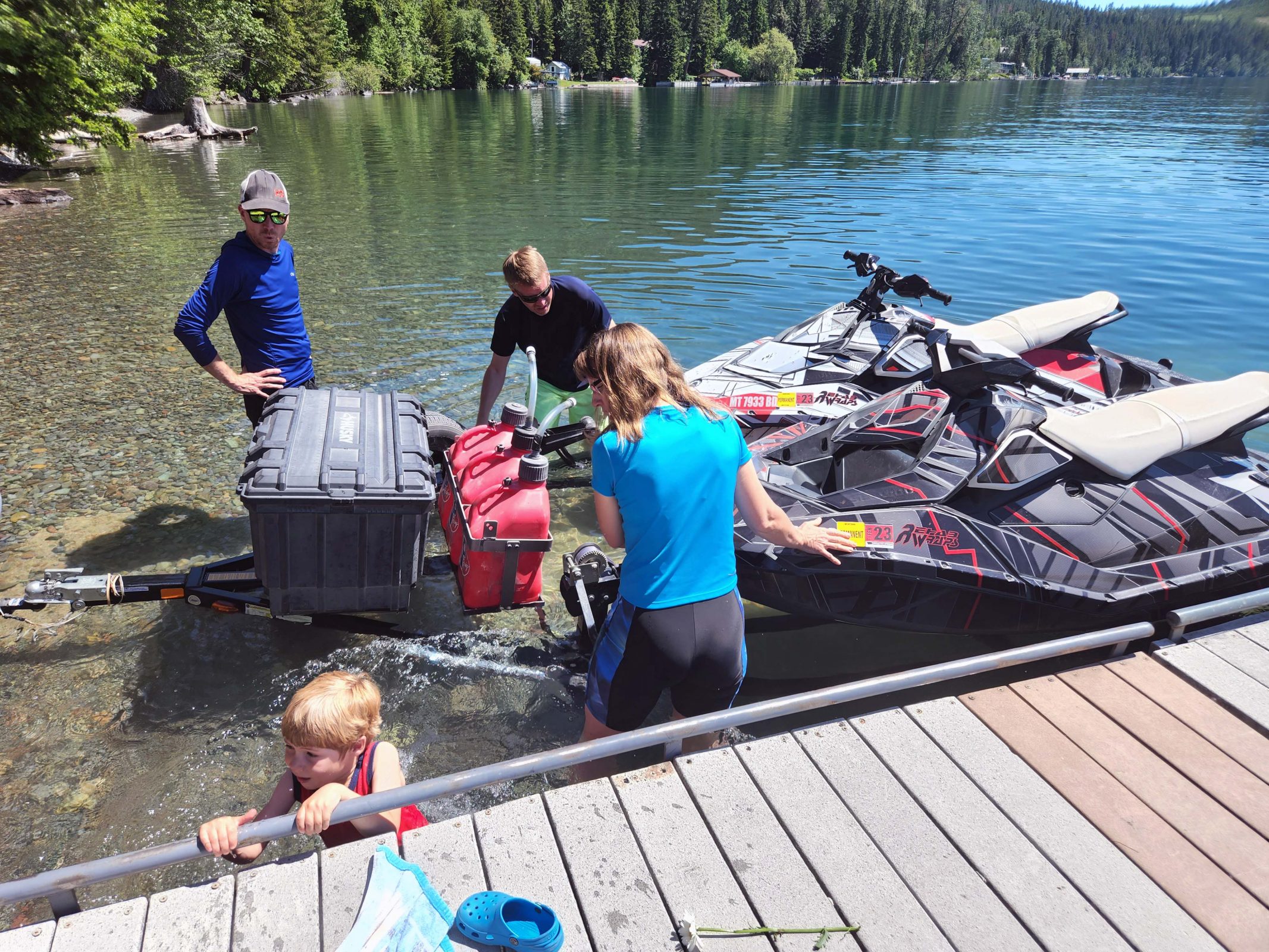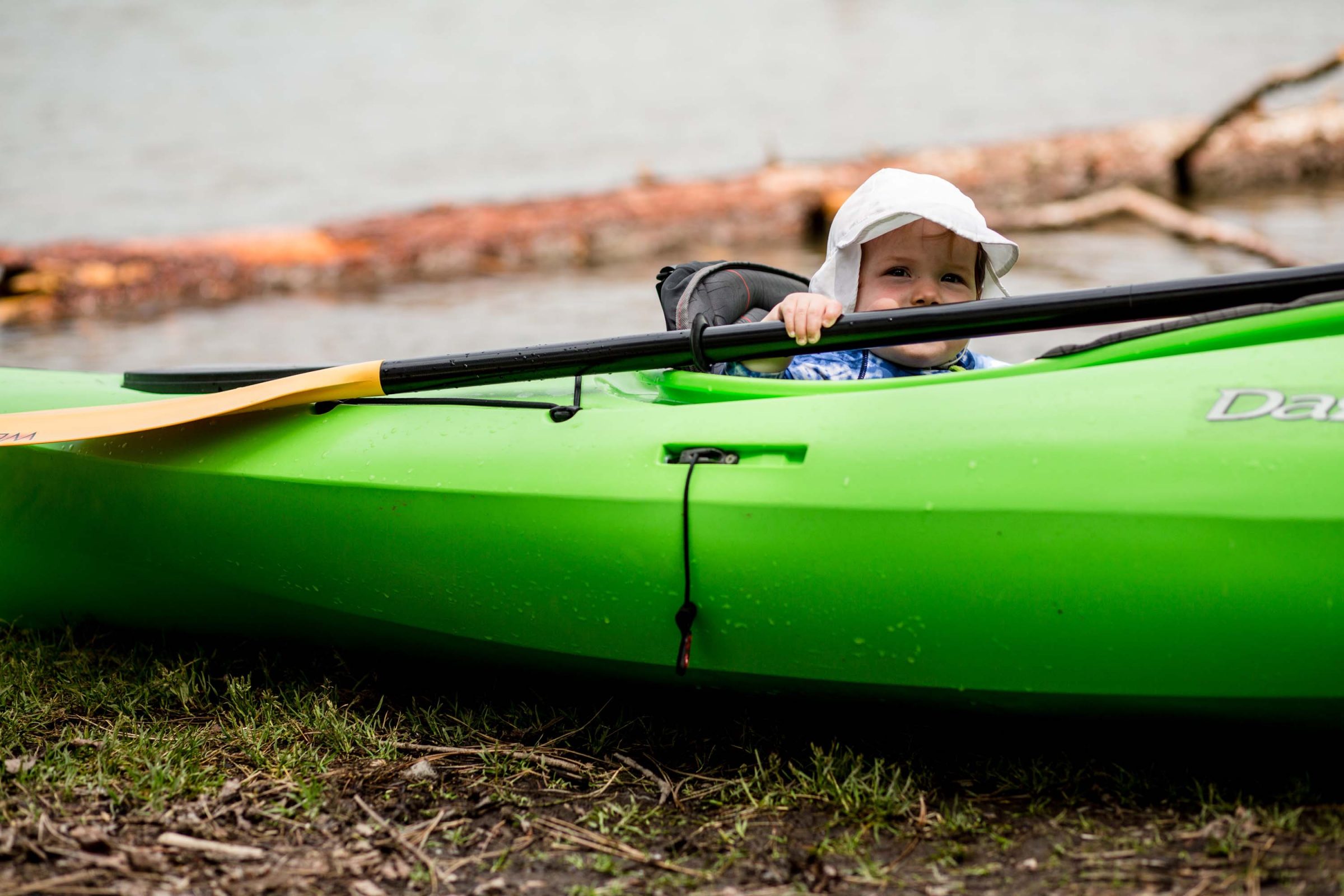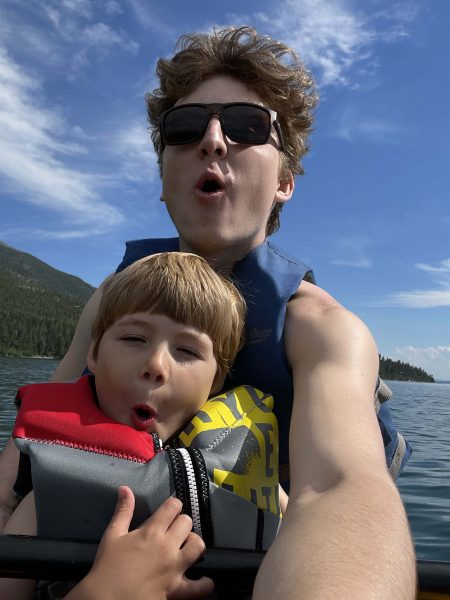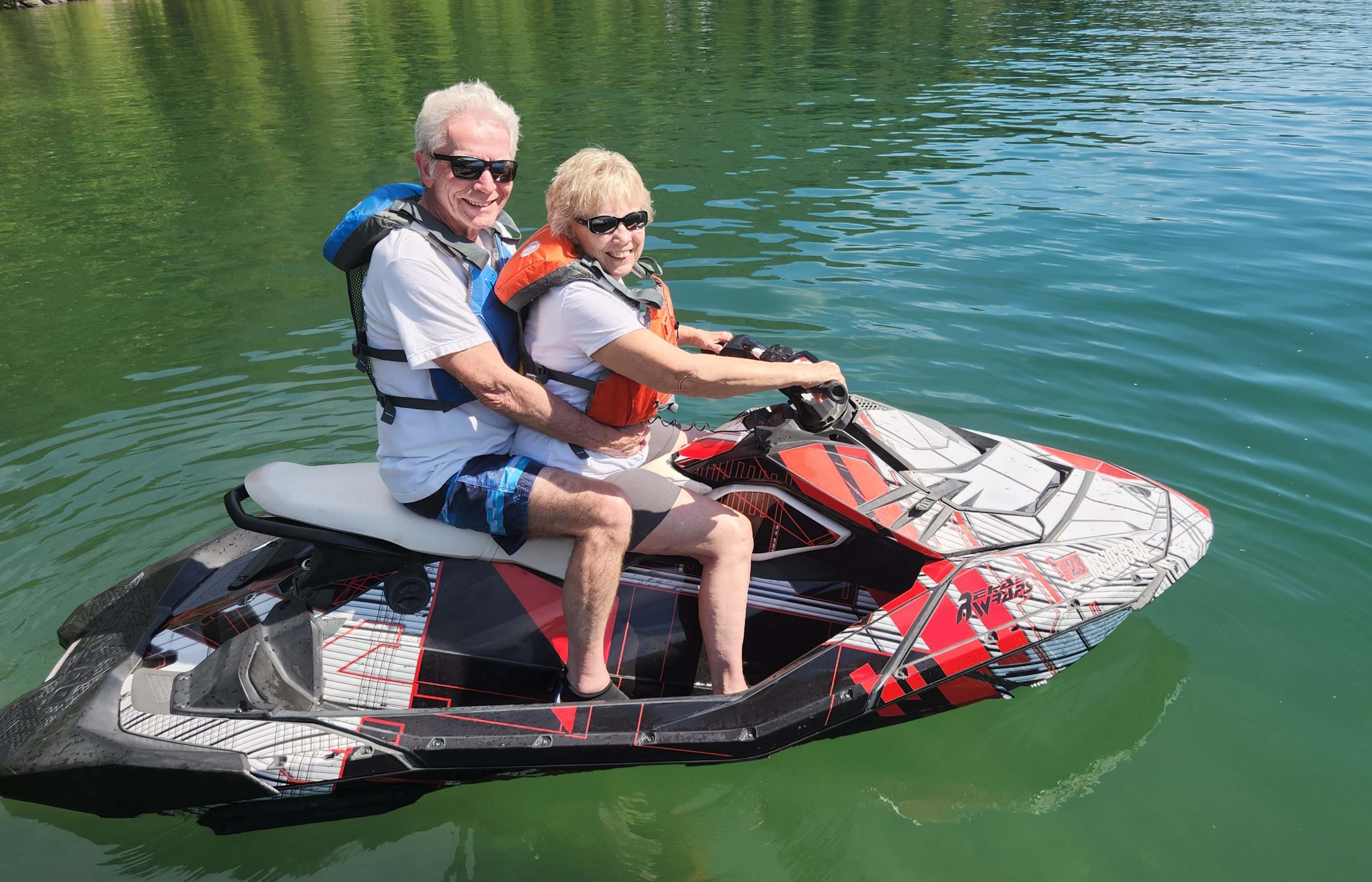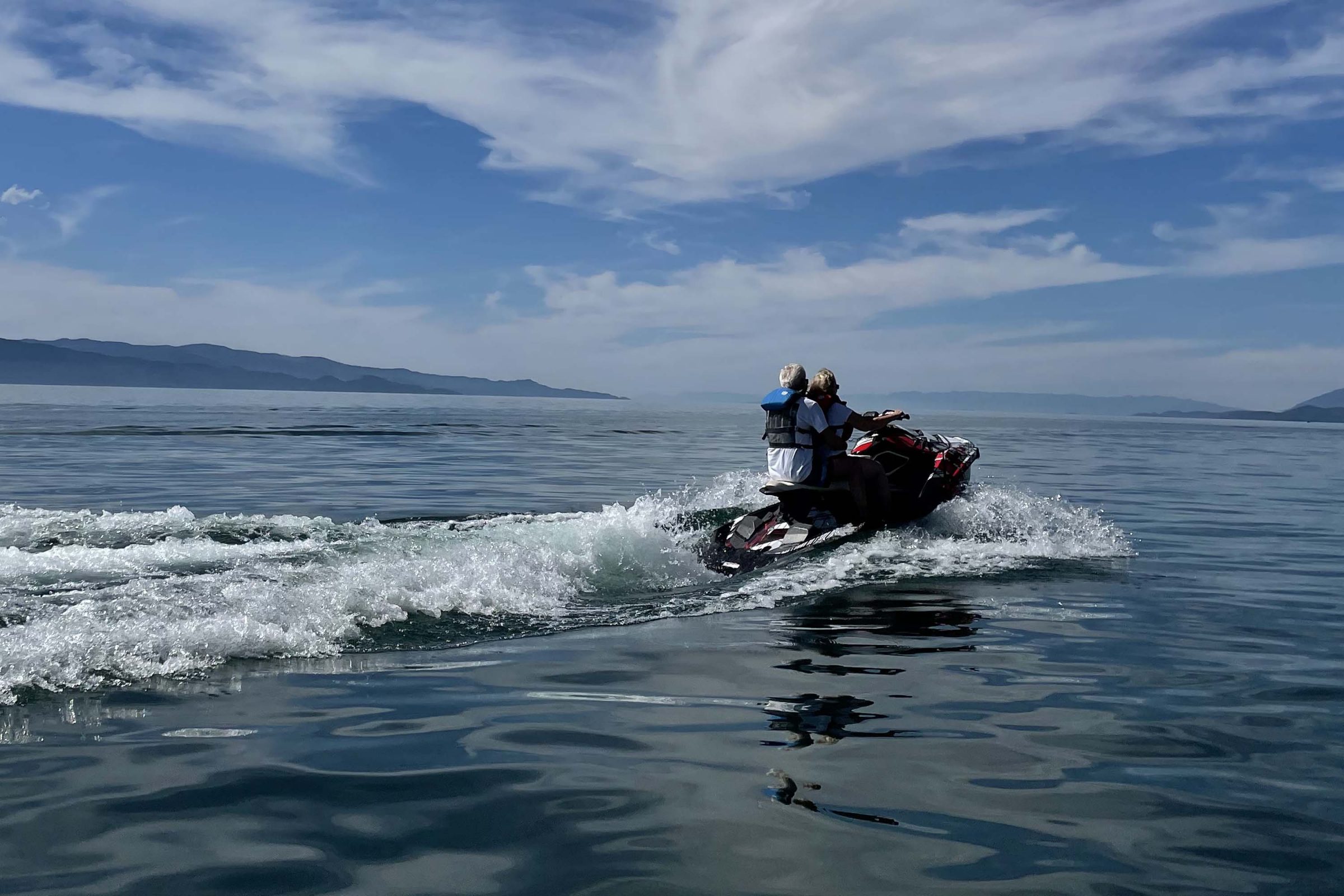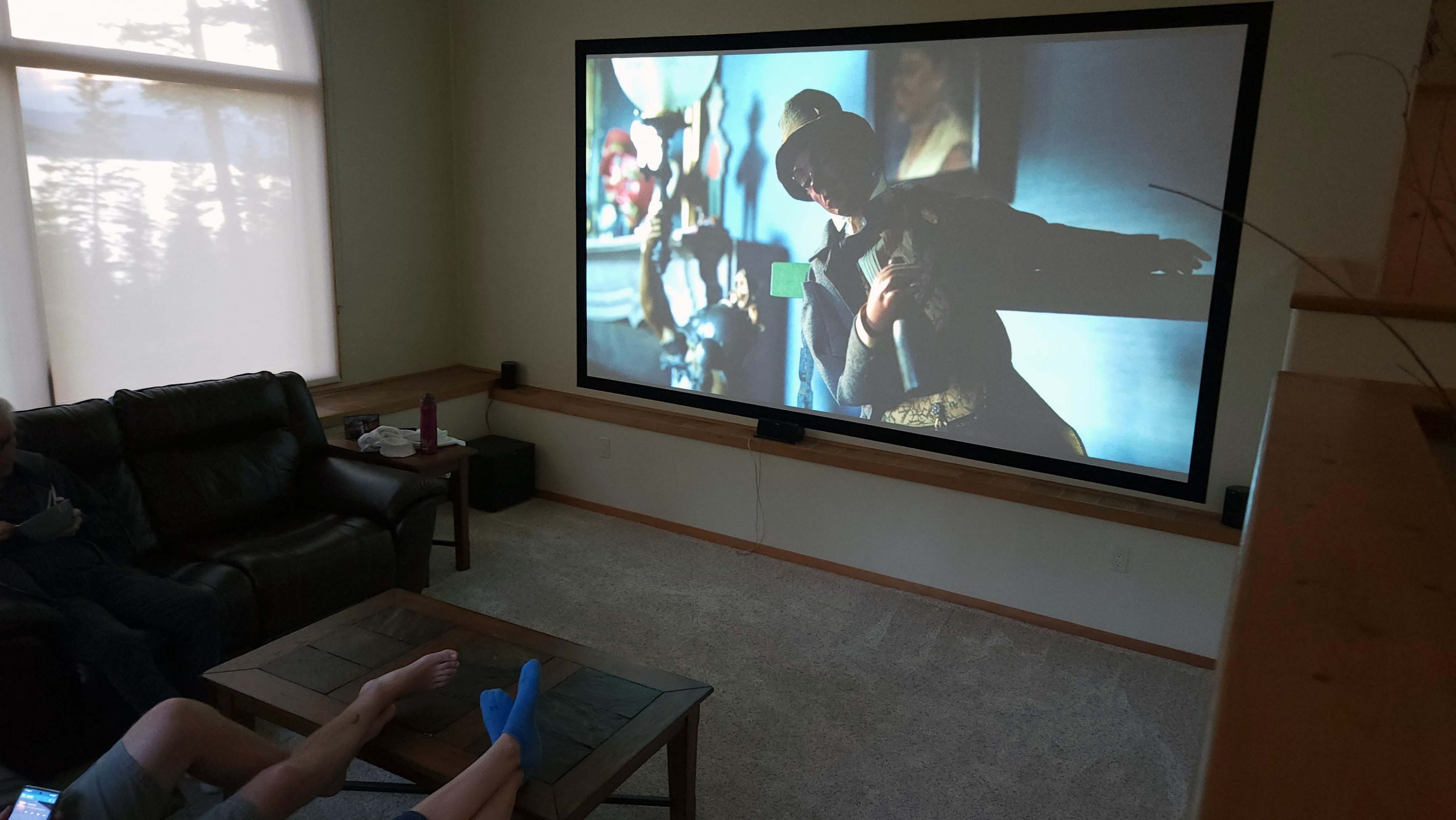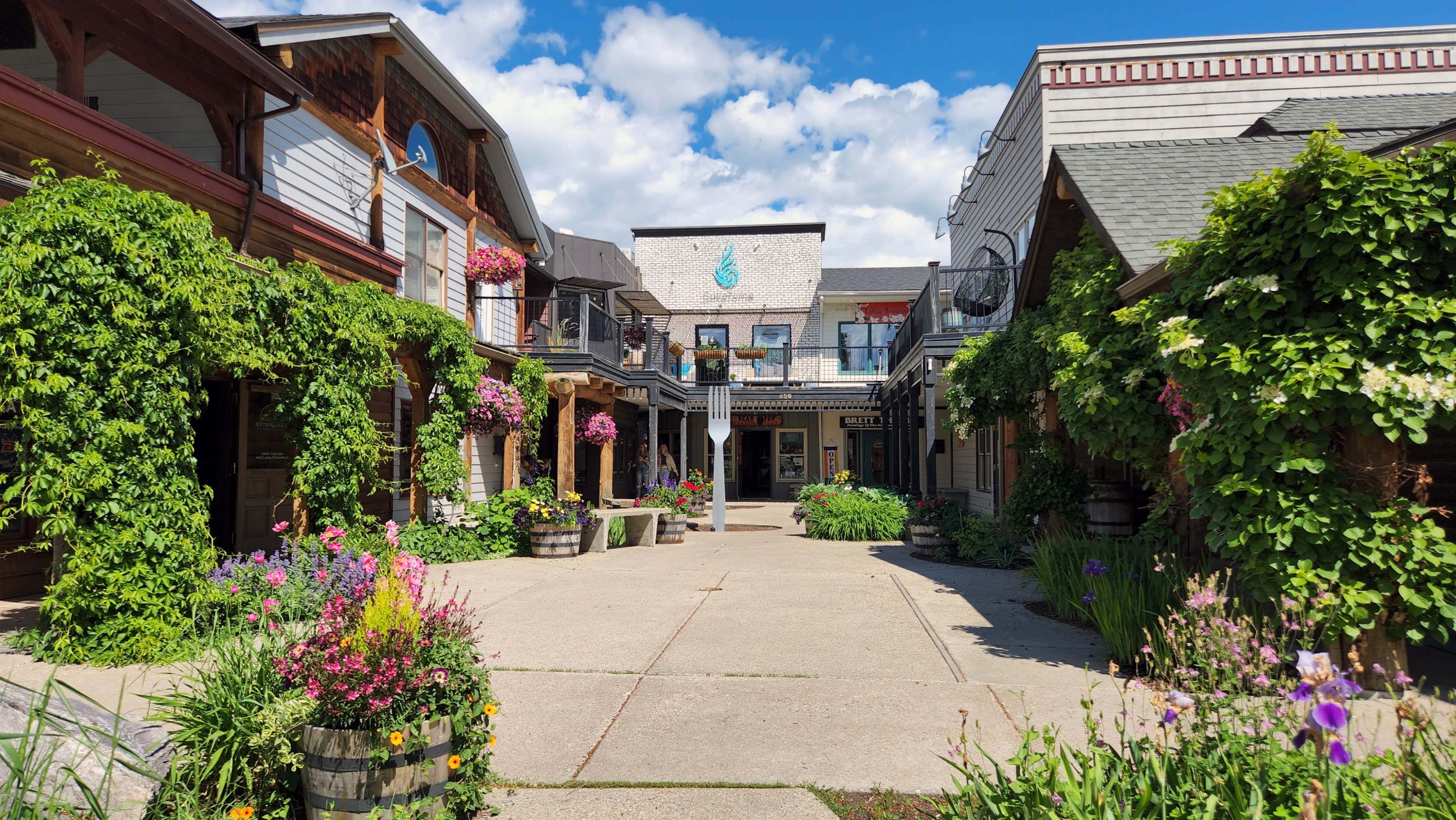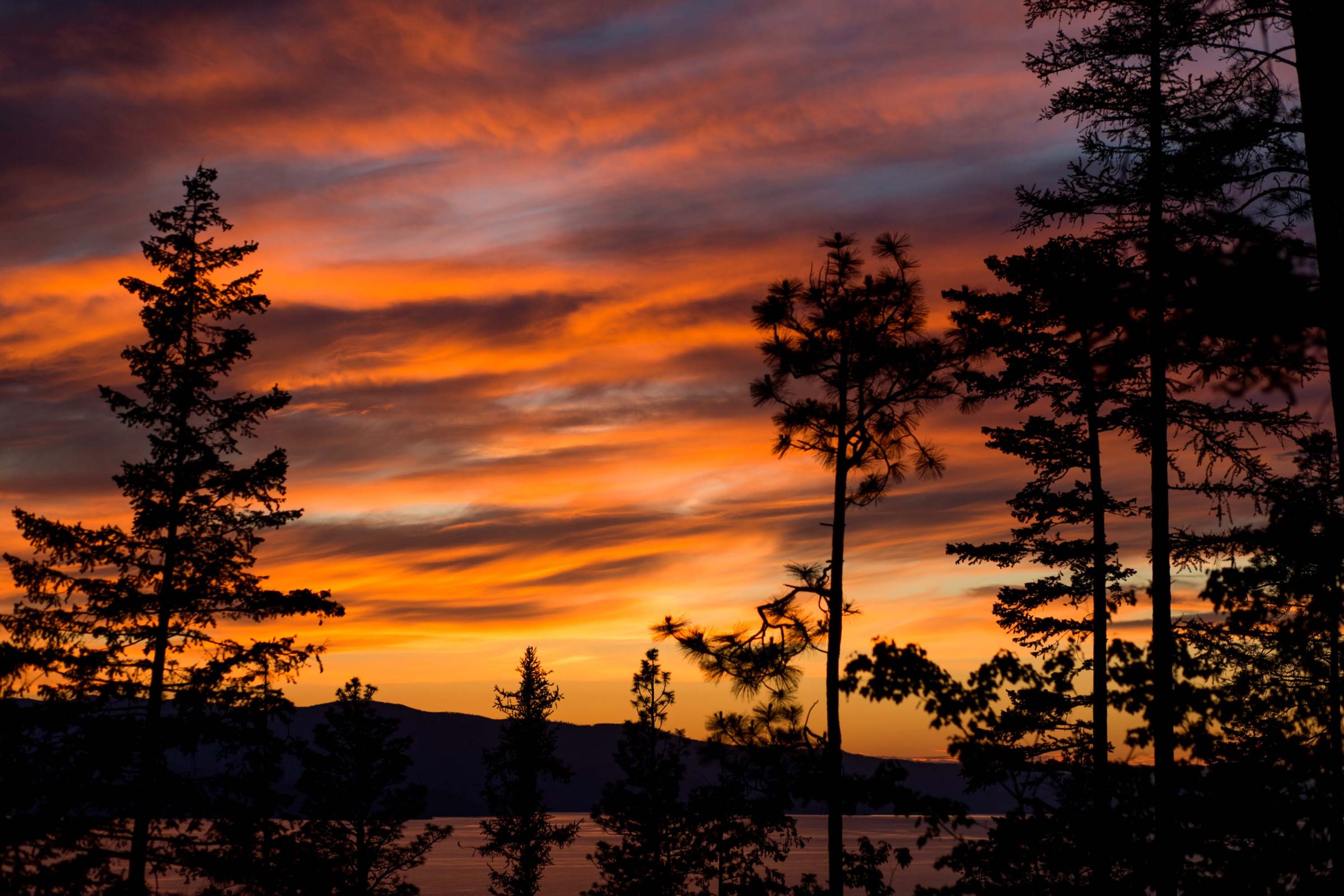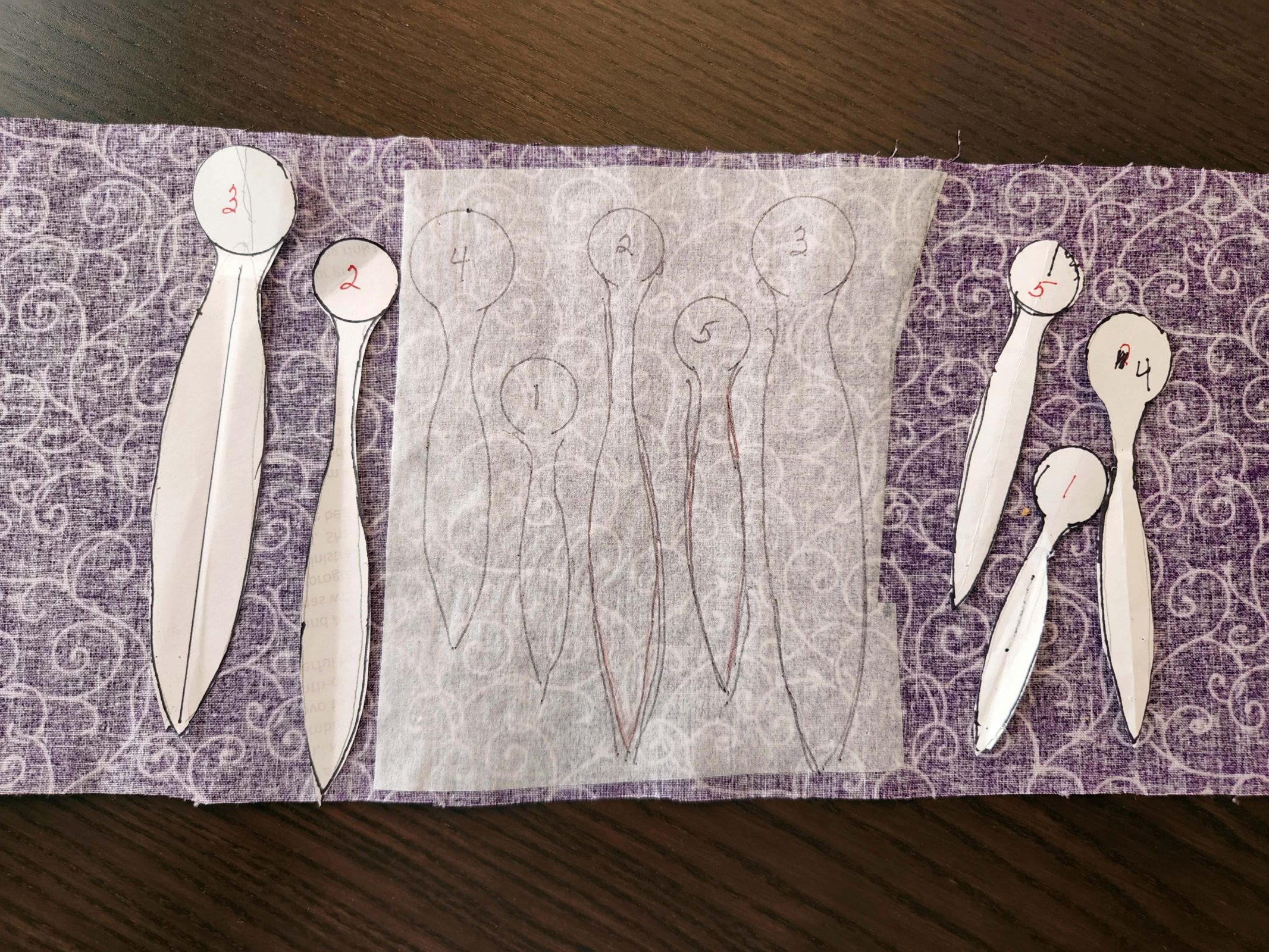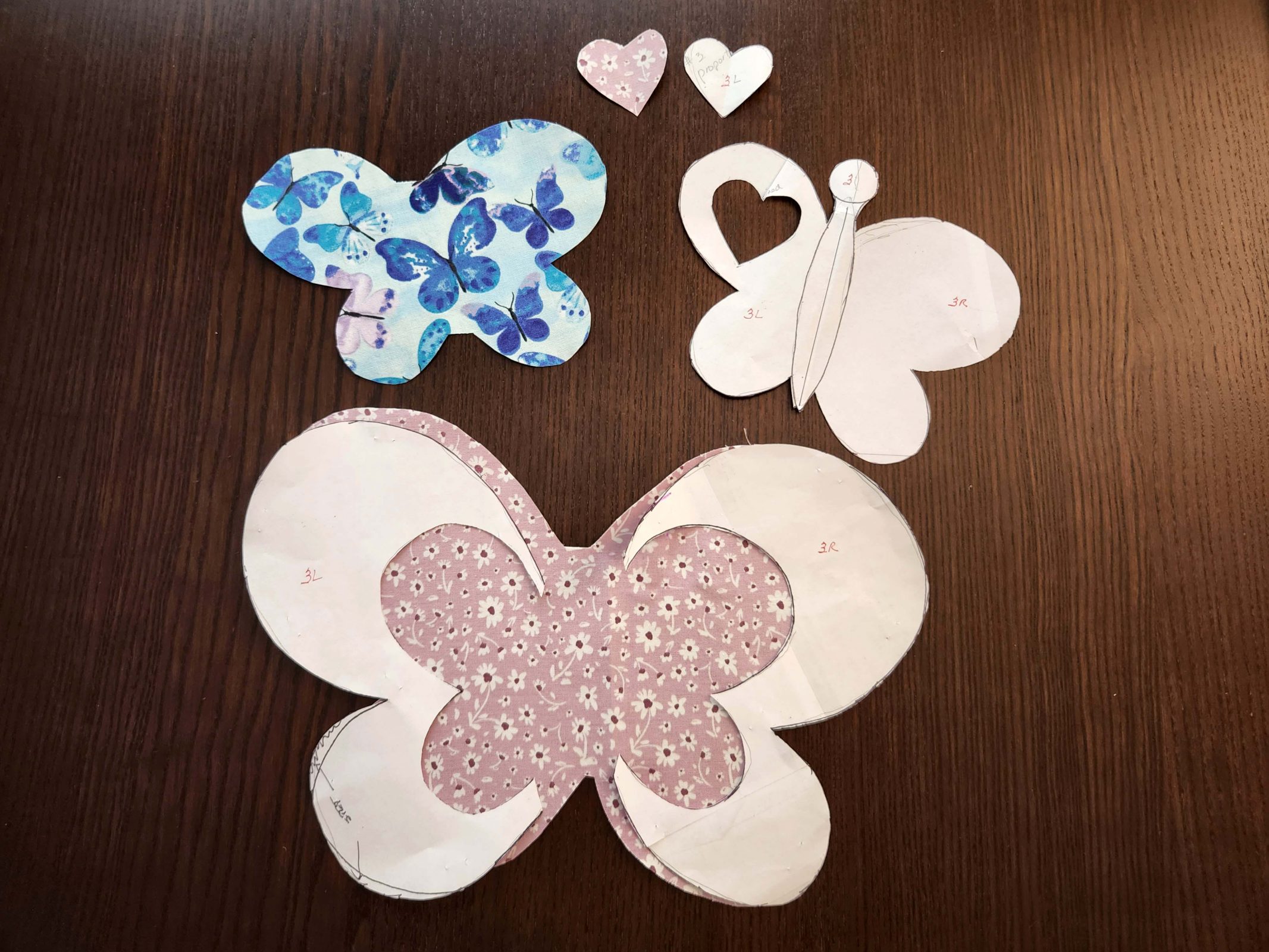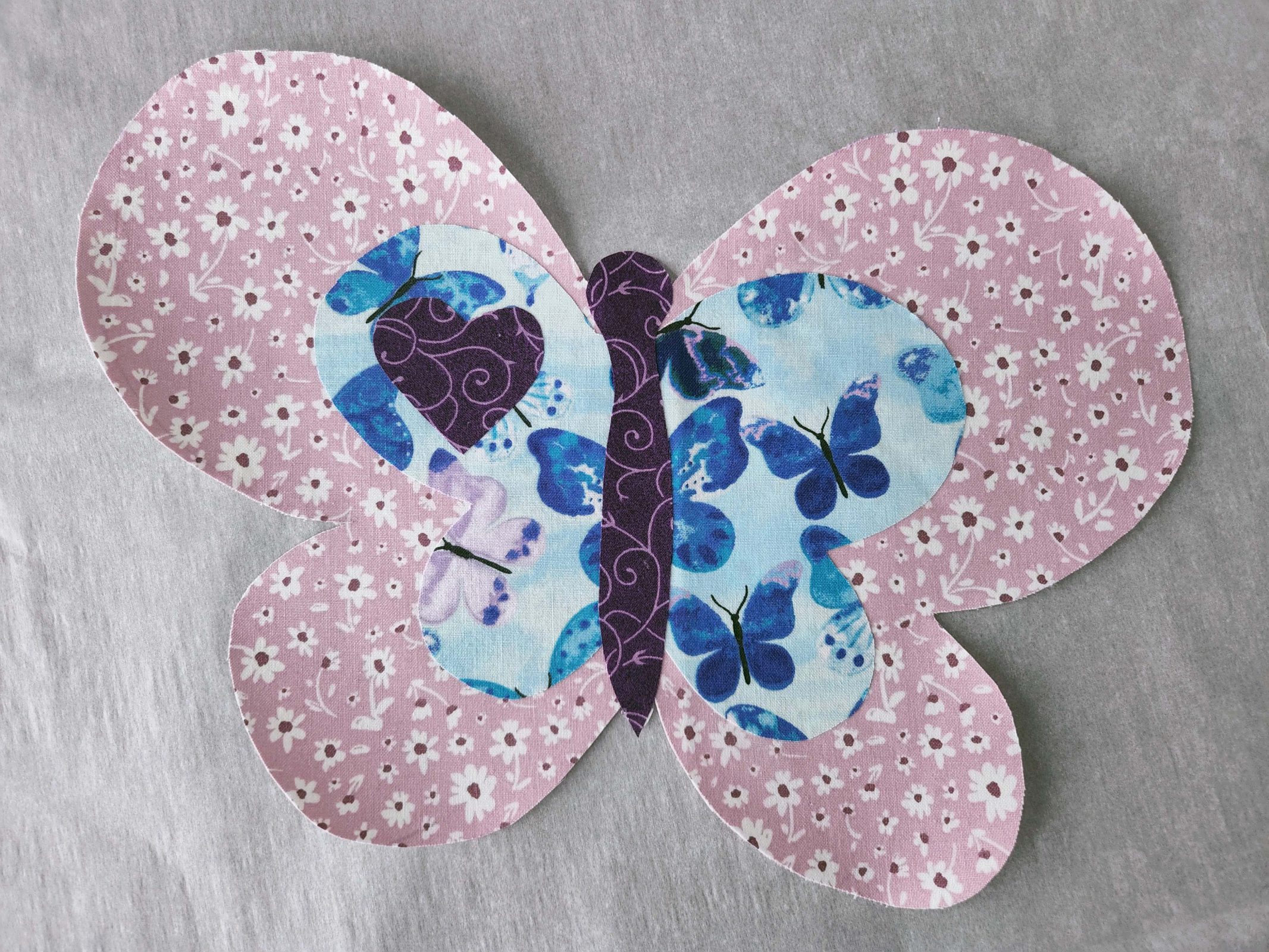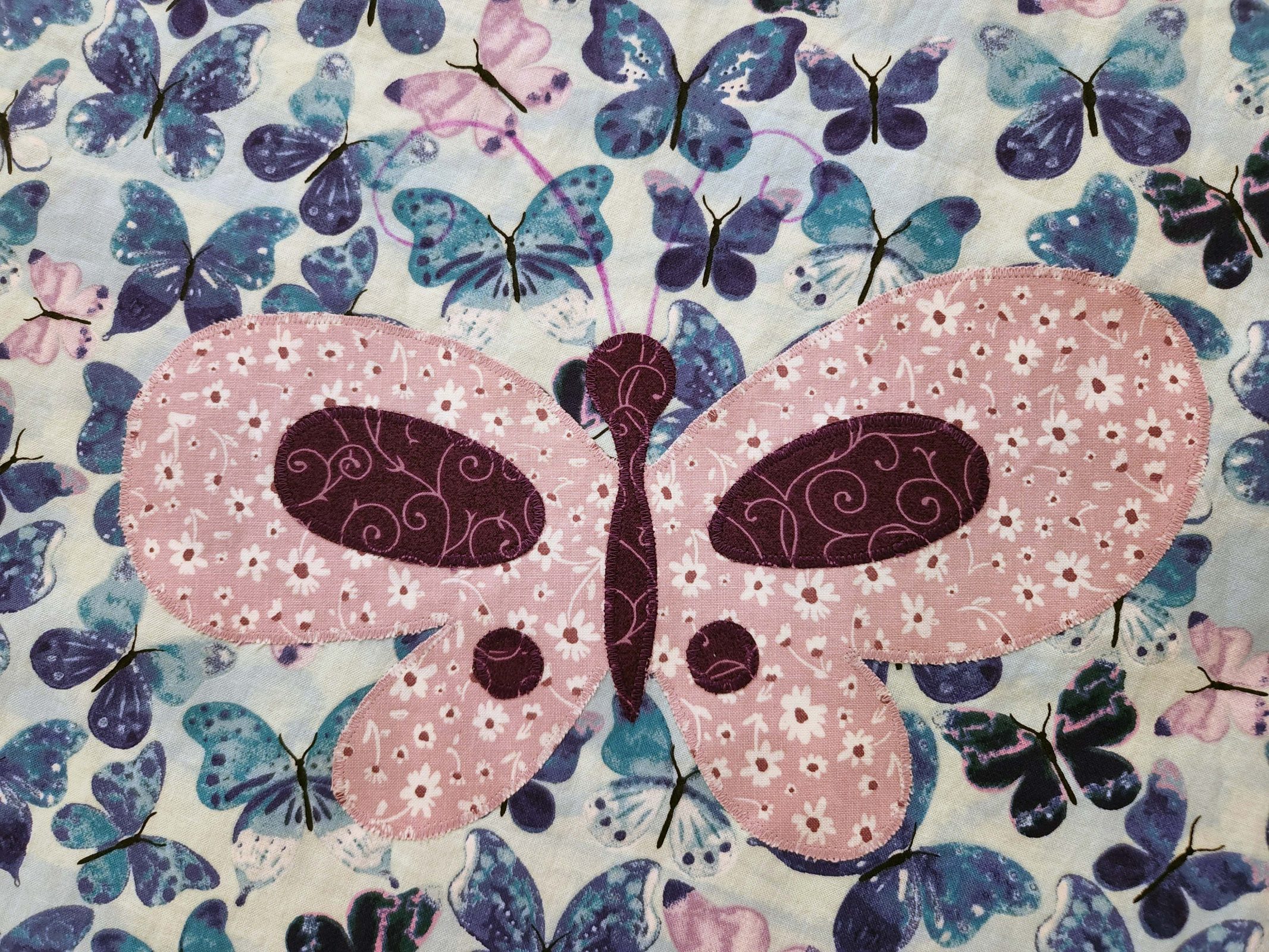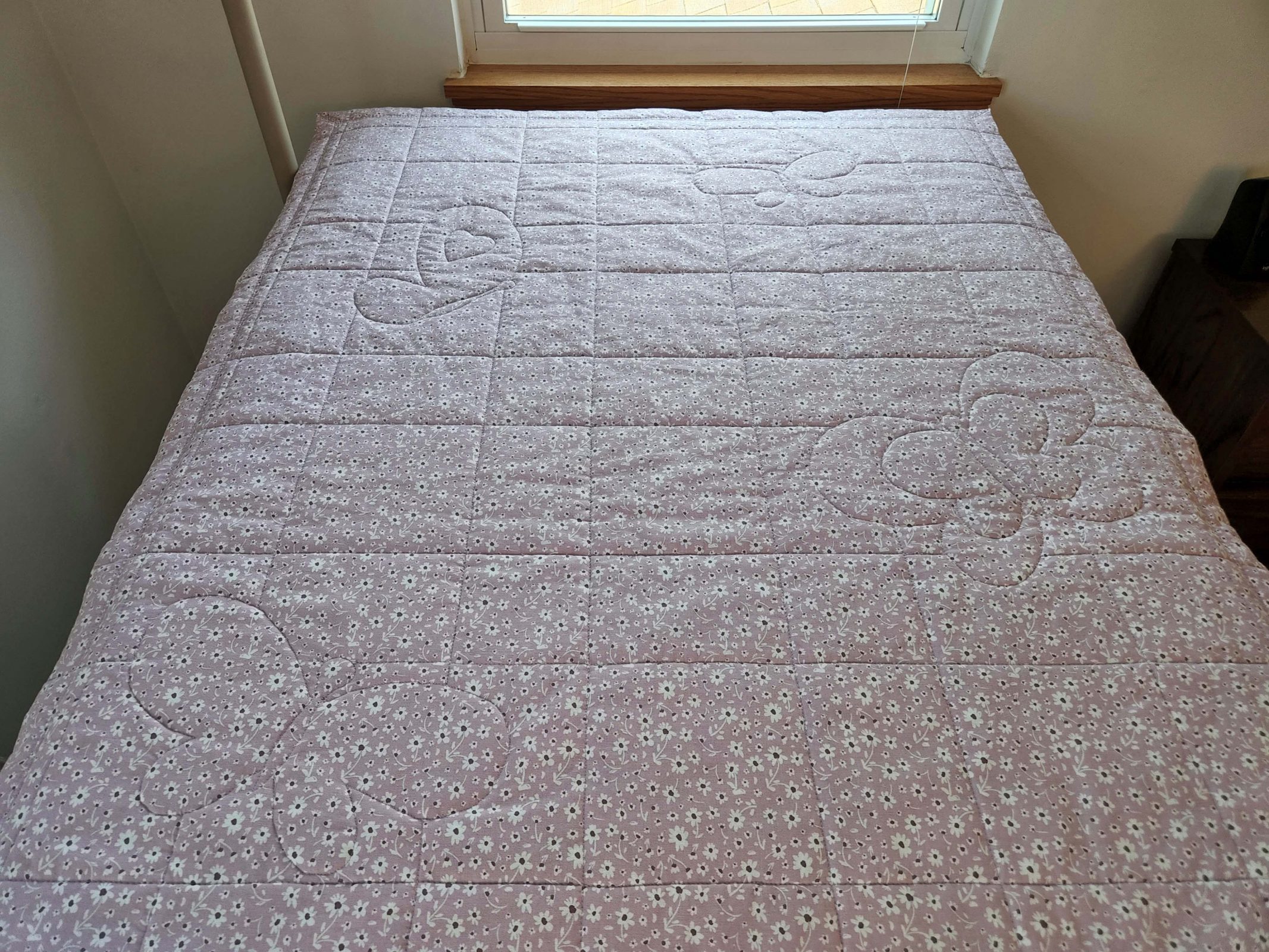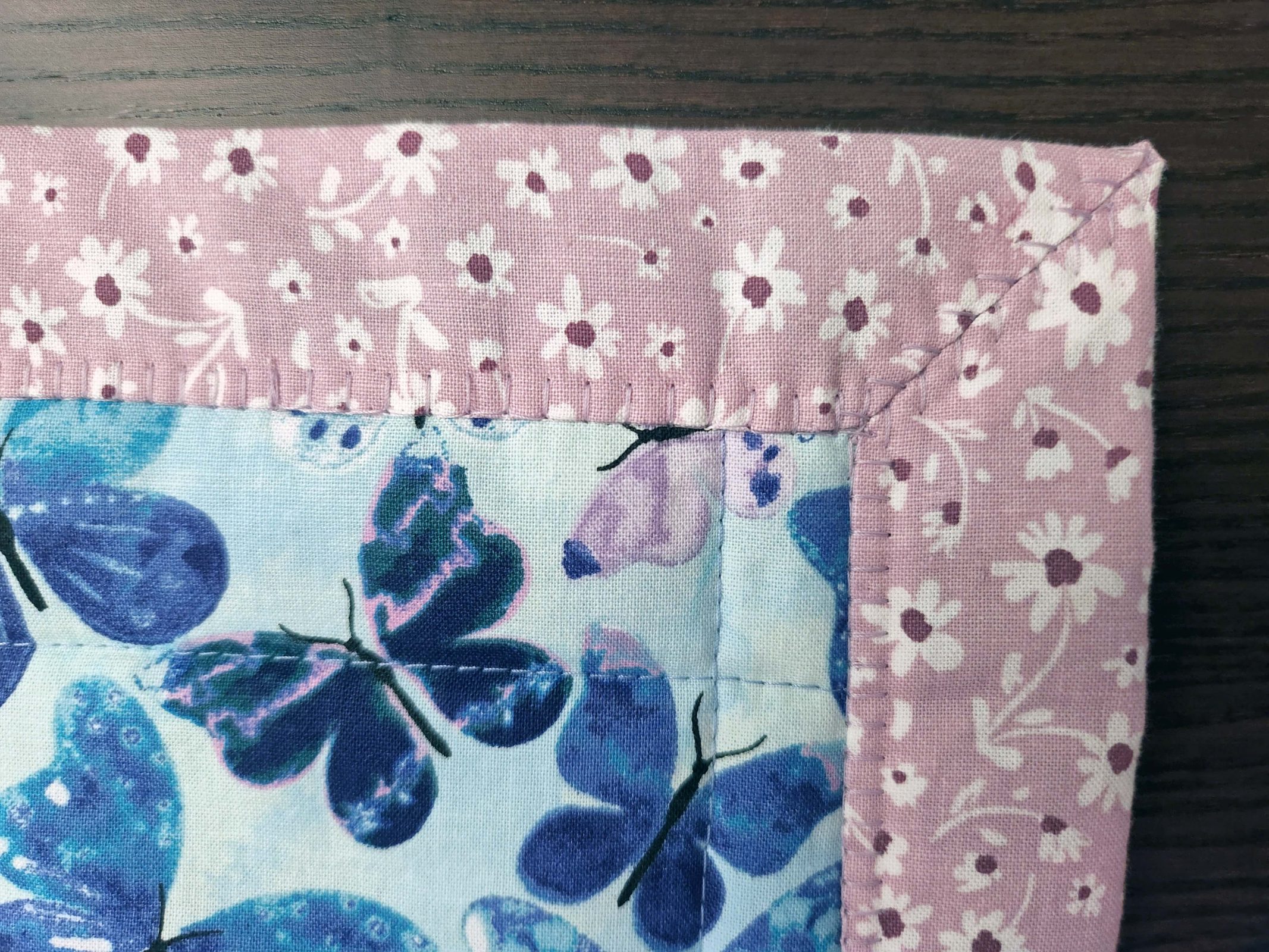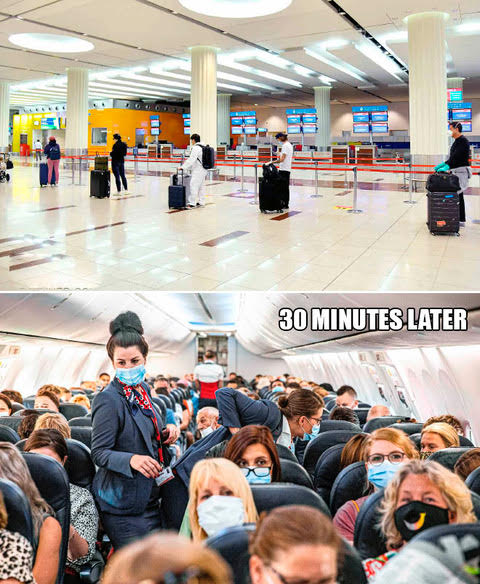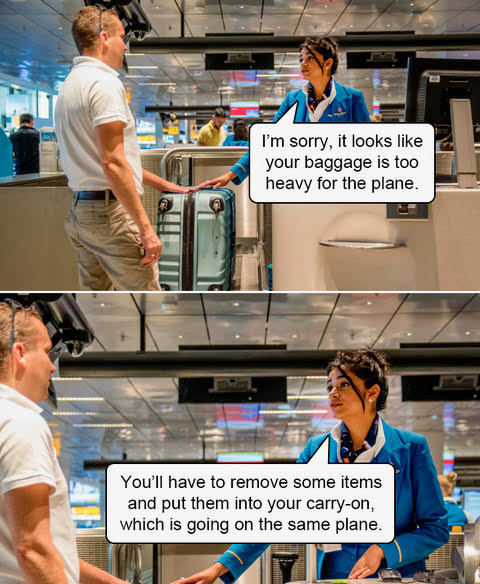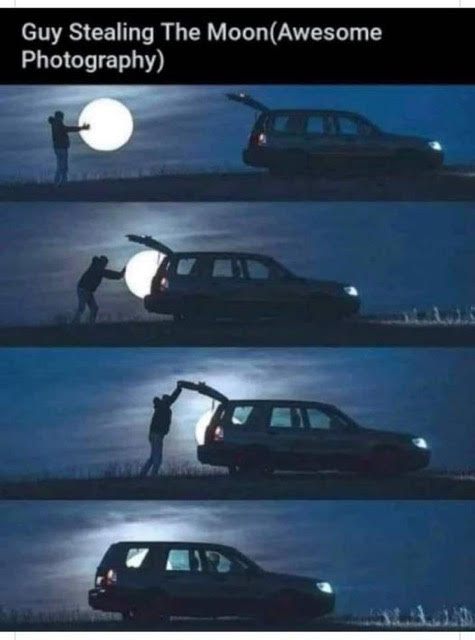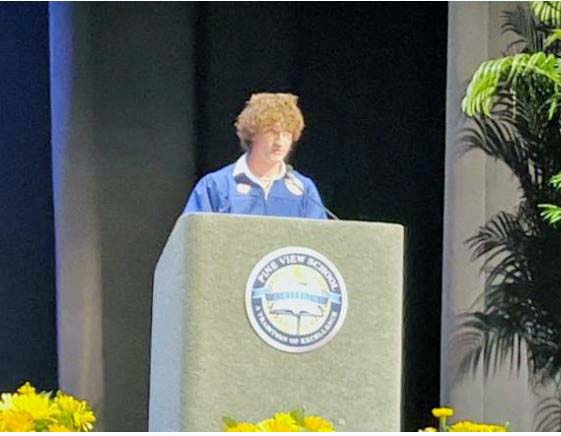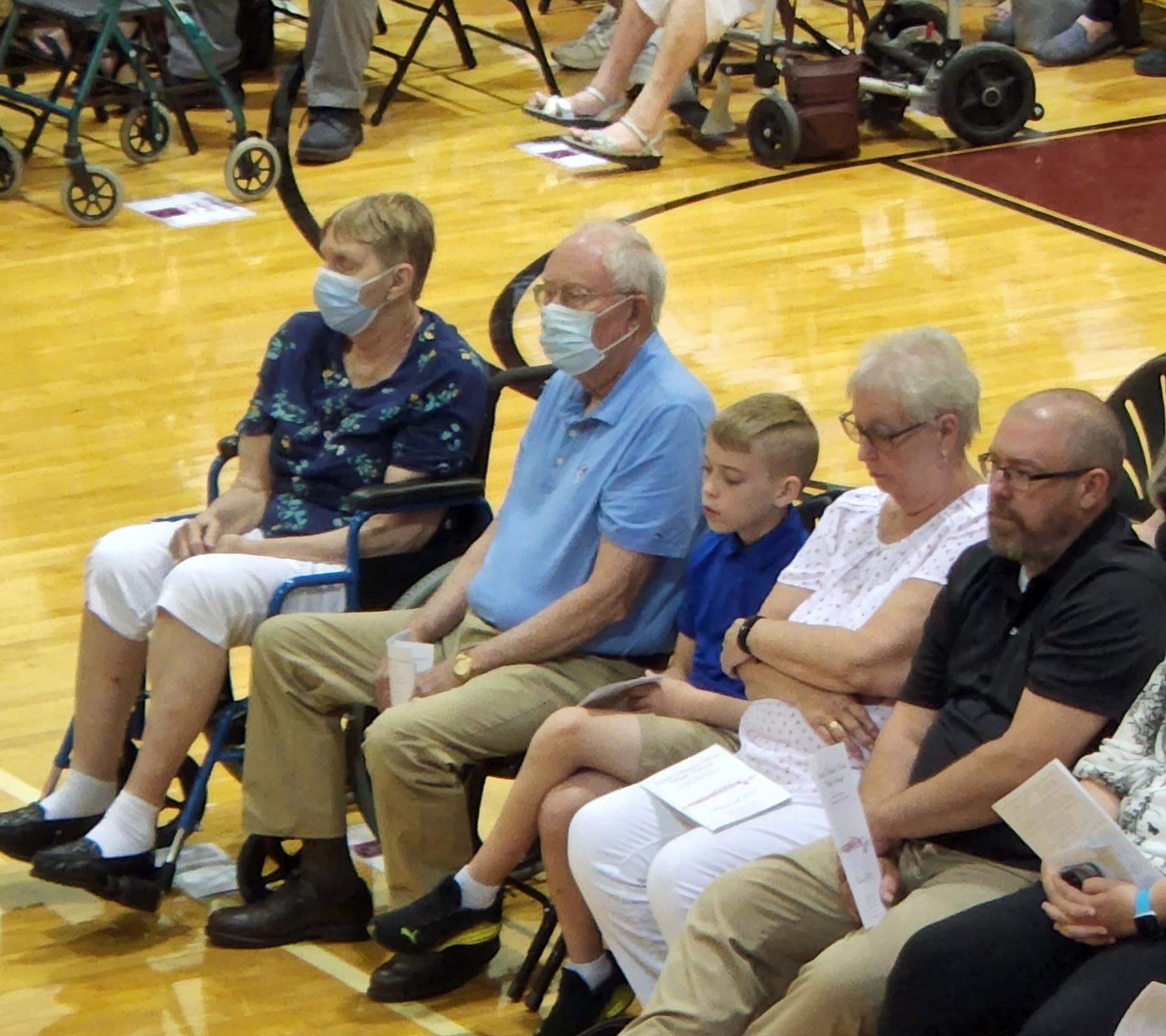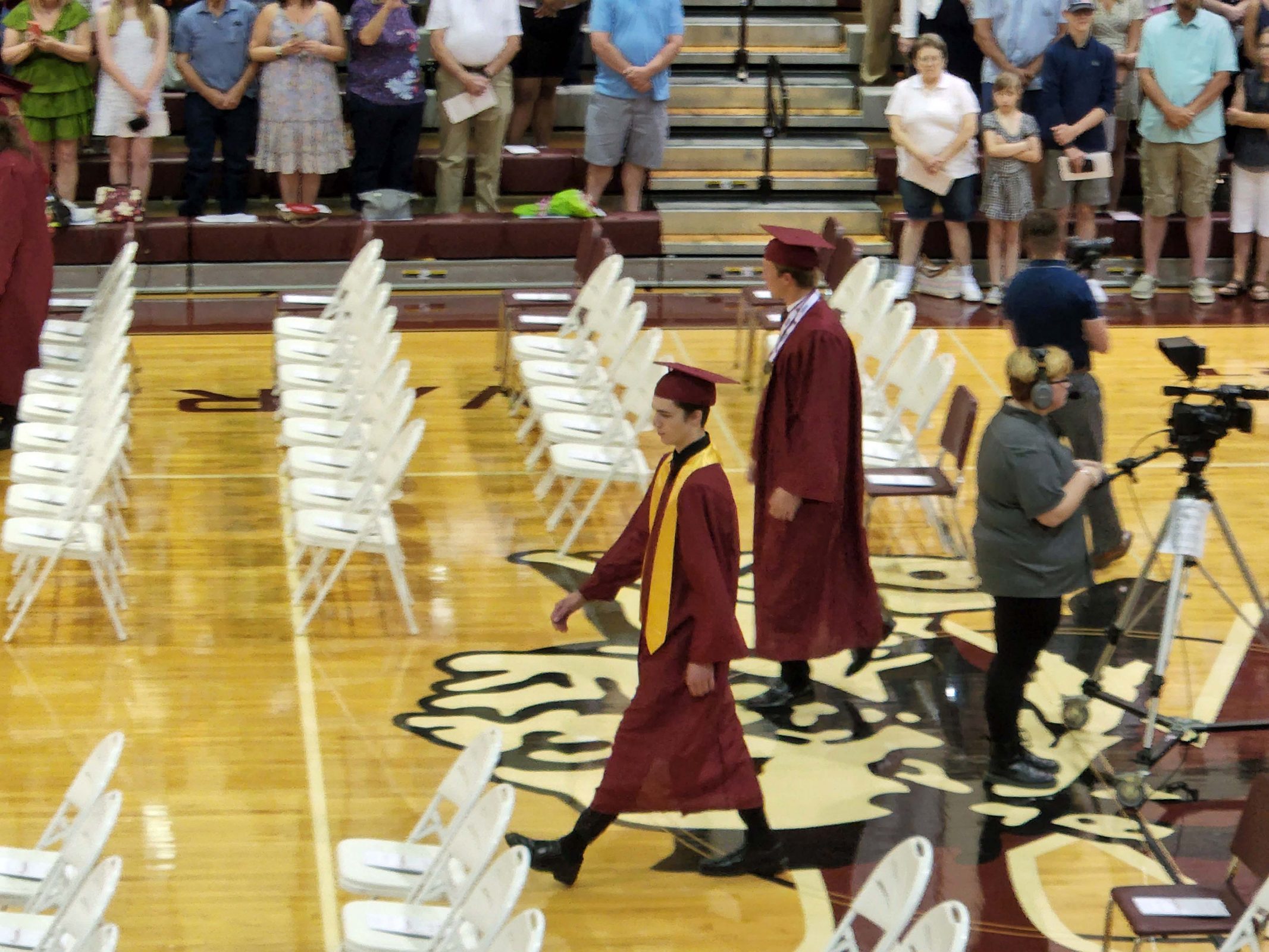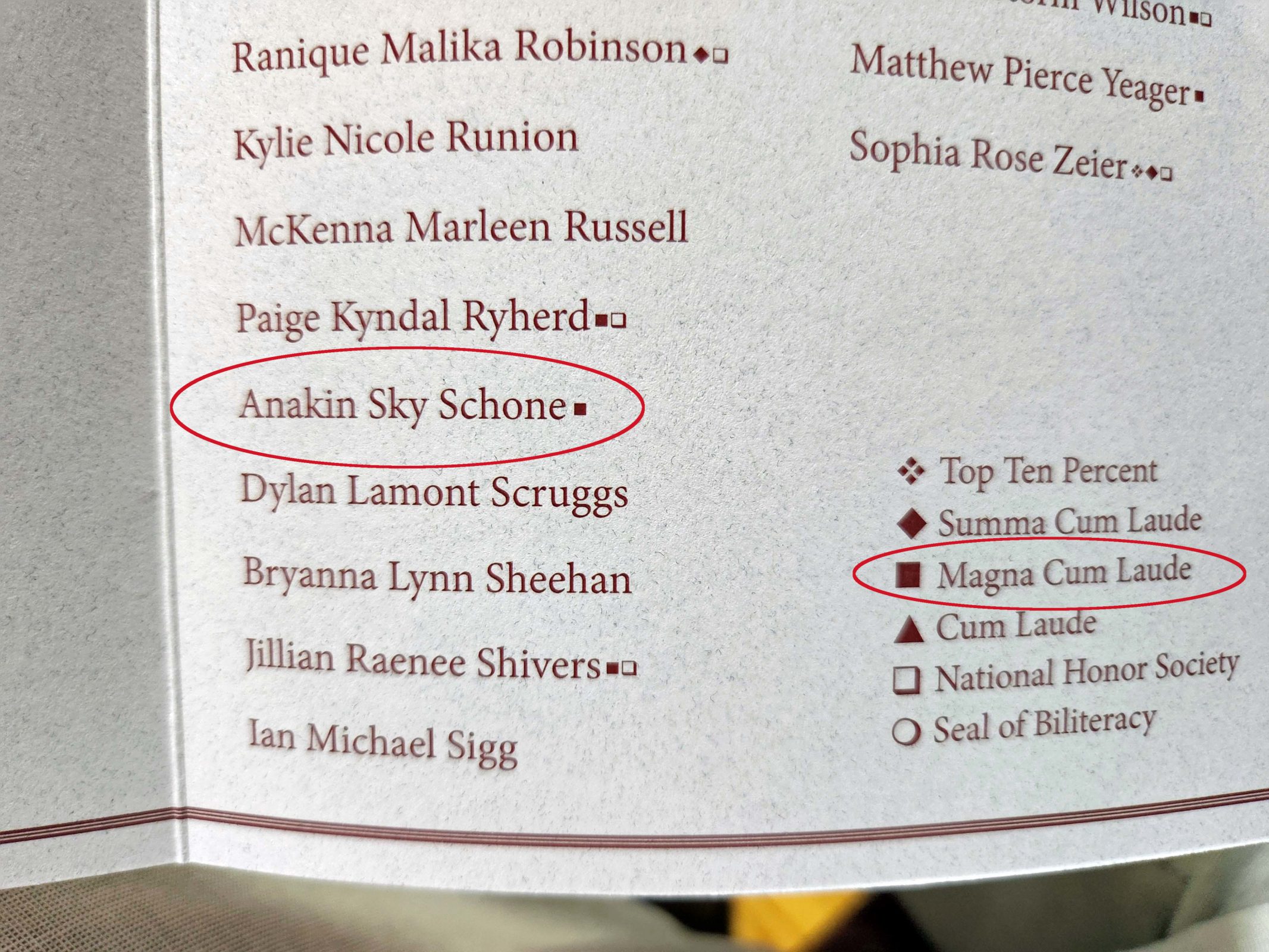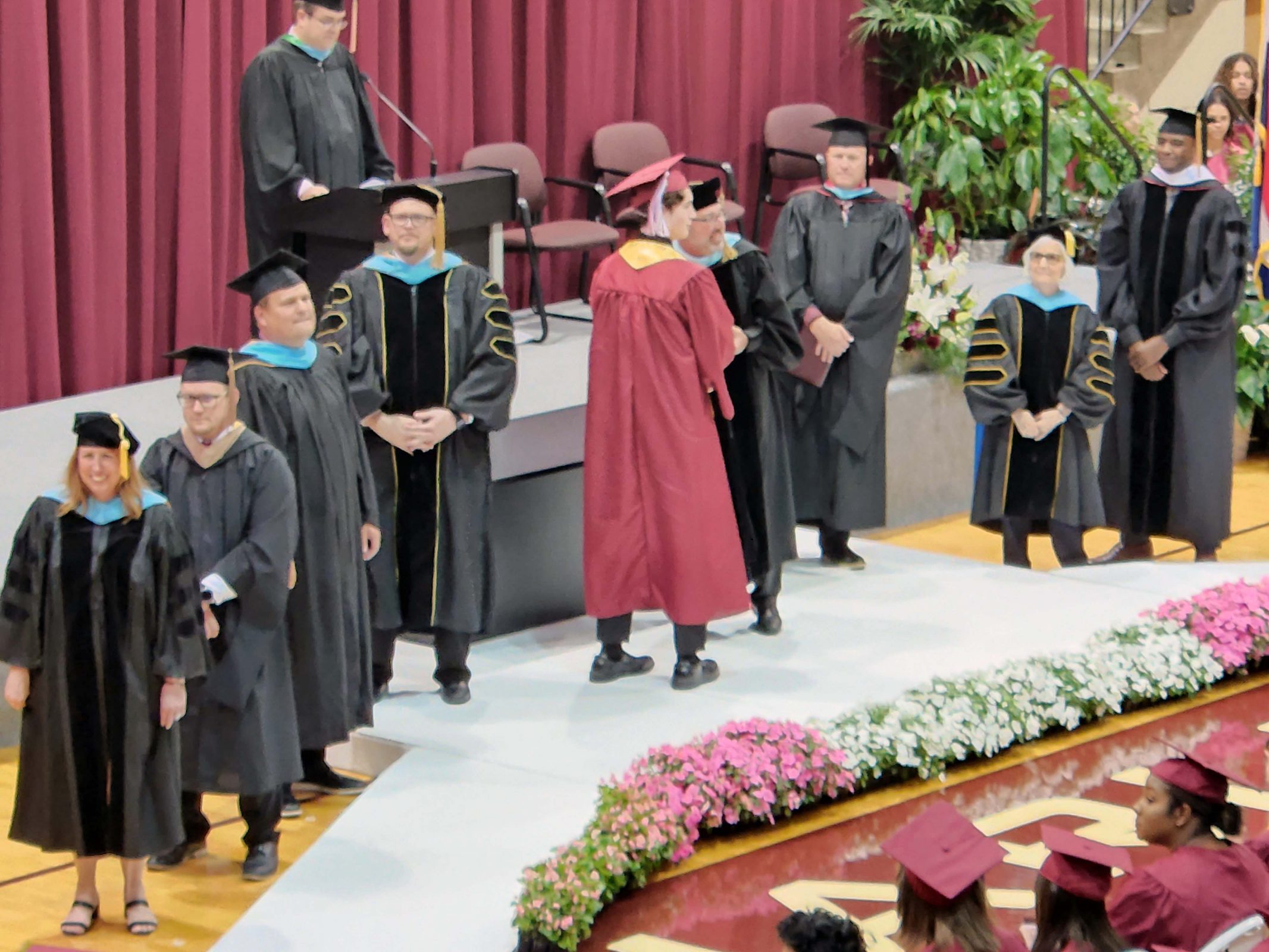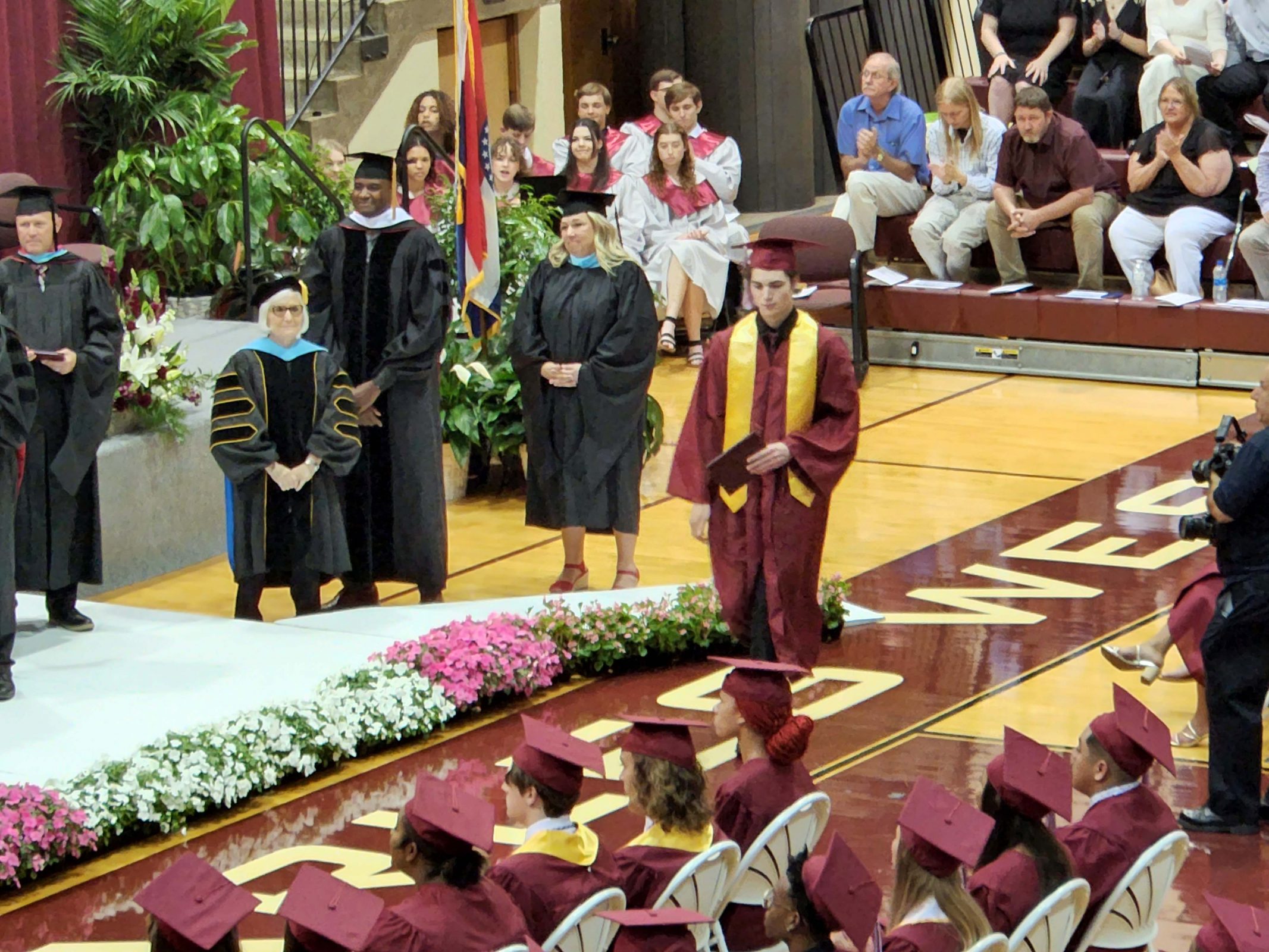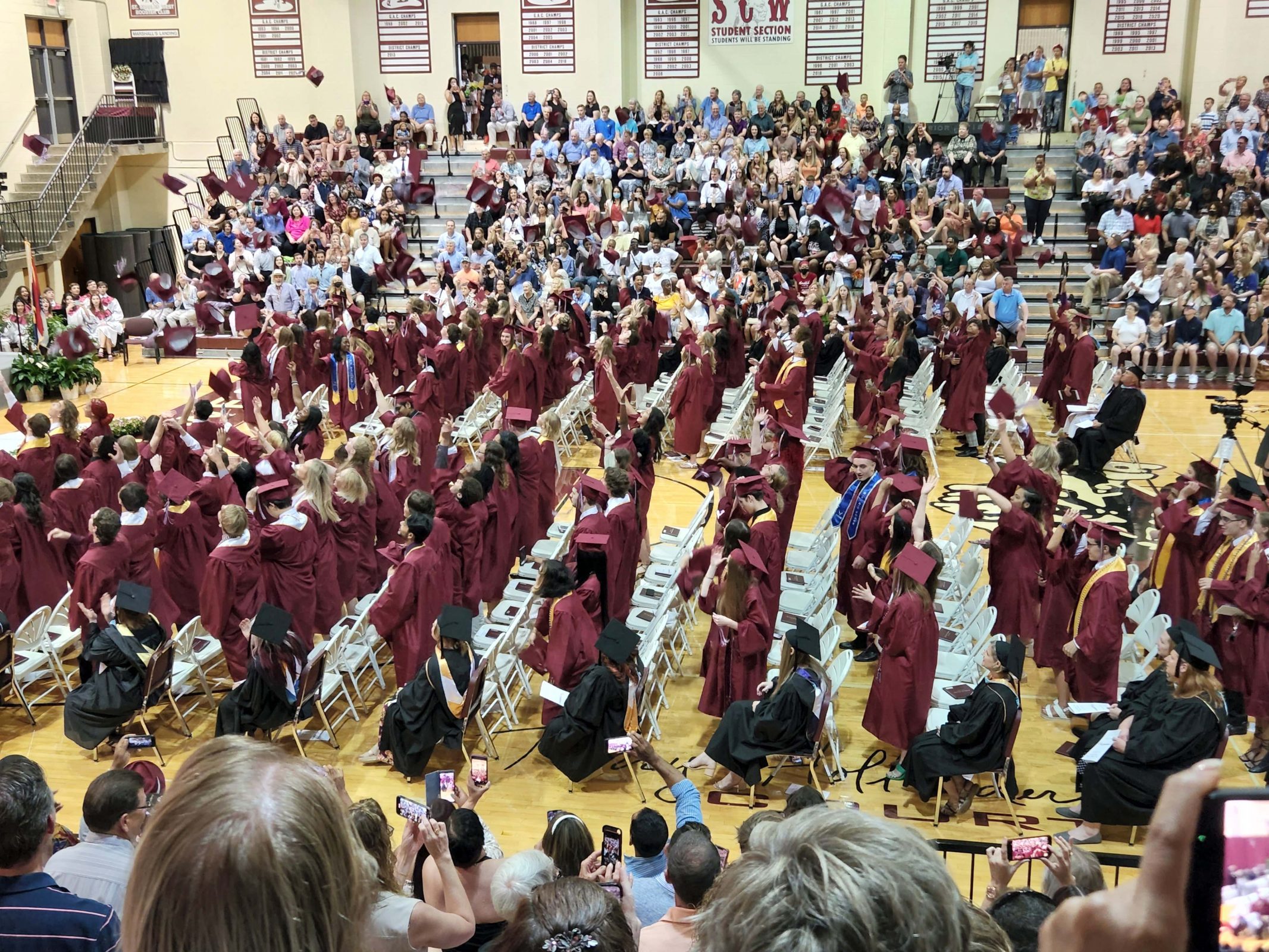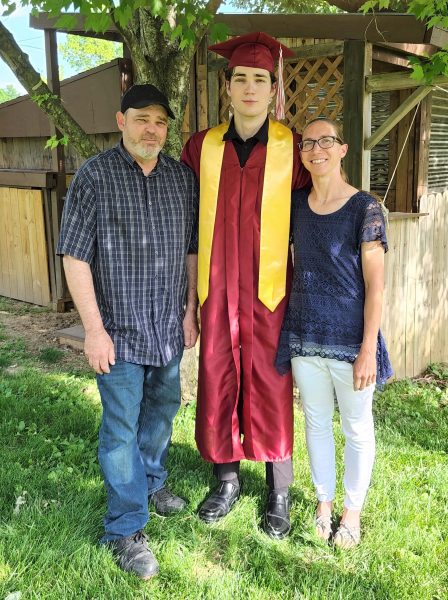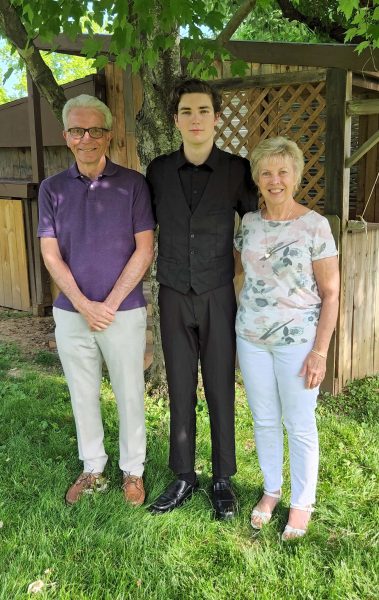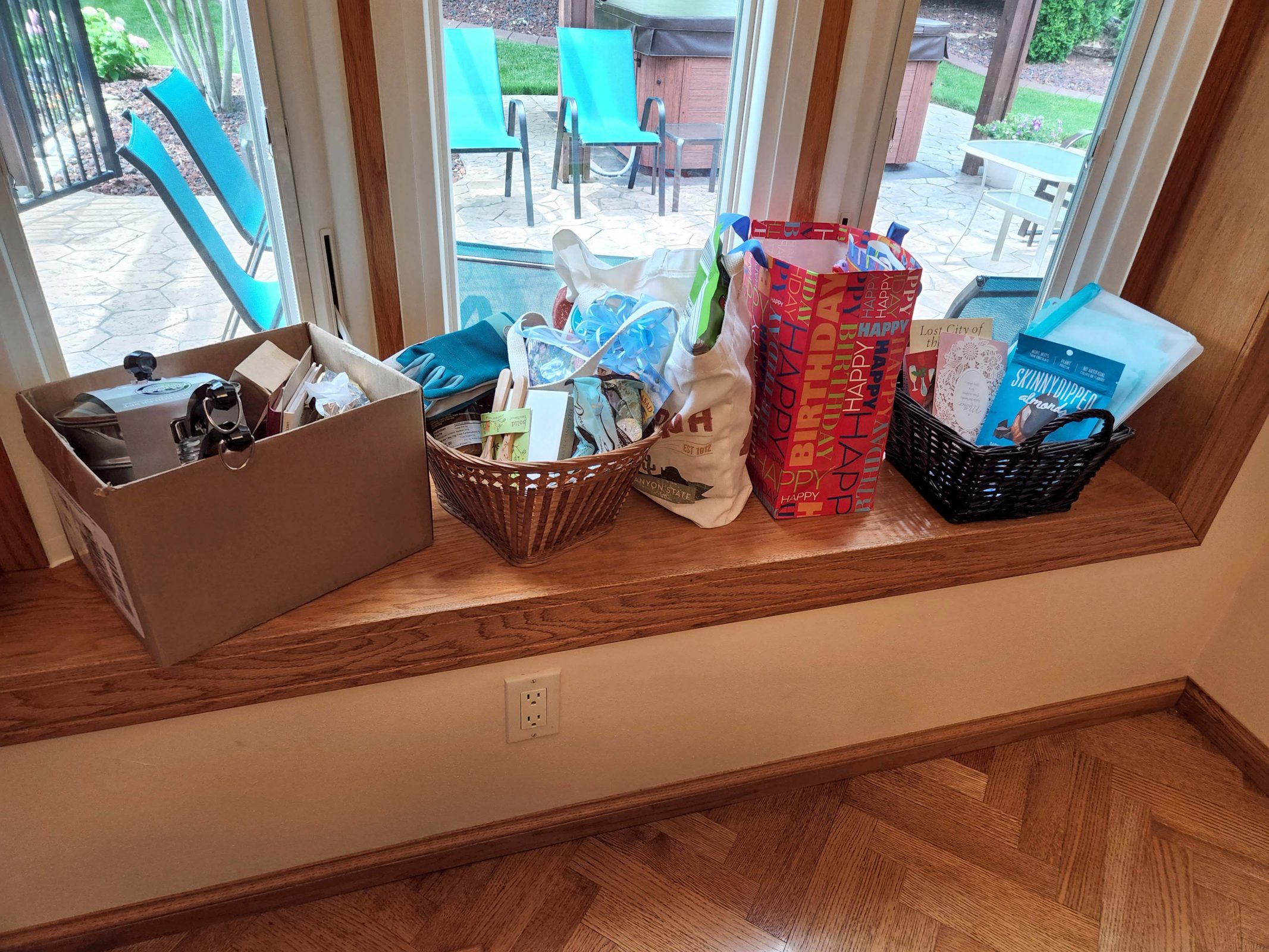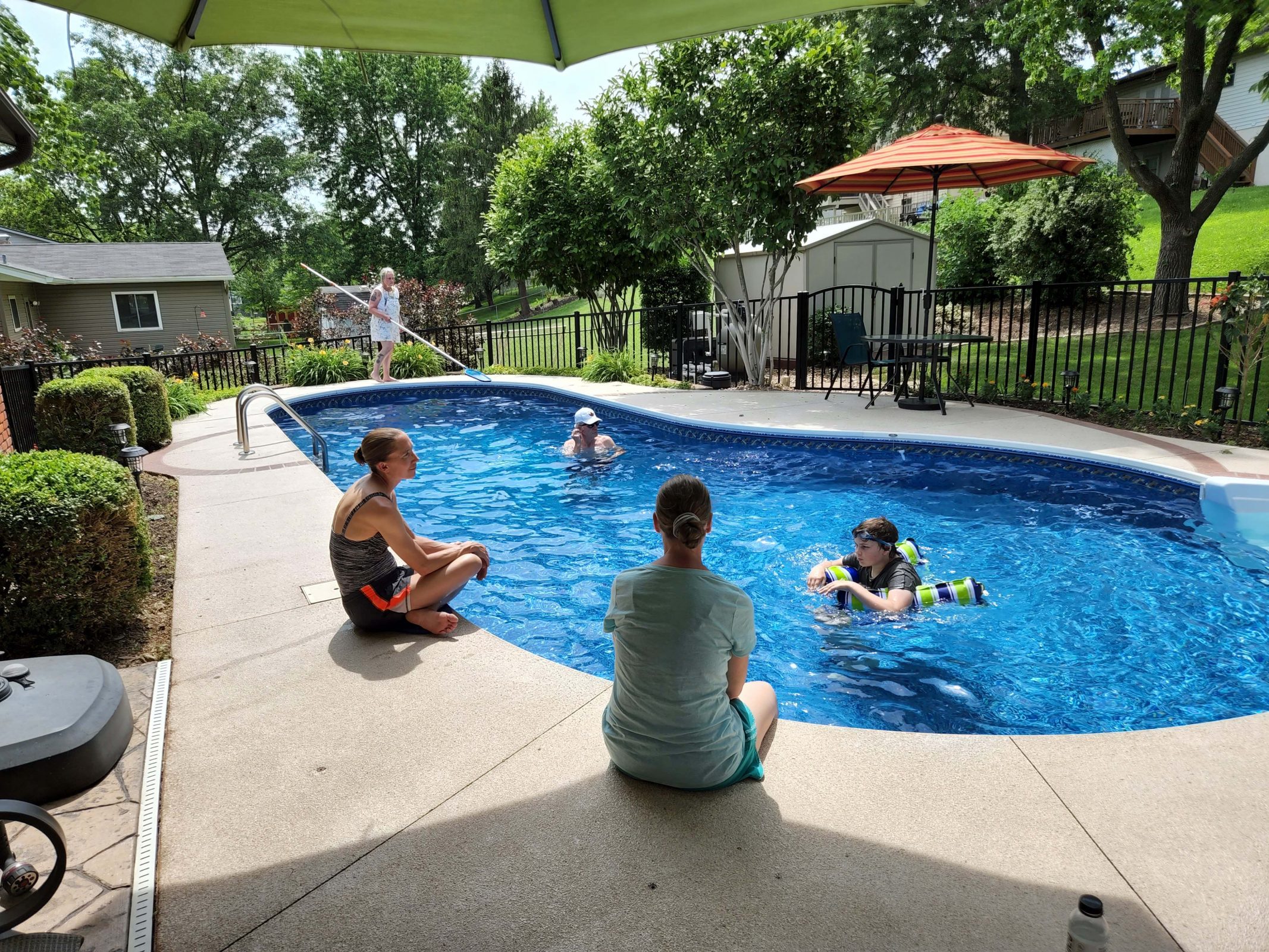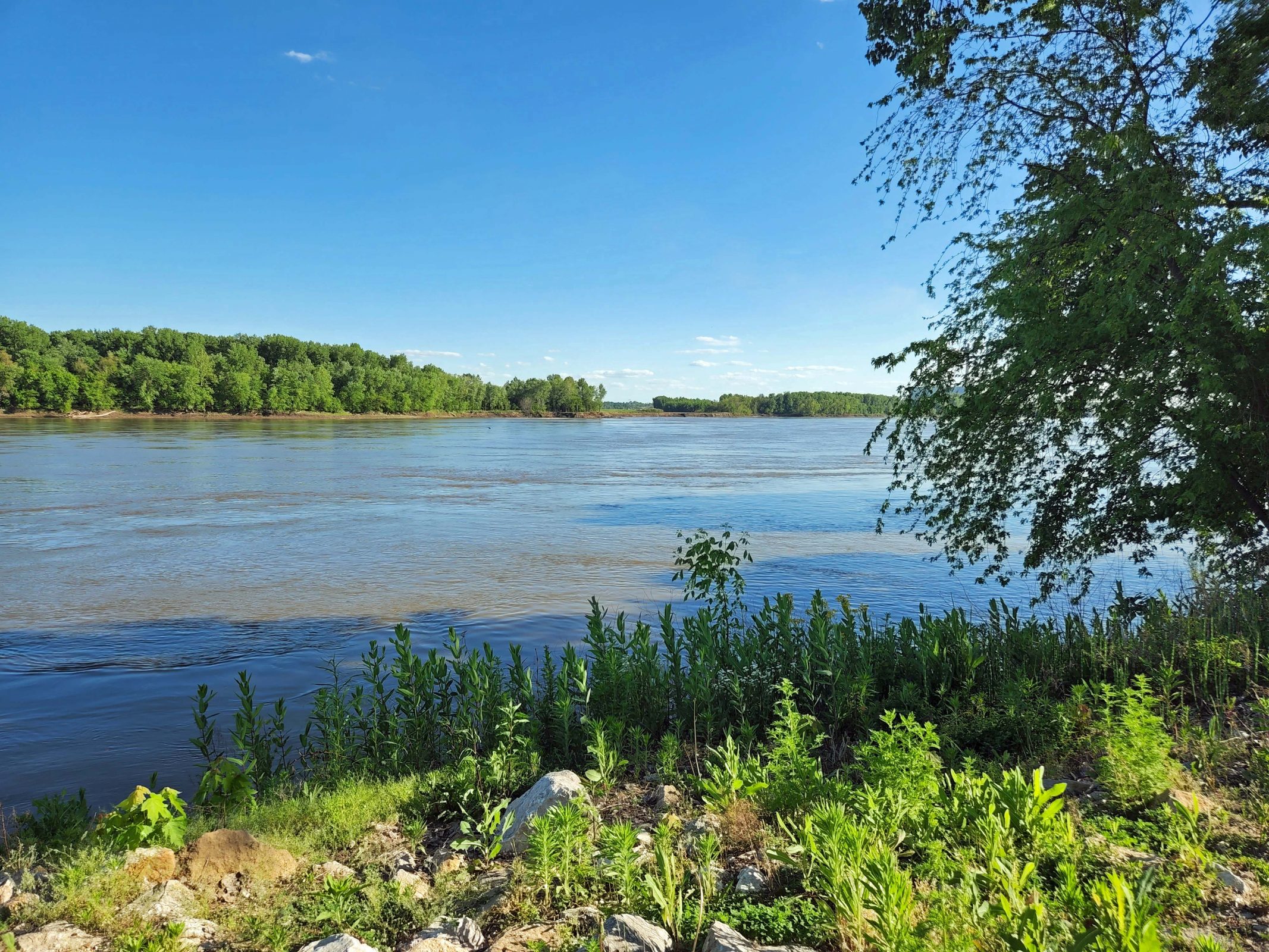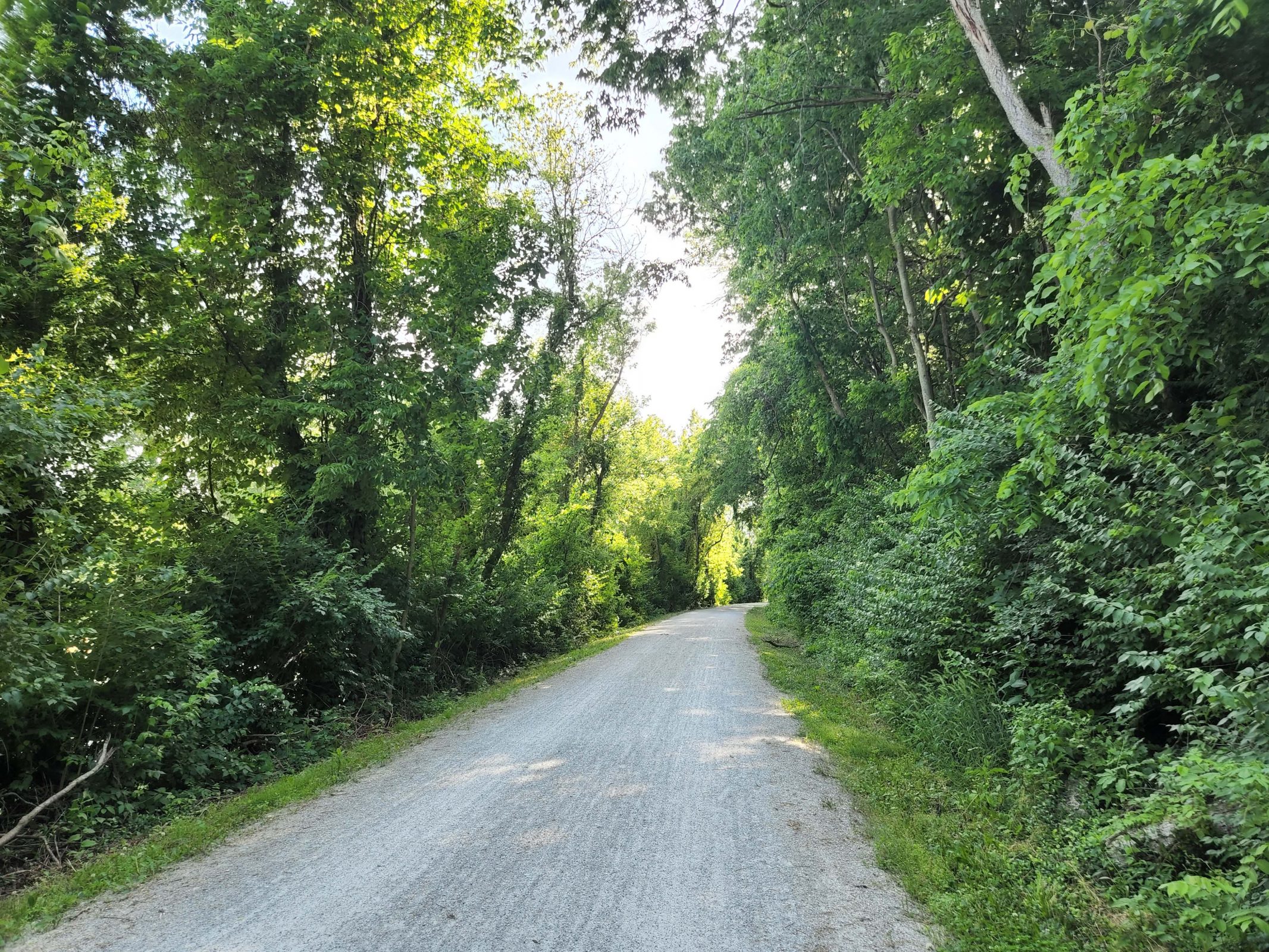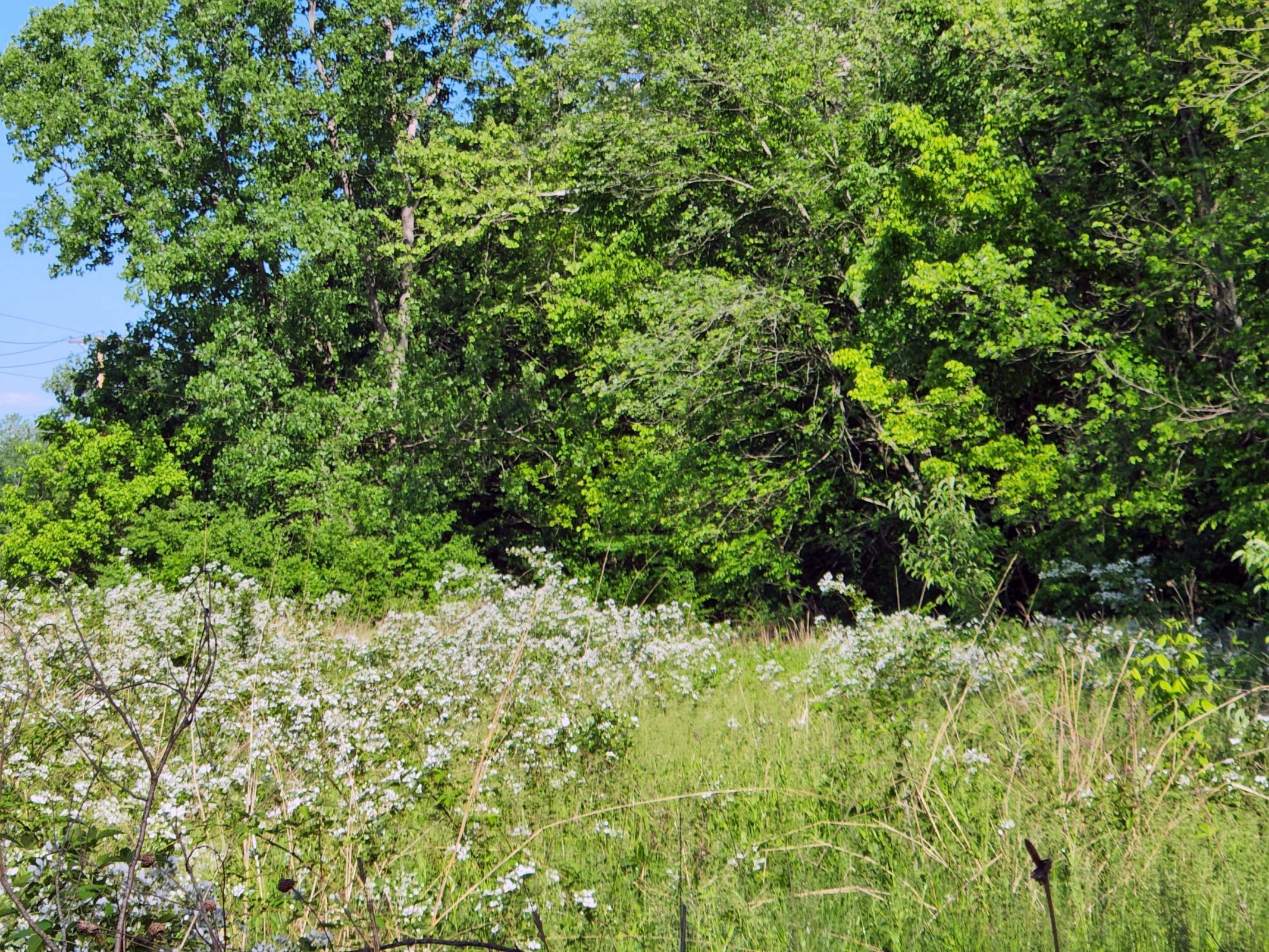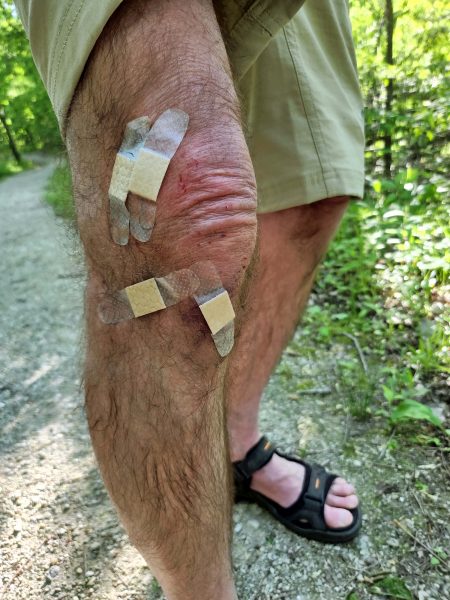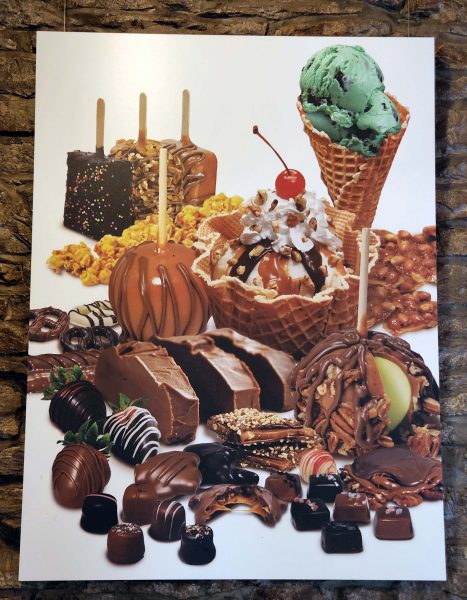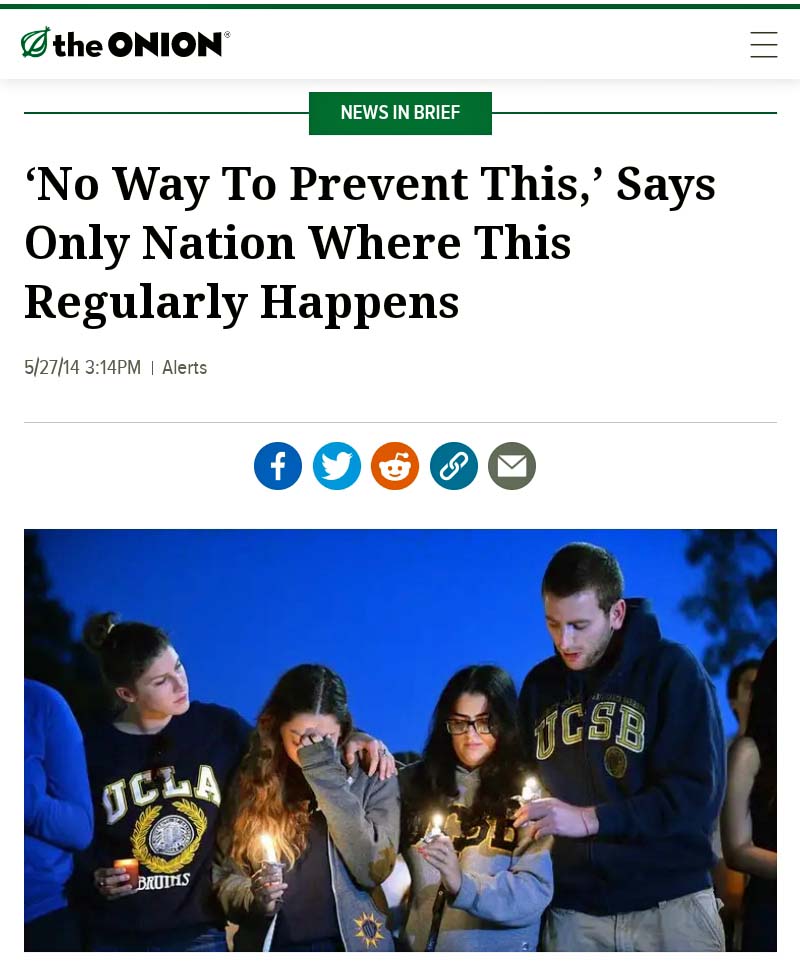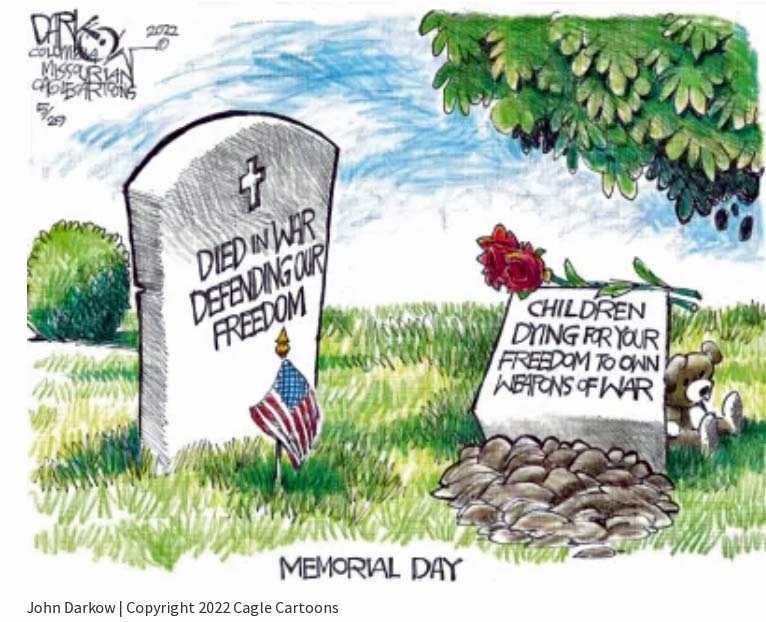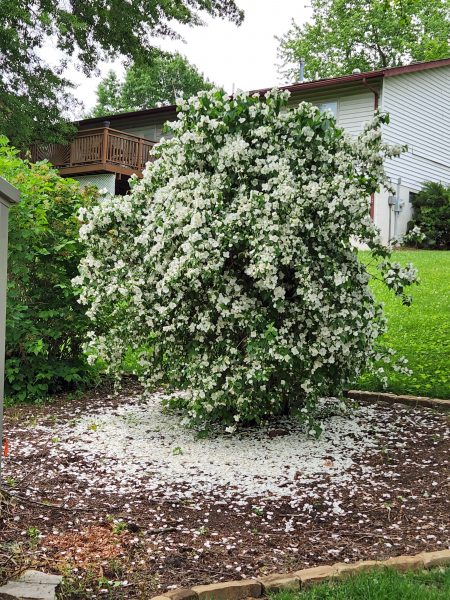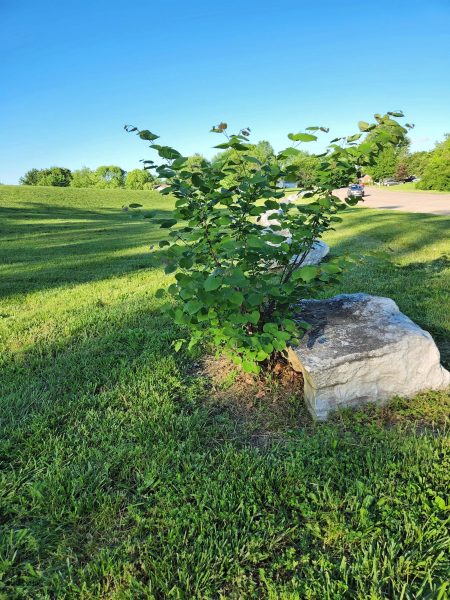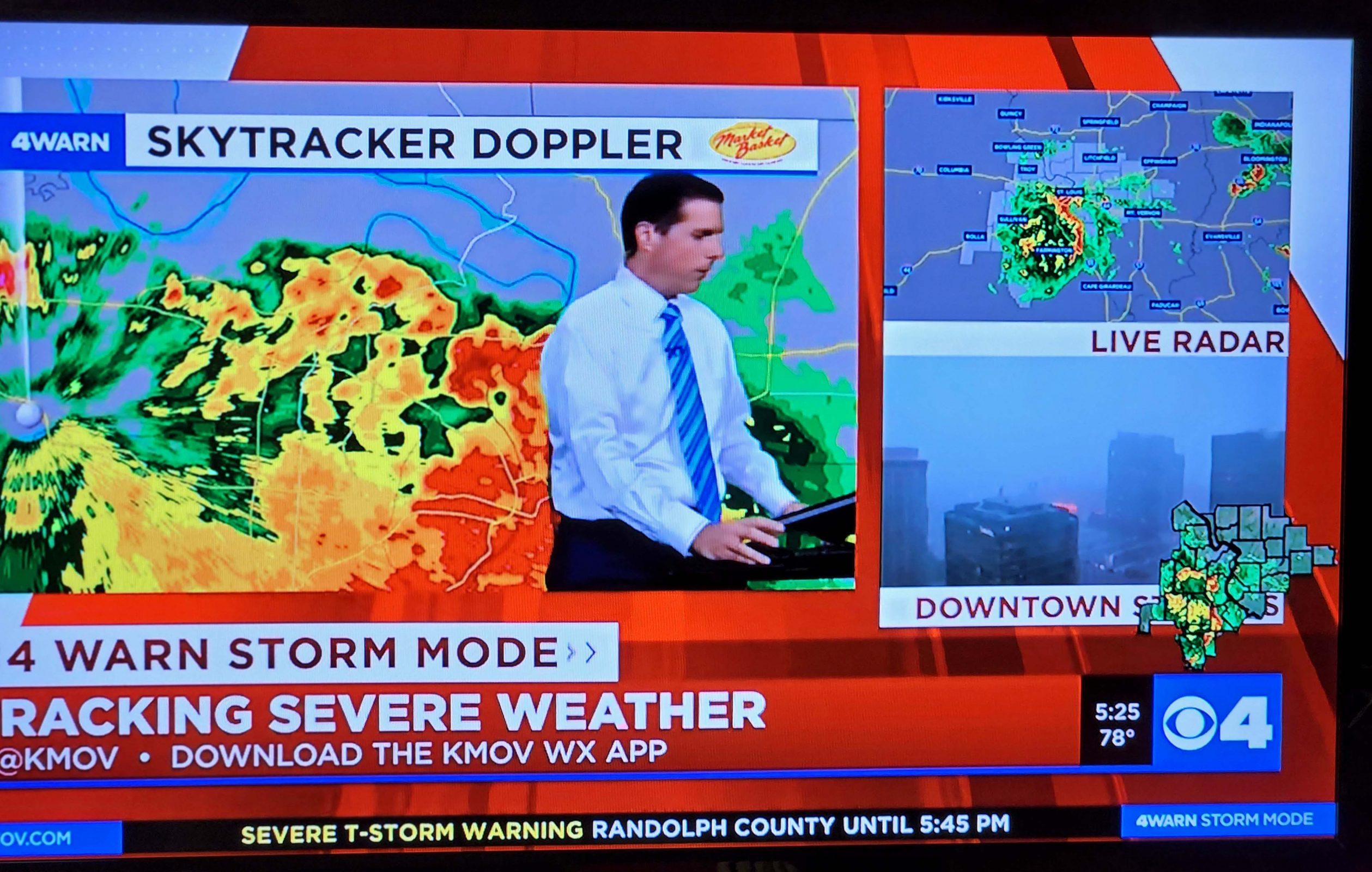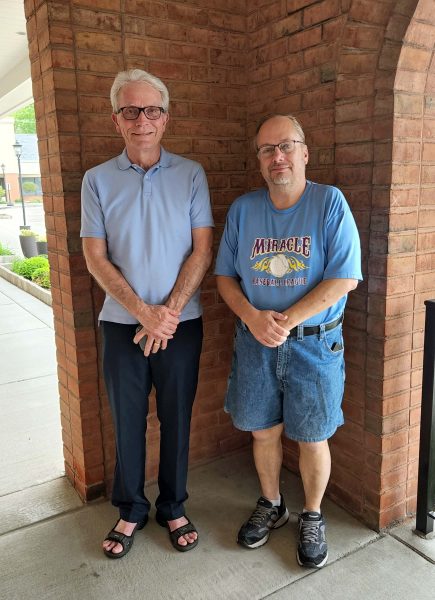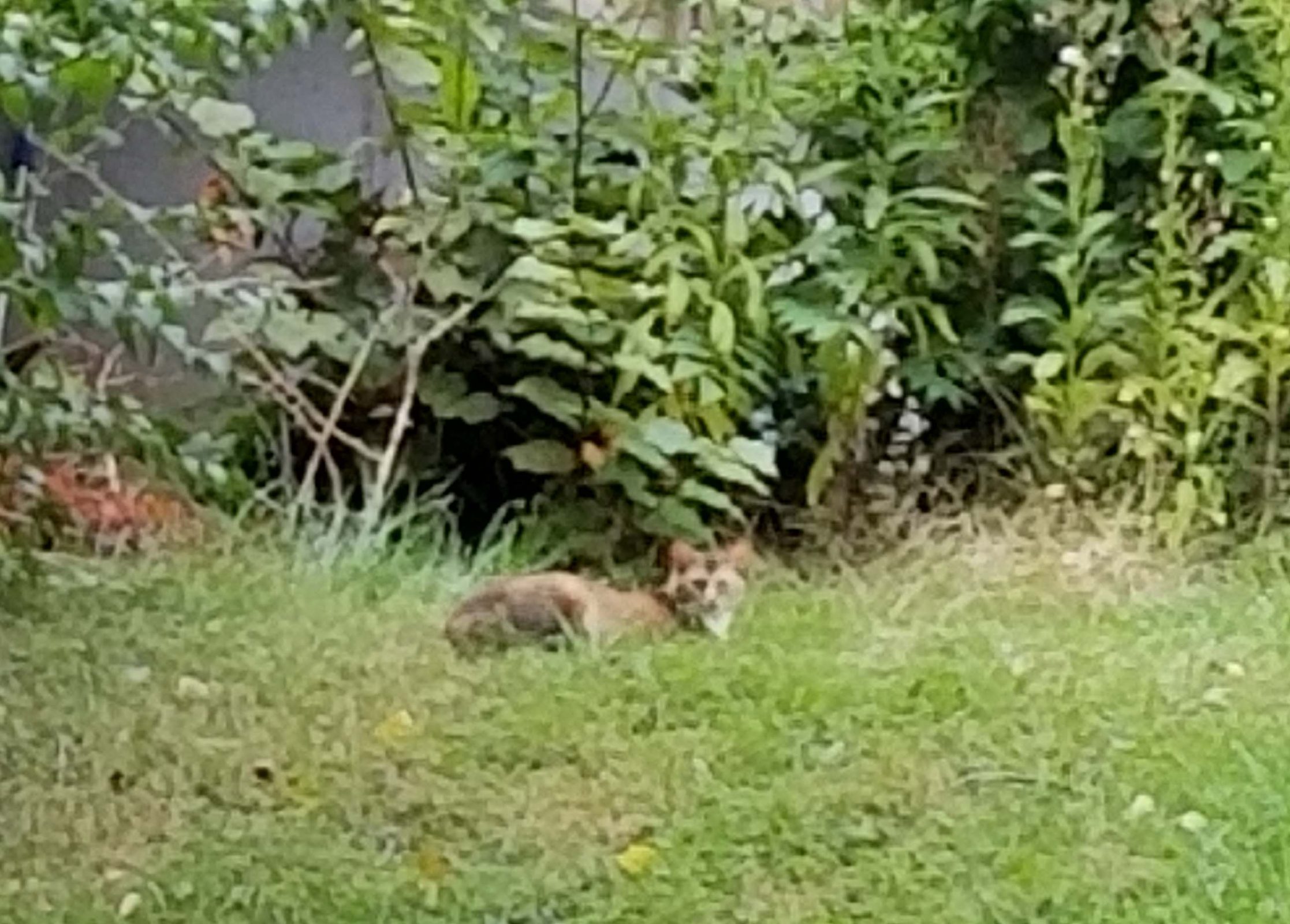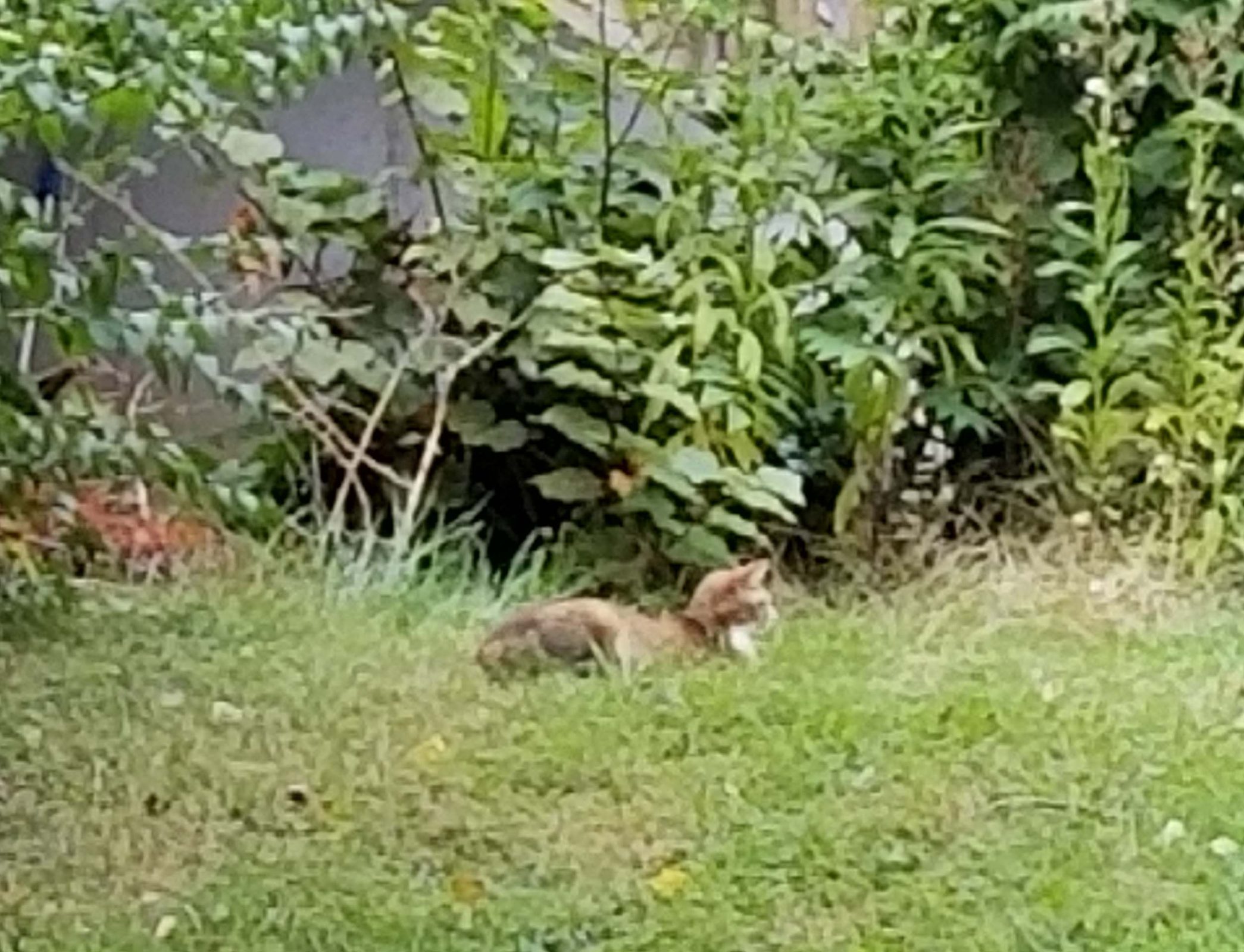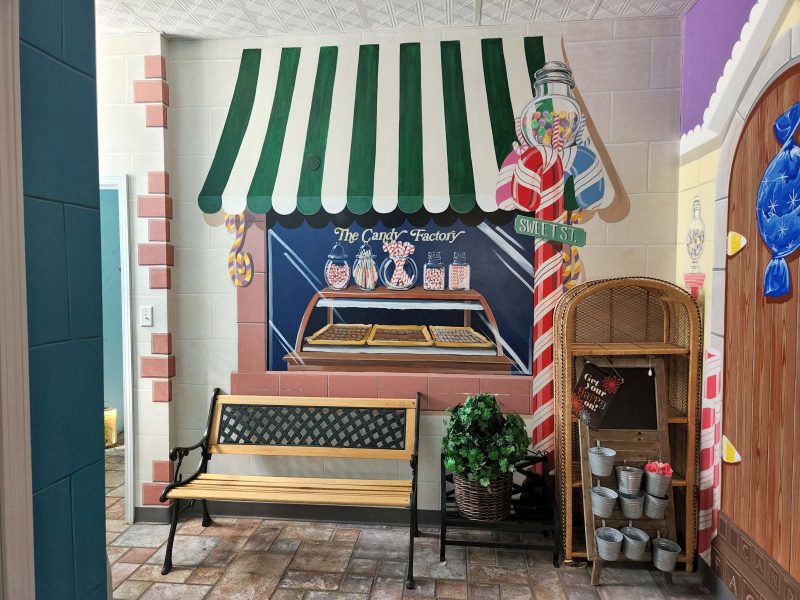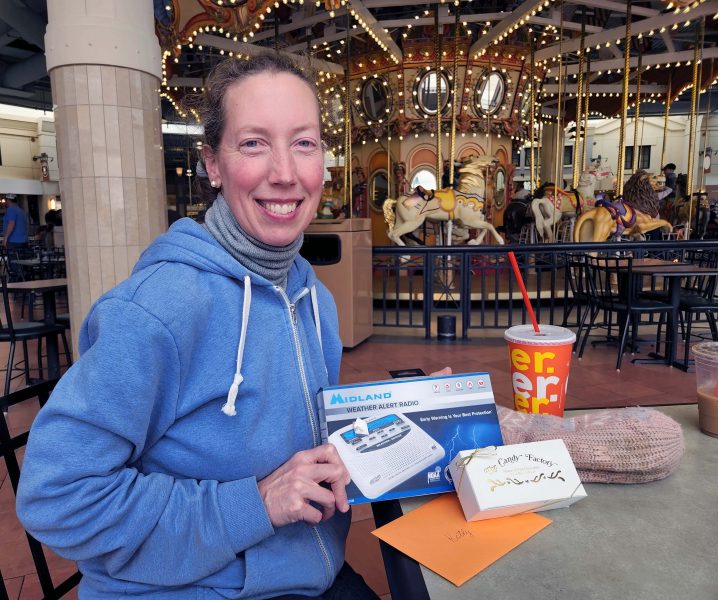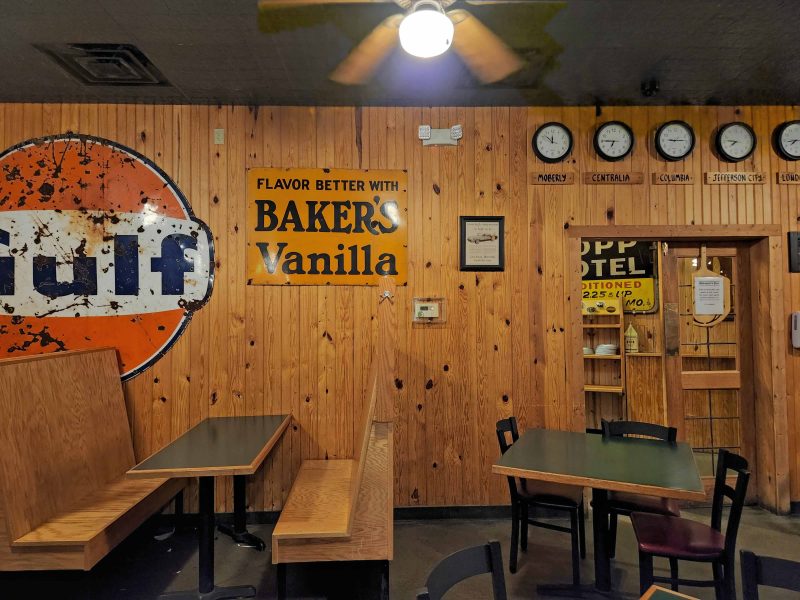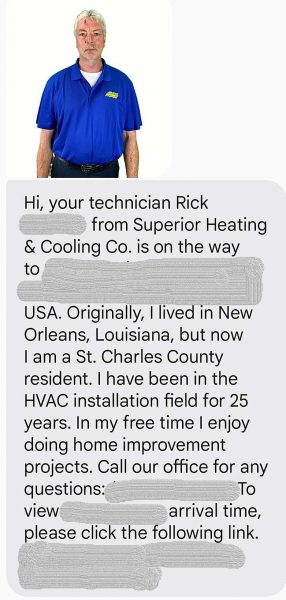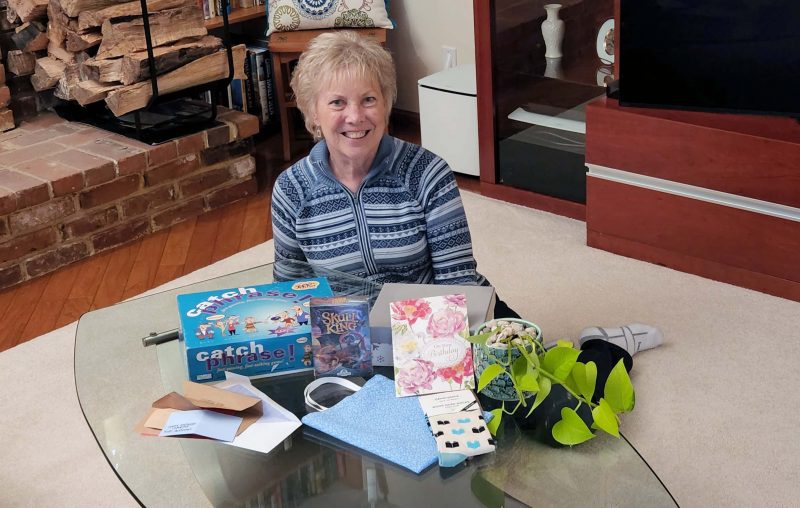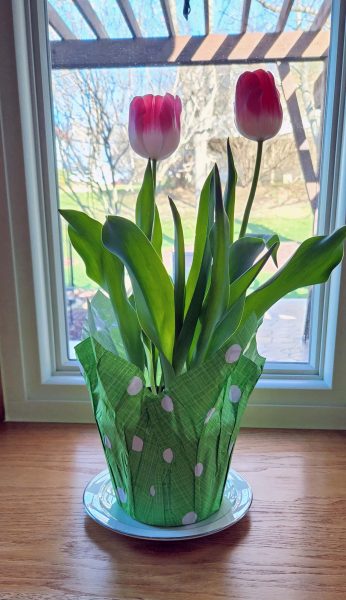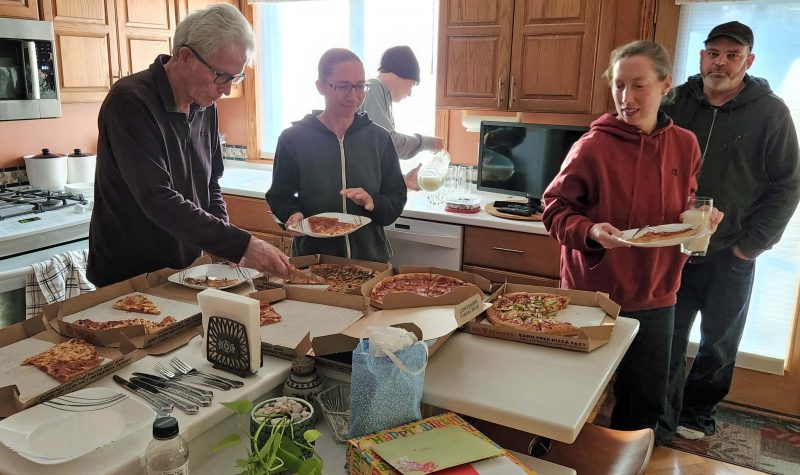It’s always a thrill for me to come back from an international trip and to hear the U.S. customs agent say, “Welcome home.” I hoped that, sometime, I could sail home through New York Harbor and pass the Statue of Liberty as a “welcome home” sign. Today, it happened. Bucket list check-off. It’s only mid-morning, but there’s already a long line of people visiting this New York City highlight.

Sailing through the harbor is a pretty approach to New York City. There are interesting buildings, . . .
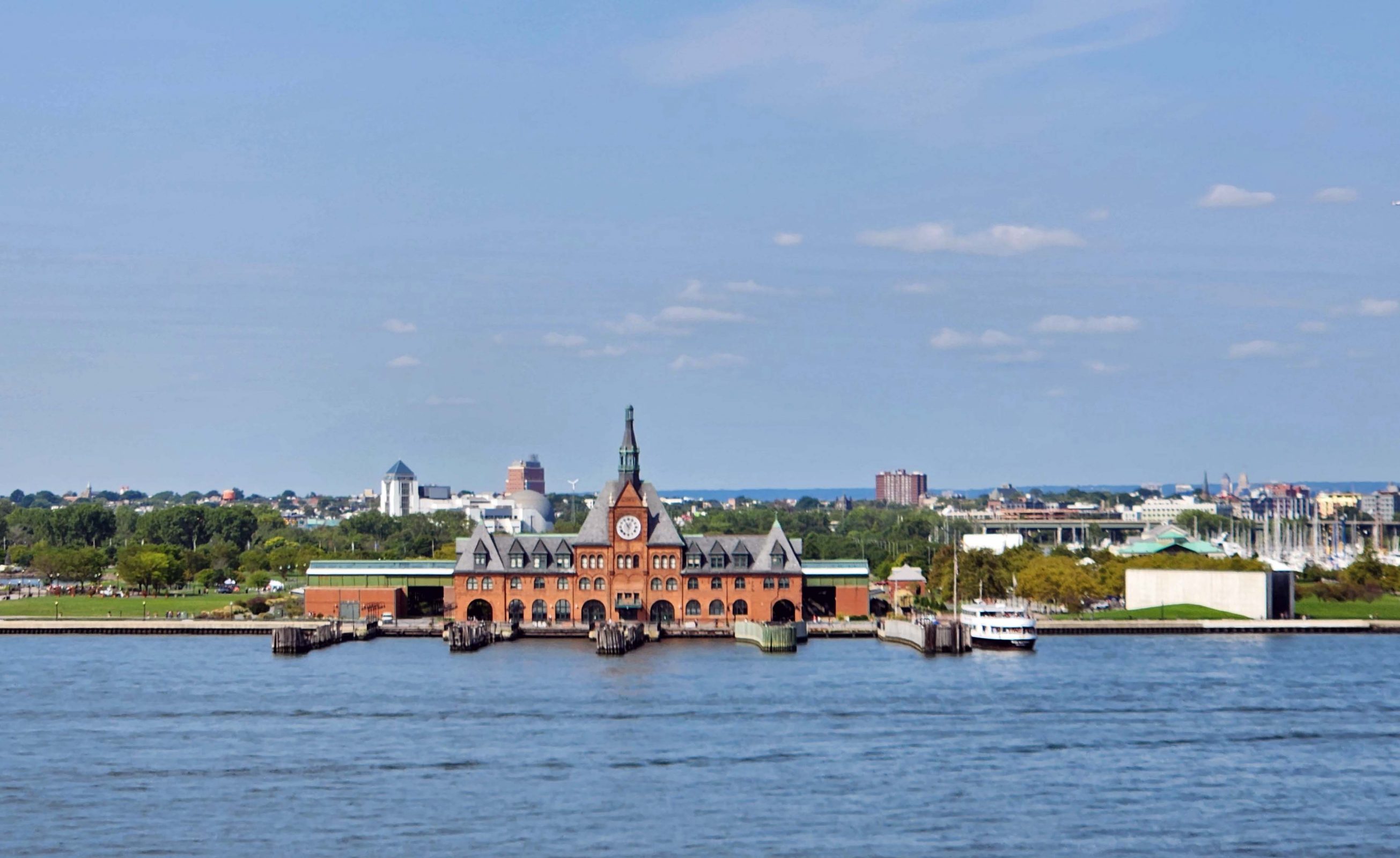
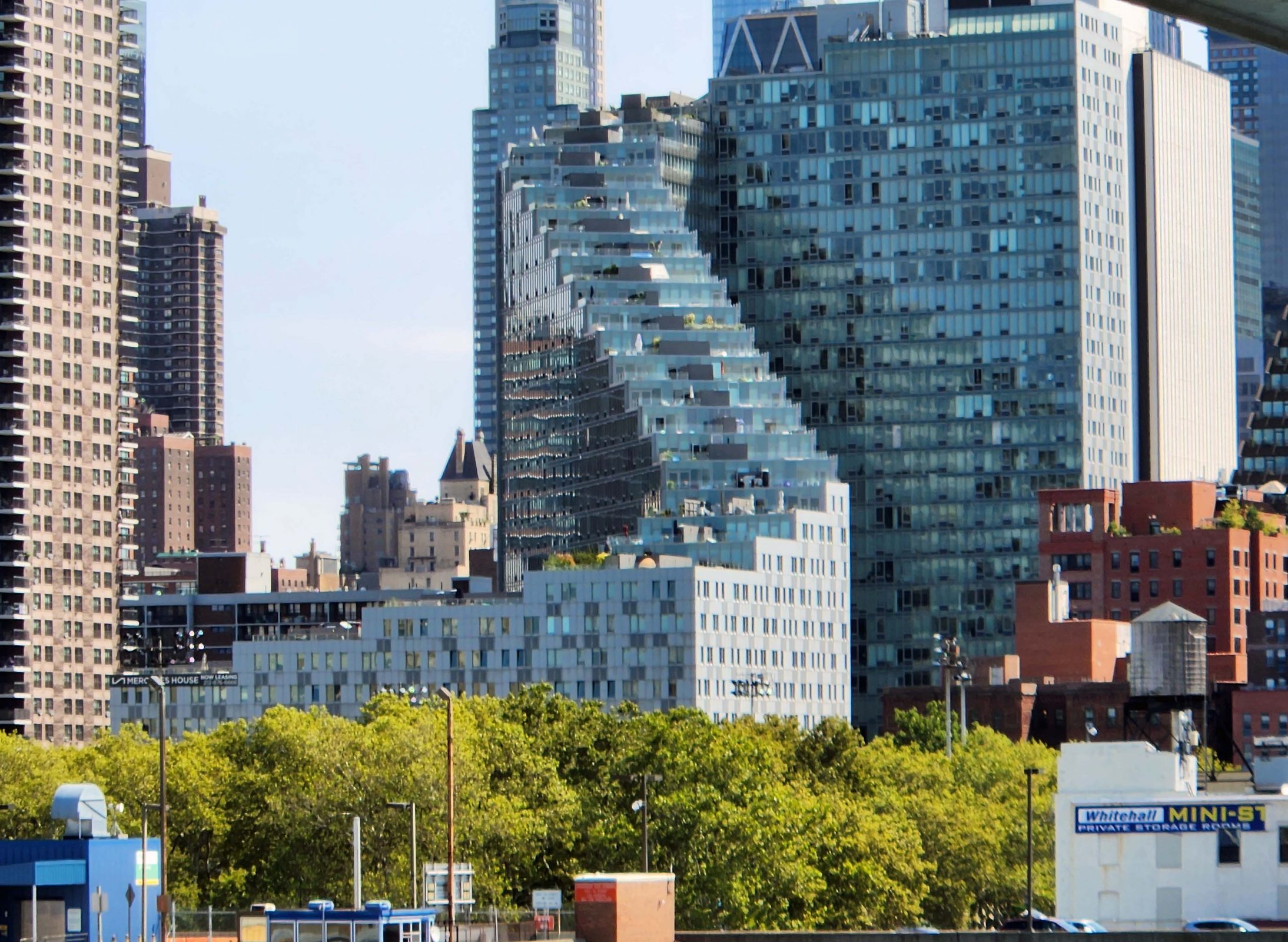
. . . a variety of watercraft sailing everywhere in the harbor . . .
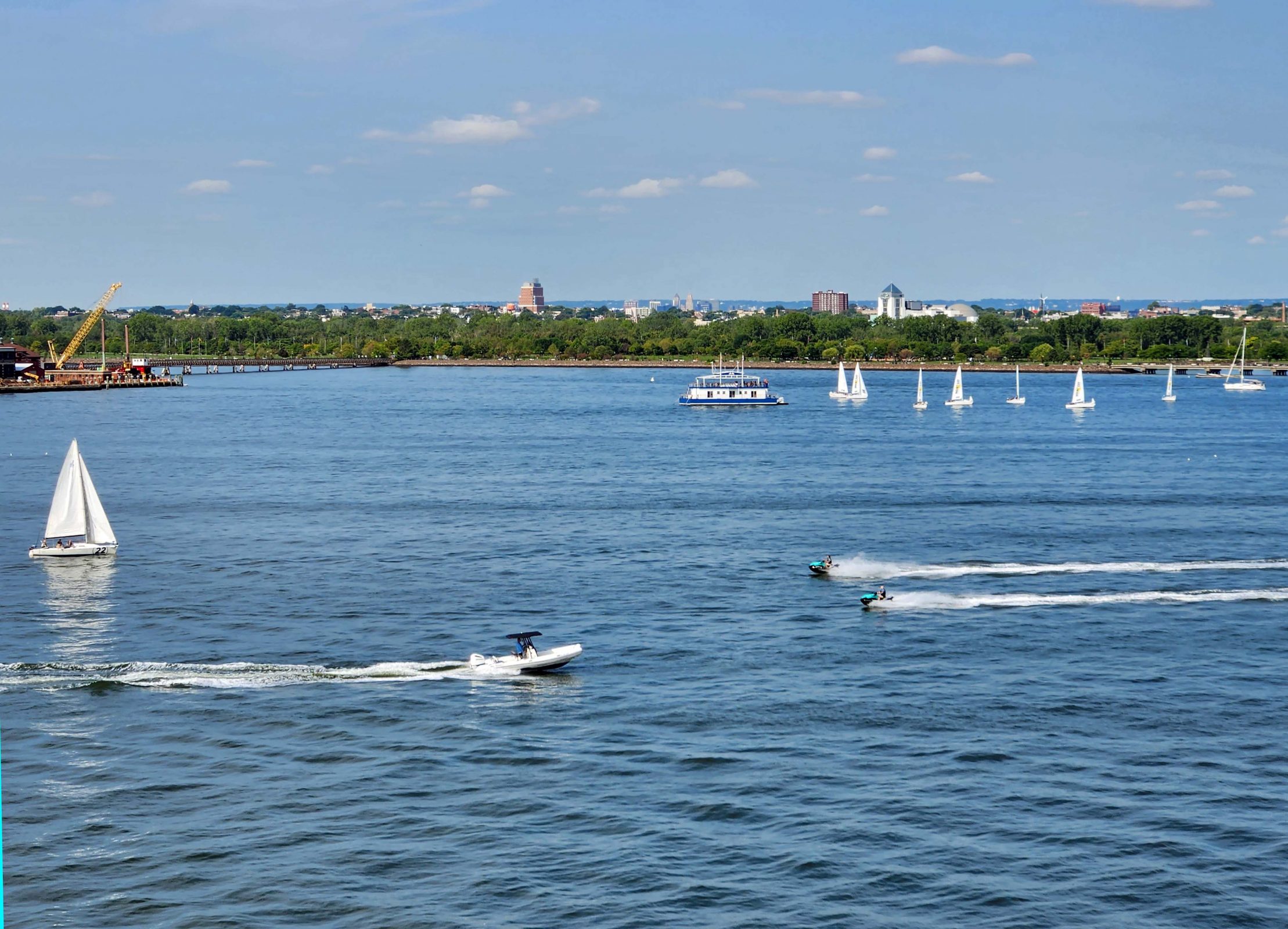
. . . and of course, the New York City skyline, featuring the Empire State Building and the Chrysler Building.
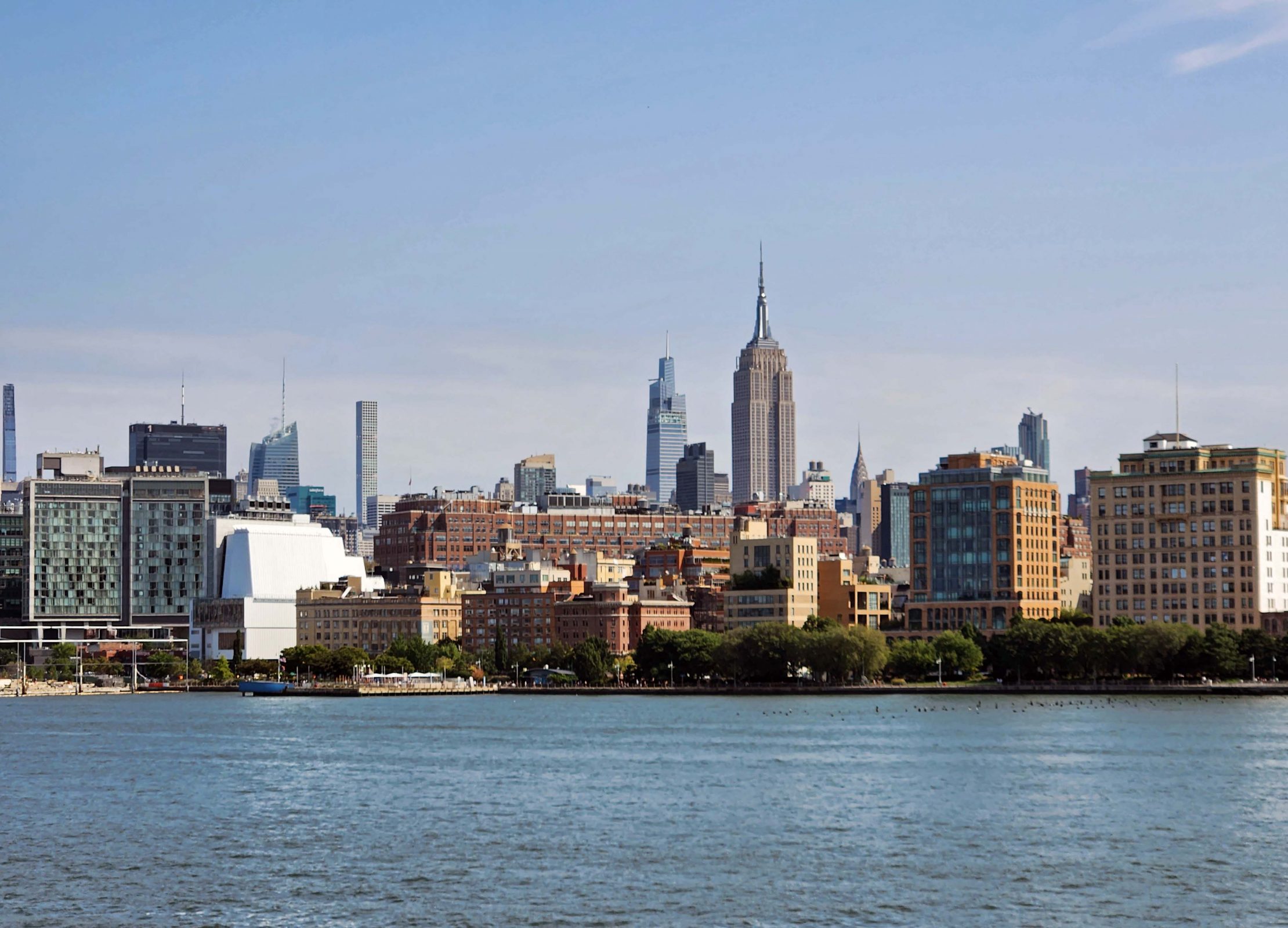
The cruise-included free tour of the city was a four-hour bus tour called “Manhattan Highlights.” The man who sat across from us on the bus had an interesting shirt, so I asked him if I could take a picture of it. He said “yes” and confessed that he doesn’t read music, so he doesn’t really get it. I do read music, and the shirt is right: those are difficult times.

The tour covered a lot of ground in Manhattan, including Greenwich Village, Wall Street, and Tribeca, as well as stops at Battery Park and the World Trade Center Memorial. Our tour guide was a native New York City resident and told us he has never driven a car. Why should he, he asked us, if he could take the subway anywhere he wants to go? Not to mention (although he mentioned it) that there are only 38 gas stations in all of Manhattan. Public transportation is obviously a hit. Our guide also clued us in to some city abbreviations: Tribeca is the tri-angle be-neath Ca-nal Street. Houston Street (pronounced HOW-ston) is a major east-west thoroughfare that separates NoHo (north of Houston) from SoHo (south of Houston). Broadway is the only straight north-south street that extends the entire 13-mile length of Manhattan Island. As we passed near the High Line Park, our guide mentioned that the High Line and the Staten Island Ferry are both still free.
As the bus drove through the city, I was amazed to see the number of bike lanes and the number of bikers using them. It was also surprising to me to see so many little parks between buildings. I always pictured Manhattan as closely-packed skyscrapers surrounding Central Park. Travel broadens the mind, right?

Like Boston, outdoor dining has continued in New York City since the COVID pandemic, and we saw a lot of little cafes like this one.
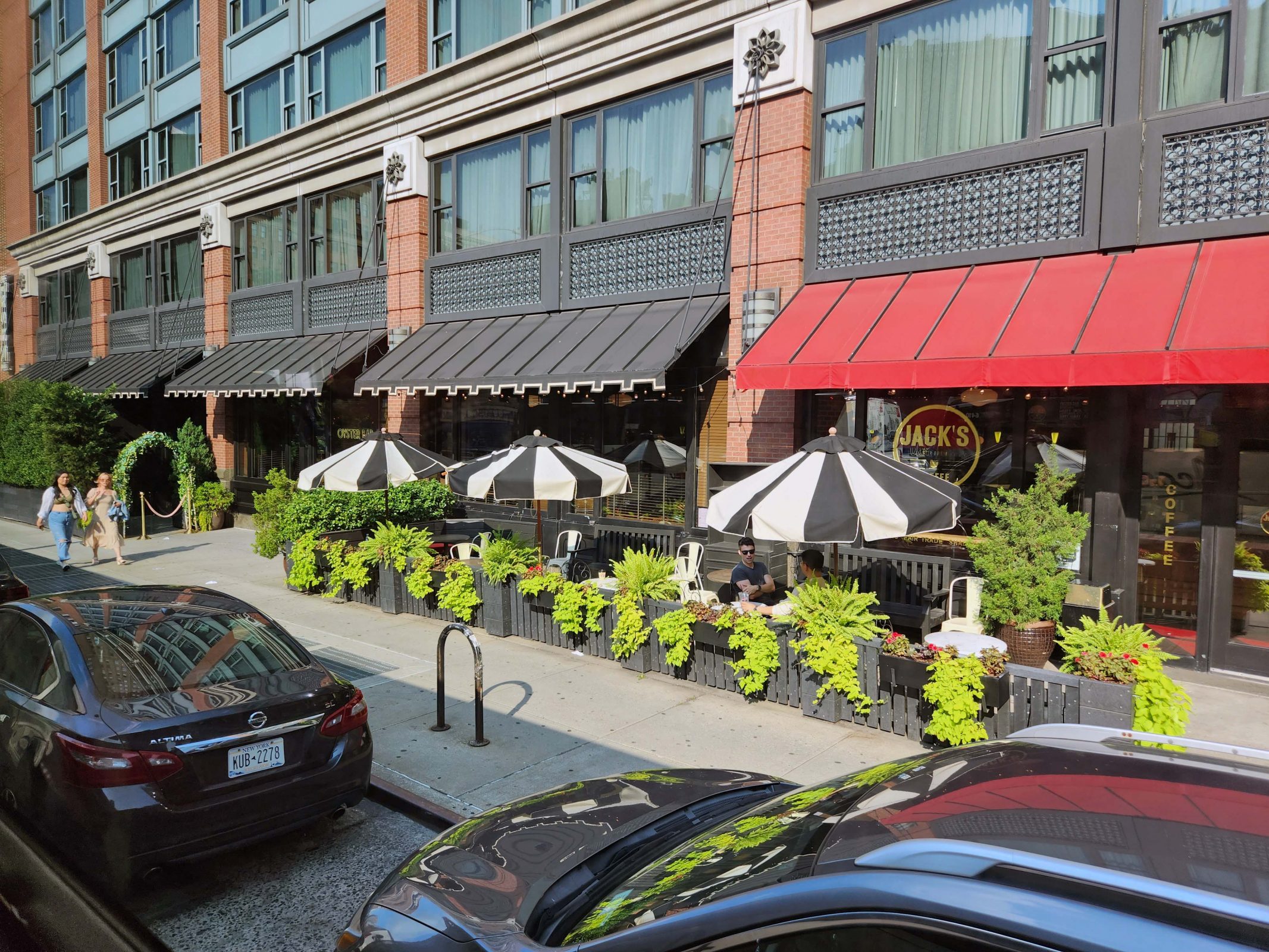
At one corner, we saw a pedicab. Our guide gave us a “tourist beware” warning that pedicab operators charge by the minute and that, since they do the pedaling, they control the number of minutes the ride will take.
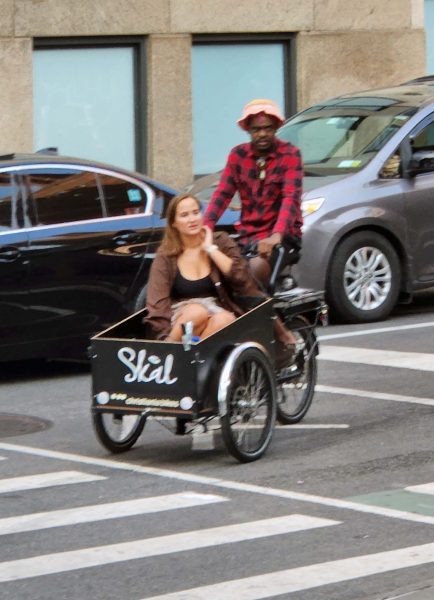
We went past the original Macy’s store, which is 12 stories high with a footprint that covers an entire city block. We also passed the Woolworth Building (below), which has beautiful architectural decorations. The old joke is that the structure was built with nickels and dimes. Ha ha ha!
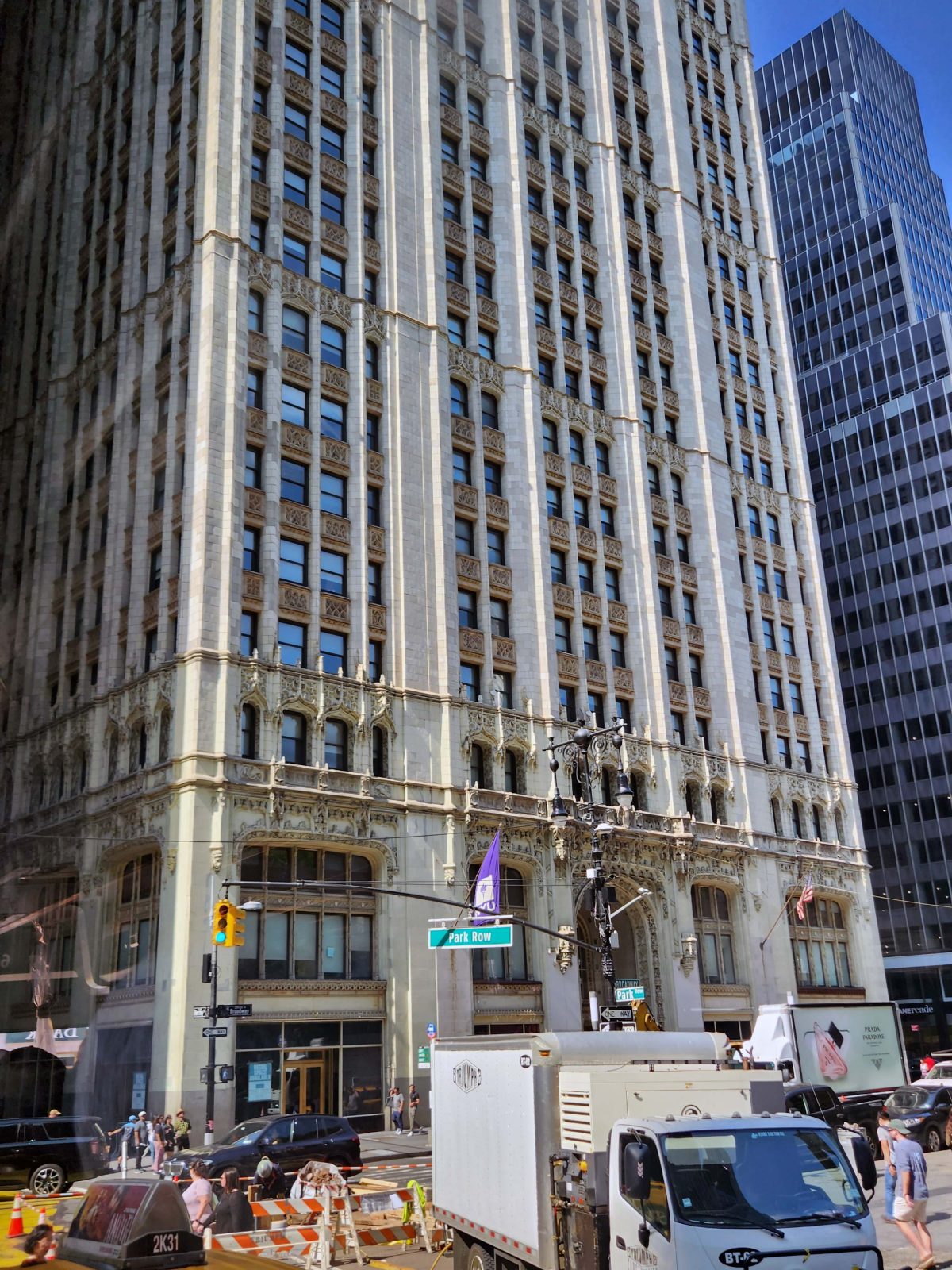
I love libraries and bookstores, and I wanted to applaud when I saw this sign on The New York City Public Library. A great way to make people want to read a book is to ban it. I would have loved to spend some time inside.
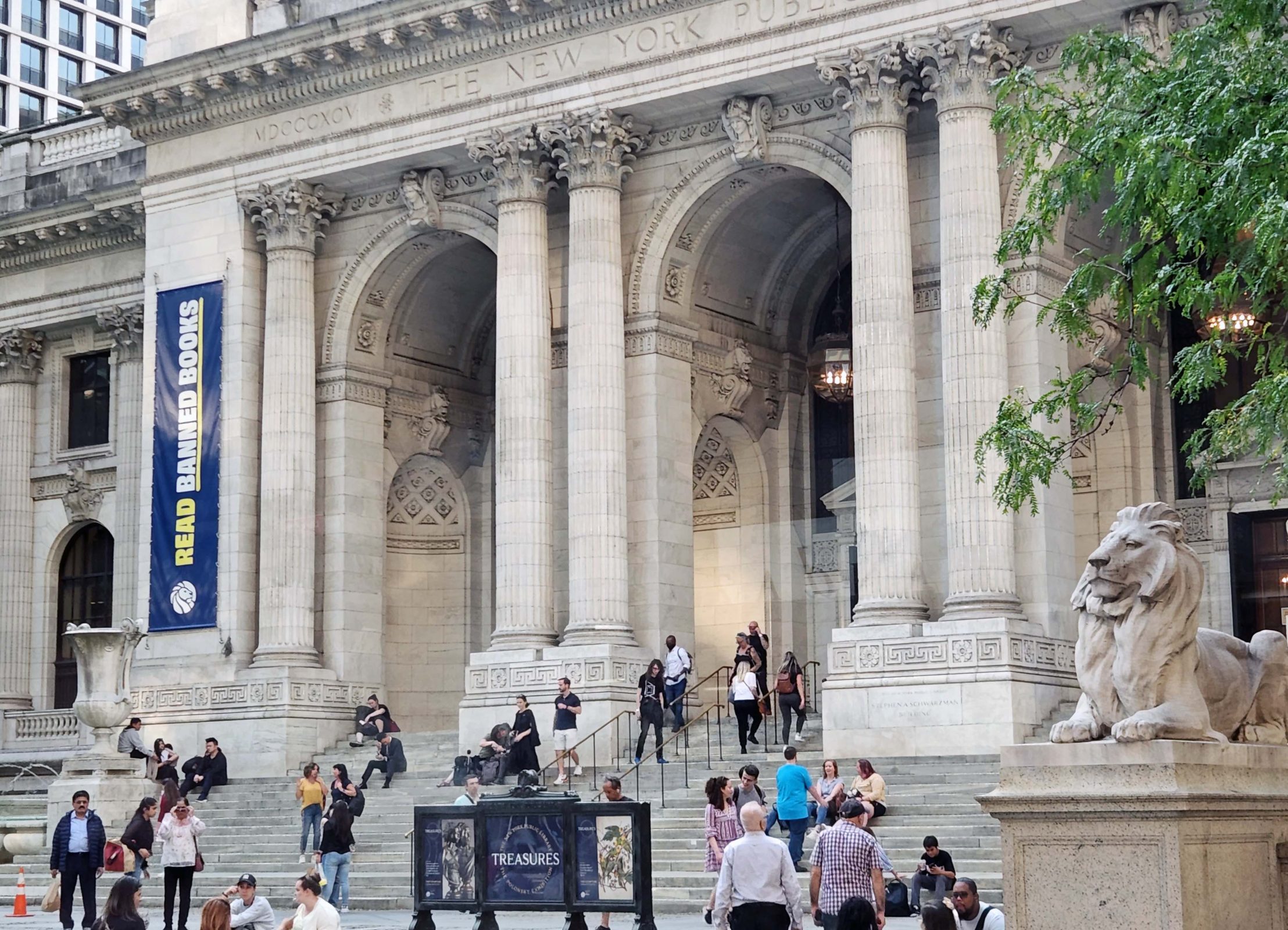
We saw an unusual space-saving parking lot. Our guide said this kind of lot actually gets the cars in and out very quickly.
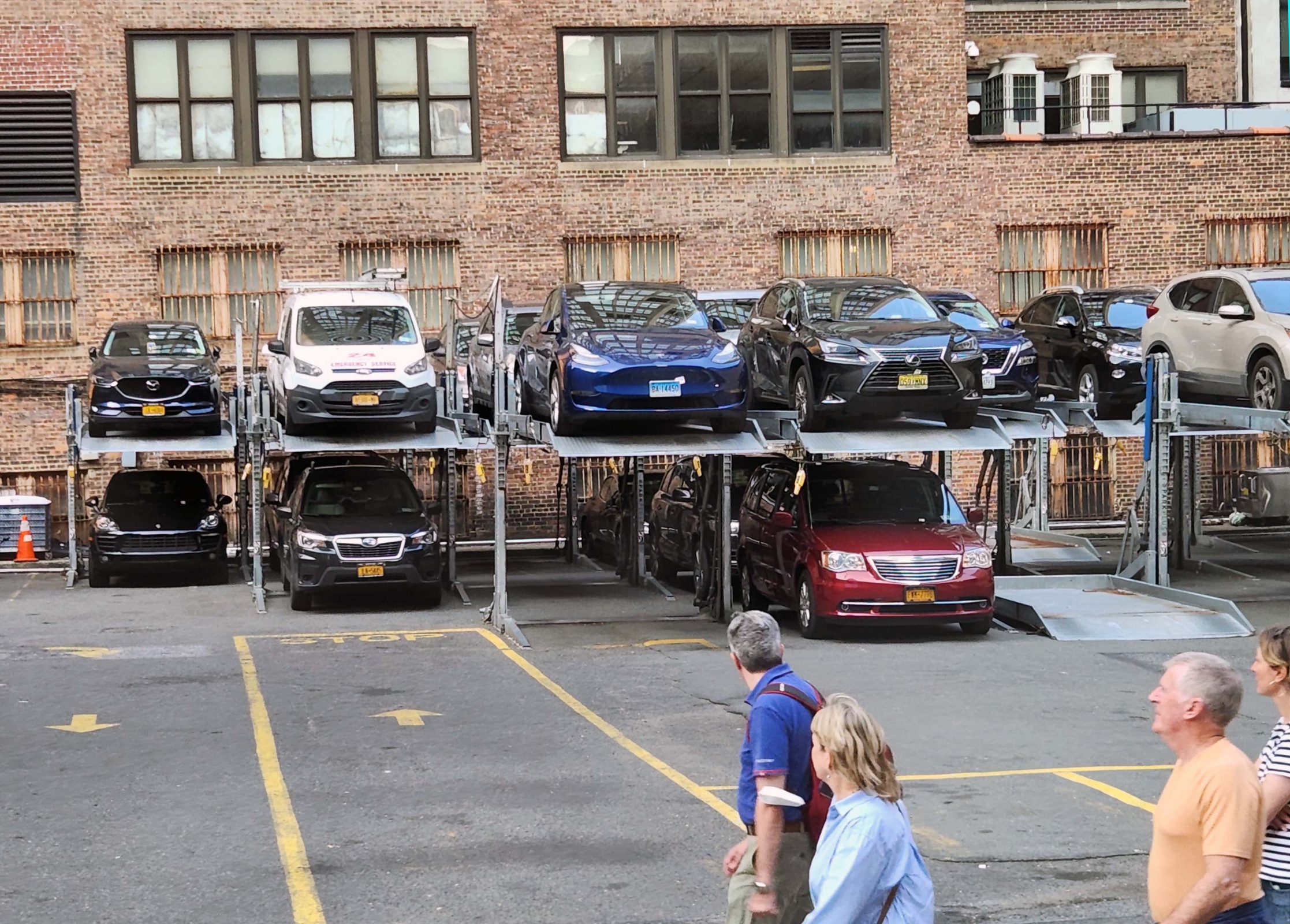
Of course, the biggest Manhattan Highlight on this tour was the 9/11 Memorial at Ground Zero and we had a very long stop there so that we could take time to absorb everything. The new World Trade Center Building is 1776 feet tall (104 stories) to signify American independence. It’s a beautiful building.
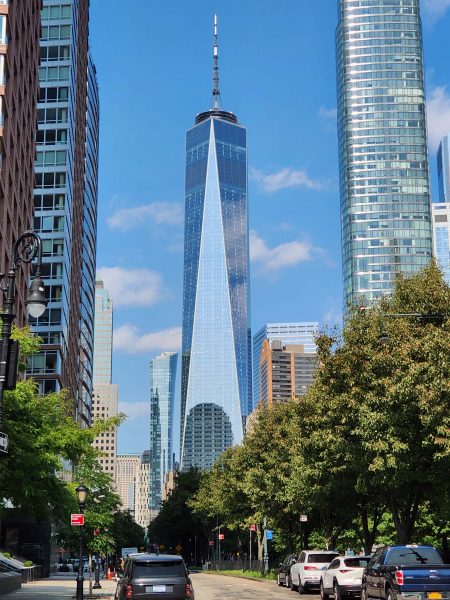
Ladder and Engine Companies #10–the first company to respond to the attacks on the Twin Towers–are located kitty-corner from the 9/11 Memorial.
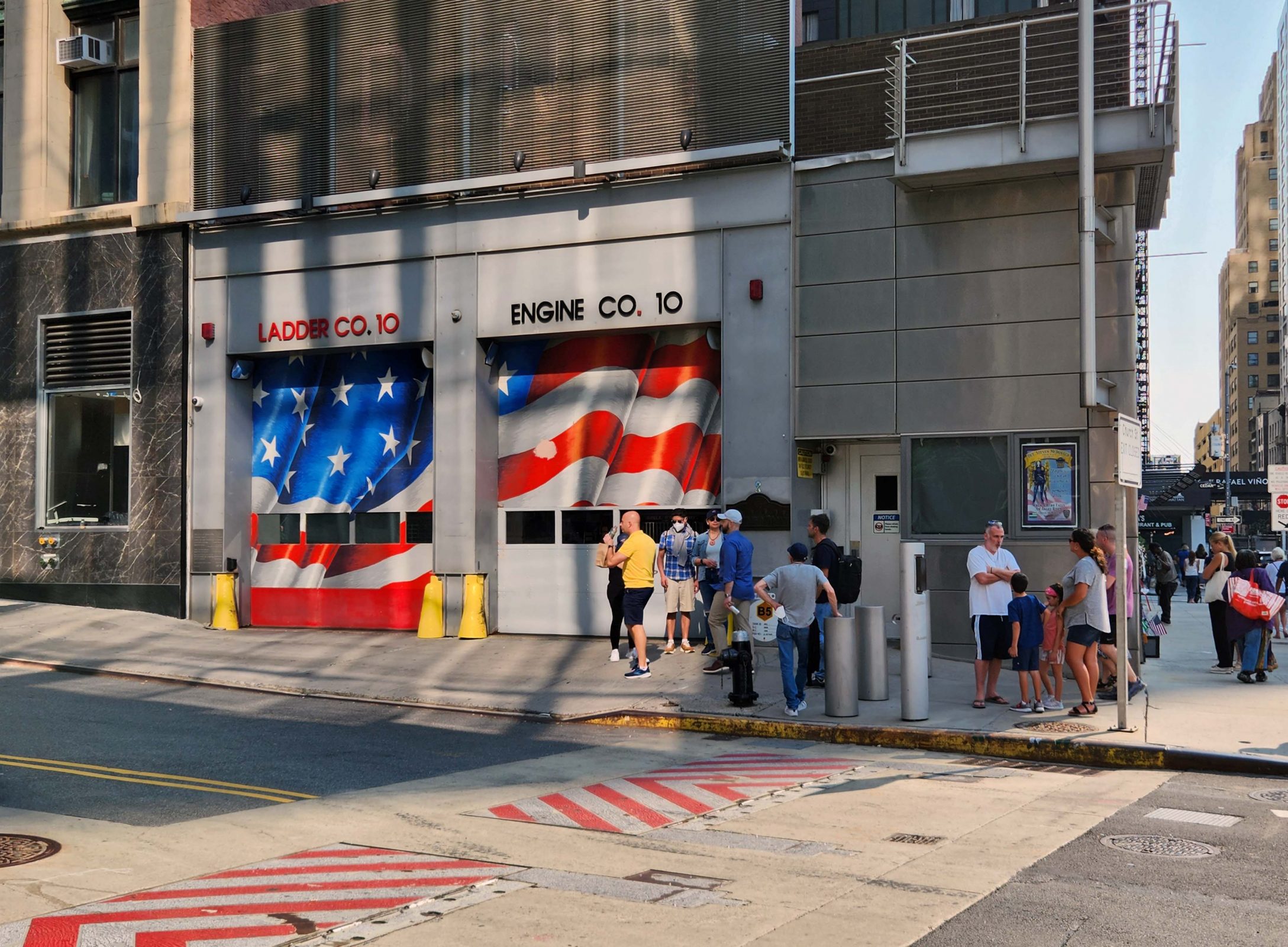
343 firemen died attempting to rescue people from the World Trade Center, so there are 343 trees in the memorial park. Each tree has a tag with the name of a fireman on it.
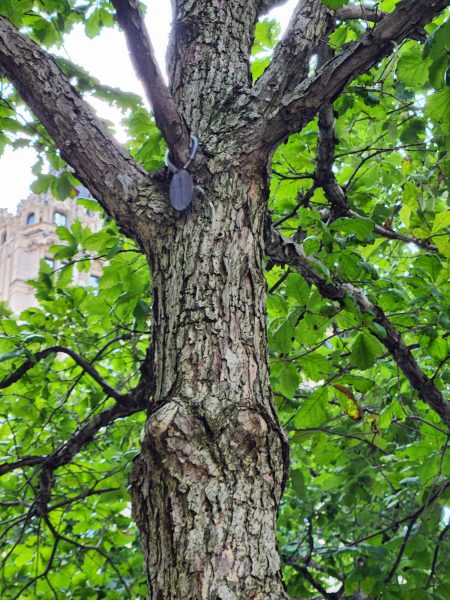
Only one tree survived the attack. It was moved and nurtured until the park was built, then replanted. It’s called the Survivor Tree. It is the first tree in the park to leaf out in the spring and the last tree in the park to lose its leaves in the fall.
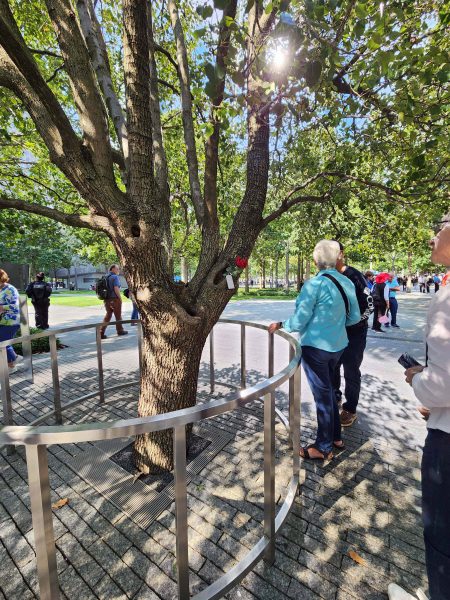
One of the highlights of the park is the waterfall. The water flows into the center void as a metaphor of absence made visible. The void–like the absence–is never filled.
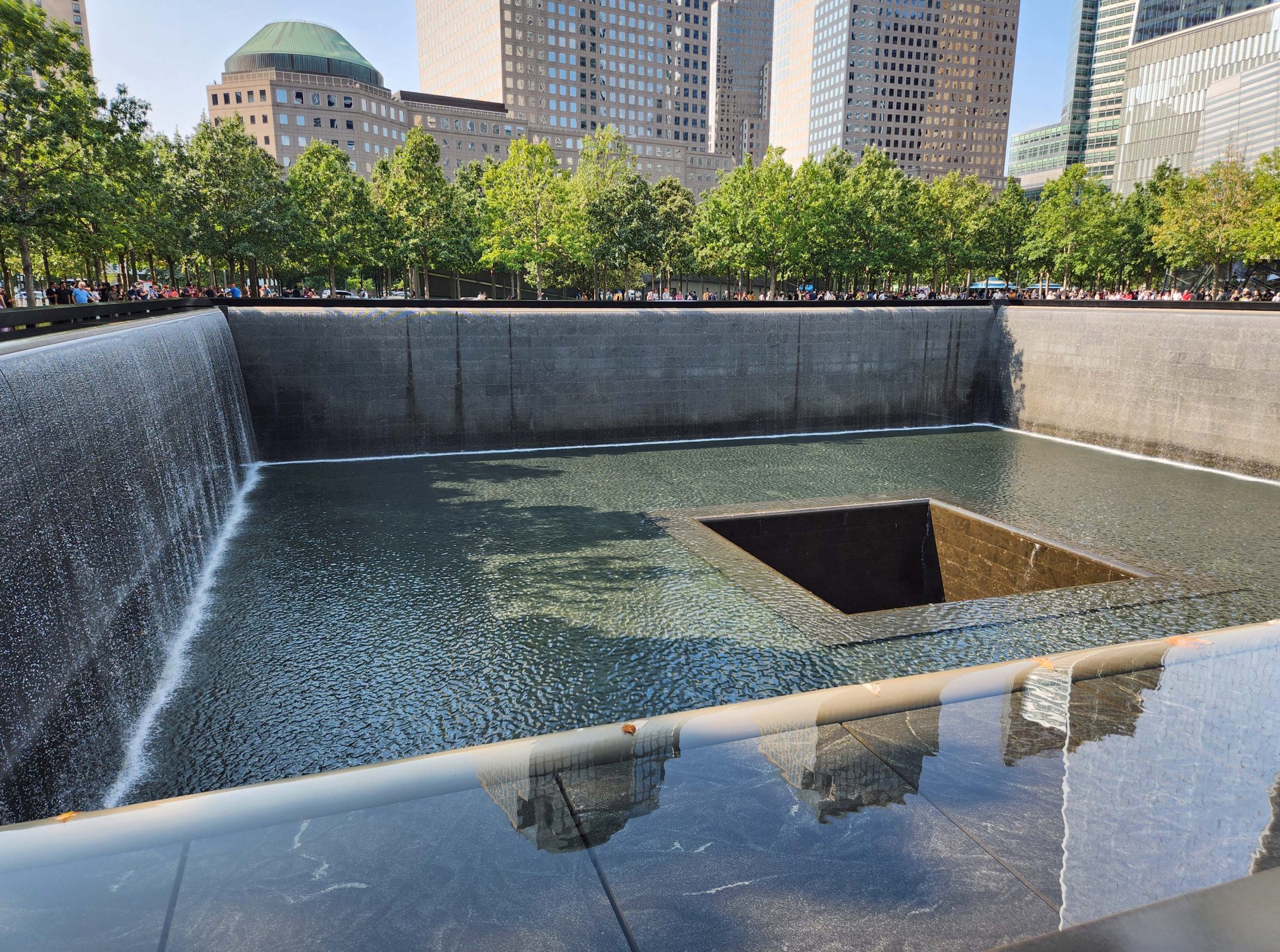
The names of the 9/11 casualties are engraved around the waterfall. Many names have flags, photos, flowers, and messages of love and remembrance.

The parkland around the memorial is beautiful and peaceful, making it conducive to reflection.
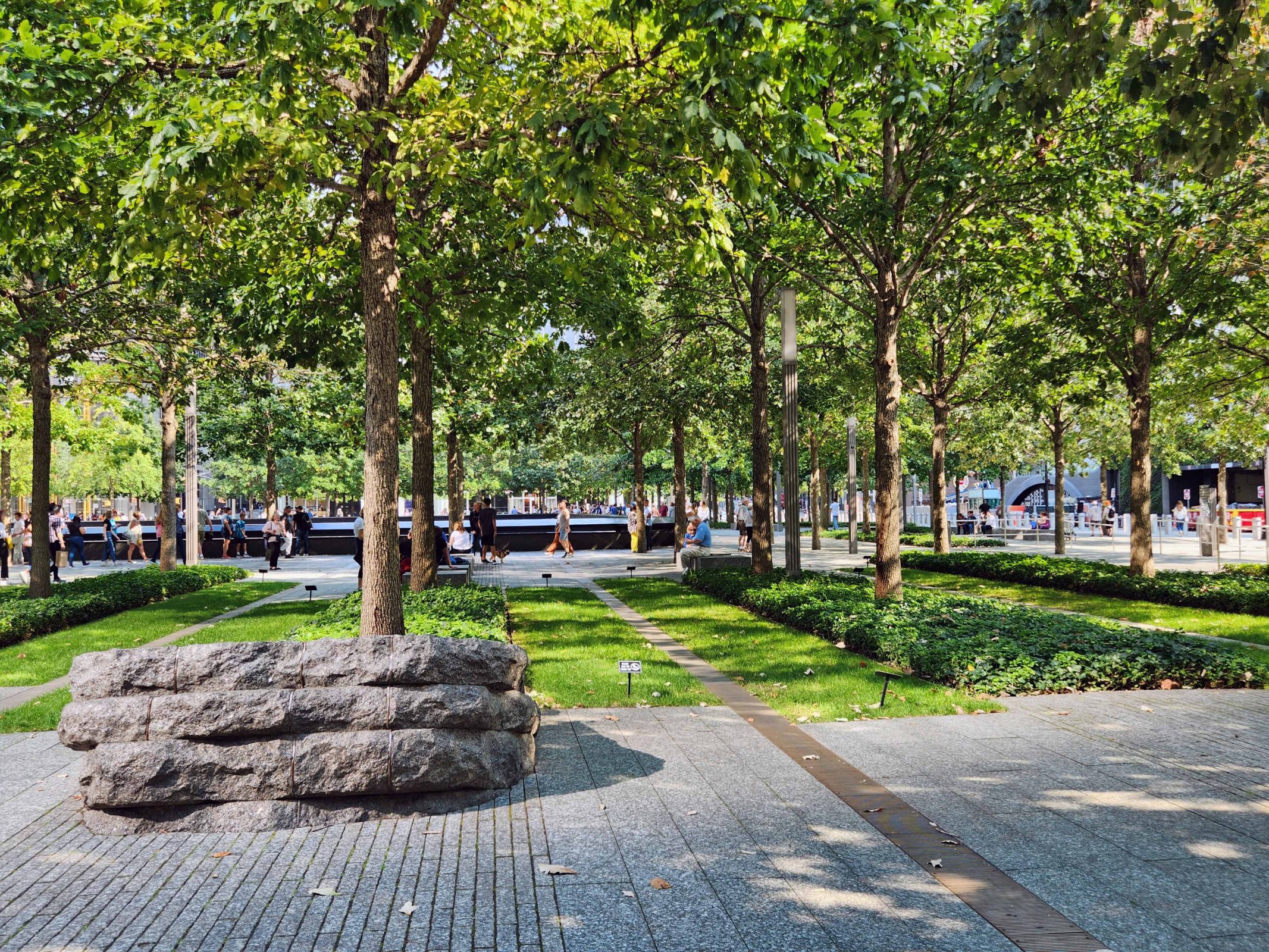
St. Paul’s Chapel is located directly across the street from the memorial. It is the only building in the devastated area that survived the blast with no damage.
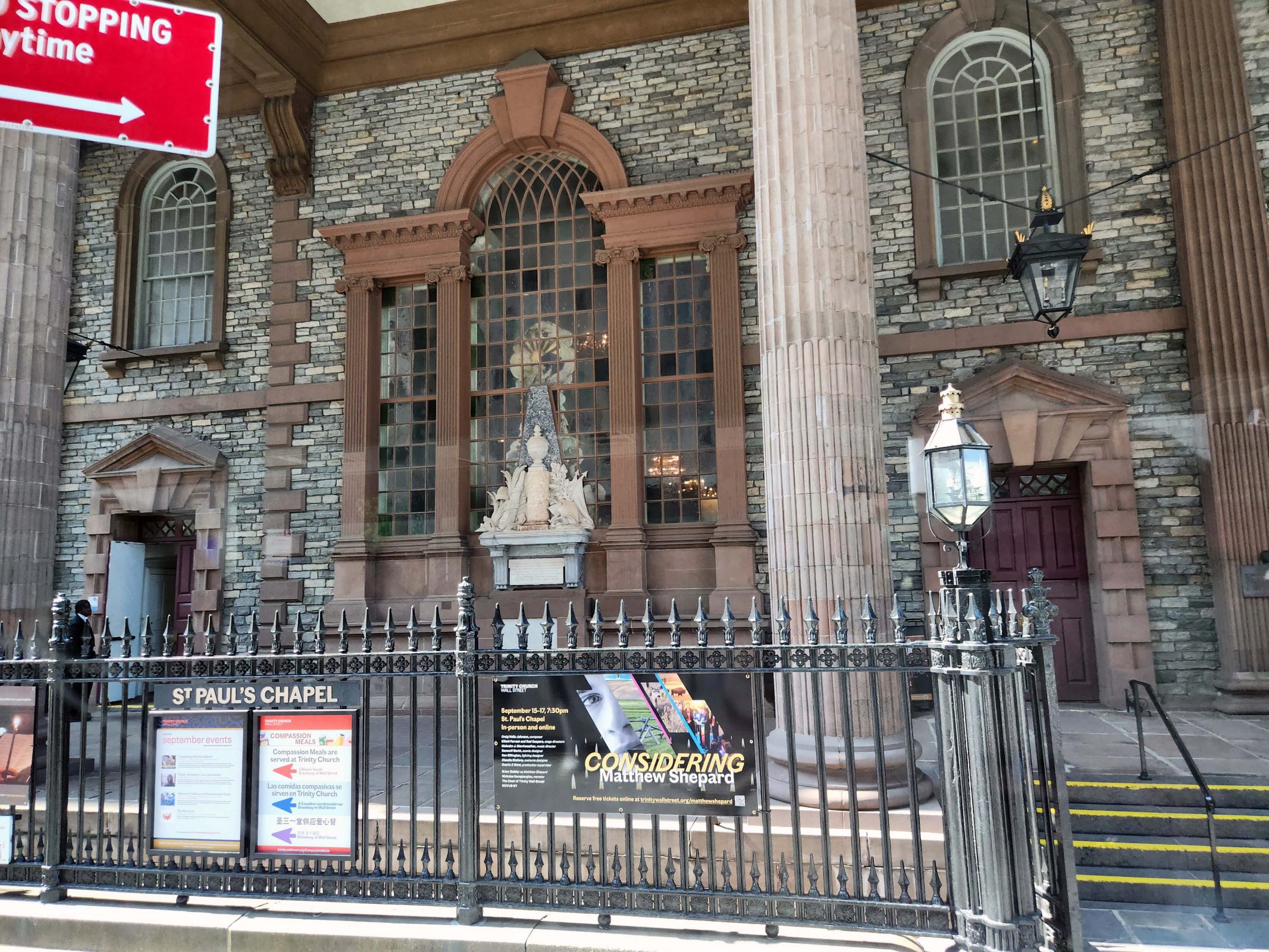
At dinner tonight, we sat at a table with a man who worked six blocks away from the World Trade Center on 9/11. He said he didn’t realize the impact of the attack until he got home from work and saw the television footage.
Today’s bus tour was very interesting and the 9/11 Memorial is a very moving must-see. Tonight we’ll be packing our things to leave the ship and transfer to our Manhattan hotel in the morning.



